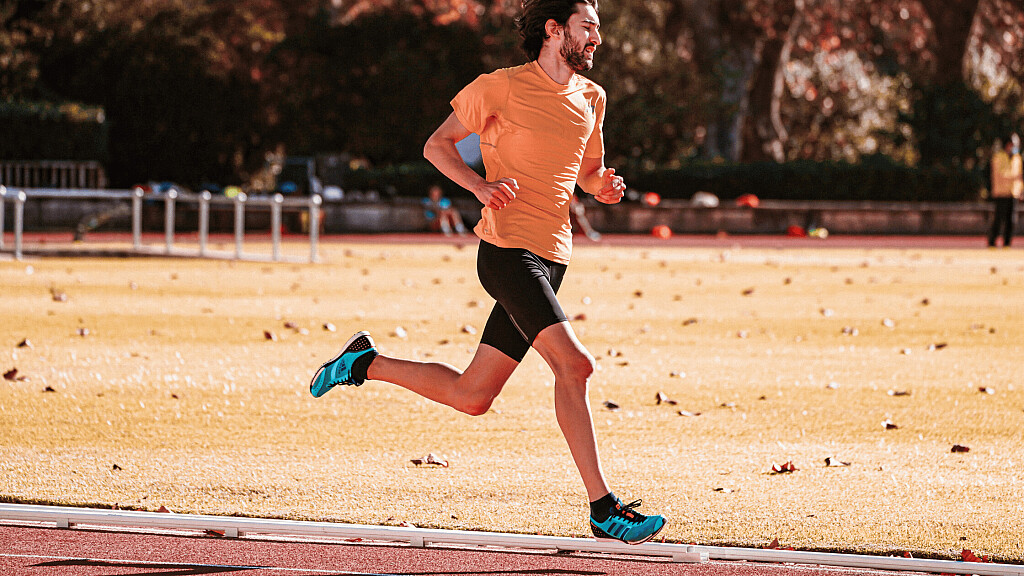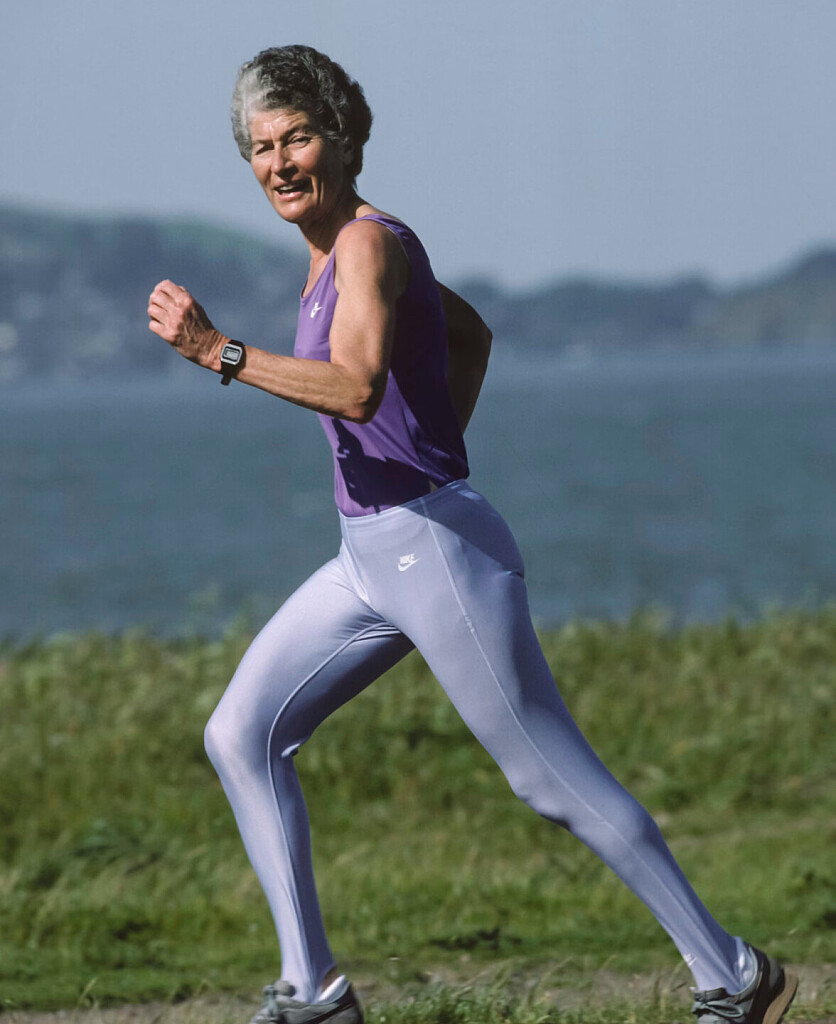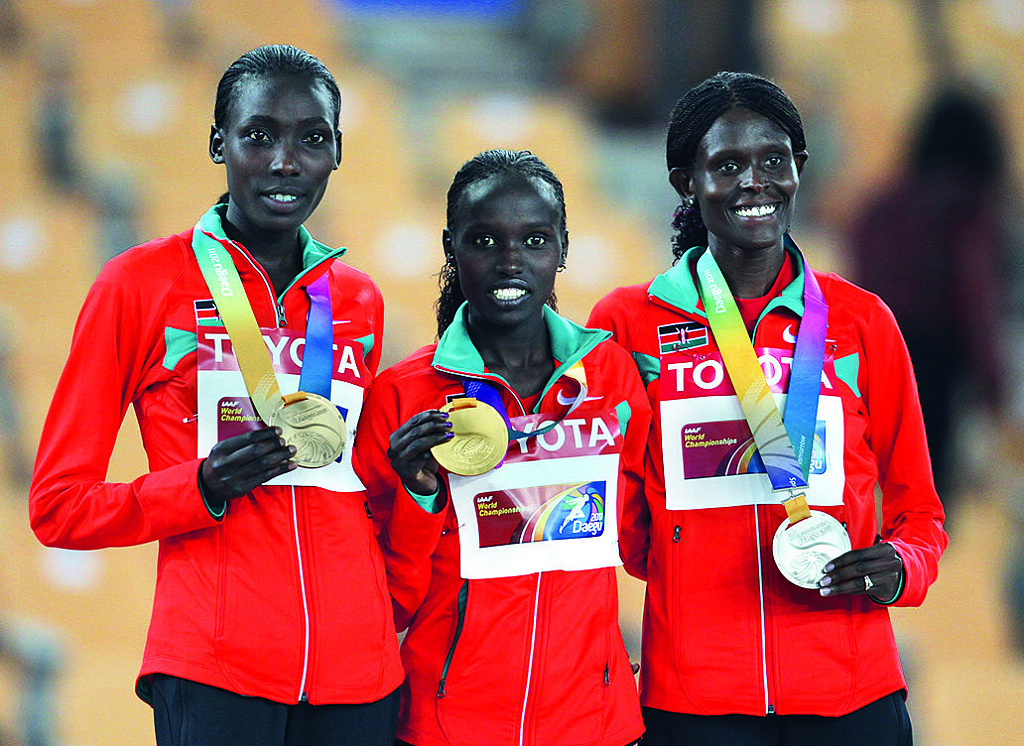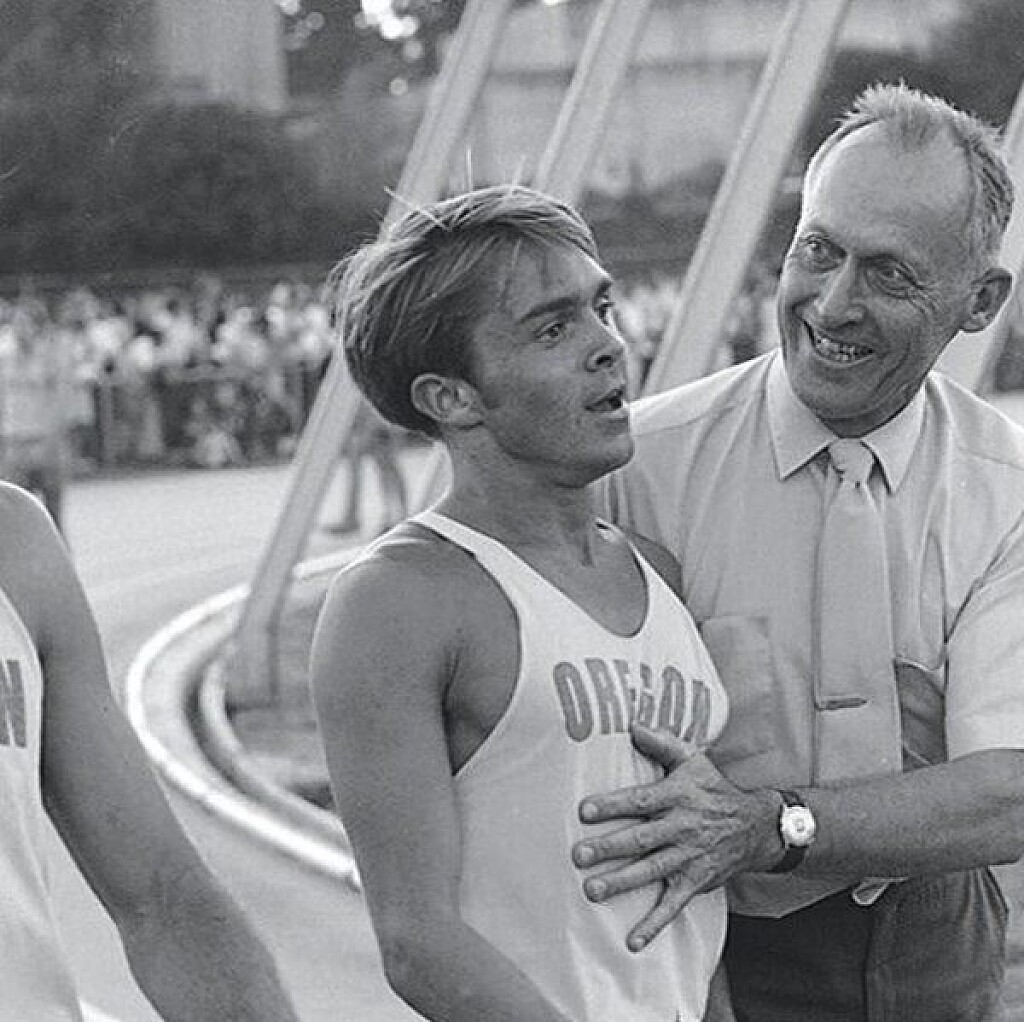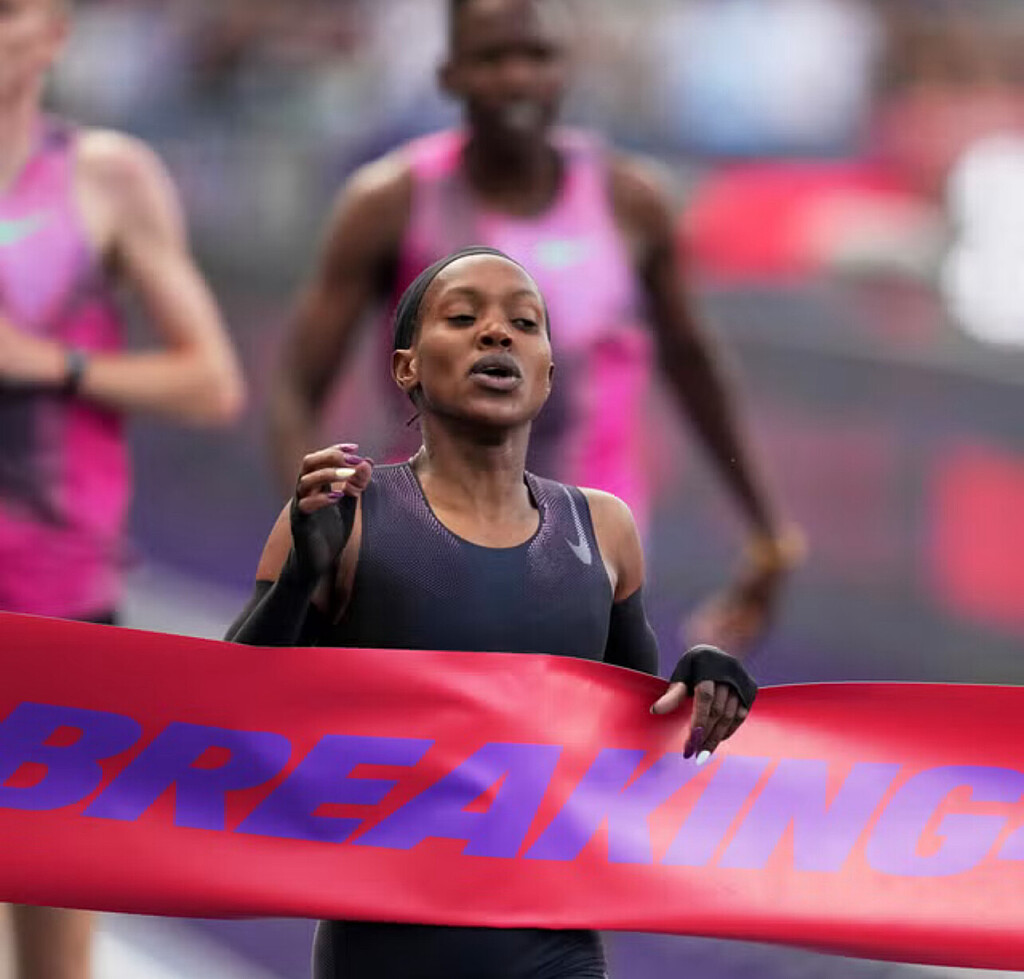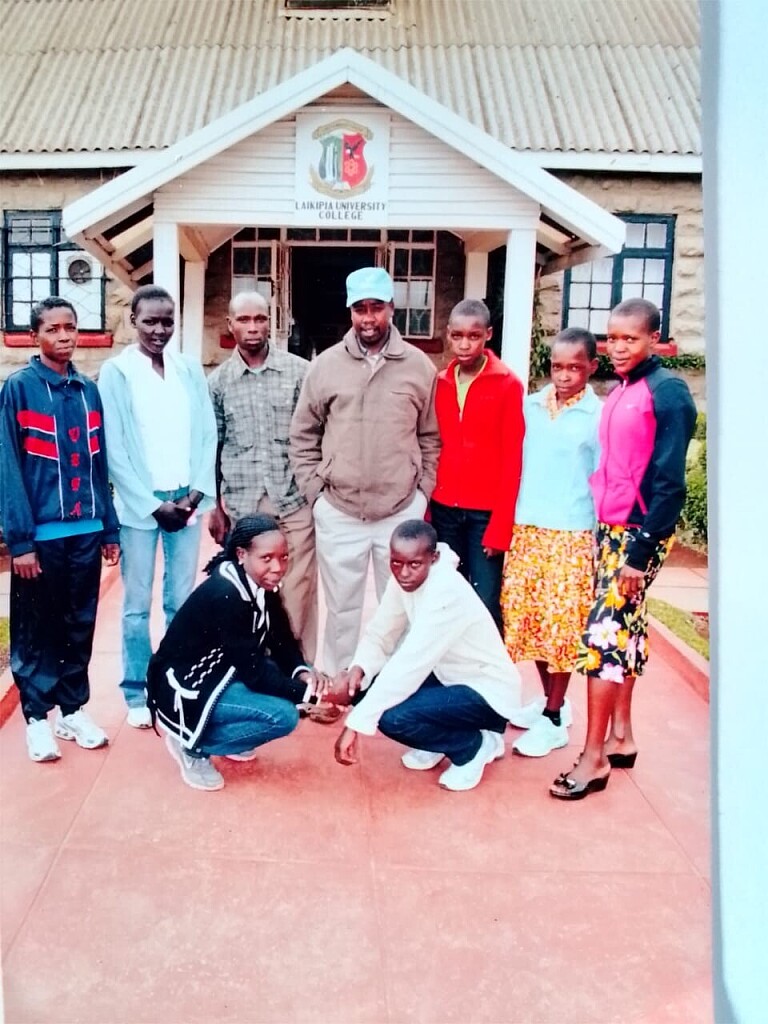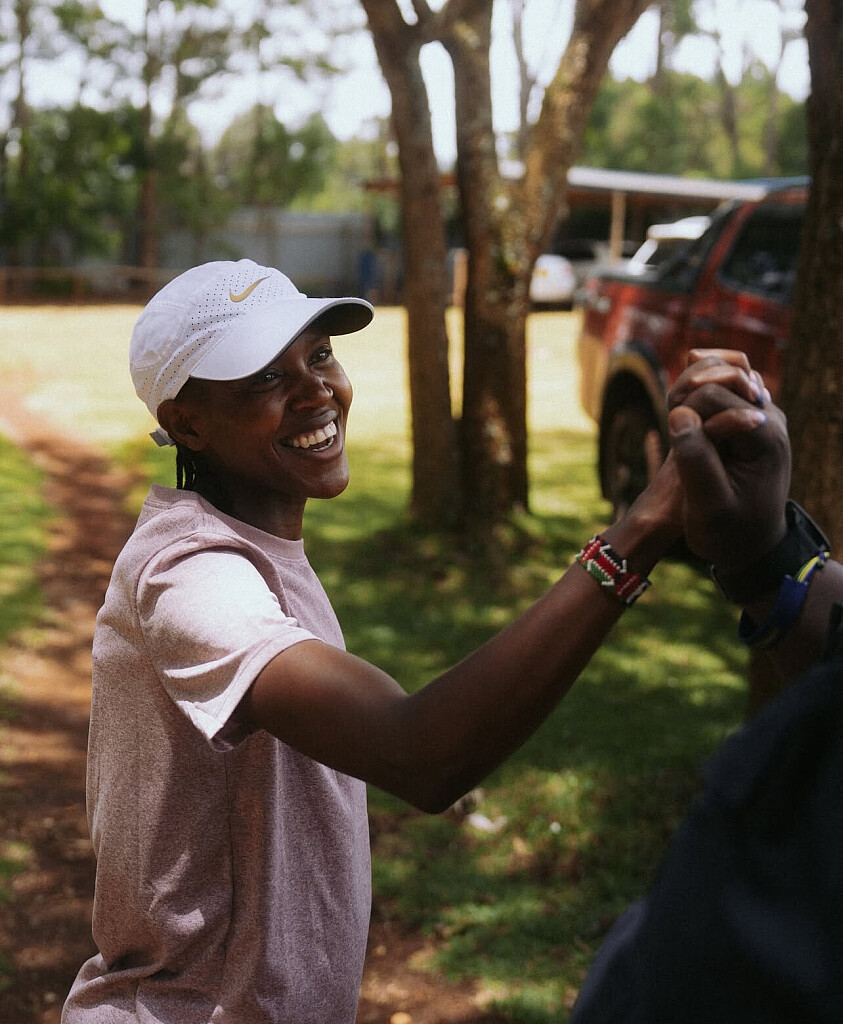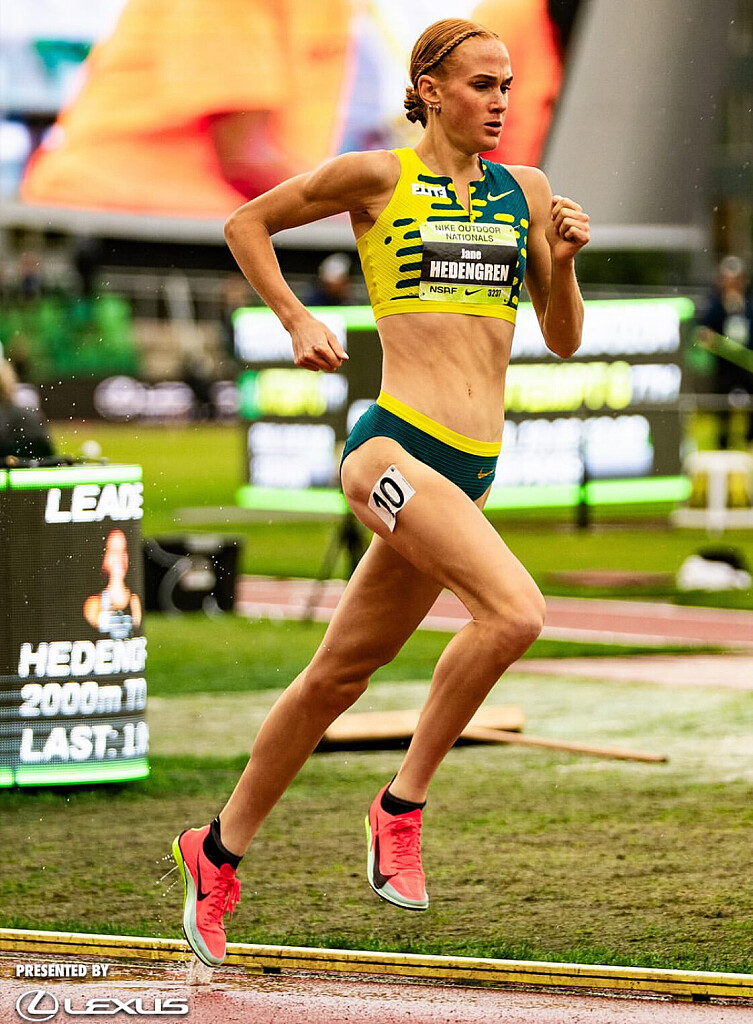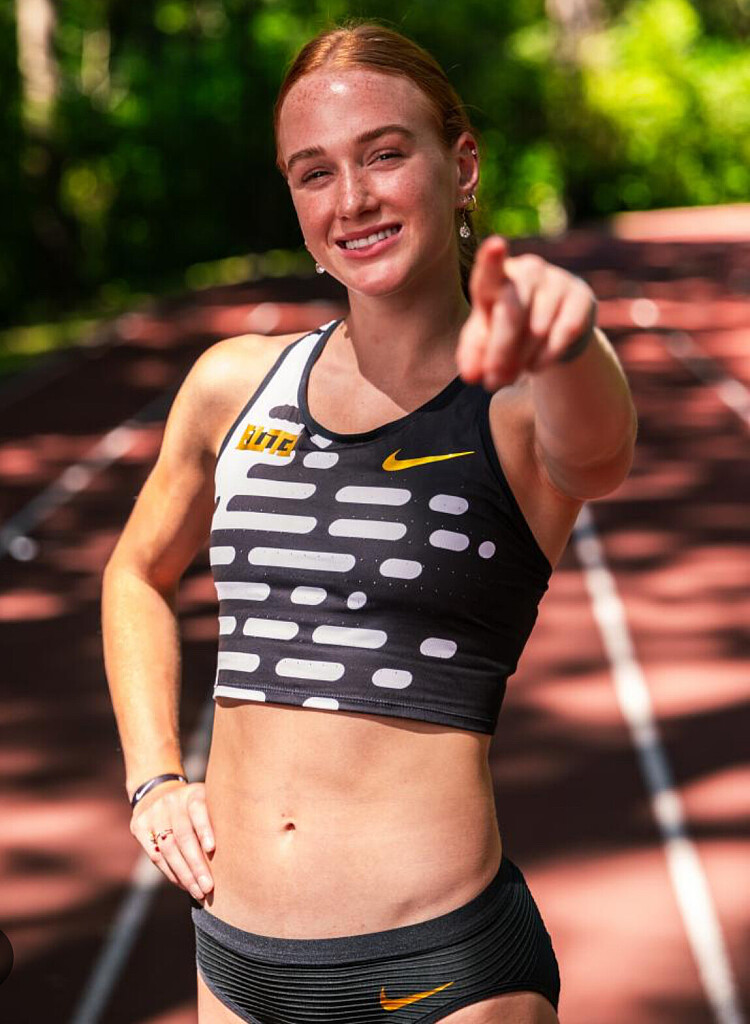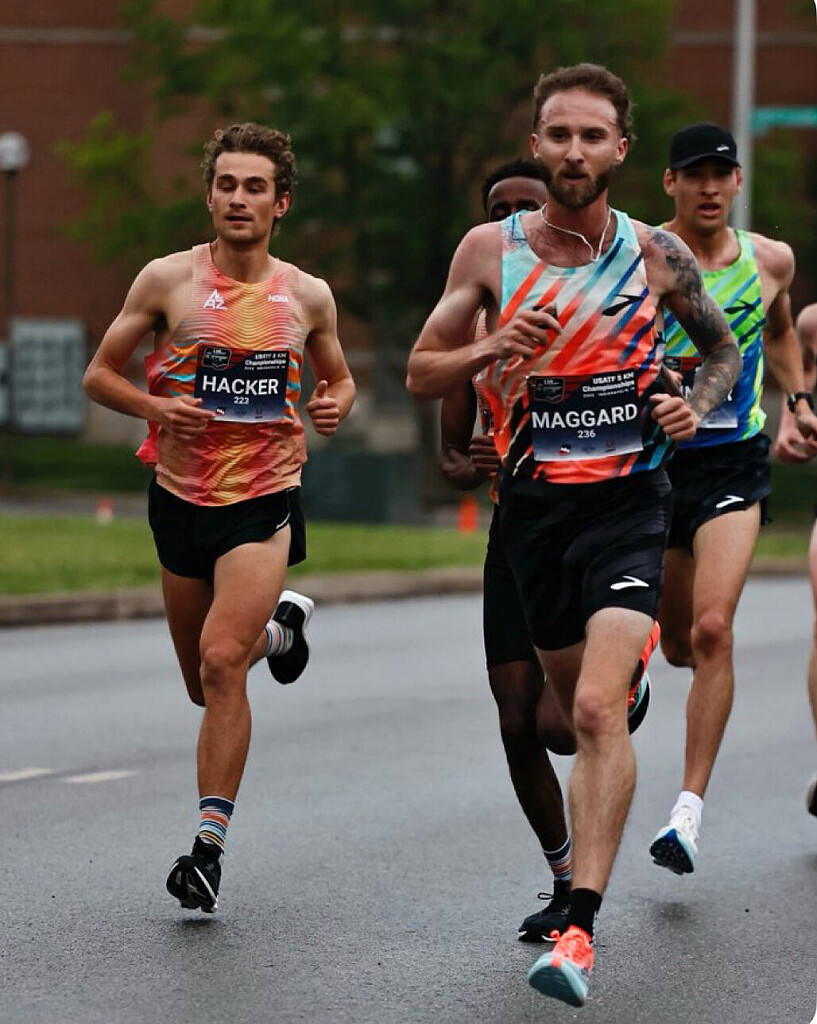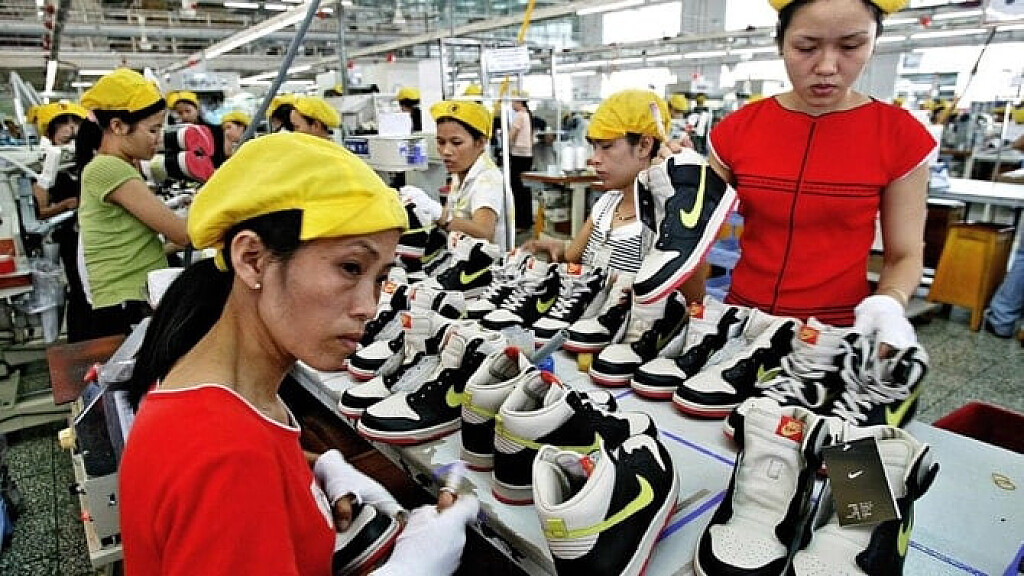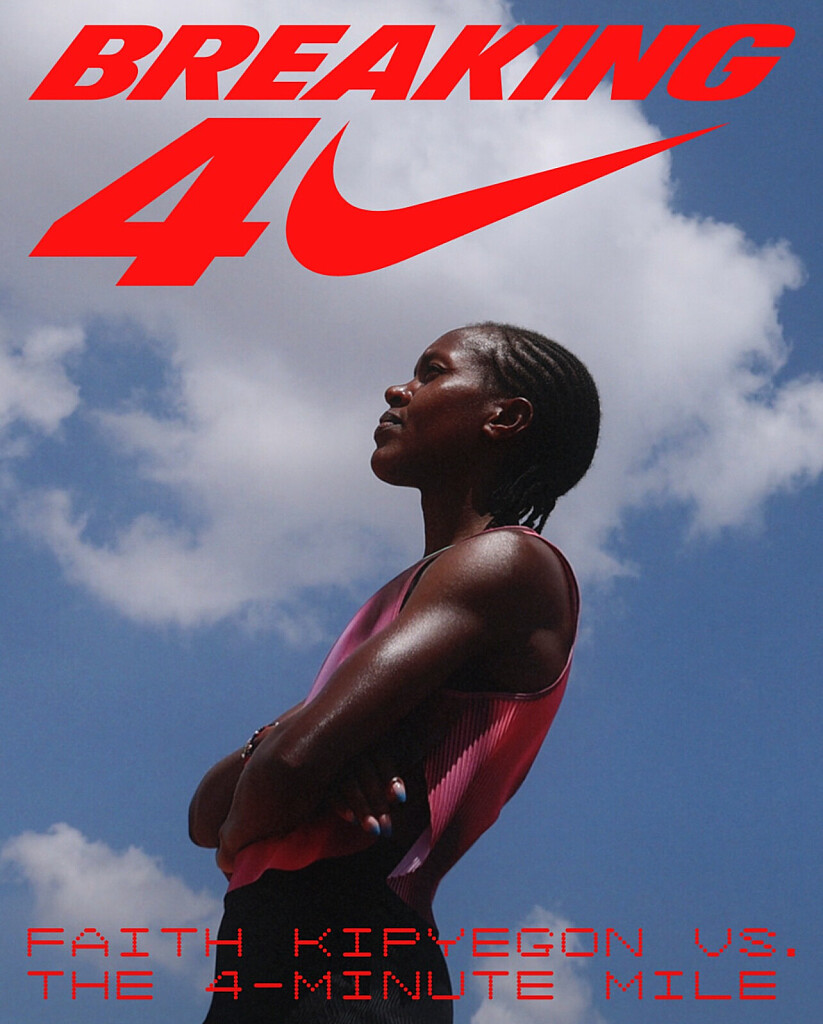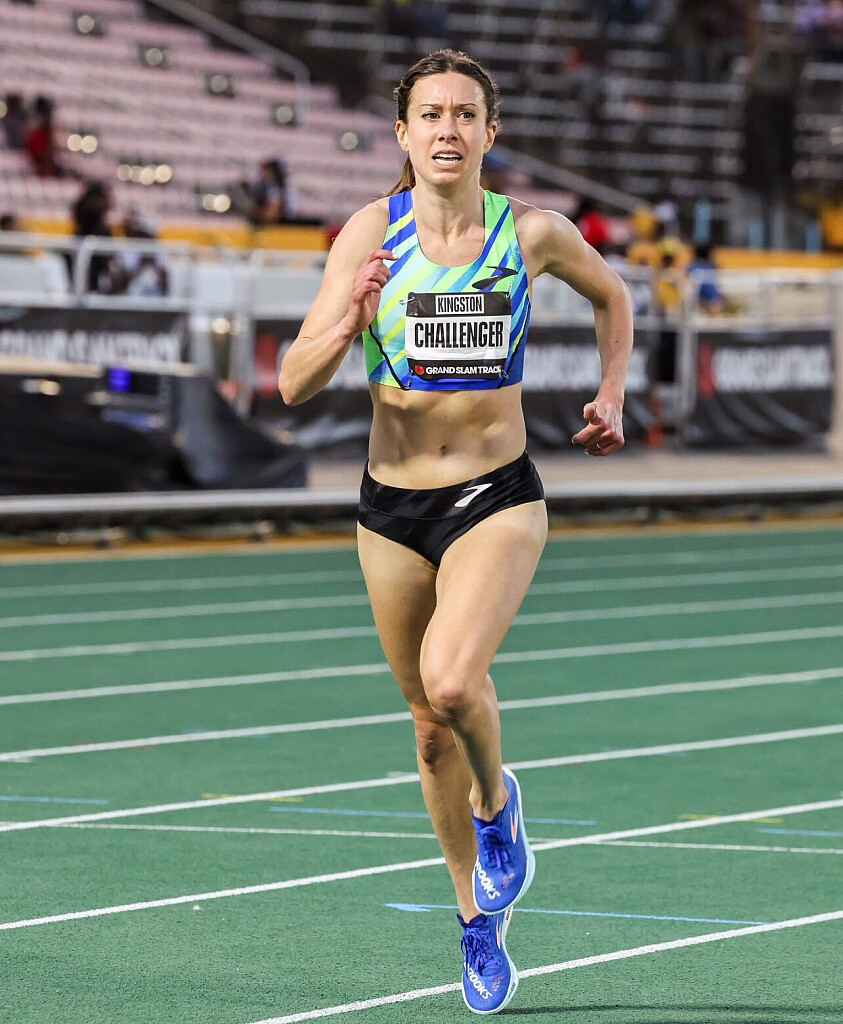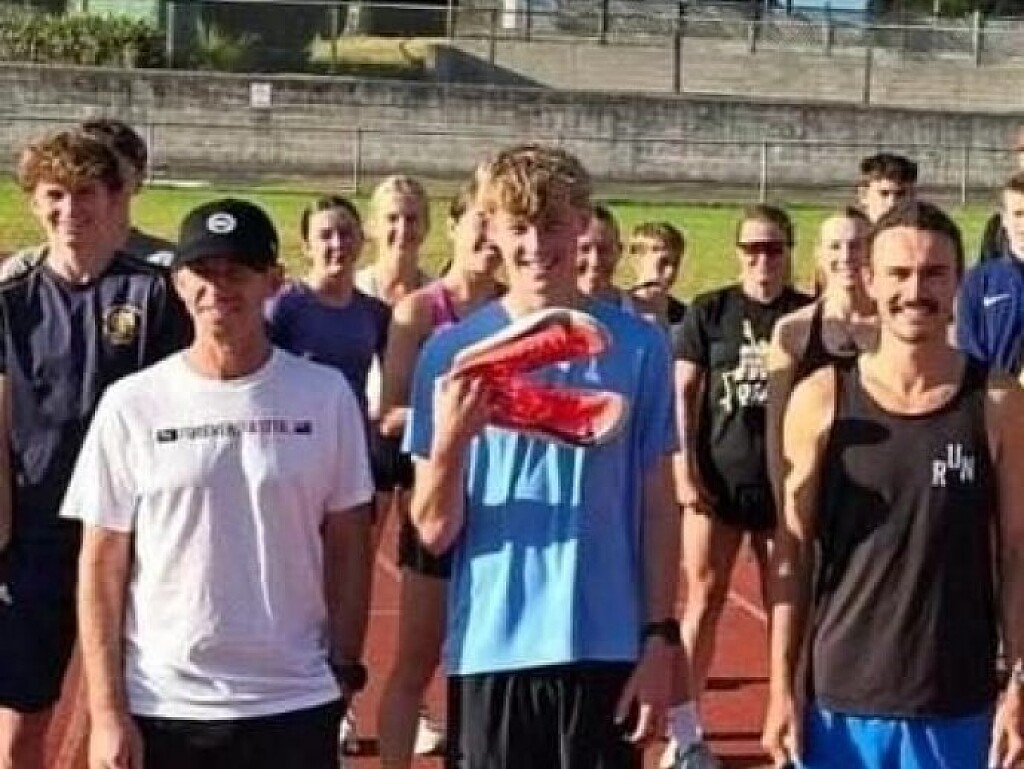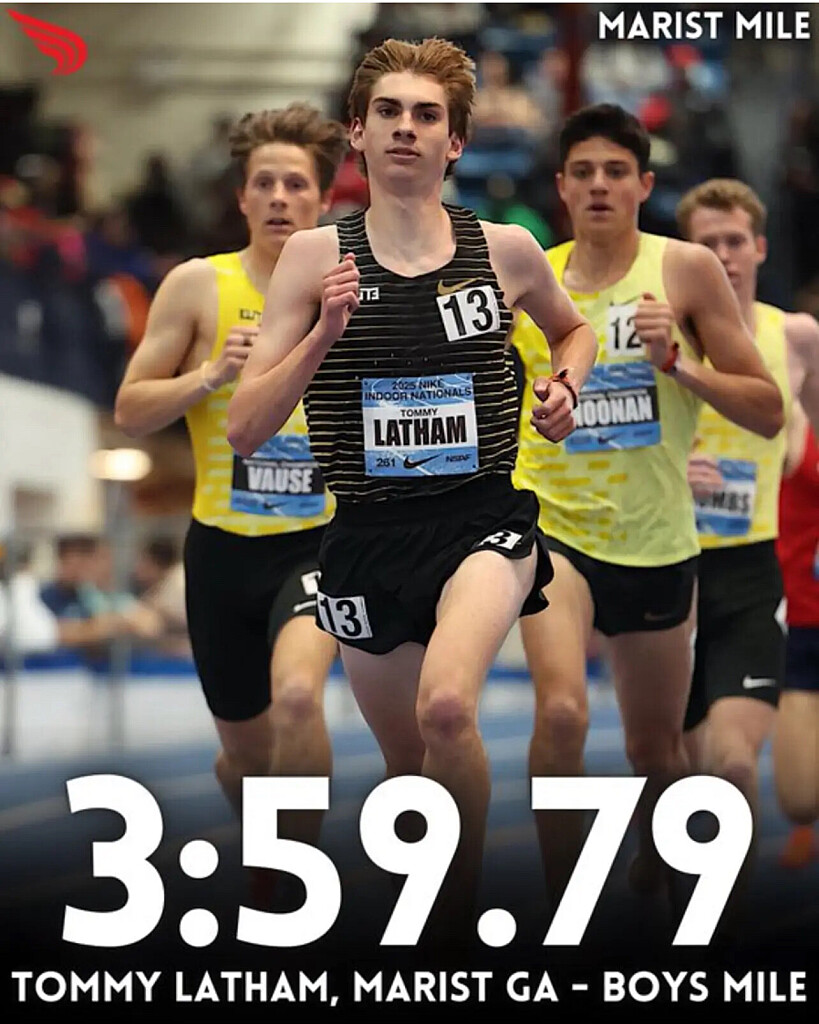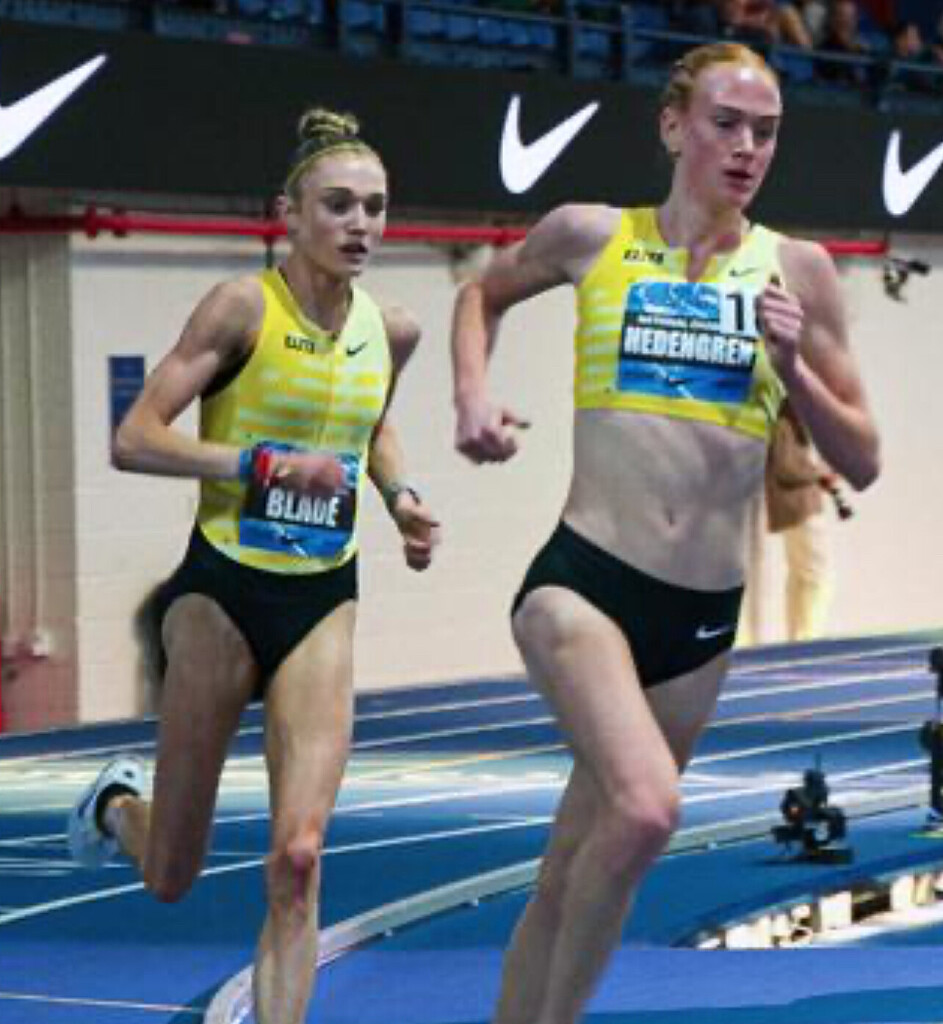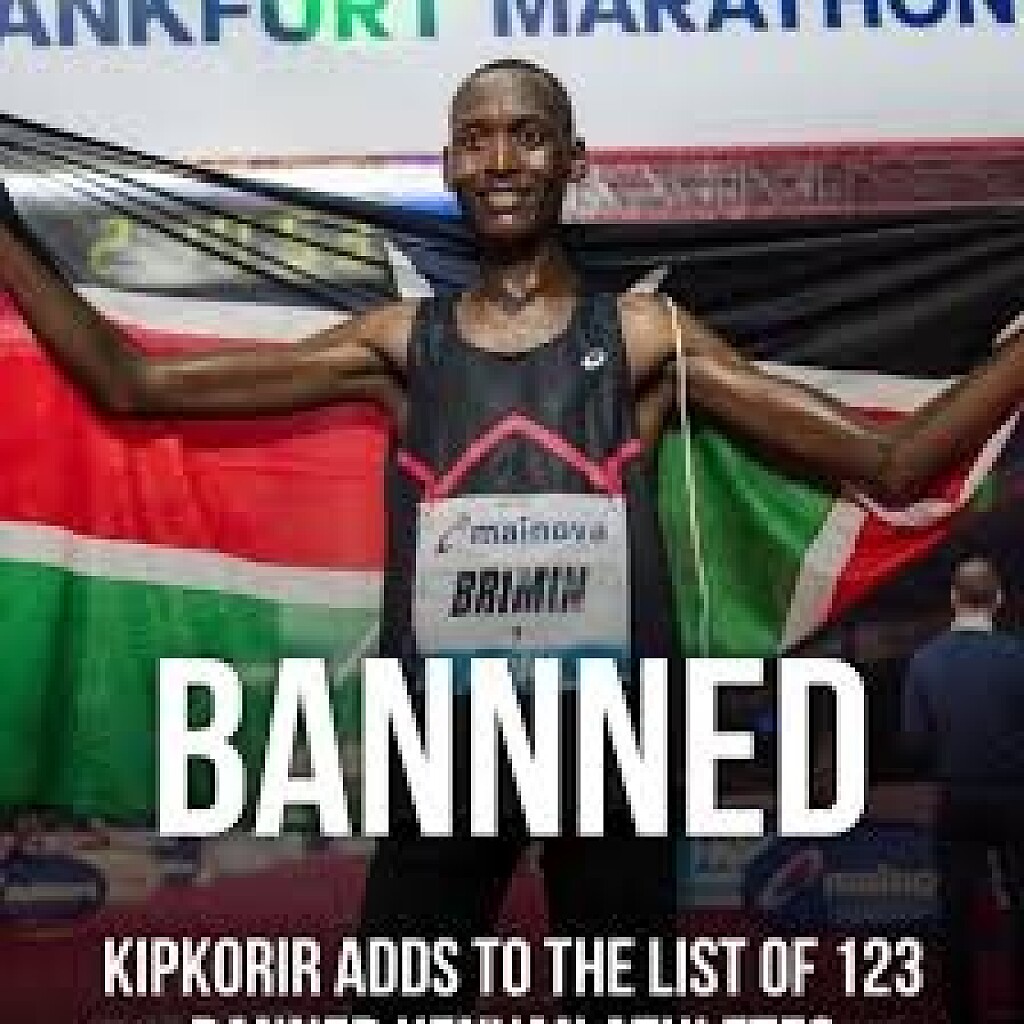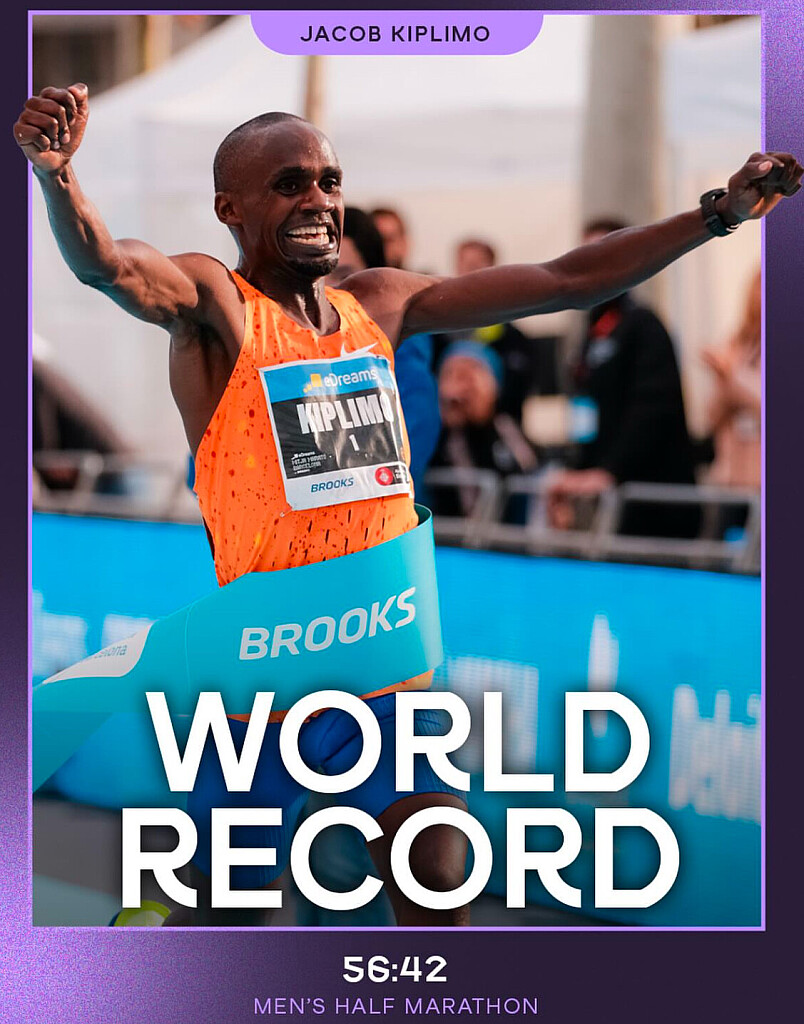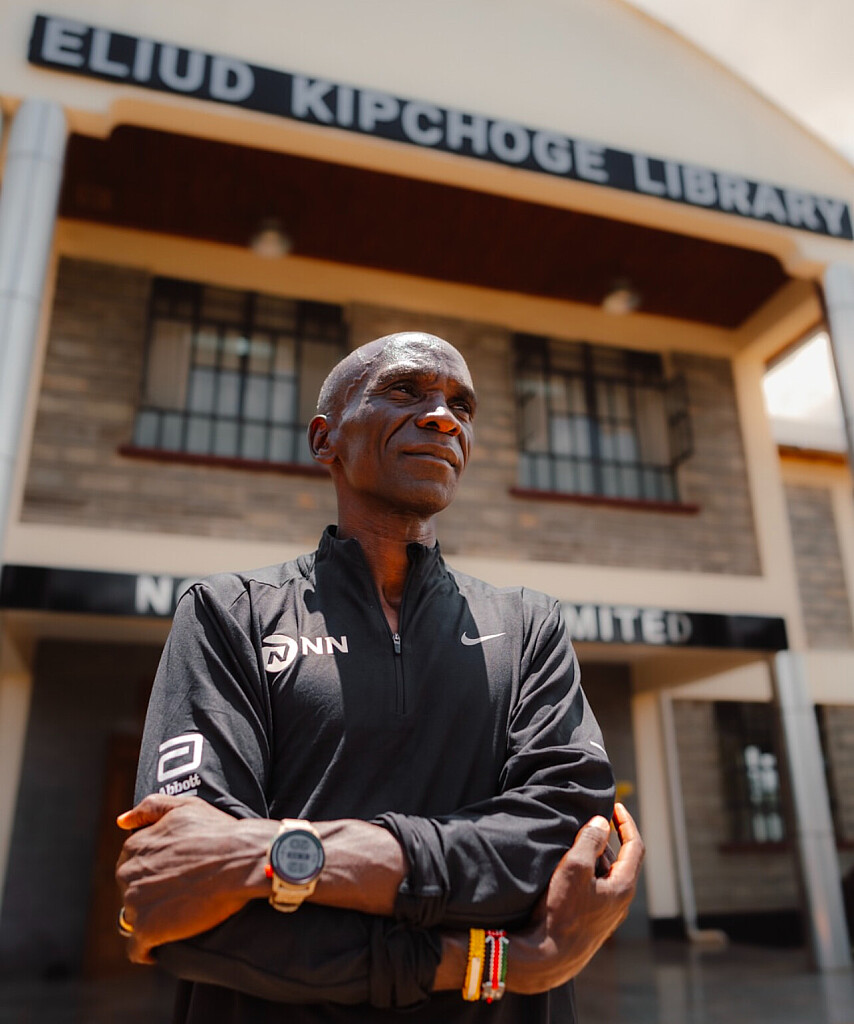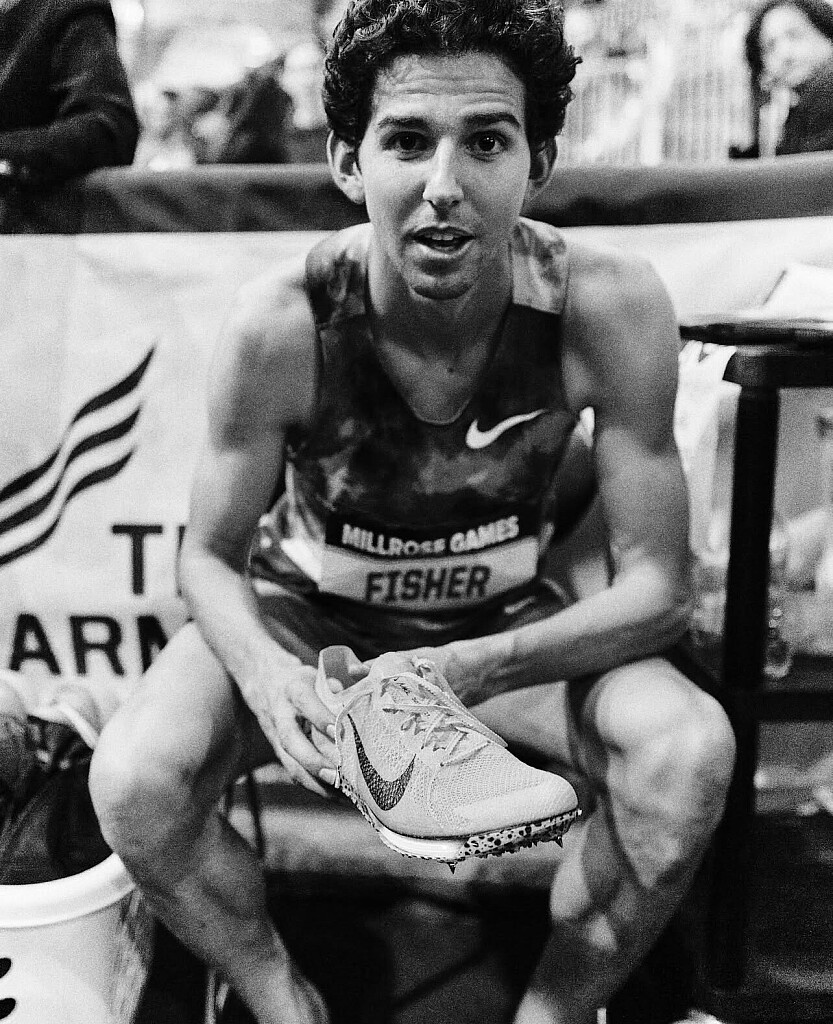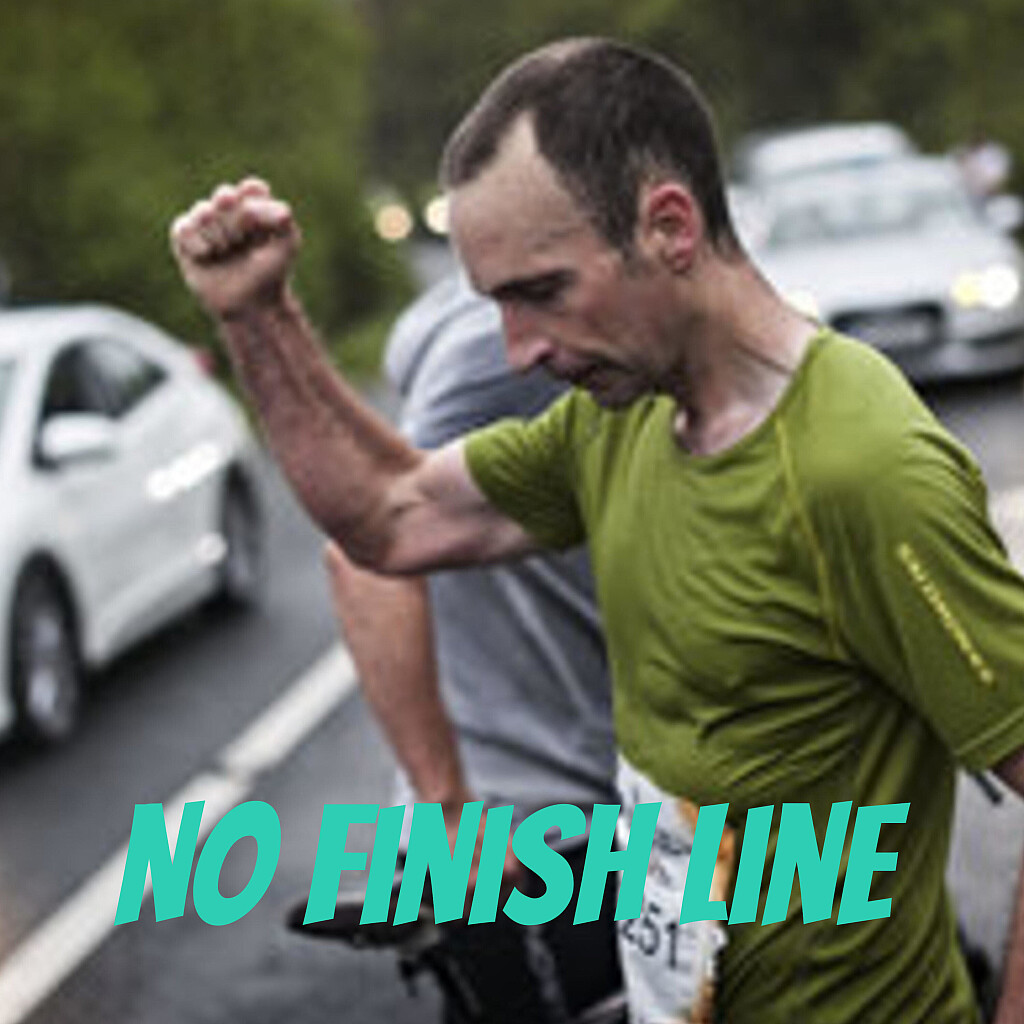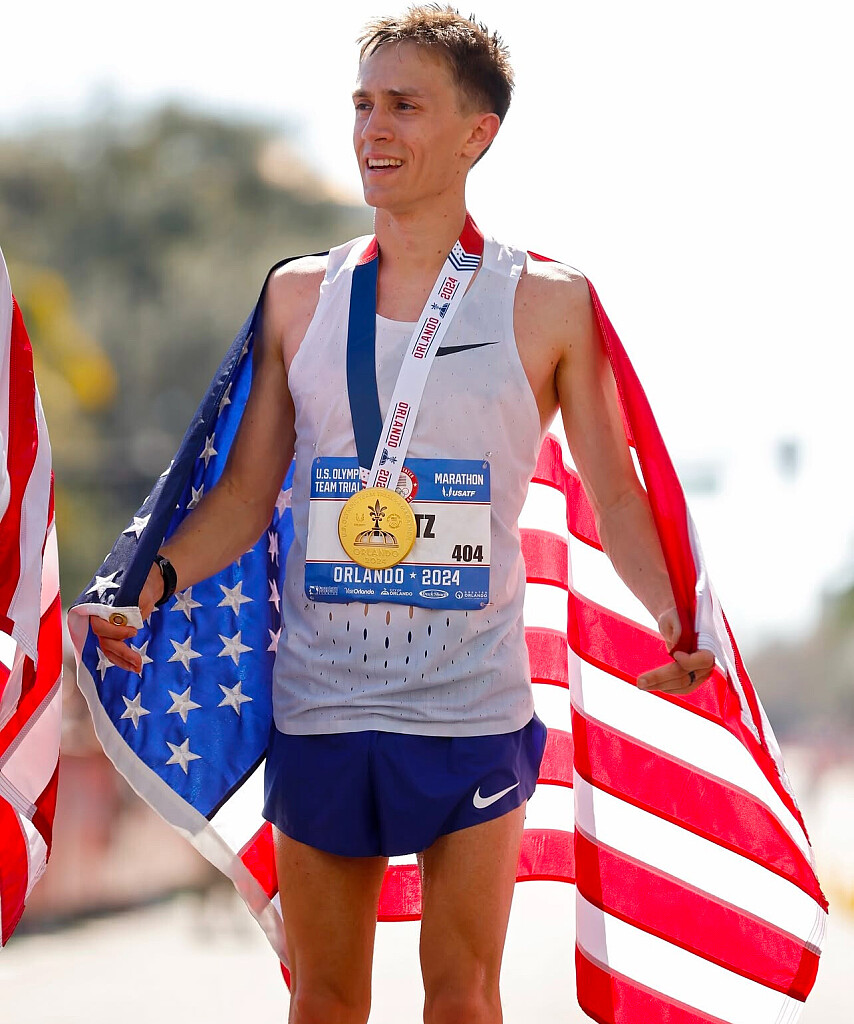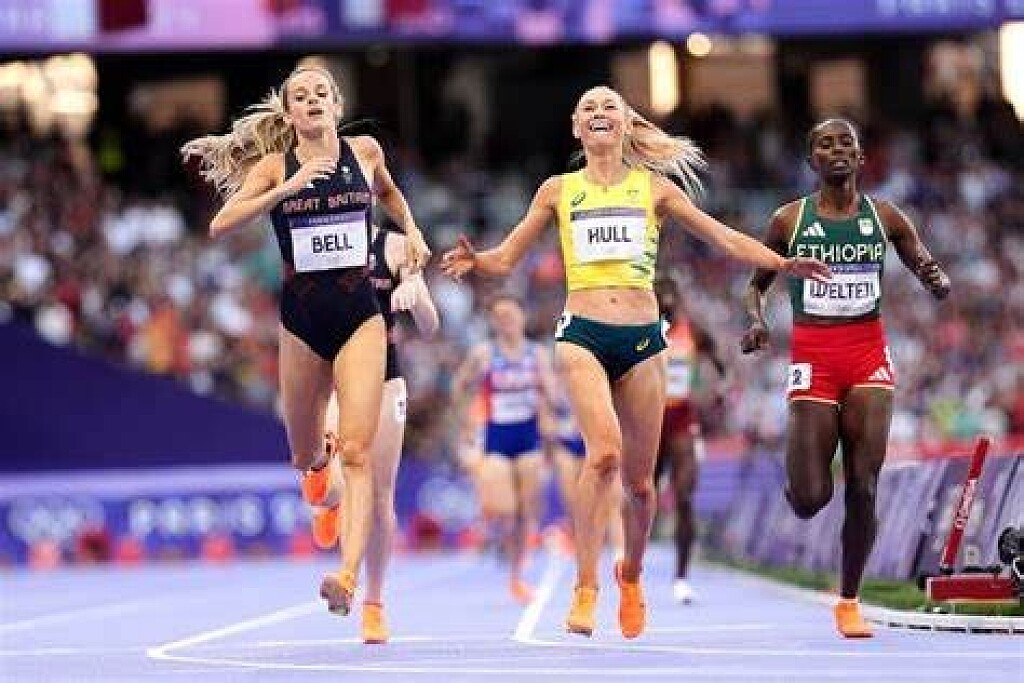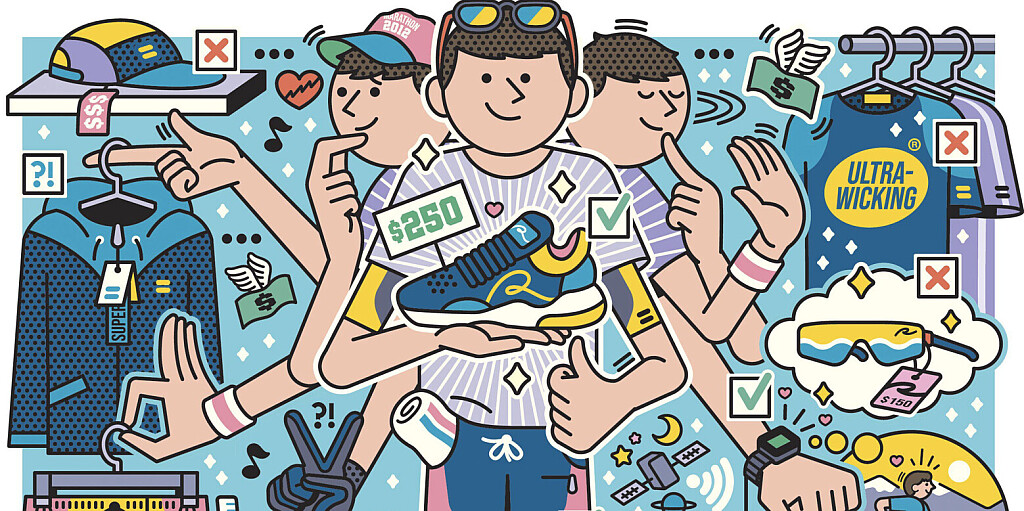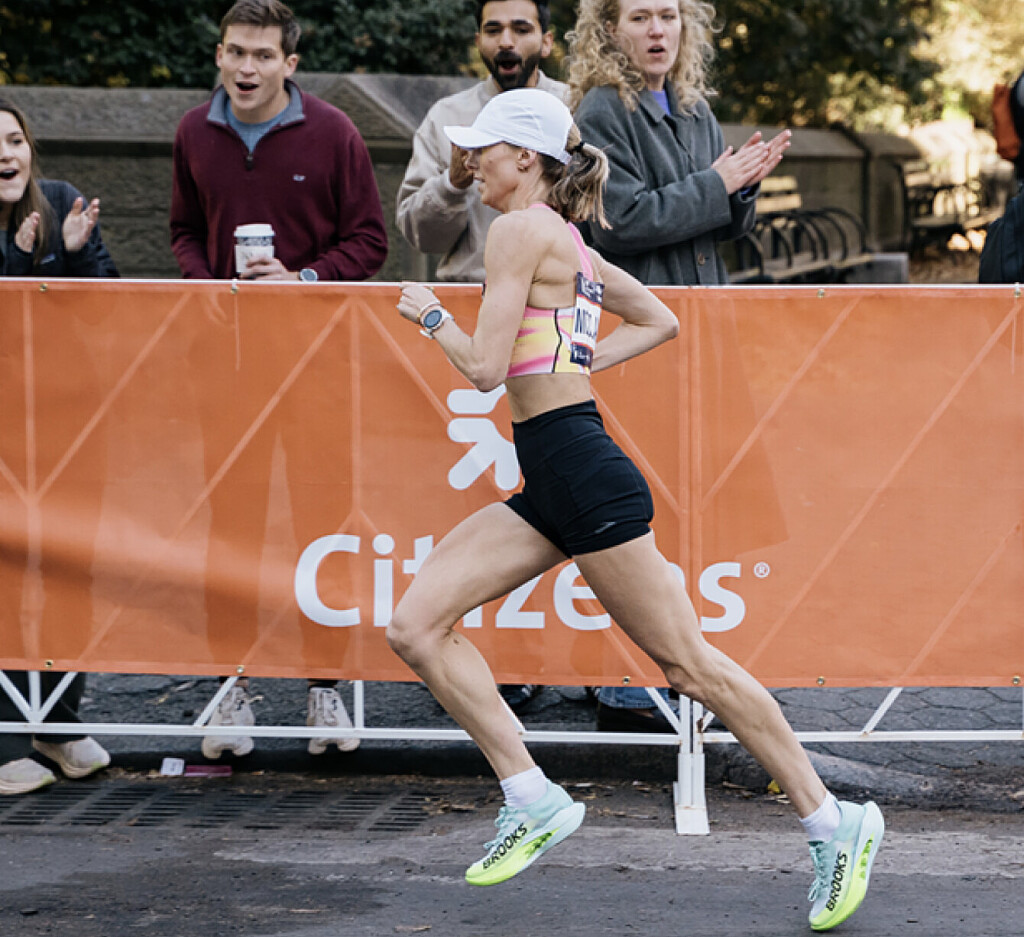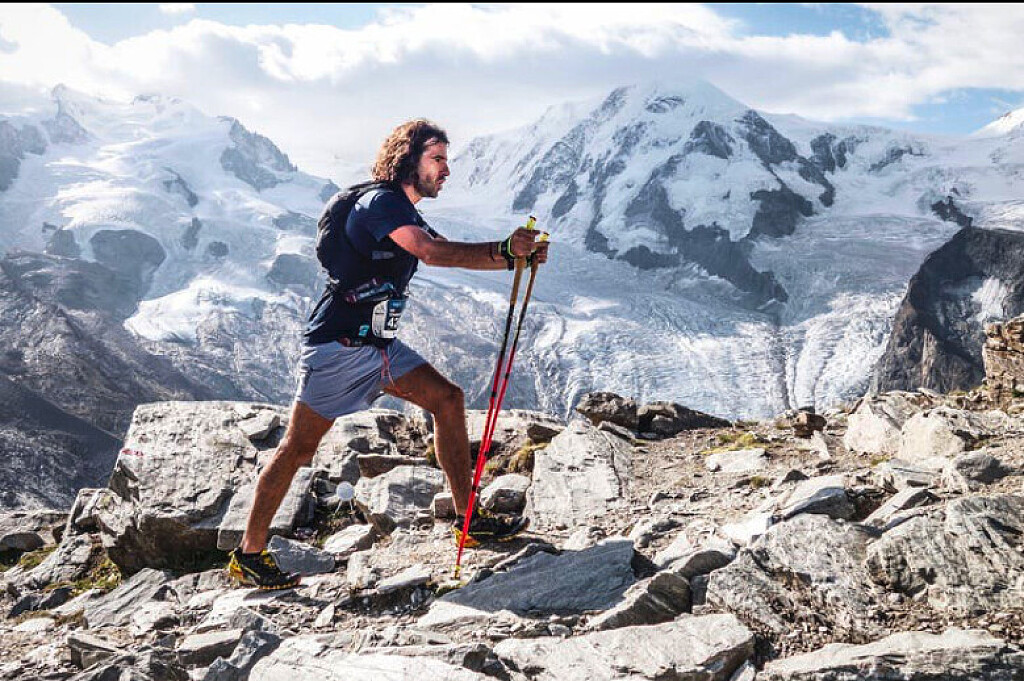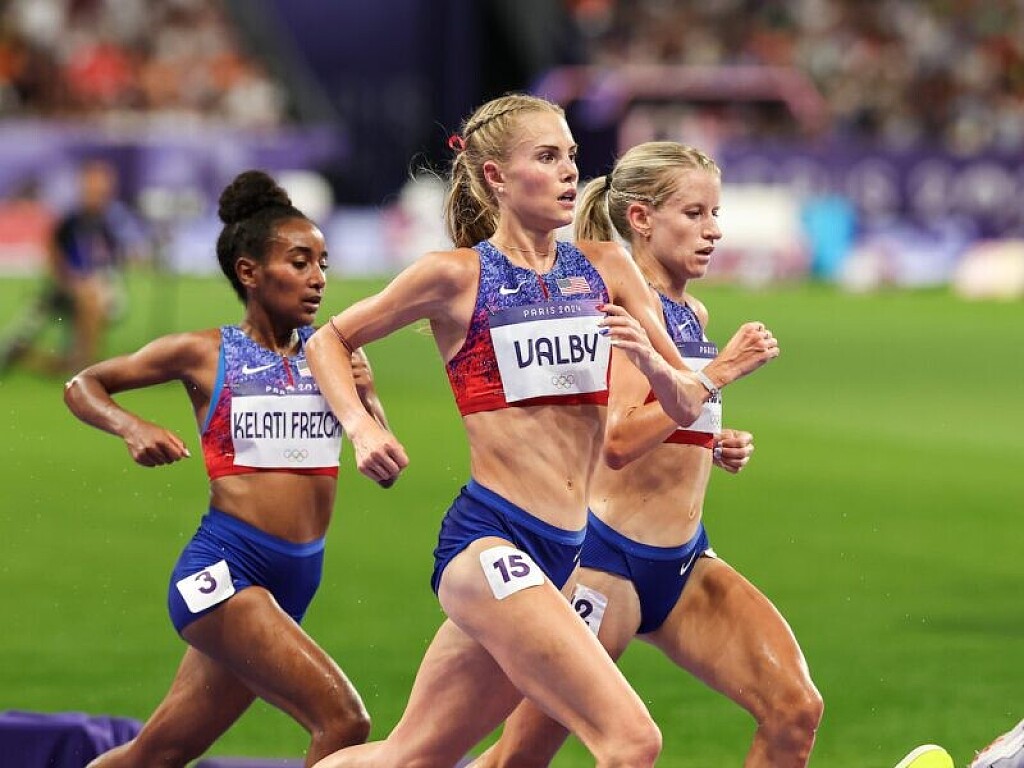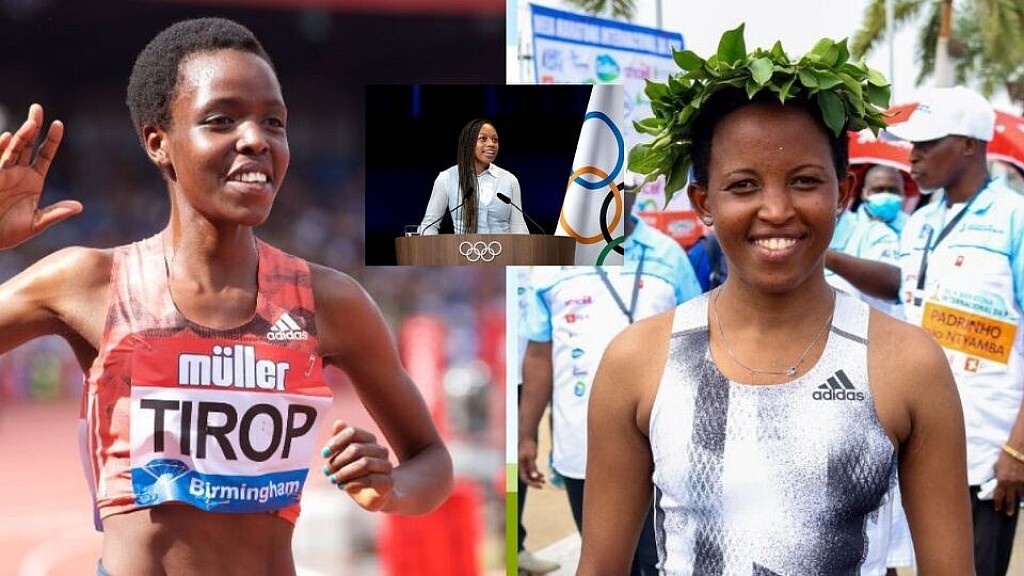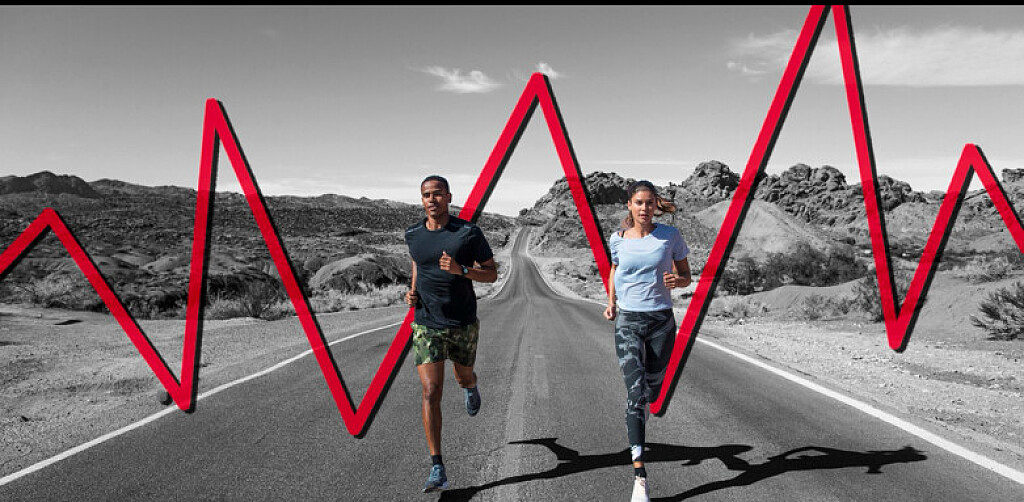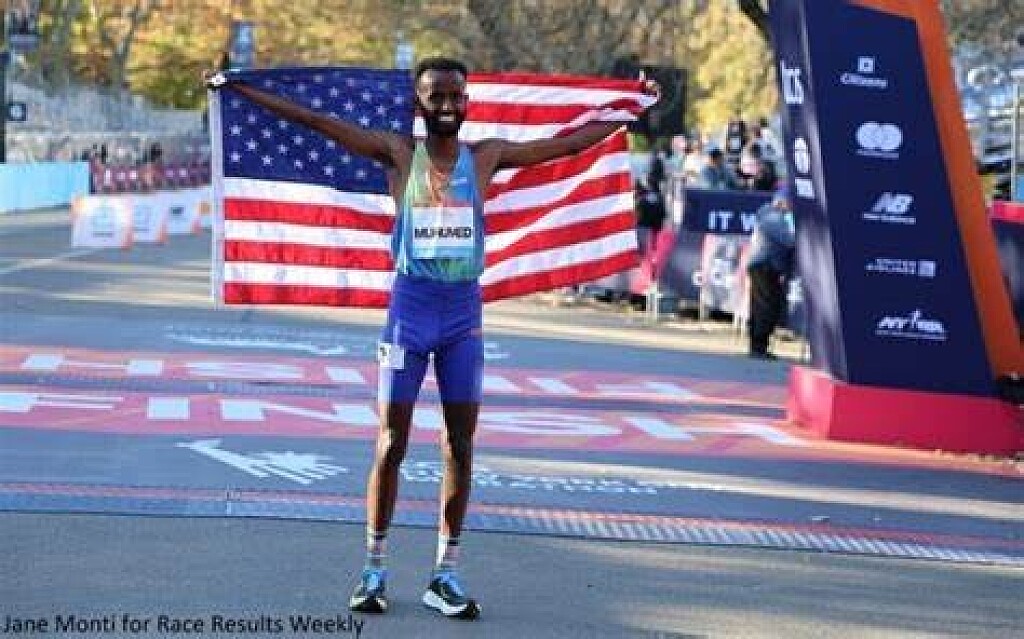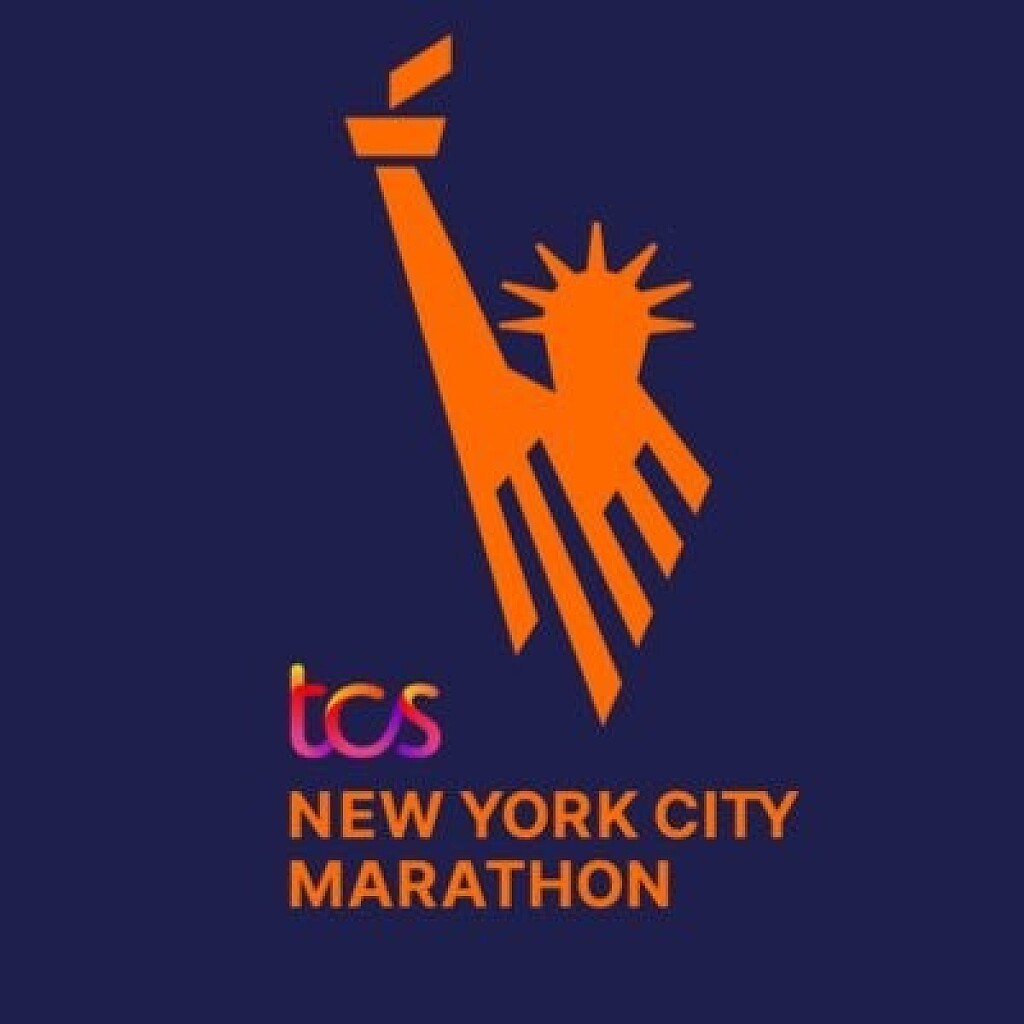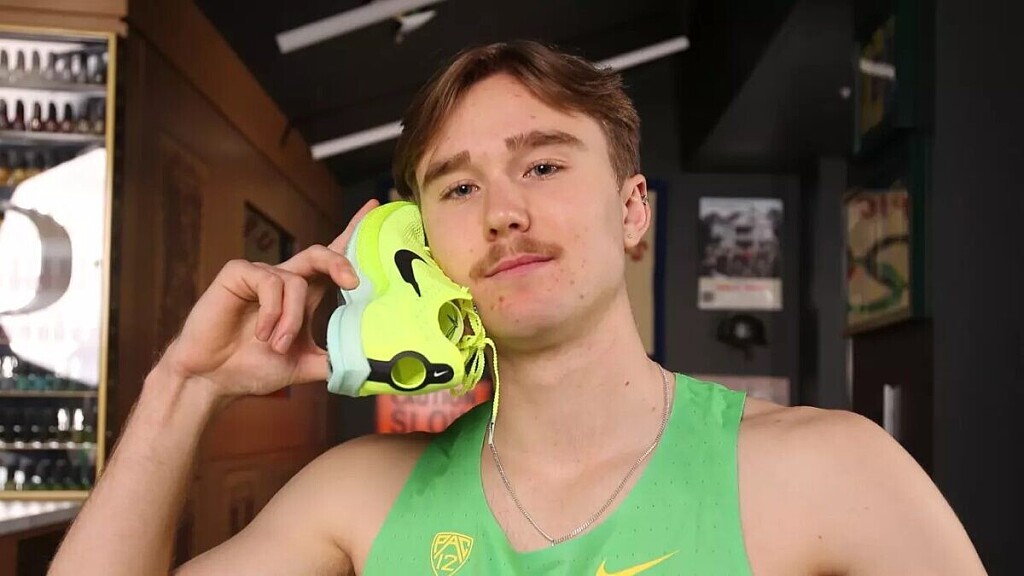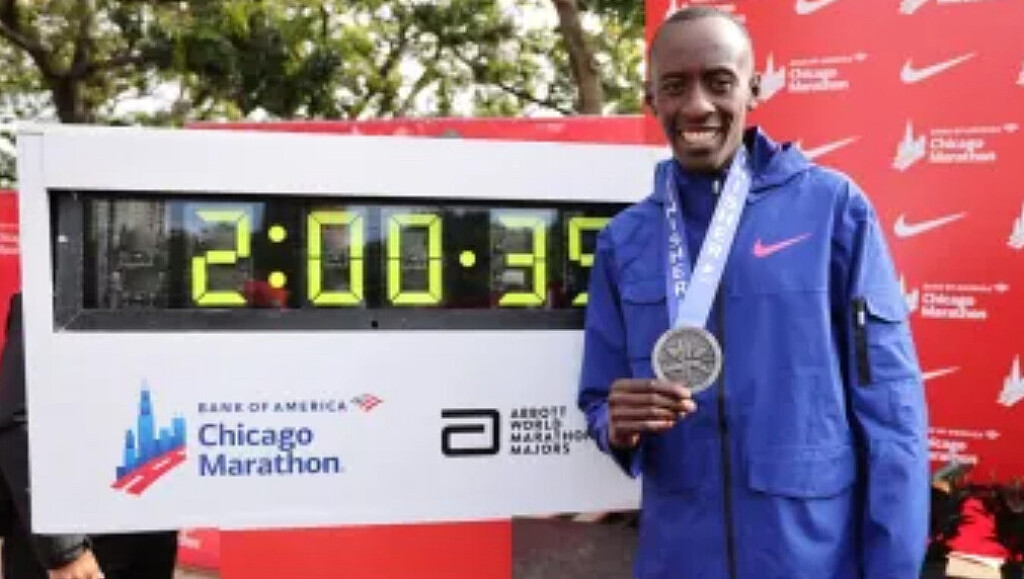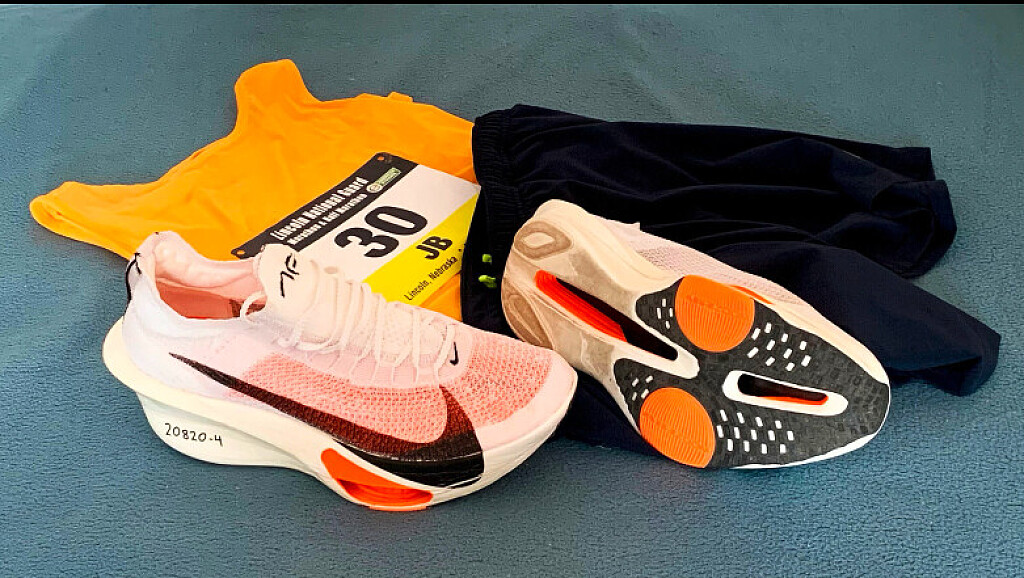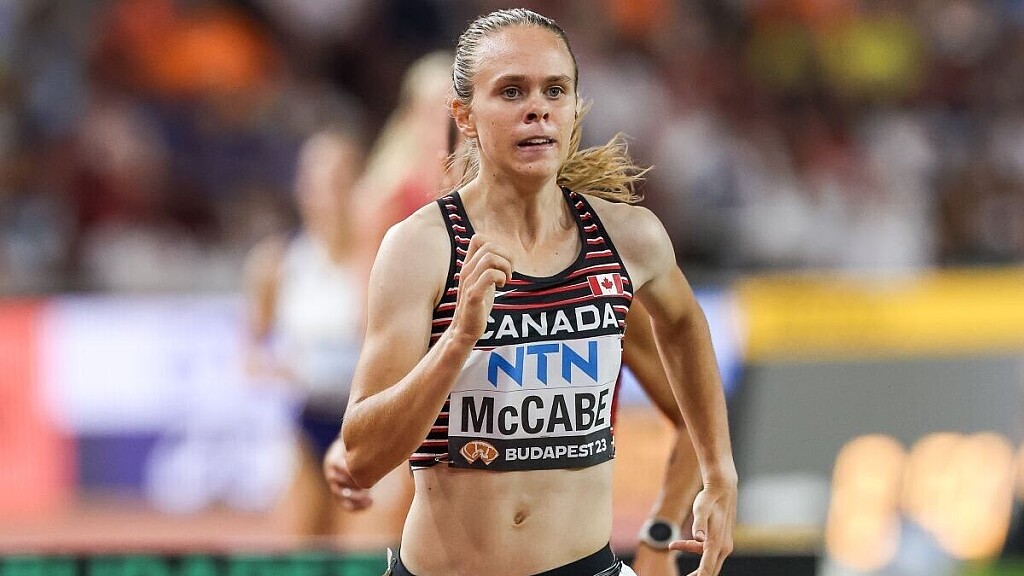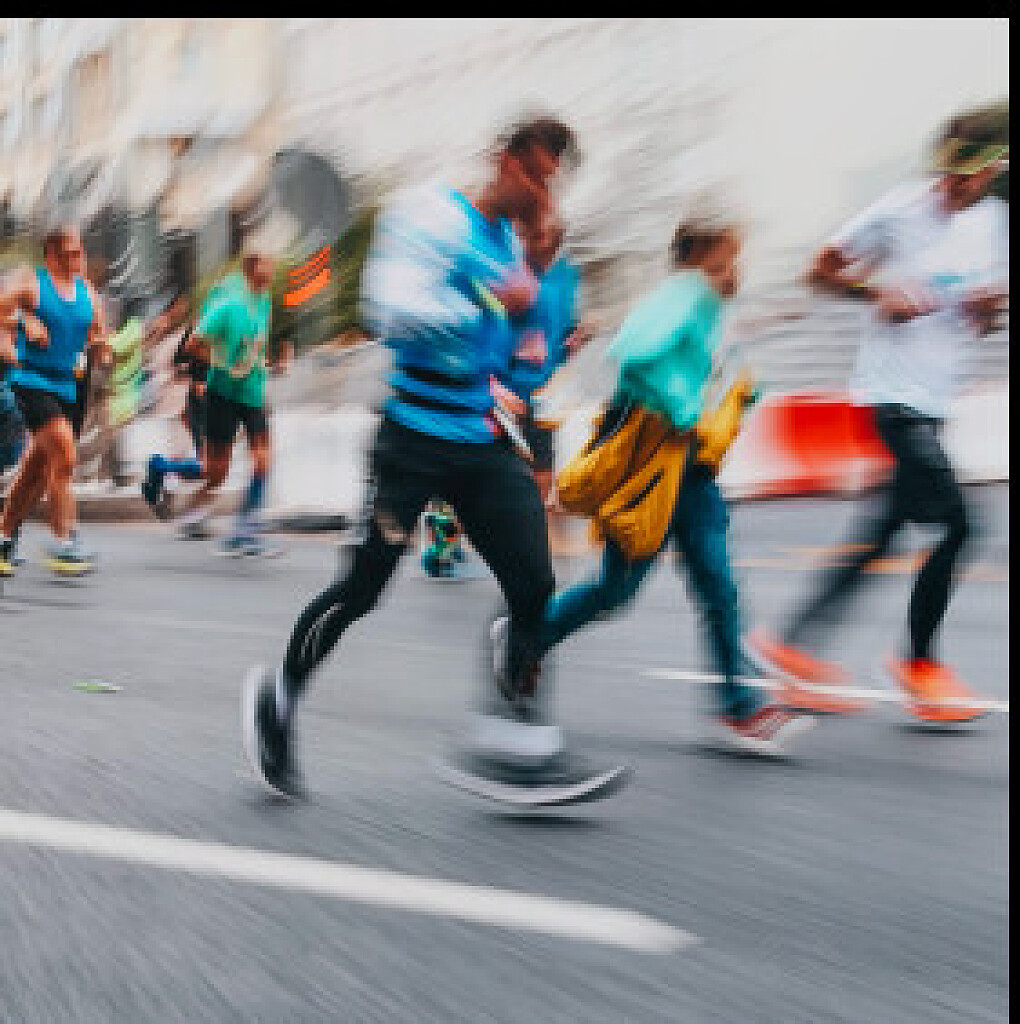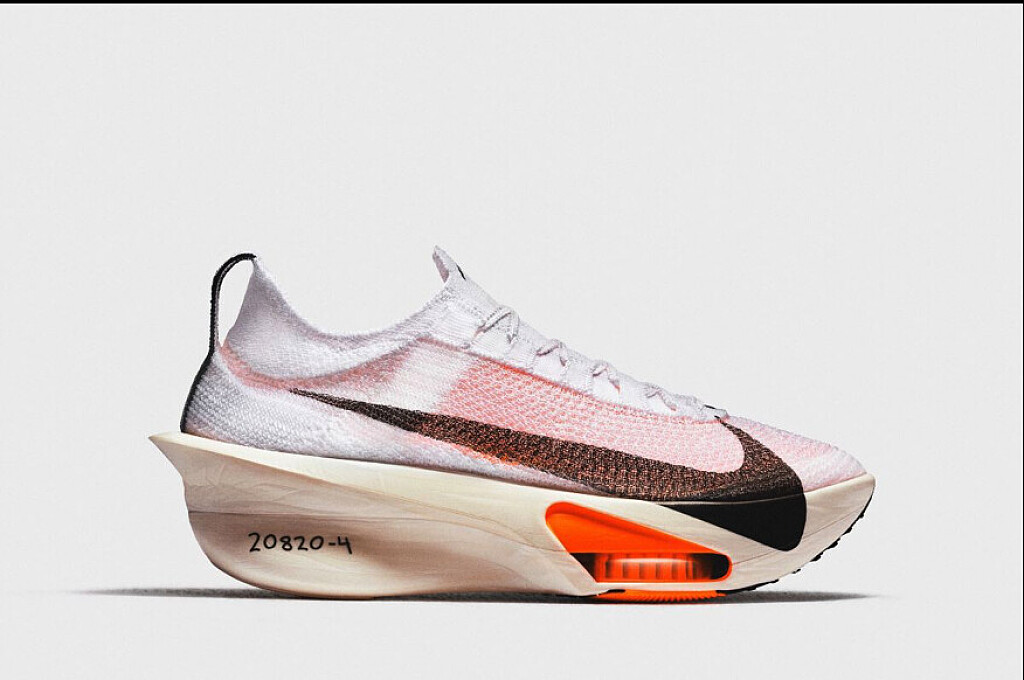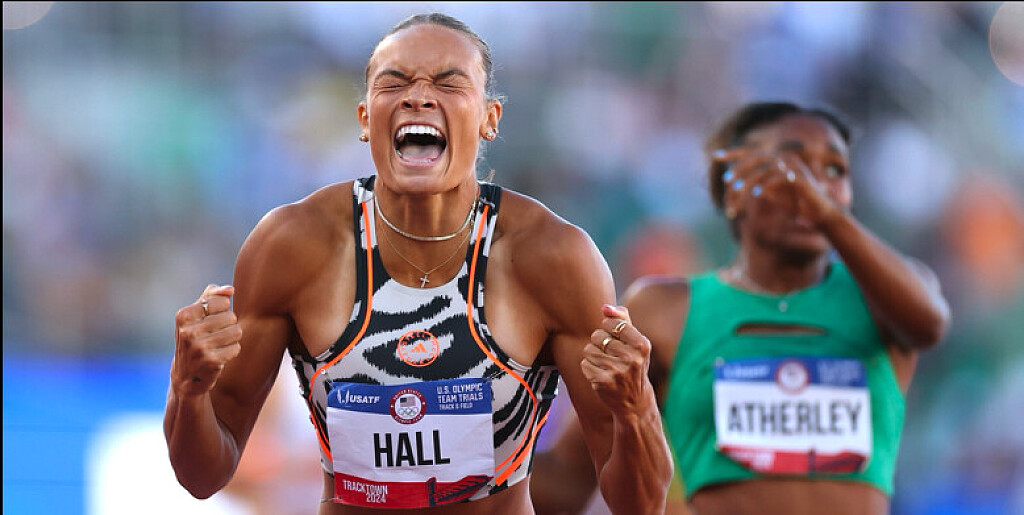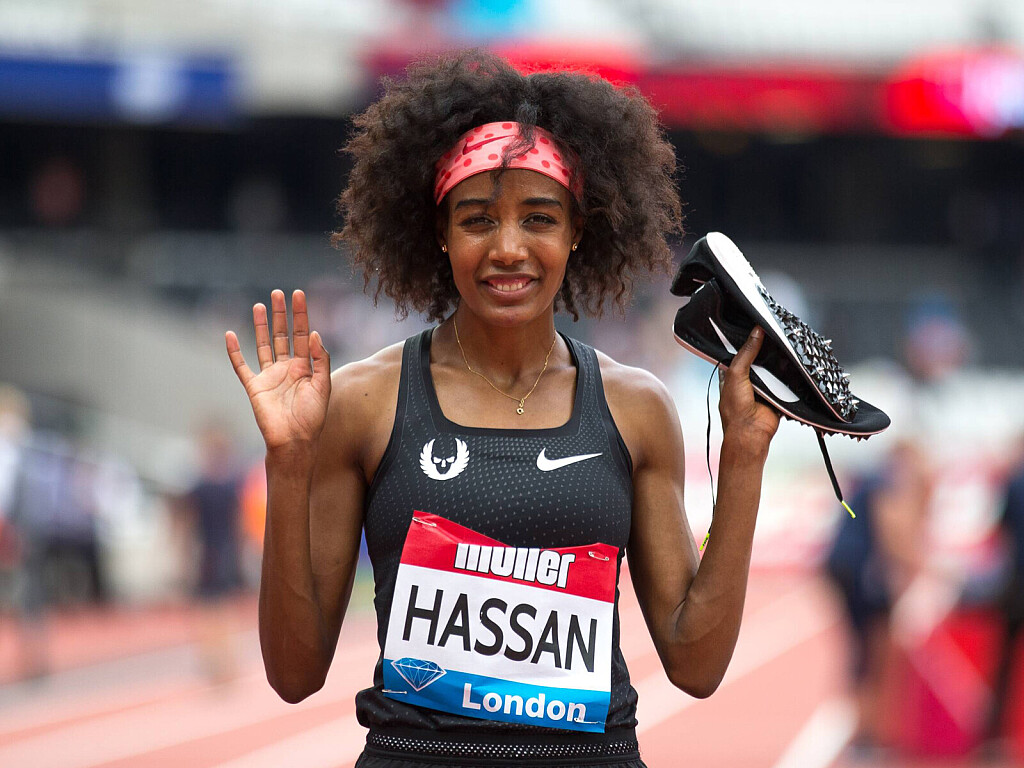Running News Daily
Running News Daily is edited by Bob Anderson. Send your news items to bob@mybestruns.com Advertising opportunities available. Train the Kenyan Way at KATA Kenya and Portugal owned and operated by Bob Anderson. Be sure to catch our movie A Long Run the movie KATA Running Camps and KATA Potato Farms - 31 now open in Kenya! https://kata.ke/
Index to Daily Posts · Sign Up For Updates · Run The World Feed
Articles tagged #Nike
Today's Running News
This Is What It Really Takes to Get Faster
Every runner who dreams of shaving seconds—or minutes—off their personal best has to confront one truth: speed is earned through consistent work, not a single breakthrough workout.
Build Your Base First
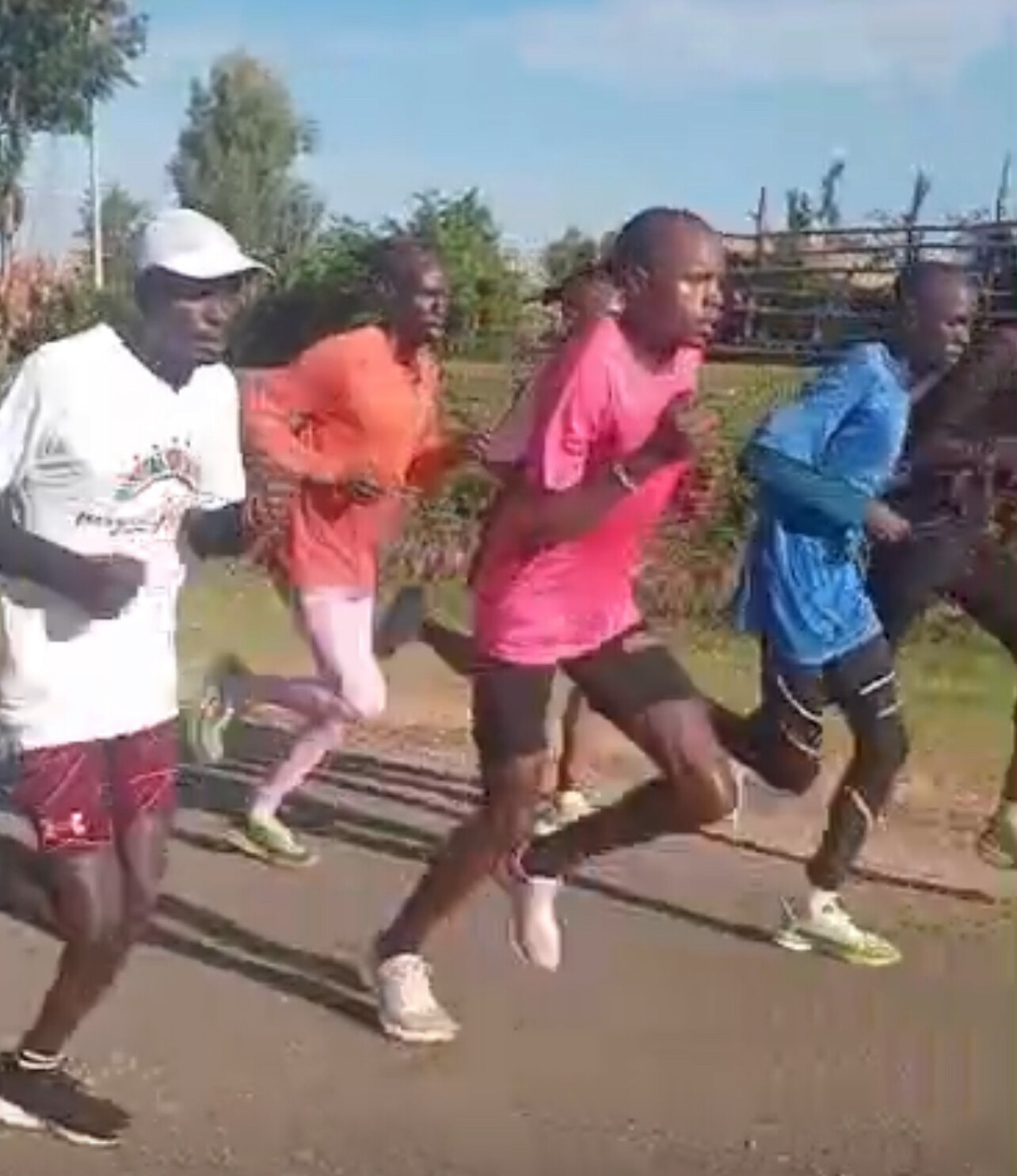
“You can’t get faster if you don’t already have an aerobic base,” says Kelly Roberts, RRCA-certified coach and founder of the Badass Lady Gang. That base comes from running three to four times per week for about 40 minutes at a conversational pace. Once you can sustain that comfortably, you’re ready to introduce speed work.
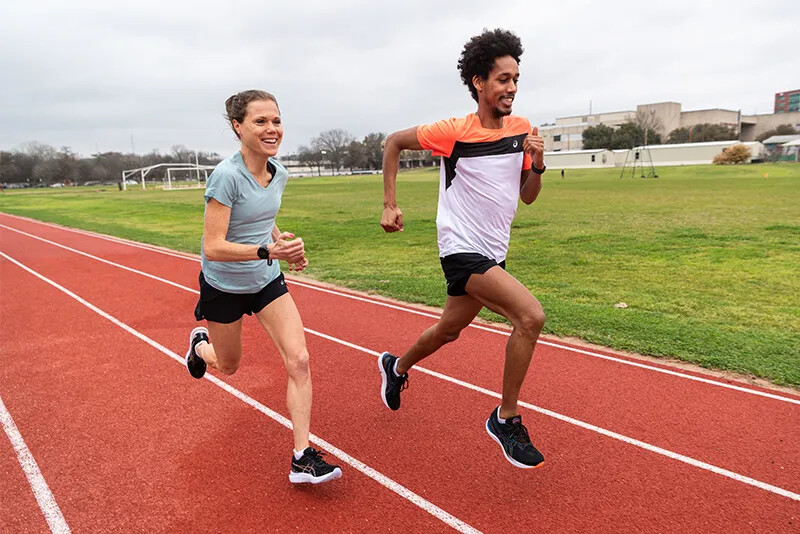
Speed Comes From Teaching Your Body to Run Fast
“Speed doesn’t come from one magical workout,” says Jes Woods, RRCA-certified Nike Running coach. “It comes from consistent speed work. That’s where you actually teach your body how to run fast.”
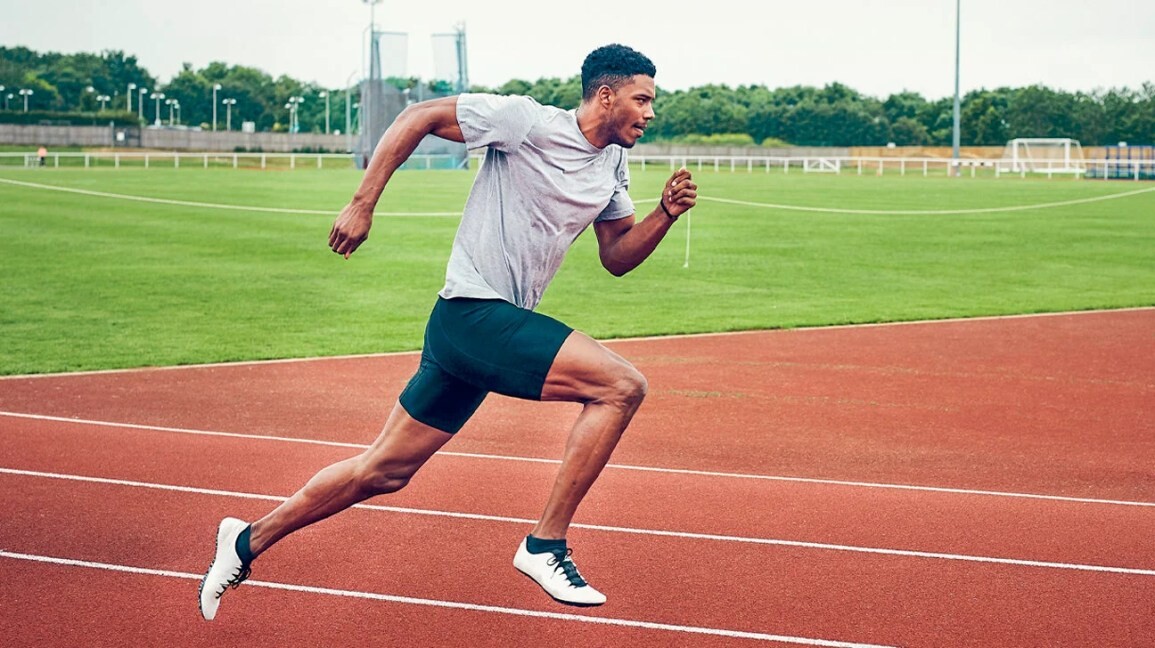
Speed work develops efficiency: better oxygen use, quicker lactate clearing, and greater tolerance for harder efforts. In short, it trains your body to handle more stress—and recover from it—at faster paces.
What Speed Workouts Look Like
You can build speed in several ways:

• Intervals: Fast segments with recoveries.
• Fartleks: Speed play with less structure.
• Tempo runs: Steady efforts just outside your comfort zone.
• Hill sprints: Strength and power mixed with speed.
A solid weekly plan to improve speed usually includes 1–2 speed sessions, 1–2 easy runs, one strength day, and a long run. Easy runs promote recovery, strength training builds power and stability, and long runs expand endurance—all essential pieces alongside your speed days.
“That balance allows your body to stress, adapt, and recover in the right proportions,” Woods says.
The Mental Side of Getting Faster
Speed training isn’t just physical. Roberts says the hardest part is managing the mental noise when things get uncomfortable.
“When you run faster, everything gets louder,” she says. “Your legs scream, and the little parrots on your shoulder scream back.”
Her advice: pay attention to self-talk and lean on mantras. One of her go-tos is, “I don’t know if I can do this. Let’s see what happens when I give my best.”
When You’ll Start Seeing Results
If you train consistently, most runners notice progress in six to eight weeks. Research backs this up: intermittent sprint training improved 10K times in six weeks in one study, and VO₂ max increased significantly after eight weeks of aerobic training in another.
“You’ll feel different,” Roberts says. “Your runs will feel easier as your aerobic strength improves.”
Beginner vs. Experienced Runners
Genetics, training history, and consistency all shape how quickly you’ll get faster. Some runners respond more quickly, while others chip away over time. But beginners often see the biggest gains because there’s more room for improvement.
“If you’re looking to get faster, you’ll never see bigger PR swings than you will as a new runner,” Roberts says.
The Bottom Line
Speed is attainable for every runner. Build your base, train consistently, mix your workouts, and practice staying calm when things get uncomfortable. Over time, the seconds will fall off—and you’ll become a faster, stronger version of yourself.
by Boris Baron
Login to leave a comment
Marion Irvine, the ‘Running Nun,’ Who Redefined Age and Athletics, Dies at 95
Marion Irvine, known worldwide as “The Running Nun,” passed away this week at the age of 95. She was one of the most remarkable figures in the history of women’s running — a late-blooming athlete who shattered age barriers and inspired generations.
Irvine didn’t start running until age 48, yet within a few short years, she was winning races, breaking records, and earning a sponsorship from Nike. By her early 50s, she was finishing marathons in under three hours — an achievement that placed her among the best masters runners of her era.
A Late Start, a Fast Finish
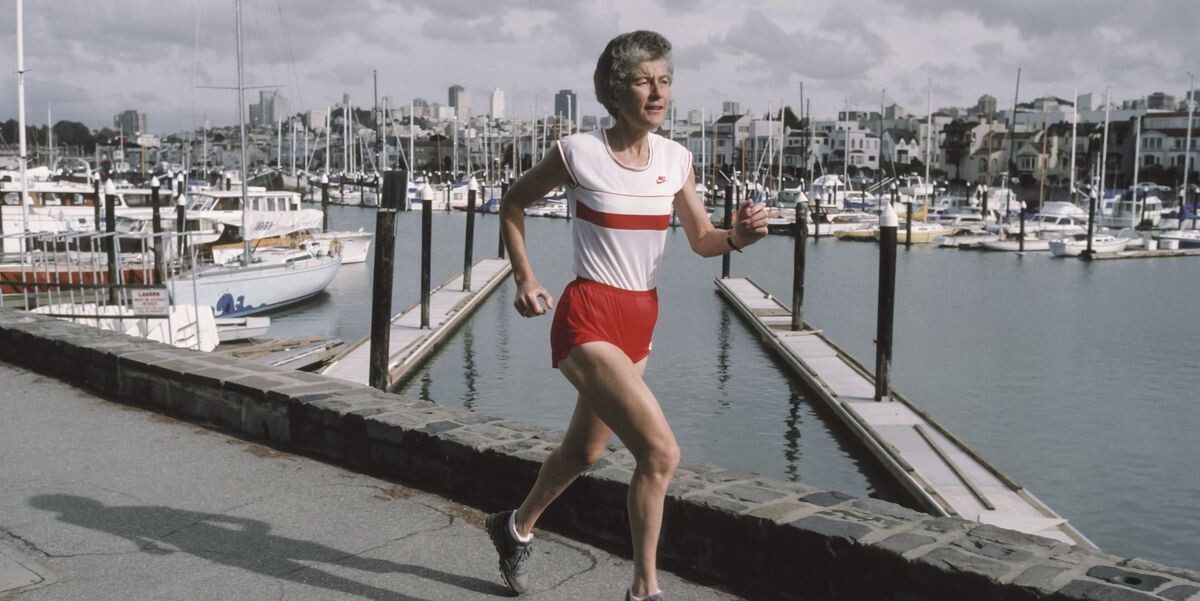
Her running journey began modestly, but once she laced up, there was no stopping her. As a Dominican nun and educator, Irvine balanced her spiritual calling with an ever-growing passion for running. “Running became my form of meditation,” she once said. “Every stride was a prayer.”
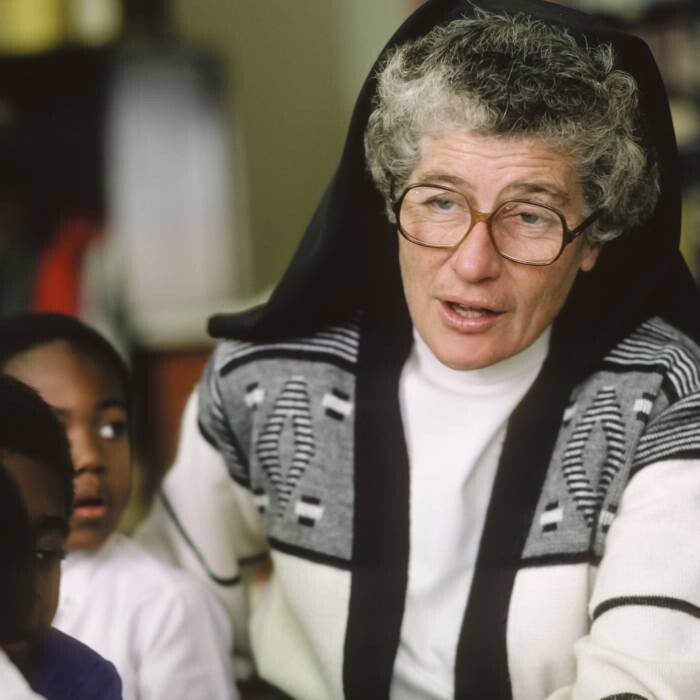
Her personal best marathon time, an astonishing 2:51, made headlines and stood as a record for her age group. At a time when women’s long-distance running was still gaining legitimacy, Irvine proved that age — and gender — were no barriers to excellence.
Breaking Barriers and Inspiring Generations
Irvine became a fixture in the running community, competing across the U.S. and often speaking about discipline, purpose, and faith. Her humility and humor drew runners to her wherever she went. She was inducted into several running halls of fame and featured in numerous articles, television interviews, and documentaries celebrating her accomplishments.
For Irvine, running was more than competition. It was connection — to her faith, her body, and the world around her. Her story encouraged thousands of older adults to begin running later in life, proving that it’s never too late to start.
A Legacy Beyond the Finish Line
Even after she stopped racing competitively, Sister Marion continued to coach and mentor runners. She remained a visible and joyful presence at road races well into her later years, often reminding others that “you don’t stop running because you get old — you get old because you stop running.”
Her passing marks the end of an era, but her story will continue to move runners everywhere.
Rest in peace, Sister Marion Irvine — the Running Nun who showed the world what it means to run with purpose.
Career Highlights: Marion Irvine, “The Running Nun”
• Born: 1930
• Started Running: Age 48
• First Marathon: 1978, in under 4 hours
• Personal Best: 2:51:01 marathon (age 54)
• Olympic Trials Qualifier: 1984 U.S. Women’s Marathon Trials — one of the oldest qualifiers
• Nike Sponsorship: First nun to receive a professional running sponsorship from Nike
• Religious Order: Dominican Sisters of San Rafael, California
• Recognition: Inducted into the USA Track & Field Masters Hall of Fame
• Quote to Remember: “Running is my form of prayer. Every mile is a conversation with God.”
by Boris Baron
Login to leave a comment
Kenya’s Olympic Reset: Can NOCK’s New Leadership Spark a Golden Era for Runners?
Kenya’s long-distance running legacy is unmatched. From record-breaking marathons to Olympic podiums, the nation’s athletes have long defined global excellence. Yet behind the scenes, organizational chaos—from the Rio 2016 fiasco to logistical stumbles at Paris 2024—has held runners back.
Now, change is in motion.
At a ceremonial handover August 8 at the National Olympic Committee of Kenya (NOC-K) headquarters in Nairobi, outgoing president Dr. Paul Tergat—a former Olympic silver medalist—passed the baton to Shadrack Maluki. The new leadership promises more than a symbolic shift. For many athletes, it’s a chance to finally be heard.
“We must ensure this institution doesn’t remain strong but underutilized,” Maluki declared in his inaugural speech.
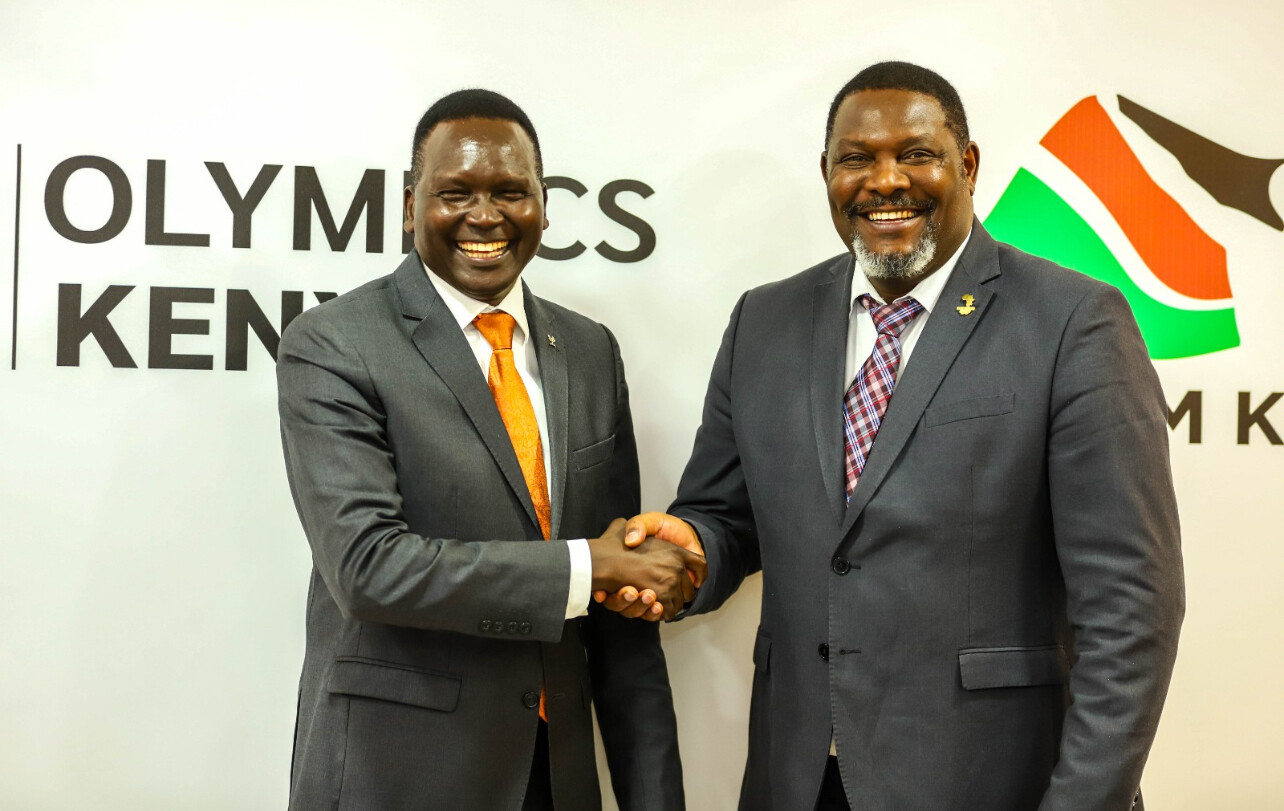
“To our sportsmen and women: we hear you, we see you, and we are here for you. Your welfare, training environments, and post-competition careers are top priorities.”

Paris Lessons, LA Dreams
Kenya’s runners delivered once again in Paris, particularly in the middle- and long-distance events. But that success came despite—rather than because of—the system. Delayed travel, unpaid allowances, and chaotic planning marred preparations.
With the Los Angeles 2028 Olympics just three years away, runners and fans alike are hoping this new leadership shifts Kenya from reactive fixes to long-term strategy.
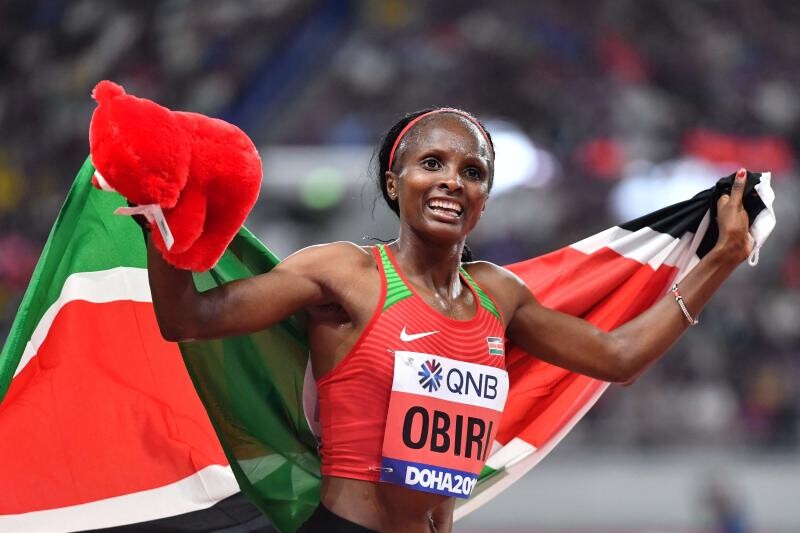
Maluki says the focus will be on structure, inclusivity, and excellence. As one former elite marathoner told My Best Runs, “Athletes don’t need promises. They need systems that work.”
Barnaba Korir: A Voice from the Track
A key figure in this transition is Barnaba Korir, now First Vice President of NOCK. Known for his role as Director of Youth Development at Athletics Kenya (AK), Korir has helped shape the careers of many emerging talents.
“This is not about power,” Korir said. “It’s about turning sport into an industry. Our athletes should chase medals—but also earn livelihoods, build legacies, and inspire the nation.”
Korir’s grassroots focus has already produced results—several Paris Olympians came through AK’s youth system. His appointment signals a stronger bridge between elite runners and the Olympic bureaucracy.
Tergat’s Legacy: Progress, But Not Perfection
Dr. Tergat, who helped stabilize NOCK during his tenure, reflected on his leadership with pride.
“This is the delivery secret behind our transformation of NOCK into a respected and enviable institution,” he said, while acknowledging that more needs to be done.
He thanked corporate partners like Nike, IOC, Safaricom, and Kenya Breweries—and reminded the country that athletes remain Kenya’s “most successful international brand.”
Still, critics argue that reforms under Tergat moved too slowly—especially around athlete support and coordination with federations.
Not Just a Ceremony—A Mandate
The official handover included Olympic charters, financial instruments, and office keys. But the moment wasn’t just ceremonial—it was a mandate.
“There is no reinventing the wheel,” Maluki said. “Only oiling and reinvigorating the parts that drive our momentum.”
Athletes are now watching to see whether these words turn into action.
What Kenya’s Runners Expect
For the thousands training daily across Kenya’s highlands, this isn’t politics—it’s personal. The hope is simple:
No more last-minute chaos. No missing uniforms. No unpaid dues.
Athletes want elite coaching, consistent support, clean sport policies, and long-term investment. As global rivals close the gap, Kenya must evolve—or risk being outpaced.
The Baton Has Been Passed. Can They Run With It?
Kenya’s runners continue to carry the nation’s Olympic dreams. Now it’s up to NOCK’s new leadership—anchored by Maluki and powered by Korir—to return the favor.
From the heartbreak of Rio to the high points of Paris, Kenya stands at a pivotal moment. The goal ahead is clear: build a system worthy of its champions—and make the road to Los Angeles 2028 one of purpose, preparation, and pride.
by Robert Kibet :
Login to leave a comment
Bill Dellinger, Olympic Medalist and Legendary Coach, Passes Away at 91
The world of distance running is mourning the loss of one of its greats. Bill Dellinger, a three-time Olympian, Olympic bronze medalist, and one of the most influential coaches in U.S. track history, has passed away at the age of 91 on June 26.
Dellinger’s name is etched into the legacy of American distance running, both for his competitive fire and his ability to mentor champions. A fierce competitor on the track and a quiet architect of greatness on the sidelines, Dellinger leaves behind a legacy that stretches across generations.

Born on March 23, 1934, in Grants Pass, Oregon, Dellinger rose to national prominence while competing for the University of Oregon under coach Bill Bowerman. He represented the United States in three Olympic Games—Melbourne 1956, Rome 1960, and Tokyo 1964—earning a bronze medal in the 5000 meters in his final Olympic appearance.
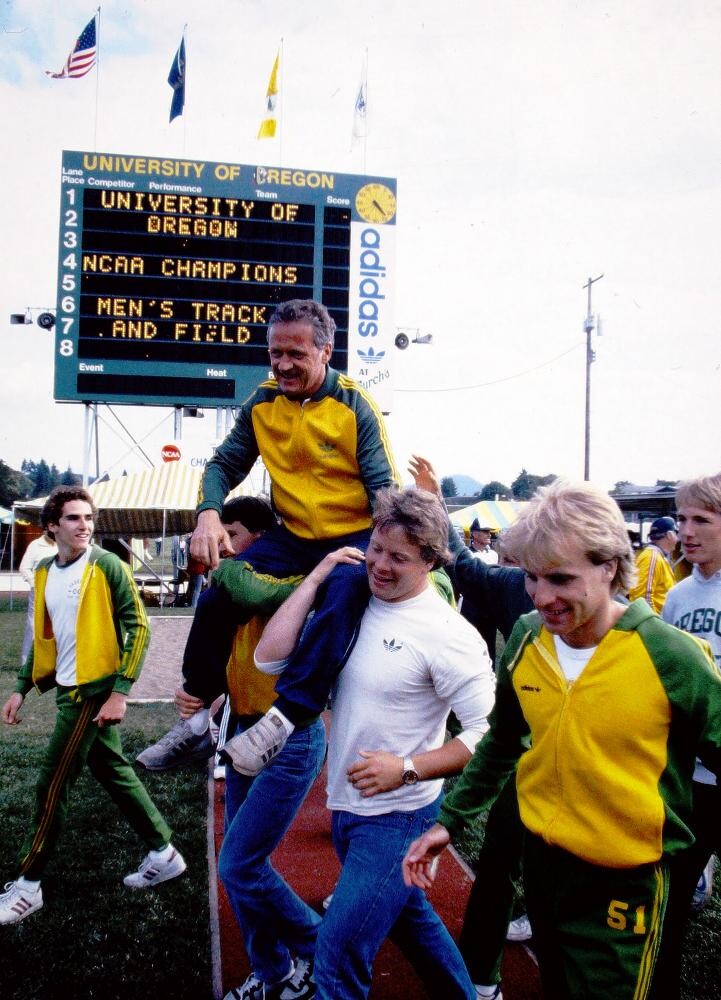
But Dellinger’s second act may have been even more impactful.

In 1973, he succeeded Bowerman as head coach at Oregon and immediately found himself guiding the nation’s most electric young runner—Steve Prefontaine. Their relationship transcended typical coach-athlete dynamics. Dellinger was more than a tactician; he was a stabilizing force for a fiercely independent and intense young star.
“Dellinger wasn’t just a coach. He was an architect of belief,” Prefontaine once said. “He knew when to push and when to trust.”

Dellinger coached at Oregon until 1998, mentoring athletes like Alberto Salazar, Matt Centrowitz Sr., Rudy Chapa, and many others who carried the Oregon tradition to global stages. He helped solidify Oregon’s reputation as the mecca of American distance running.
He was known for blending scientific training methods with an intuitive understanding of athlete development. His workouts were tough, his expectations high, but his support unwavering.
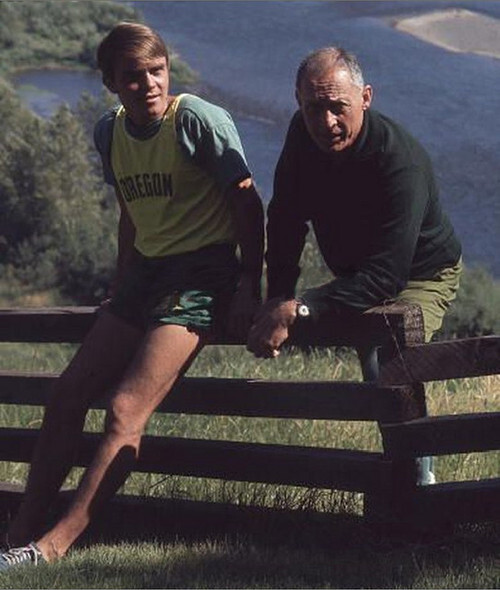
A Lifetime of Influence
Dellinger’s contributions to the sport extended well beyond the track. He co-authored training guides, helped shape early Nike culture, and lent his name to the prestigious Dellinger Invitational, one of the top collegiate cross-country meets in the country.
“Bill’s influence on distance running—first as a world-class athlete and then as a masterful coach—was profound,” said Bob Anderson, lifelong runner and founder of Runner’s World and My Best Runs.
“I hadn’t seen Bill in years, but his presence still echoes in the sport today. He inspired a generation and helped build the foundation of what American distance running has become. He may be gone, but he’ll never be forgotten.”
A Final Lap
Dellinger’s passing marks the end of an era, but his life’s work will continue on every time an Oregon singlet toes the line, every time a young coach references his methods, and every time a runner believes they can dig a little deeper.
He didn’t just coach champions—he helped shape the soul of American distance running.
Rest in peace, Coach Dellinger.
by Boris Baron
Login to leave a comment
Too Many Pacers and a Missed Opportunity: Why Faith’s Sub-Four Mile Attempt Fell Short
By Bob Anderson
I watched with high hopes as Faith Kipyegon attempted to become the first woman to break four minutes for the mile—this time on the track in Paris. Nike clearly spent millions putting this event together. The lights, the controlled environment, the precision pacing system, the high-tech spikes—it was all there. Faith is one of the greatest middle-distance runners in history. If anyone could do it, she could. But what unfolded wasn’t the historic breakthrough it could have been. It was, frankly, a case study in poor execution.
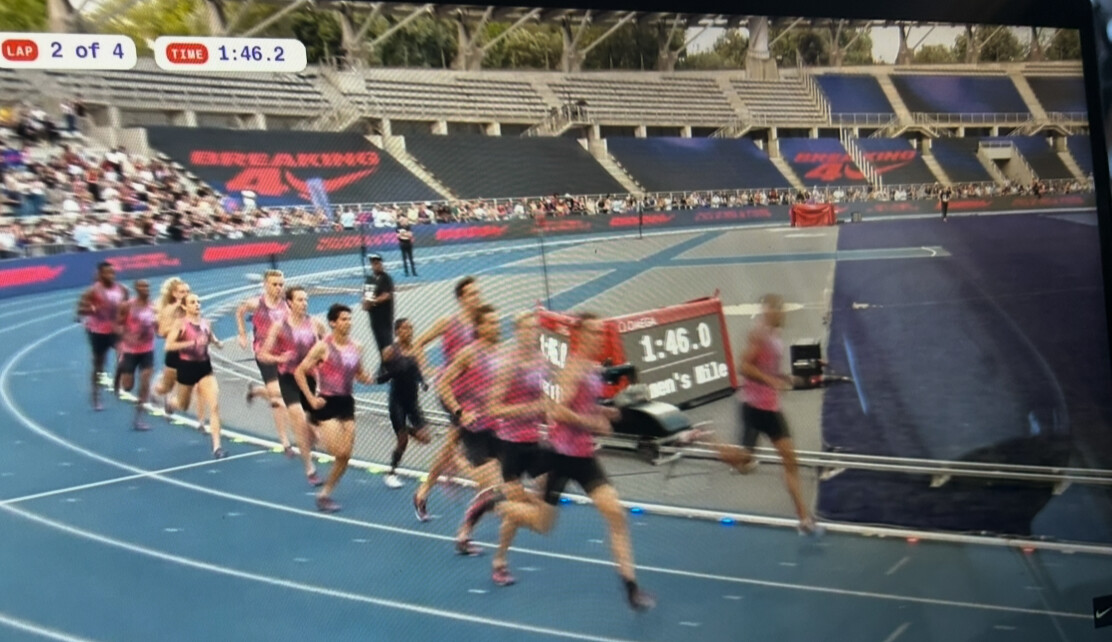
Let’s talk about the pacers. Whoever made the decision to assign thirteen of them made a fundamental error. A great runner doesn’t want five or six athletes stacked in front of her. It’s not just about drafting—it’s about mental clarity, rhythm, and feeling in control. Instead of creating an ideal pacing setup, they created visual and physical chaos. It didn’t feel like Faith was on the hunt for history—it felt like she was caught in someone else’s traffic jam.
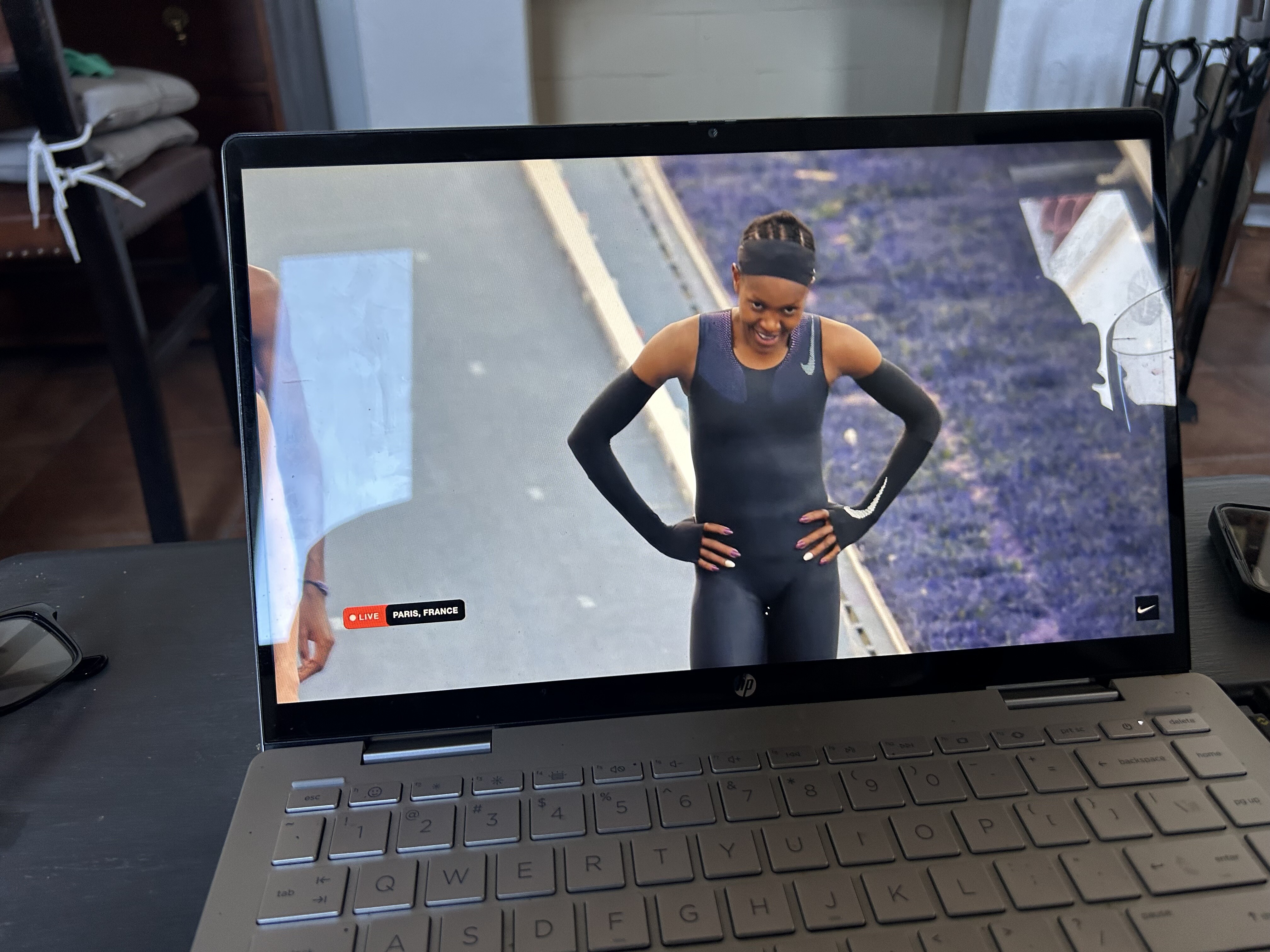
The strategy should have been simple: three pacers. That’s it. Three men capable of running 3:58 for the mile. One slightly ahead of her to cut the wind and manage the pace. One at her side to maintain tempo. One behind to steady and support. And critically, with 400 meters to go, they should have faded and let her take the lead—let her own the moment and drive the finish.
This wasn’t a Diamond League race or a championship final. It was a fully staged time trial. Nike had total control over every variable—from the lighting system and pacing software to Faith’s state-of-the-art shoes, designed to give her the maximum mechanical advantage. The shoes themselves—part of Nike’s elite spike line—were made for moments like this. But even the best gear in the world can’t fix a flawed race plan.
Faith needed to feel like the leader. She needed space to surge and the right psychology. Instead, it looked and felt more like a corporate production than a runner-centric event. Too many distractions, too little intuition.
After the race, I reached out to Charles Ngeno, Faith’s former childhood coach and now a KATA Running Camp operator in Olenguruone, Kenya. He said it best:
“Faith is one of the most disciplined and gifted athletes I’ve ever worked with. She has what it takes to run under four minutes. But this wasn’t the way. She needs a setup that gives her space, rhythm, and control—not distraction. I believe she can do it, but next time the race must be for her, not for the cameras.”
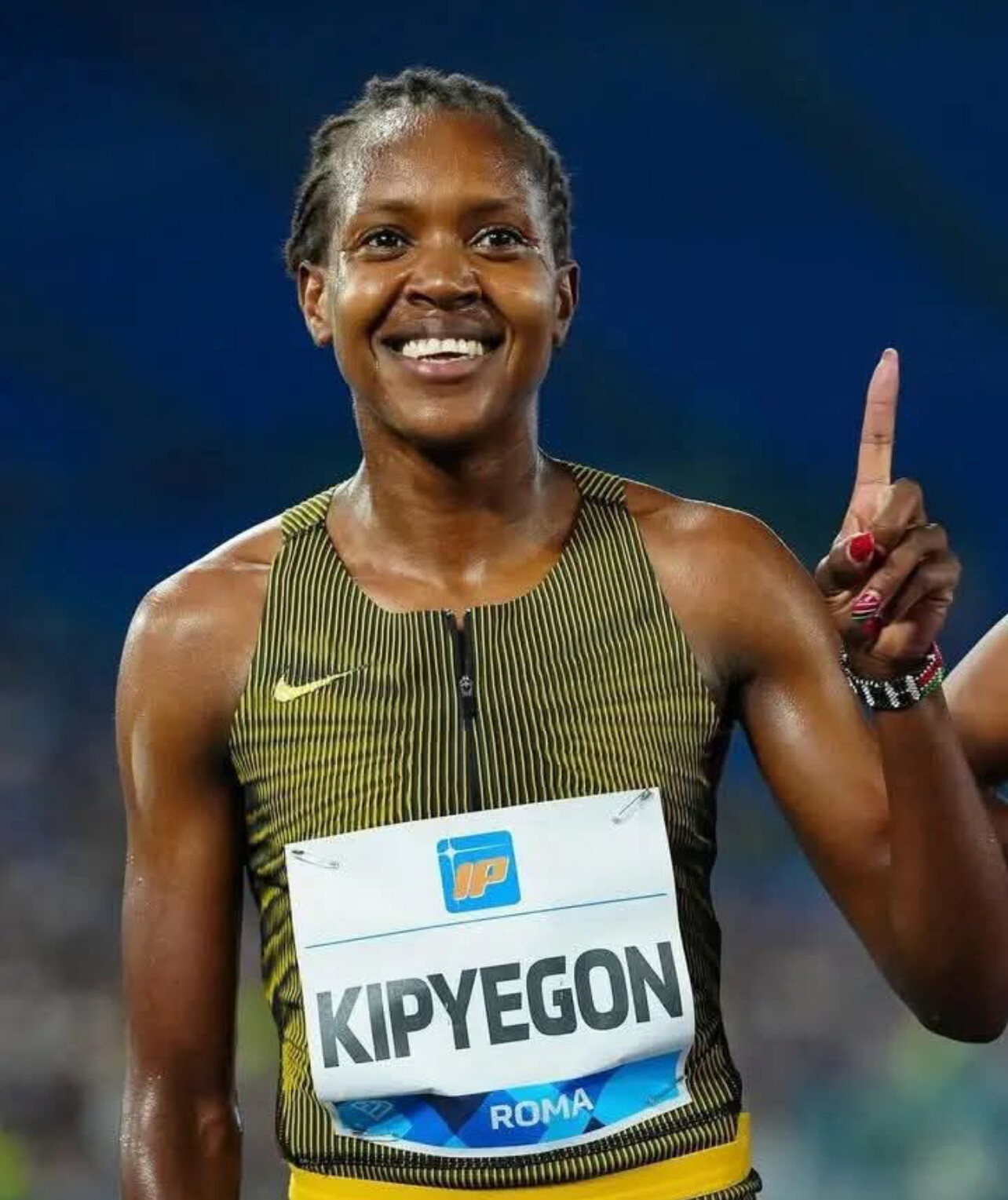
He’s right. Faith will have more chances. She’s too talented not to. But next time, I hope the planners listen—to athletes, to coaches, to those who understand what’s required to break barriers. High-tech shoes and flashing lights don’t make history. Precision, psychology, and smart pacing do.
This was a missed opportunity. Let’s not miss the next one.
by Bob Anderson
Login to leave a comment
I still don’t think she would have run under 4 minutes but probably 4:02 or more and it would have been so much better to watch. - Bob Anderson 6/26 1:10 pm |
Charles Ngeno Joins KATA to Help Build Kenya’s Next Champions
With more than 15 years of experience coaching distance runners at the highest level, Charles Ngenohas dedicated his life to unlocking the potential of Kenyan athletes. Now, as a KATA Running Camp operator, he brings that expertise to one of the country’s most innovative athletic development programs—combining elite coaching with a sustainable, community-driven model.
“I’m thrilled to join the KATA Running Camp program, where I’ll share my expertise and passion for athletics with talented young runners,” Ngeno says. “With over 15 years of coaching experience and a proven track record of developing world-class athletes, I’m confident in my ability to contribute to the program’s success. I’m excited to work with the KATA team to identify and nurture emerging talent, and to help athletes achieve their full potential. Together, we’ll take Kenyan athletics to new heights and inspire a new generation of runners.”
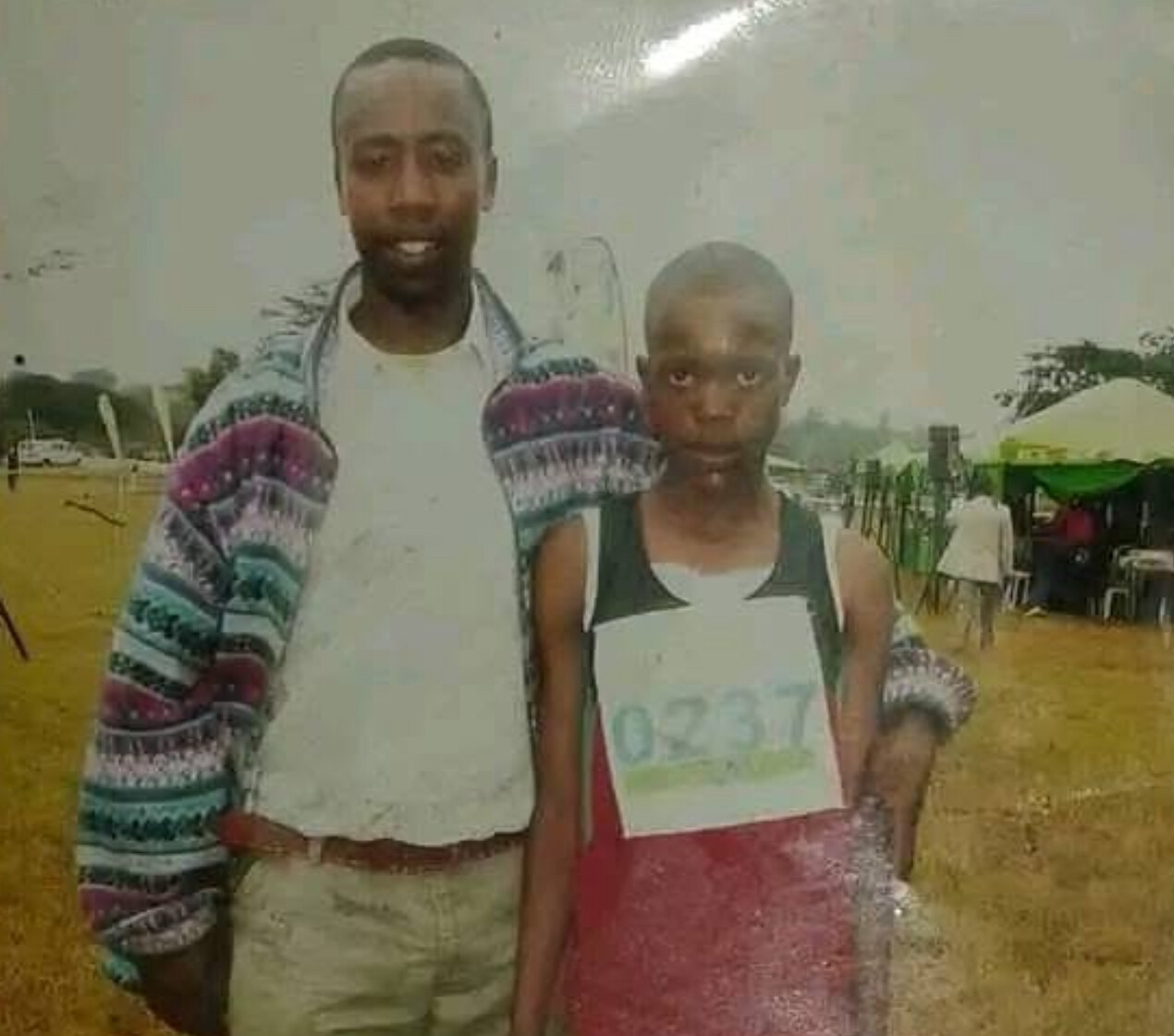
Ngeno’s coaching career has included mentoring both junior and senior athletes—many of whom have risen to national and international prominence. One of the most notable names he worked with early on is Faith Kipyegon, now a two-time Olympic champion and world record holder in the 1500m. Ngeno played a role in her formative development, helping guide her at a key moment in her youth when she was discovered near Keringet Township.
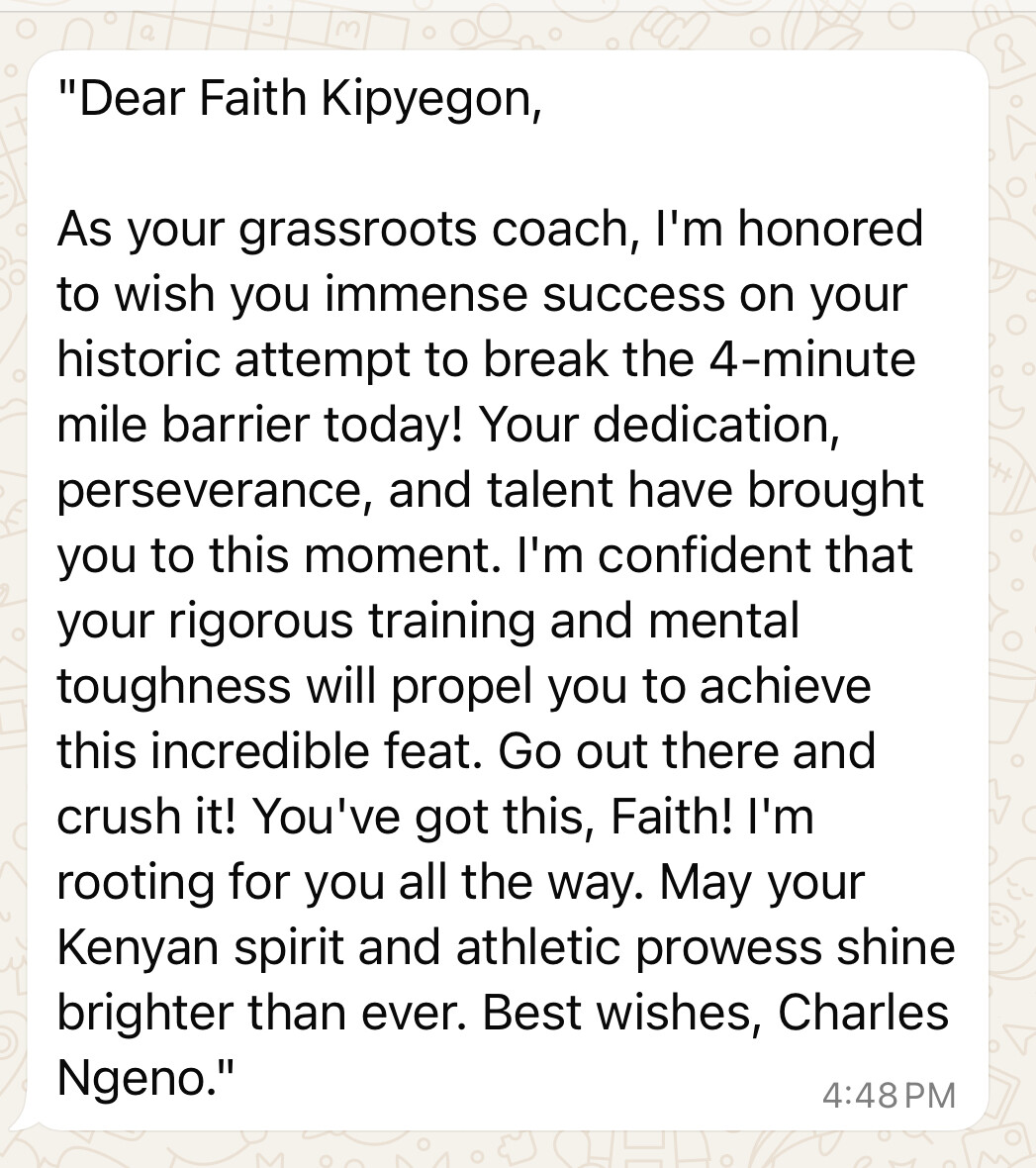
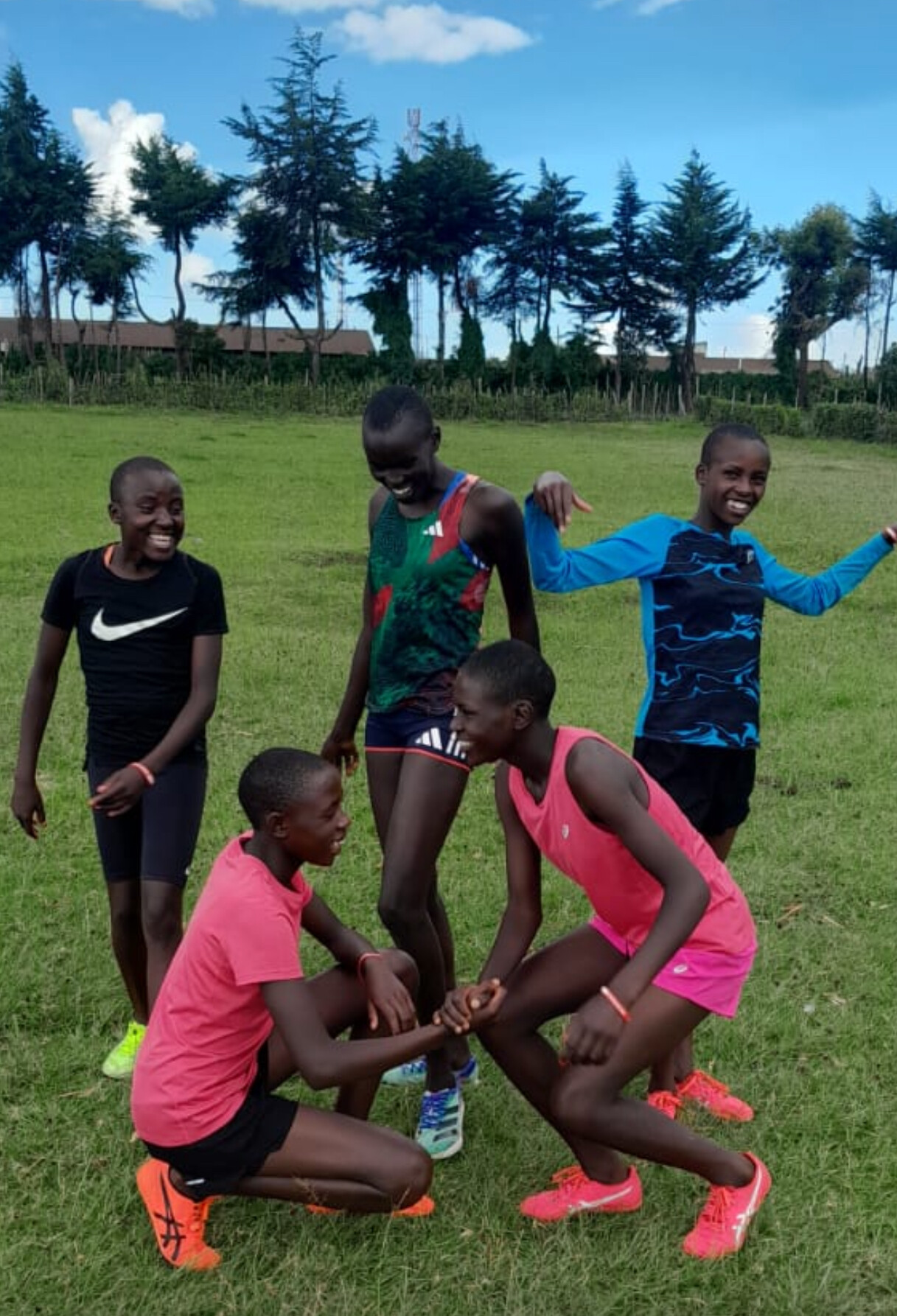
That early influence continues to resonate. Kipyegon is now attempting to do what no woman has ever done—break the four-minute barrier for the mile. The historic run is scheduled for June 26 in Paris as part of Nike’s “Breaking4” project, with the global running world watching closely. Ngeno, meanwhile, is back where his heart has always been: coaching on the ground in Kenya and building future champions.
The KATA model is unlike any other. Each camp is linked with a three-acre potato farm, where athletes work part-time—25 hours a week—in exchange for full room, board, and expert coaching. The combination of structured training and sustainable agriculture allows athletes to focus entirely on their development, while also contributing to the local economy.
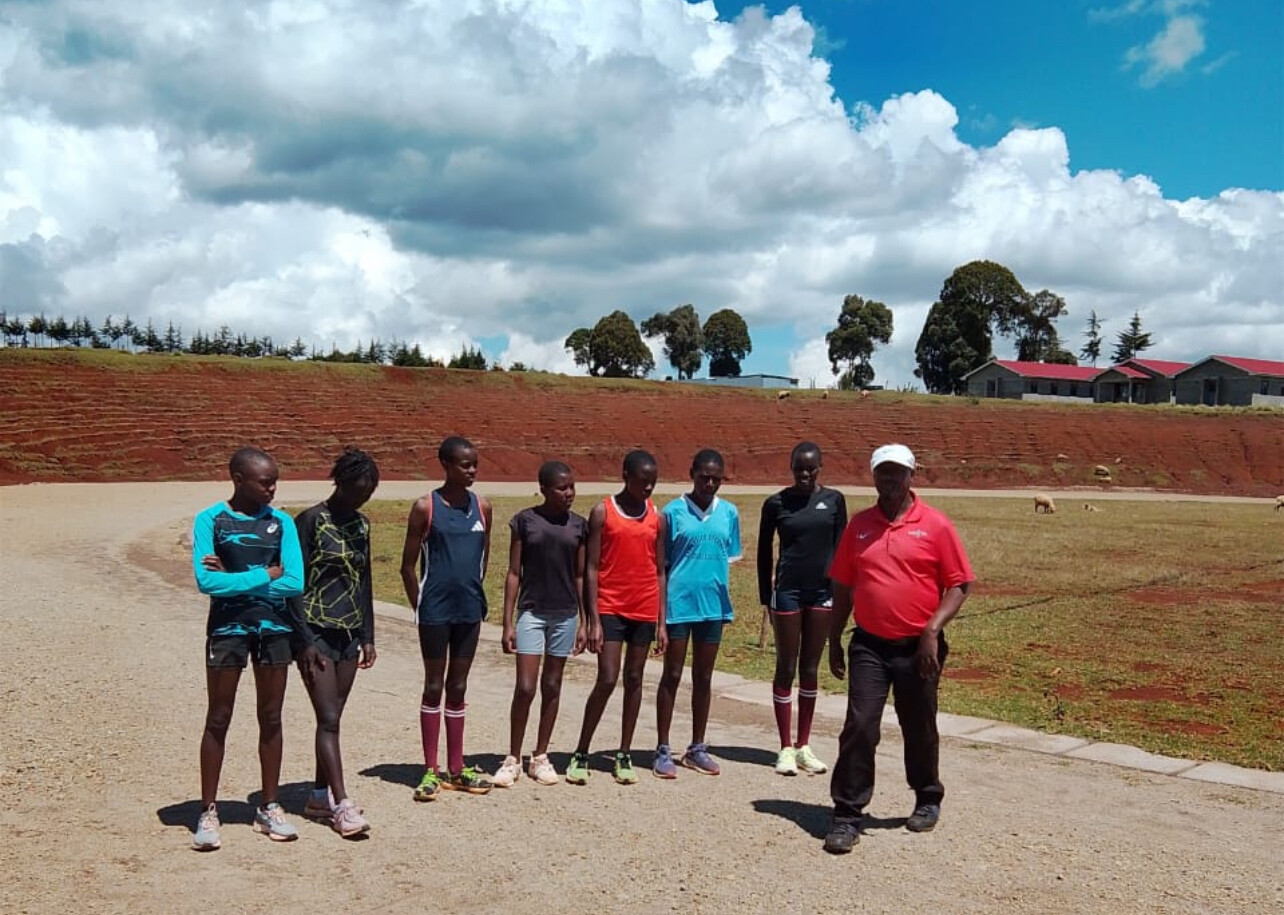
As a camp operator in Olenguruone, Ngeno oversees not only the athletic training but also the day-to-day structure of the farm program. His hands-on approach, deep knowledge, and commitment to discipline and consistency make him the ideal leader for this environment.
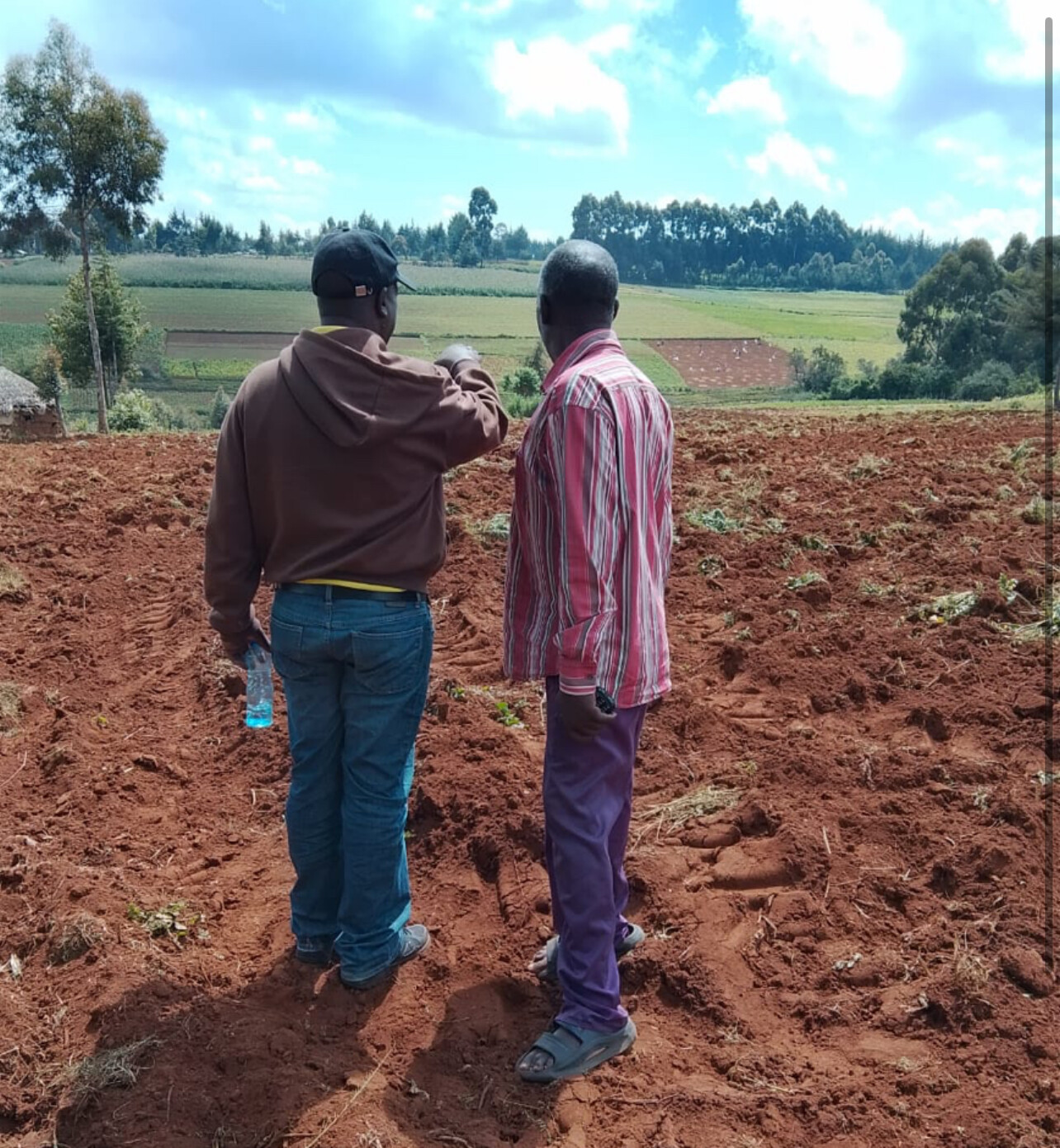
“This isn’t just another training camp,” he says. “This is a platform for real opportunity. We’re giving athletes who might otherwise be overlooked the chance to build something—to compete, to grow, and to give back. I’ve seen what’s possible when someone believes in you. I want to be that person for these runners.”
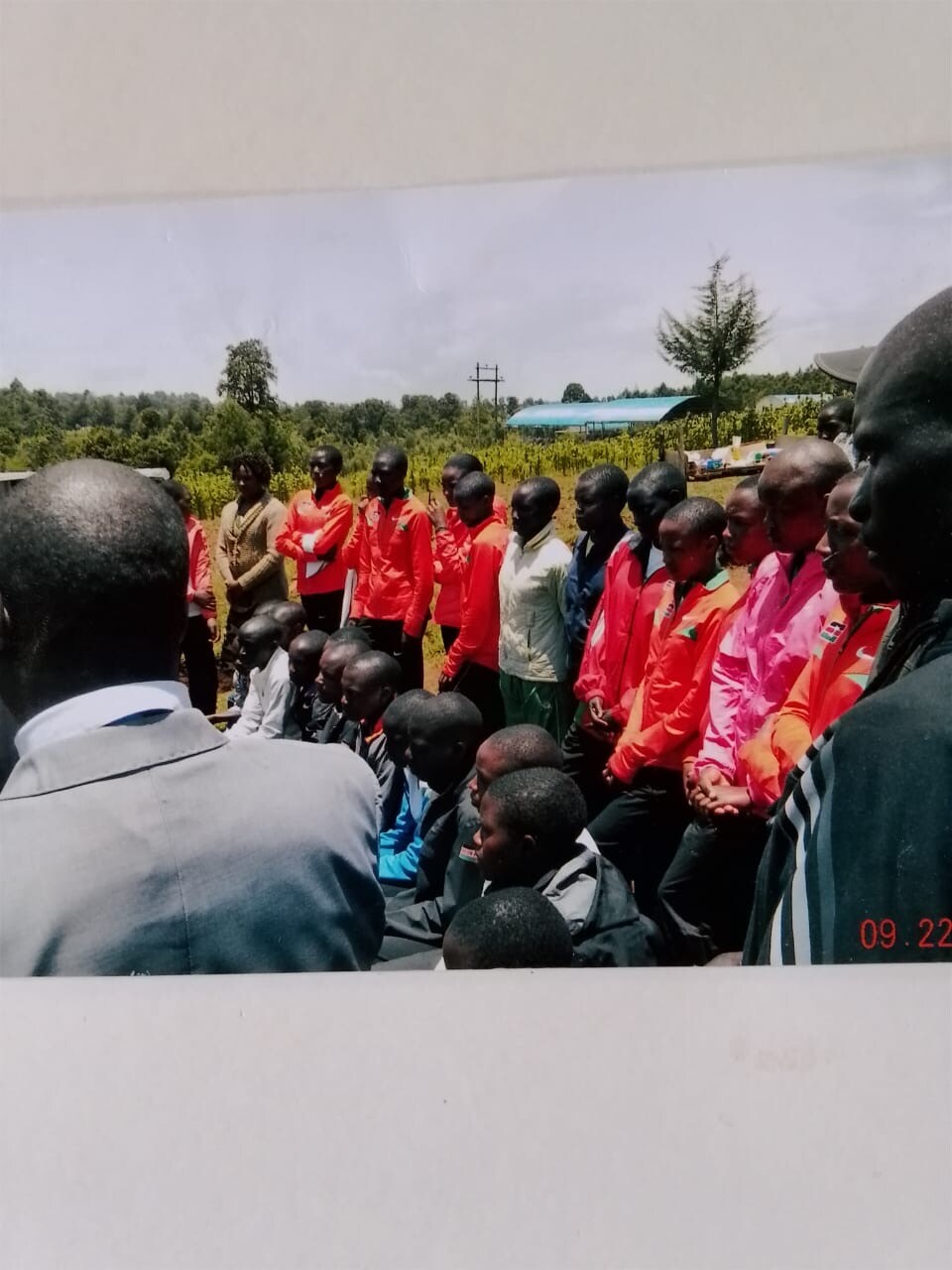
With camps already in operation across Kenya, and more launching every month, KATA is expanding rapidly under the leadership of founder Bob Anderson, who launched the original KATA in Thika in 2019. All camps follow the same guiding philosophy: develop talent locally, create economic opportunity, and prepare runners for the world stage.
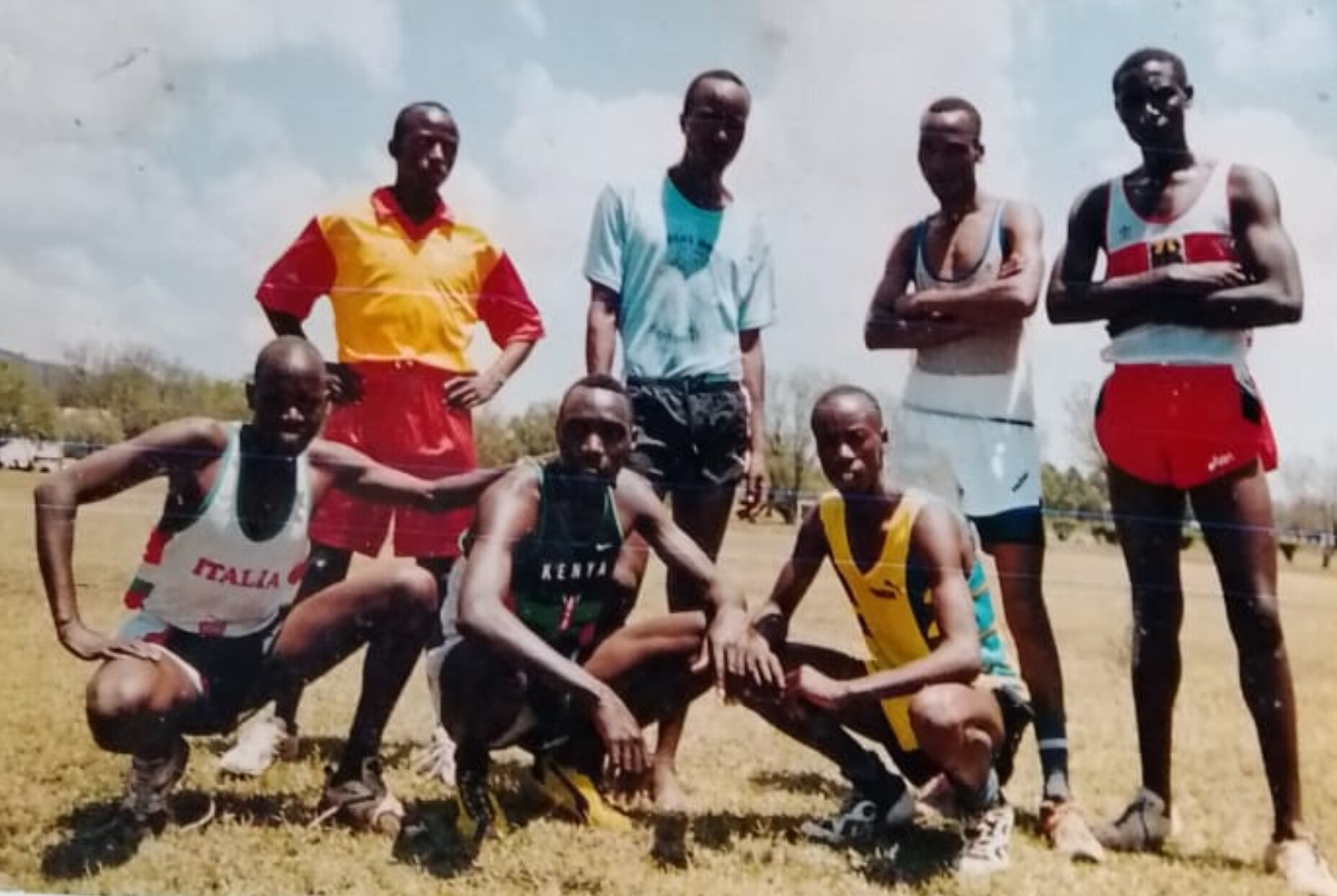
Charles Ngeno’s presence adds serious strength to that mission. His career, his values, and his passion align perfectly with the vision of KATA. And for the athletes training under his guidance today, the path forward has never looked more promising.
by Boris Baron
Login to leave a comment
Faith Kipyegon vs. the Clock — Can She Become the First Woman to Break the Four-Minute Mile?
Faith Kipyegon, the reigning world and Olympic champion and current world record holder in both the 1500m and the mile, is preparing for one of the most audacious feats in track and field history—breaking the four-minute barrier in the mile.
The attempt will take place on Wednesday, June 26, 2025, at Stade Charléty in Paris as part of Nike’s “Breaking4” initiative. The race is scheduled for the late afternoon, optimized for cooler weather and ideal pacing conditions.
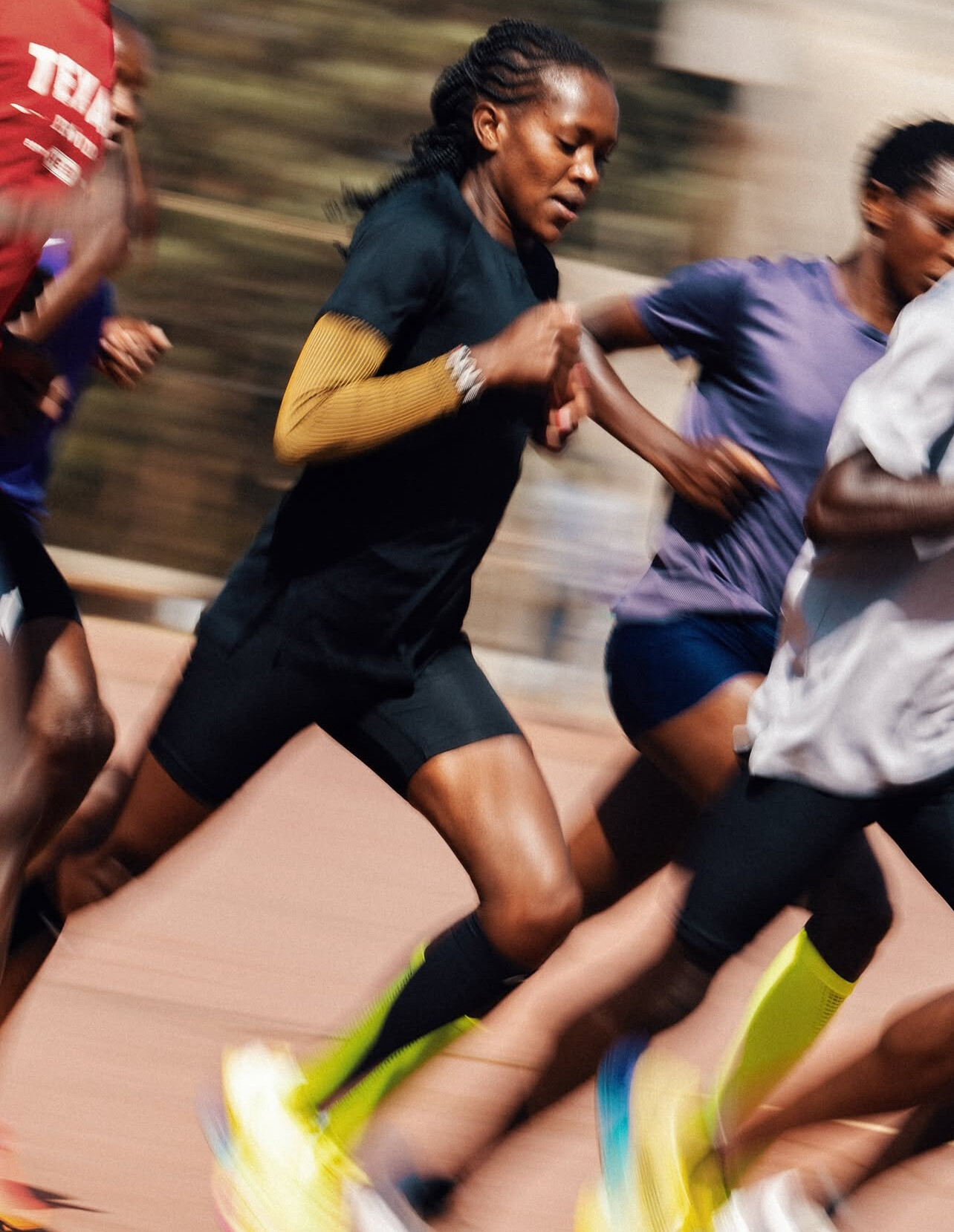
While the attempt will not be eligible for official world record ratification—due to likely use of rotating pacers, pacing lights, and other technological aids—it is poised to become a defining moment in women’s middle-distance running.
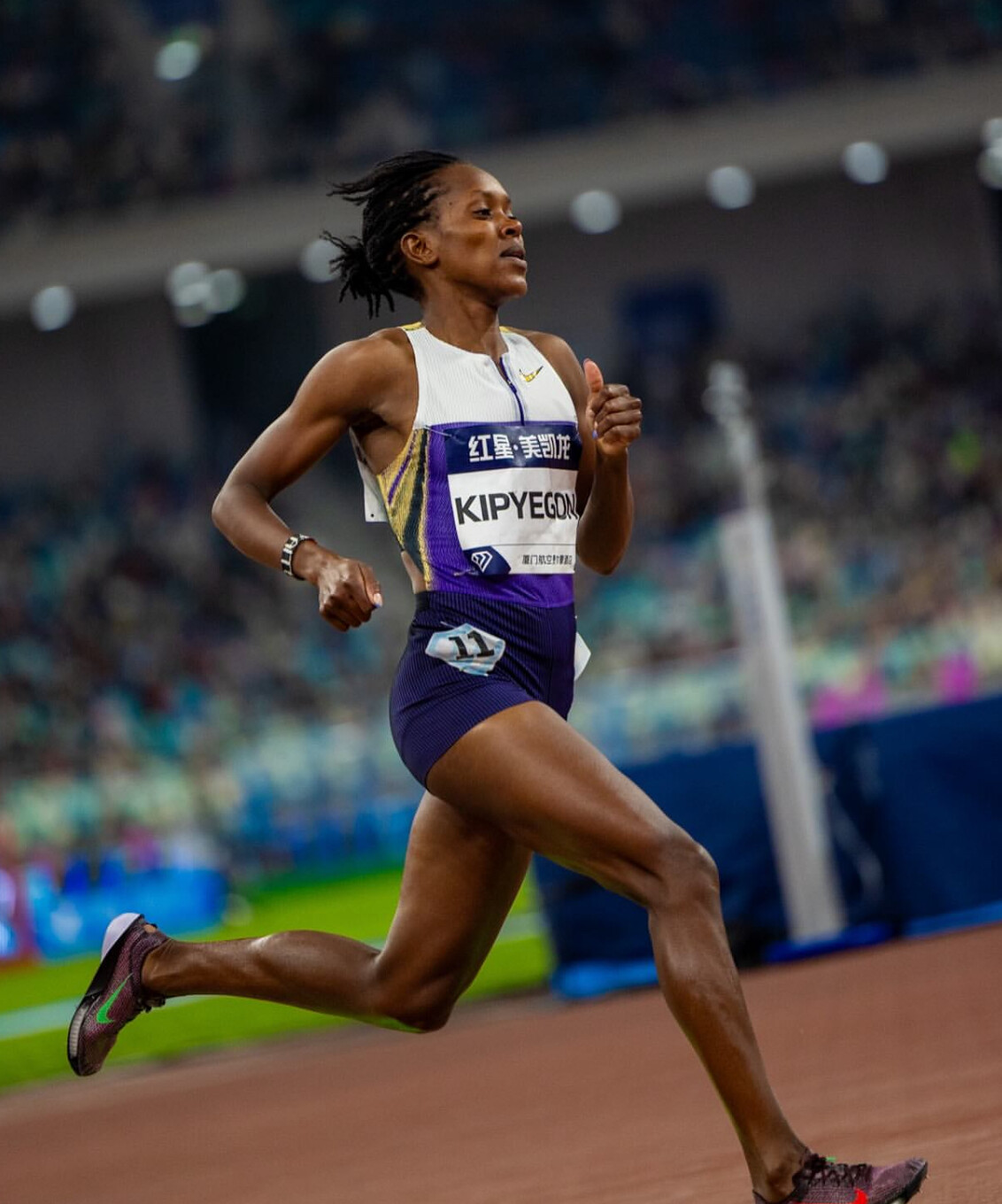
Faith Speaks: “We Have to Dream Big”
Kipyegon has never been one to back down from a challenge. In a recent press conference, she addressed the enormity of the task ahead.
“I think breaking four will really cement my legacy… Everything we do, we have to dream big and just believe in ourselves that we could do it,” Faith said.
She emphasized the importance of mindset over mechanics:
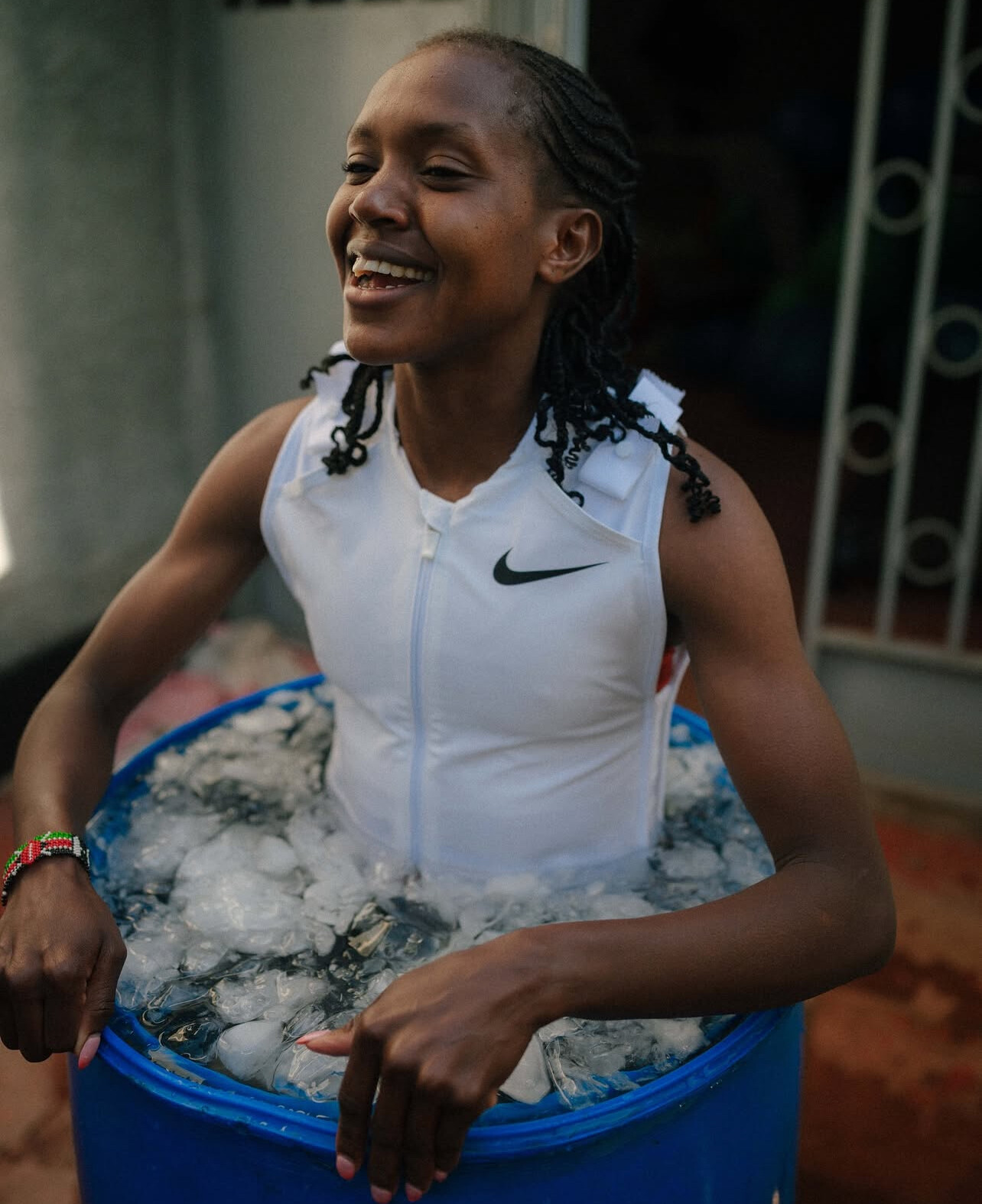
“It’s all about the mind… If you keep on telling yourself that you can do it, you can do it.”
How Big Is the Leap?
Kipyegon set the current women’s mile world record of 4:07.64 in Monaco in 2023. To go under four minutes, she would need to shave over seven seconds off that performance—a massive leap in elite middle-distance running.
For context, Roger Bannister’s famous sub-four in 1954 was just a 2-second drop from the previous best. Kipyegon would be attempting more than three times that.
Beatrice Chebet Shows Support
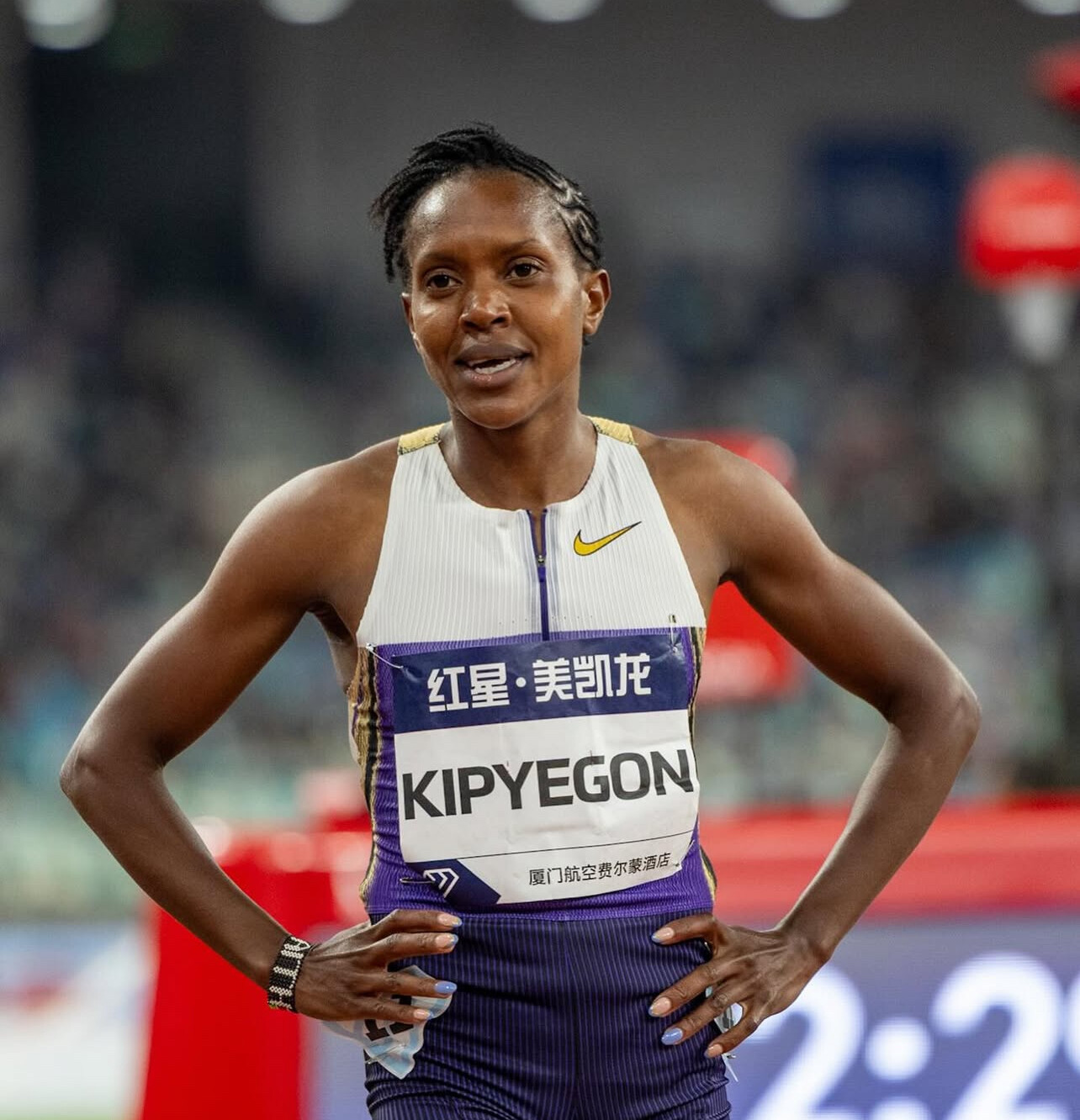
Fellow Kenyan and World Cross Country champion Beatrice Chebet has shown her full support for Faith ahead of the Paris attempt, applauding the courage it takes to take on such a goal and calling the moment “a powerful example for all athletes, especially young women.”
Doubters Remain
Not everyone believes the time is ripe for this breakthrough.
“I wish I was more positive, but I just don’t think it is going to happen,” says My Best Runs founder Bob Anderson. “Even with pacing and super shoes, it’s just too many seconds to knock off. She is an amazing athlete, and I’m sure Nike would pay an amazing amount of money to her if she does it. But to be the first woman to go under four minutes—even though it would not be official—is not going to happen now.”
Anderson adds,
“If she does do it, it would be an amazing moment in history. I’m old enough to remember when Roger Bannister accomplished this feat. That changed everything in men’s middle-distance running. If Faith does this, it would be the same for women.”
Why It Matters
• Historical Impact: A woman breaking the 4-minute barrier, even unofficially, would redefine what’s considered possible in the sport.
• Symbolism: It mirrors the legacy of Roger Bannister’s run, showing how mental and physical limits can be challenged.
• Inspiration: Nike’s Breaking4 project is about more than just time—it’s about belief. As Faith put it, “Dream big.”
All eyes now turn to Paris. Faith Kipyegon is more than just chasing a number—she’s chasing a legacy. Whether she cracks the four-minute mark or not, her attempt stands as a bold declaration: the future of women’s running is limited only by the size of the dream.
My Best Runs will be following the June 26 race closely. Stay tuned for full coverage.
by Boris Baron
Login to leave a comment
She Just Keeps Breaking Records
Jane Hedengren Runs 8:40.03 to Shatter Her Own American U20 and High School Record in the 3000m
Jane Hedengren isn’t just rewriting the record books — she’s obliterating them. On Saturday, June 21, at the Nike Outdoor Nationals in Eugene, Oregon, the 17-year-old phenom delivered another jaw-dropping performance, clocking 8:40.03 in the 3000 meters to lower her own American U20 and high school record.
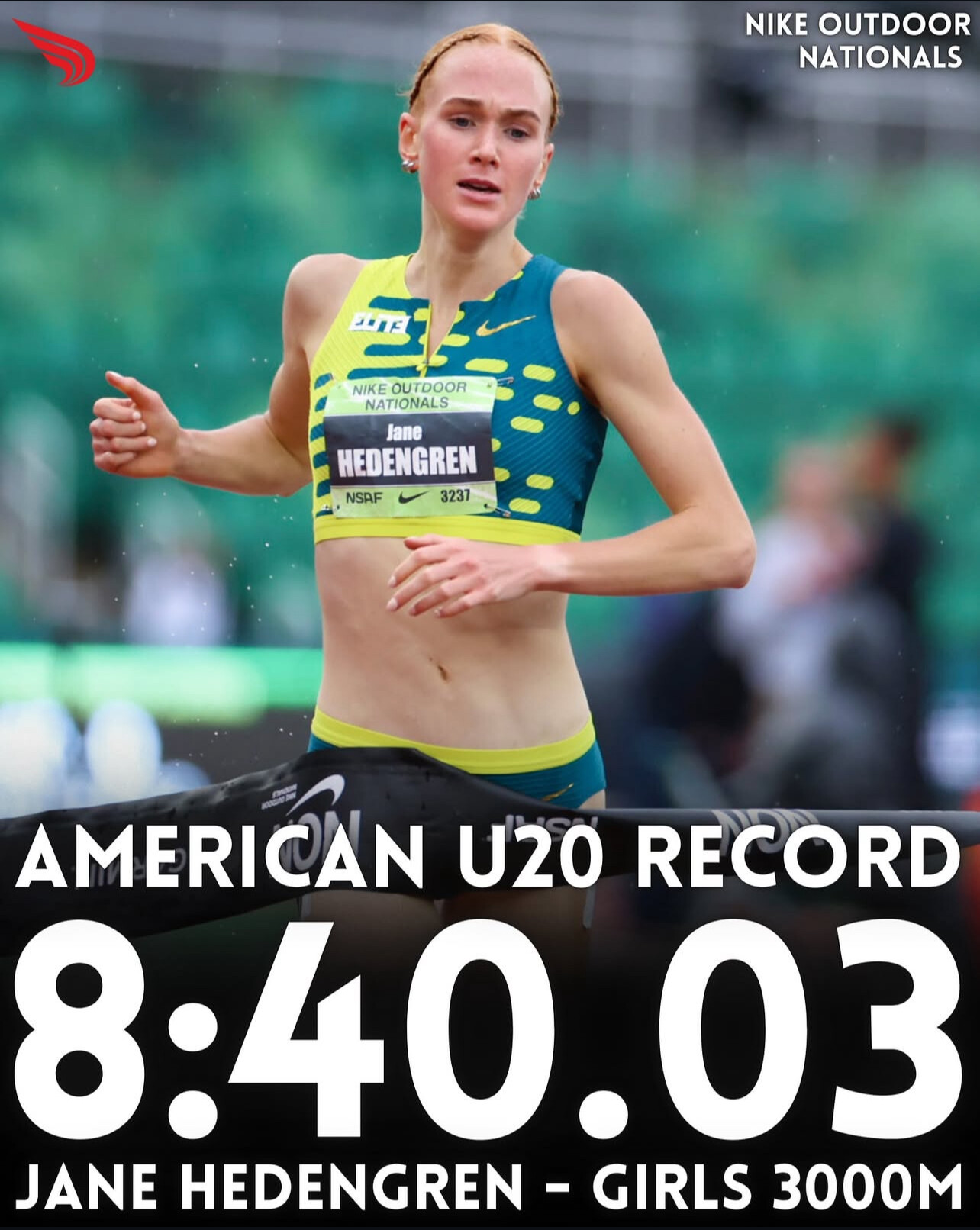
Or This mark, set on the storied track at Hayward Field, came just two weeks after Hedengren ran 8:40.99 at the Brooks PR Invitational — which, at the time, was the fastest 3000m ever run by an American high school girl. Saturday’s performance confirms what the track world is quickly realizing: we’re witnessing one of the most extraordinary distance runners the U.S. has ever produced at this age.
One of the Greatest Streaks in High School History
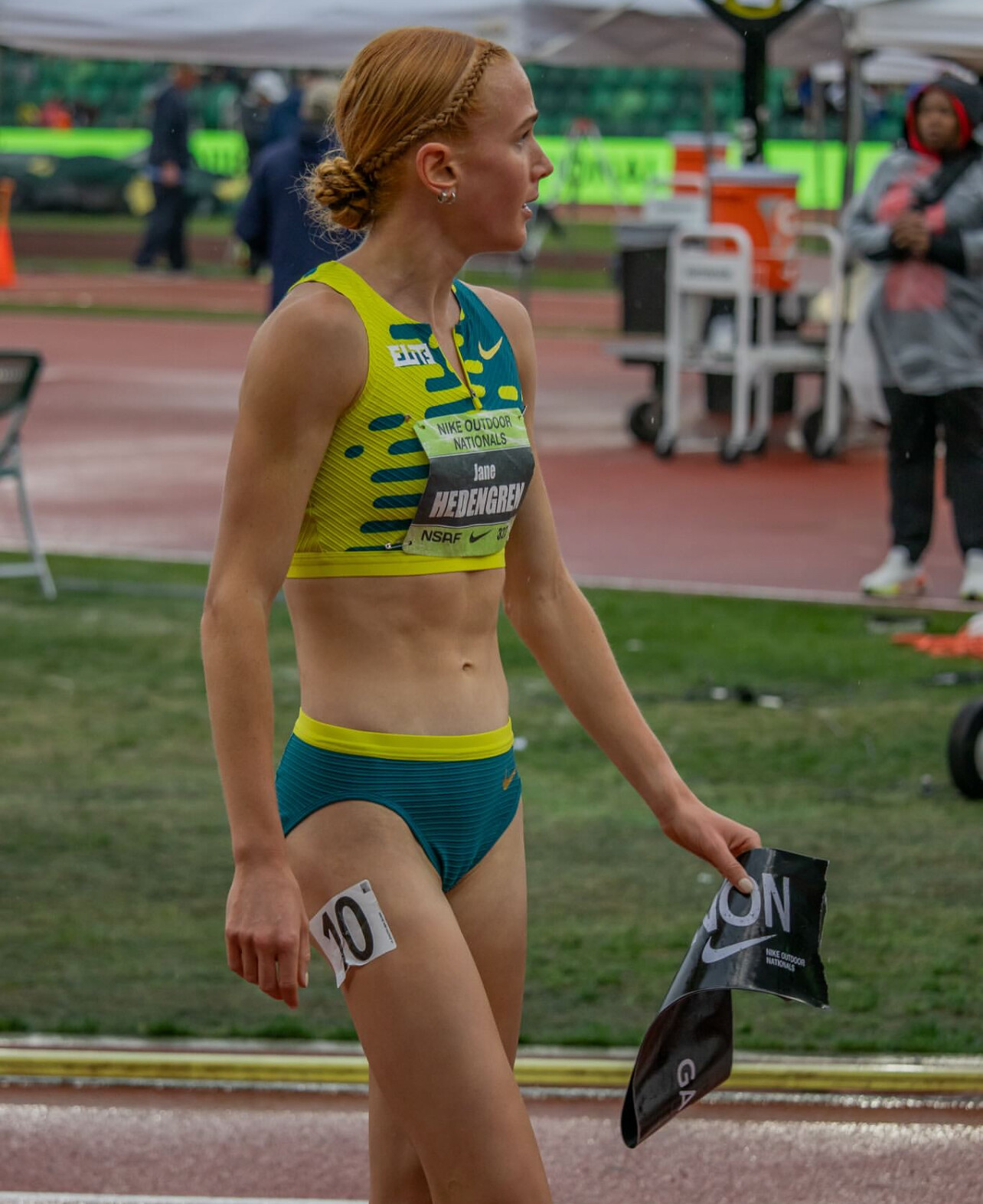
Hedengren’s 2025 season has been nothing short of historic. In the span of just a few months, she has broken high school national records in:
Mile – 4:23.50
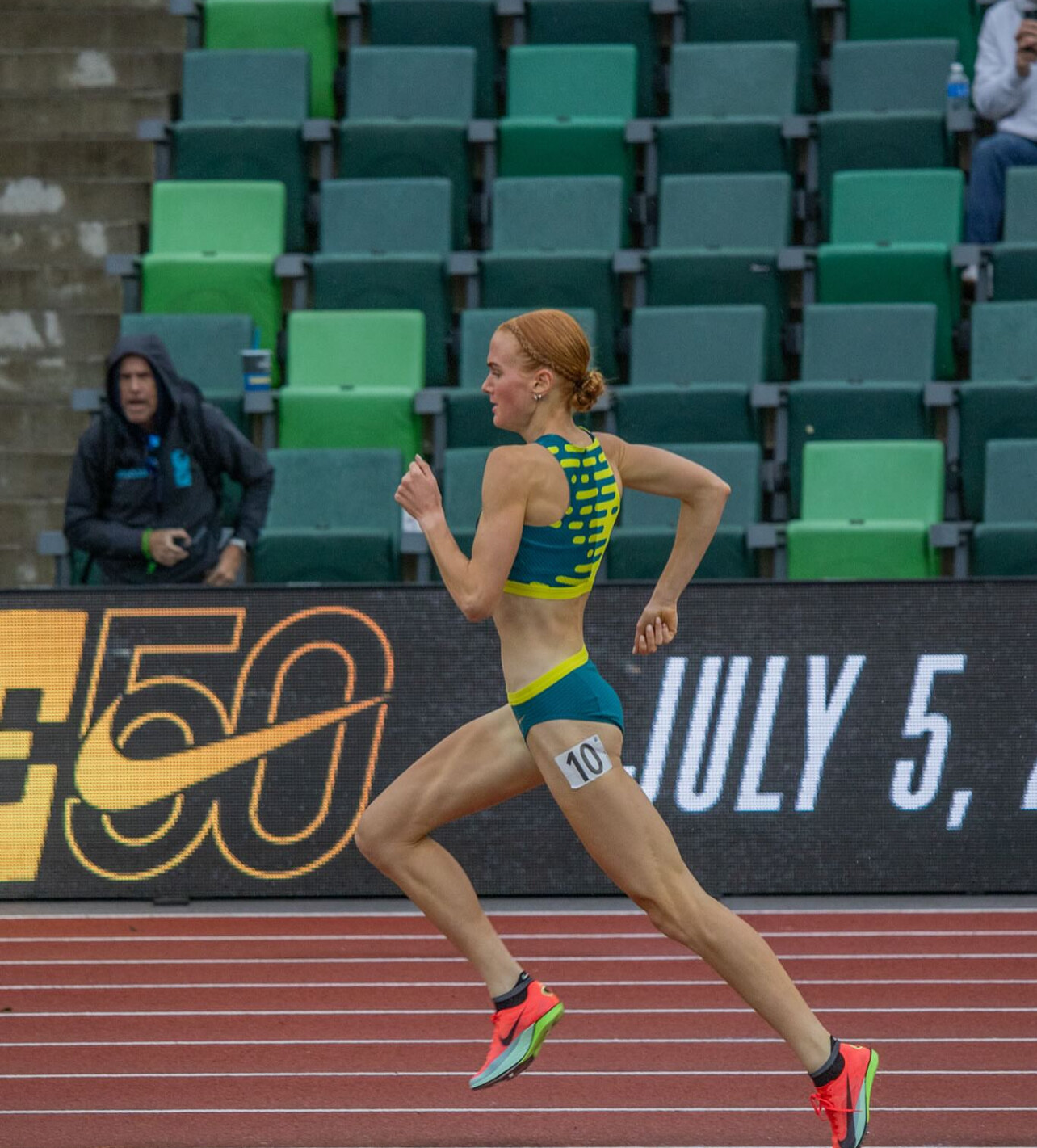
1600m – Converted from her mile time
Two Mile – 9:17.75 (en route during her previous 3000m record)
5000m – Both indoors and outdoors
3000m – Now twice, with her latest 8:40.03 mark
And she’s still not done.
Despite cool, rainy conditions in Eugene, Hedengren ran with poise and control, steadily widening her lead throughout the race. Her form was fluid, her pacing flawless — a reminder that even under less-than-ideal conditions, she is a generational talent.
A Glimpse into the Future
Hedengren, who has committed to BYU, is heading to college as the most decorated high school distance runner in recent memory. With times already rivaling some of the top NCAA runners, her transition to the next level could be seismic.
But beyond the times, it’s her consistency and fearlessness that are setting her apart. She’s not afraid to front-run, to chase big goals, and to compete against older, more experienced athletes. That mindset — combined with her physical gifts — suggests this is only the beginning.
What’s Next?
With the summer track season still in full swing, there’s a chance Hedengren could take aim at even more records, including some at the senior level. Whether or not she races again this season, her mark on 2025 is already indelible.
From the mile to the 5K, indoors and out, Jane Hedengren just keeps breaking records. Her latest — an 8:40.03 3000m — is not just another national best. It’s a signal to the running world: the future is here.
by Boris Baron
Login to leave a comment
Super Shoes or Super Runners? How Carbon-Plated Racing Shoes Are Reshaping the Distance Running World
A Bold Step Forward—or Too Much?
The eye-catching shoes in the images, with their bright yellow color and radical stack height, exemplify the cutting-edge engineering behind today’s carbon-plated distance racing shoes. These models, possibly from Puma’s Nitro range, showcase an exaggerated rocker design, thick midsoles, and strategically placed carbon plates, all intended to maximize energy return. However, this aggressive design pushes the limits of World Athletics regulations, which restrict stack heights to a maximum of 40mm for road races. If these shoes exceed that, they would be deemed illegal in sanctioned competitions—a fine line that highlights the tension between innovation and fairness in modern distance running.
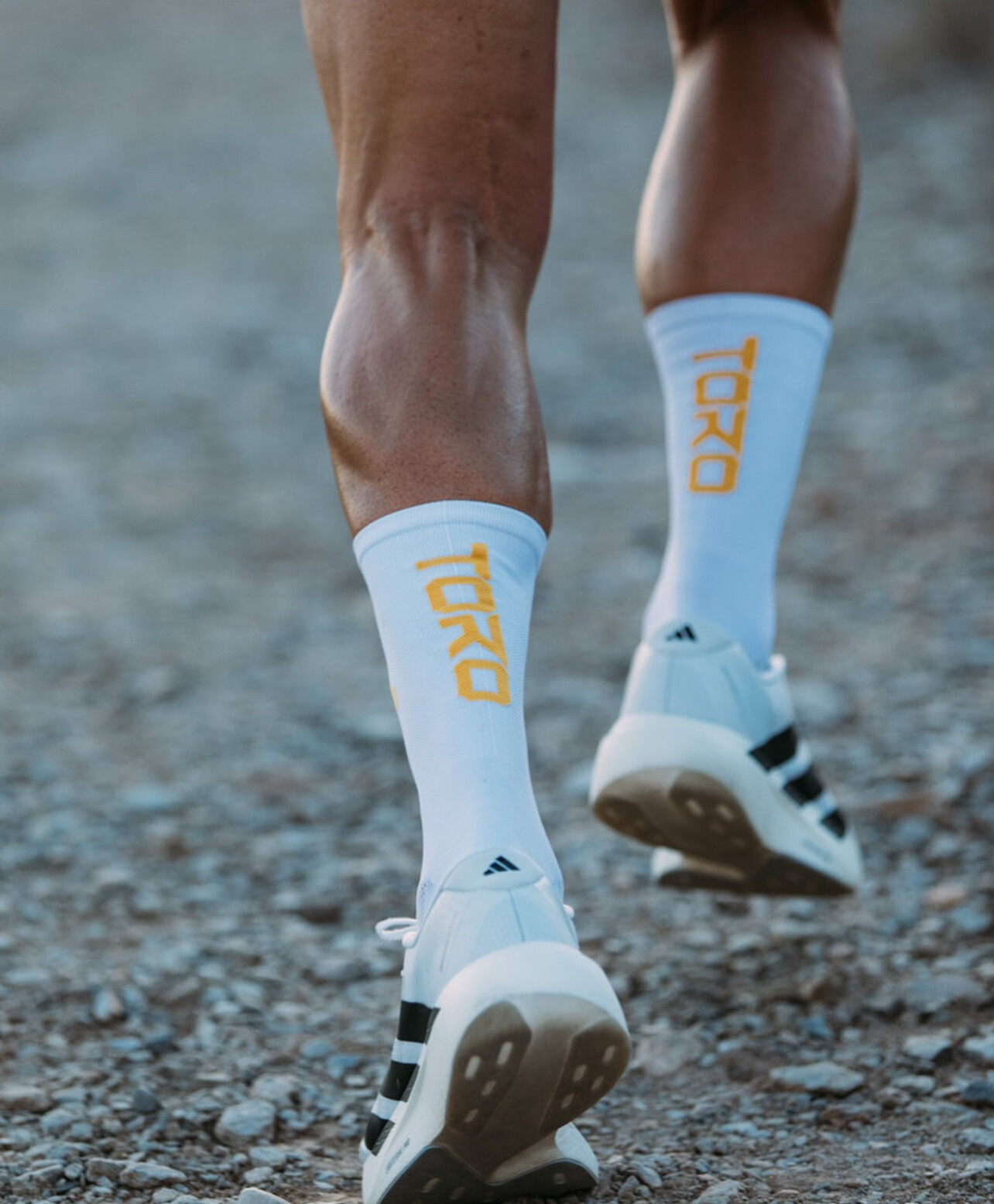
Over the past few years, the distance running community has witnessed a revolution, not just in athletic performance but in technology. At the heart of this transformation are the carbon-plated “super shoes,” with models like the Nike Alphafly 3, Adidas Adizero Pro Evo 1, and Saucony Endorphin Elite capturing headlines—and finish lines.
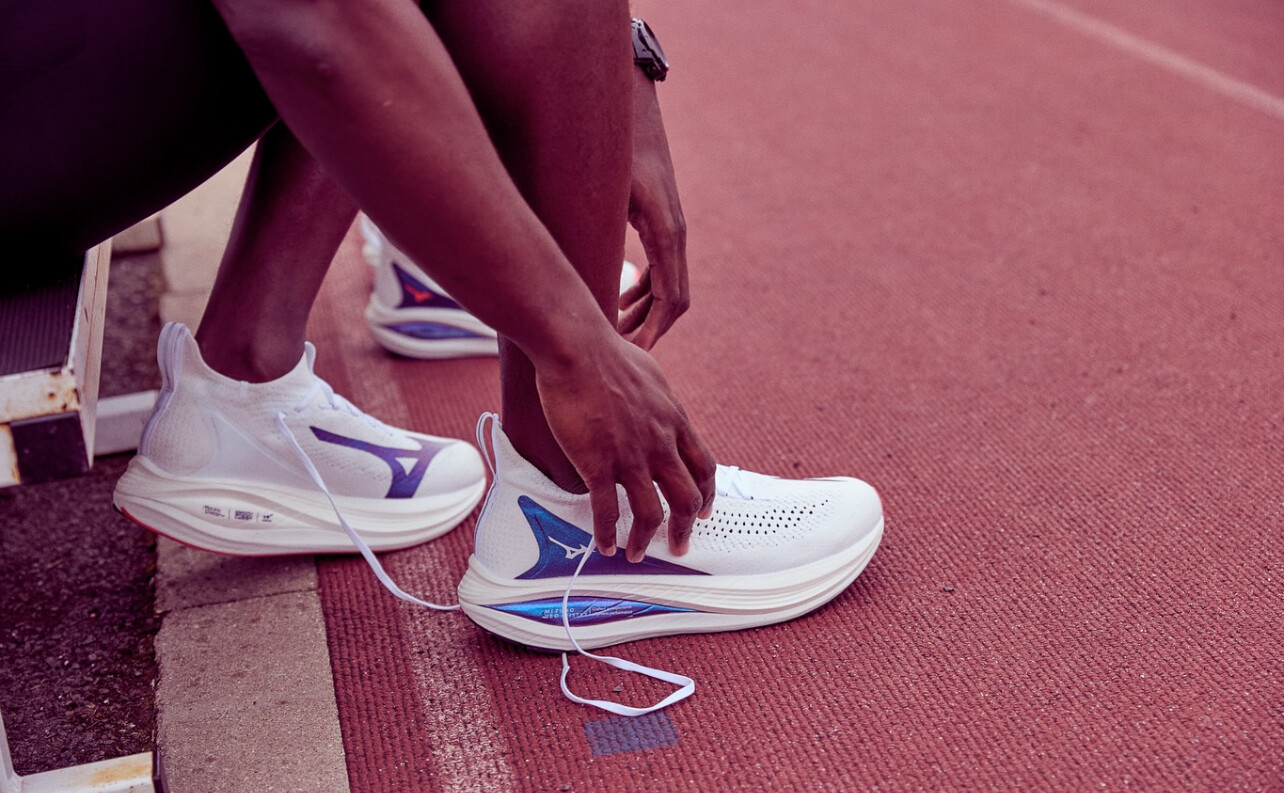
These shoes are more than just a flashy innovation. They represent a fusion of engineering, biomechanics, and material science aimed at optimizing energy return and minimizing fatigue. The secret lies in their construction: a lightweight, resilient foam midsole paired with a rigid carbon-fiber plate that creates a propulsive effect. Research has shown these super shoes can improve running economy by up to 4%, translating into crucial seconds—or even minutes—shaved off race times for elite athletes.
Marathon world records and personal bests are being rewritten at a blistering pace. From Eliud Kipchoge’s sub-two-hour marathon in a prototype Nike shoe to Tigst Assefa’s stunning women’s world record at the Berlin Marathon, the combination of human talent and advanced footwear is undeniable.
However, this technological leap hasn’t come without controversy. Critics argue that super shoes are blurring the line between natural ability and mechanical advantage, creating an uneven playing field. Access is also a concern: with many of these models retailing at $250 or more, elite athletes and well-funded programs often have a leg up on competitors who can’t afford the gear. Some purists feel this shift detracts from the simplicity and rawness of the sport, which historically prized grit and determination over gear.
Yet others argue that innovation is inevitable. After all, every era of distance running has had its technological advances, from cinder to synthetic tracks, from wool to moisture-wicking gear. Super shoes are merely the latest chapter in this ongoing evolution. They offer athletes a tool—how they use it is still up to them.
For amateur runners, these shoes are not just for the elites. Weekend warriors chasing personal records have embraced carbon-plated models, with many reporting improvements in comfort and reduced post-race soreness. But it’s essential to note that no shoe can replace proper training, nutrition, and race strategy.
Looking ahead, the super shoe debate will likely continue, especially as brands develop even more advanced models. World Athletics, the sport’s governing body, has already implemented regulations on shoe design and stack height to maintain some level of fairness.
In the end, the question remains: are we witnessing the rise of super runners, or is this the dawn of a new era where gear becomes as crucial as training? Either way, carbon-plated racing shoes have changed distance running forever—and there’s no turning back.
"As a master runner I like a shoe that does not have such a thick sole," says 77 year old lifetime runner Bob Anderson. "I have taken a few falls and these new super shoes could be a problem."
by Boris Baron
Login to leave a comment
Remembering Steve Prefontaine: 50 Years Since His Untimely Passing
On May 30, 1975, the running world lost one of its most charismatic and determined figures: Steve Prefontaine. Known simply as “Pre,” he wasn’t just a distance runner—he was a phenomenon, captivating fans with his relentless style and rebellious spirit. As we mark 59 years since his passing, let’s celebrate his life by sharing stories and facts that many may not know.
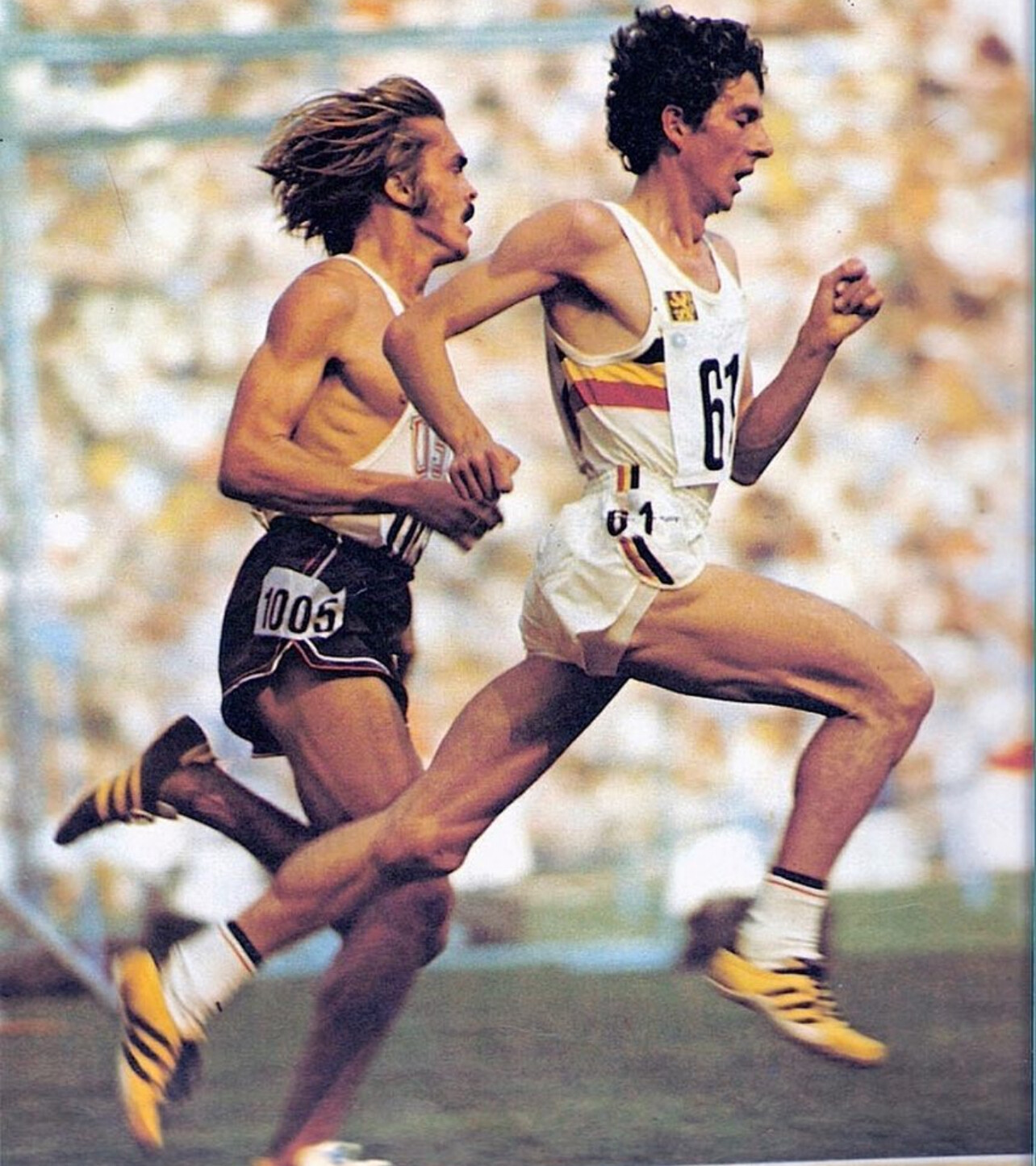
The Man Behind the Legend
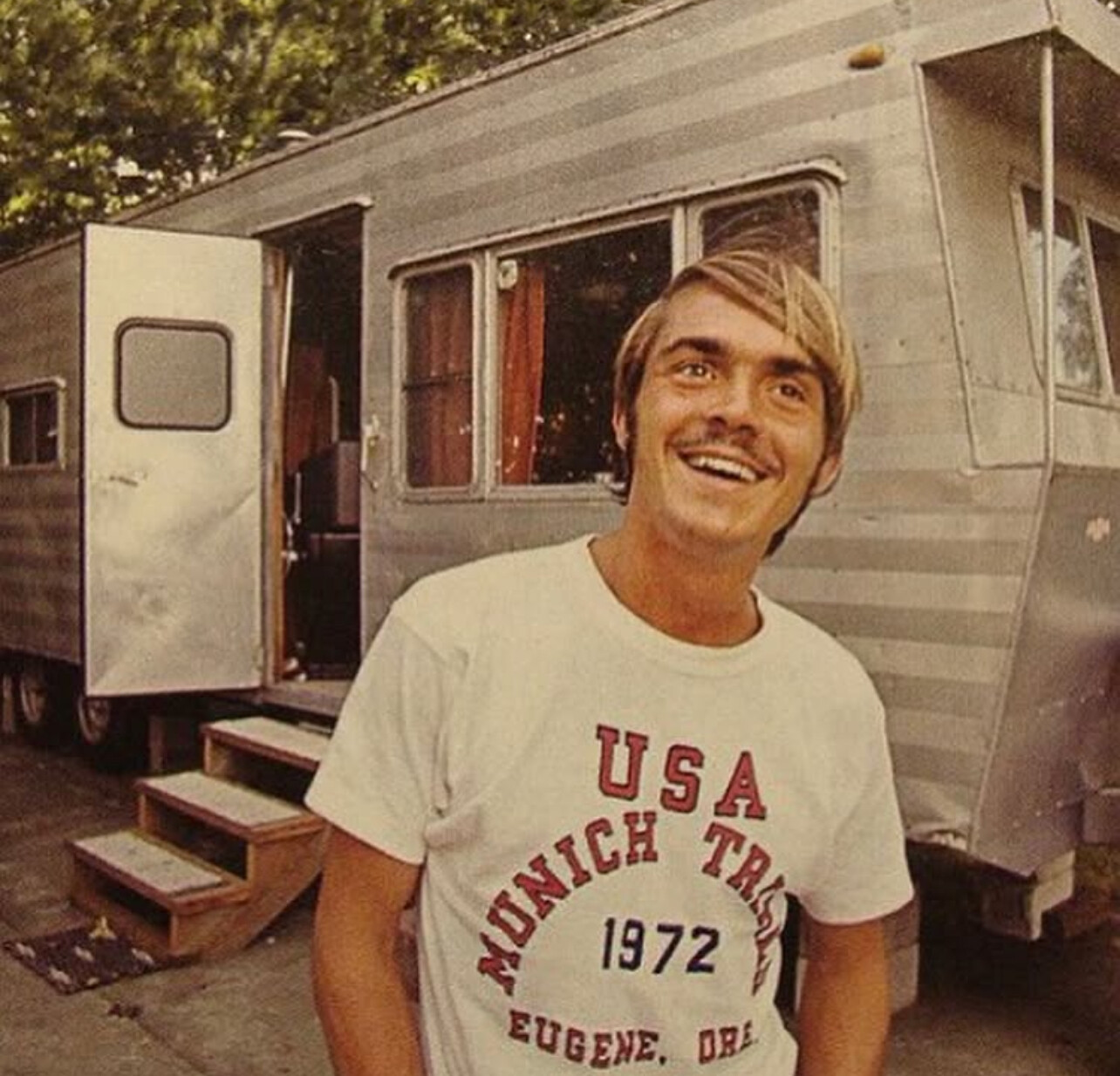
Born in Coos Bay, Oregon, Steve Prefontaine became a running icon in an era dominated by more conservative racing strategies. His front-running style—pushing the pace from the gun—symbolized not just his physical prowess but his sheer will to win.

While many remember his records, charisma, and tragic death at age 24, there’s more to Pre’s story:
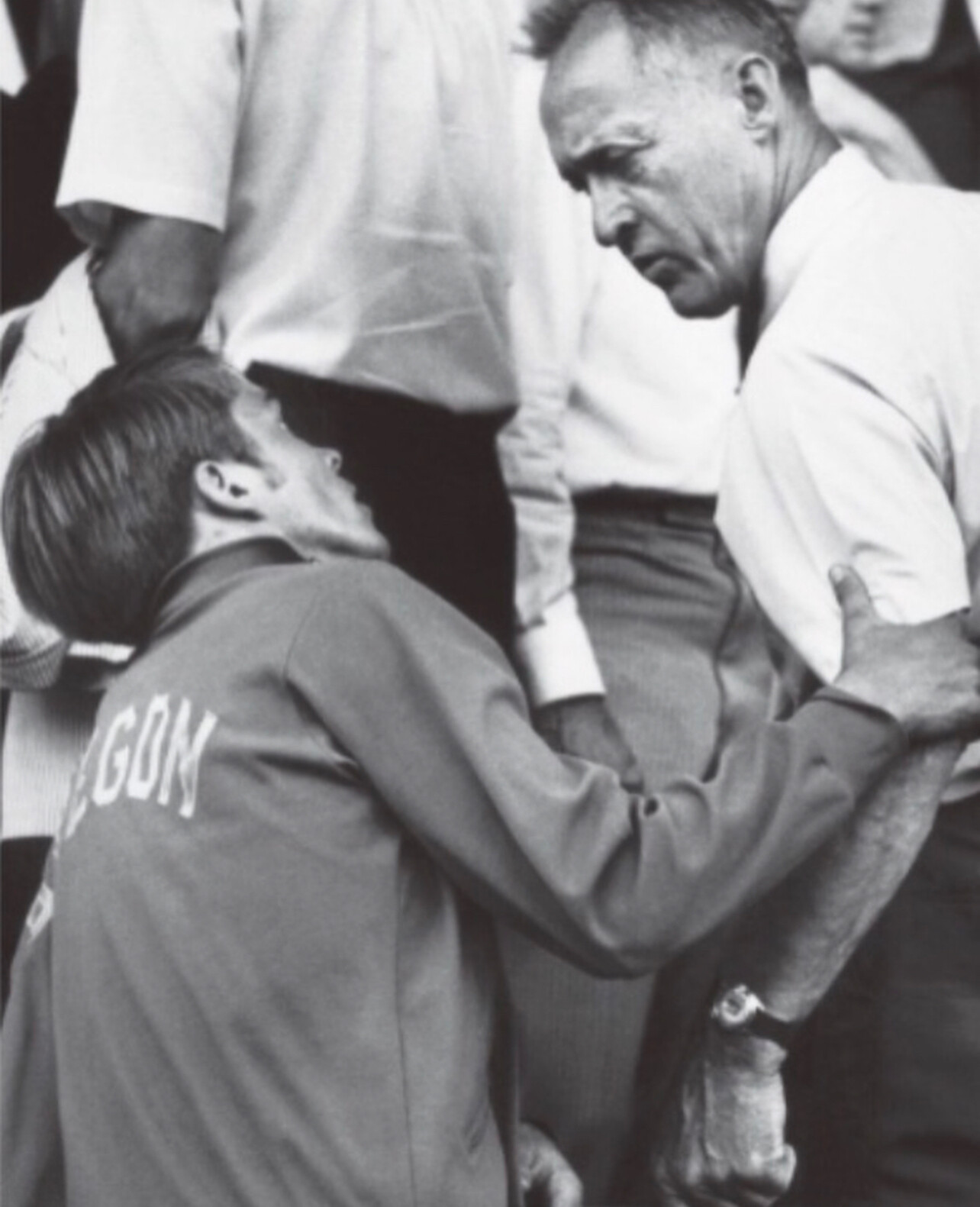
Lesser-Known Facts About Steve Prefontaine
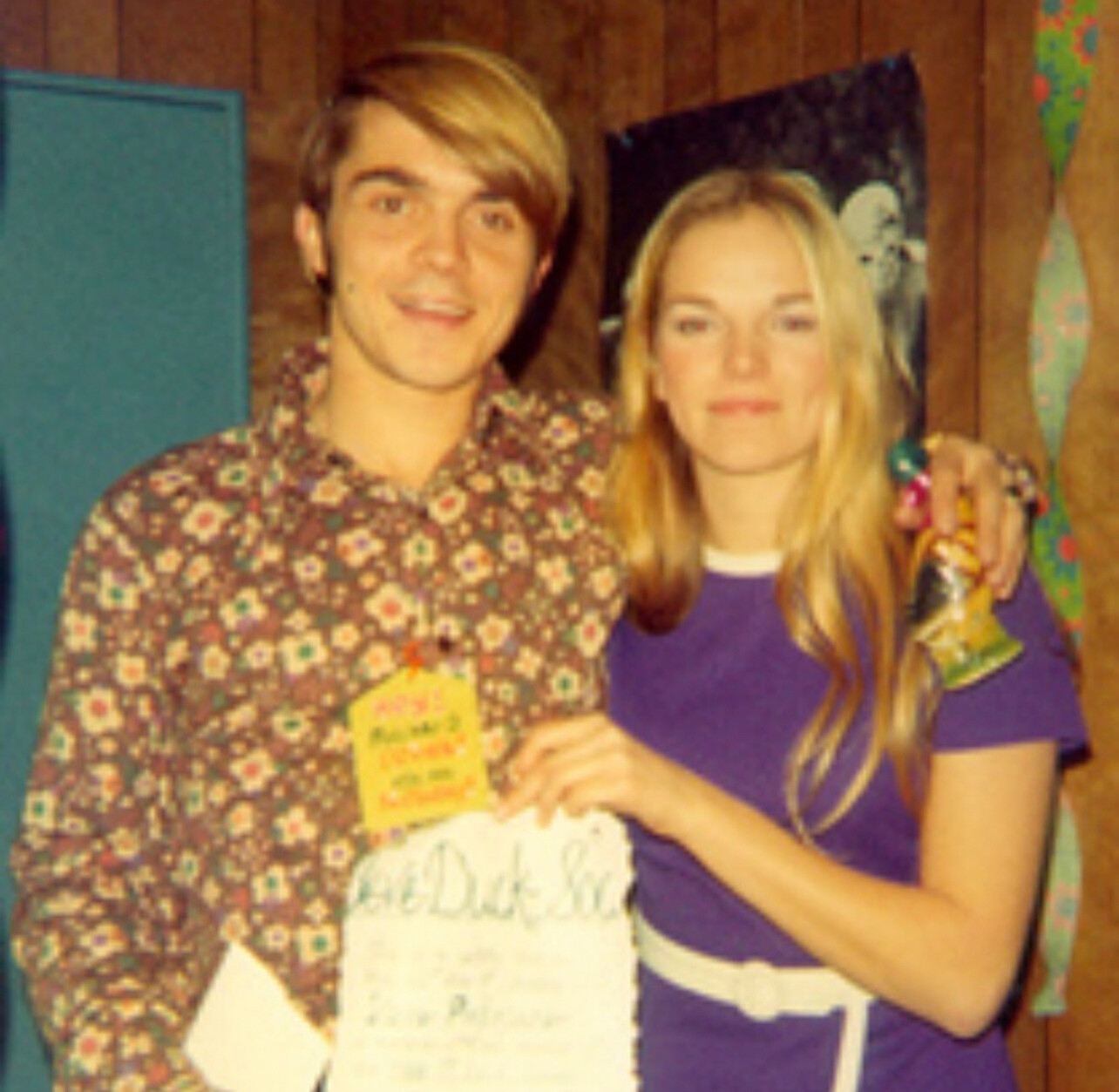
✅ His First Love Was Football
Before he discovered distance running, Prefontaine dreamed of playing football. His small stature (just over 5’9”) eventually led him to cross-country and track, where his natural talent shone.
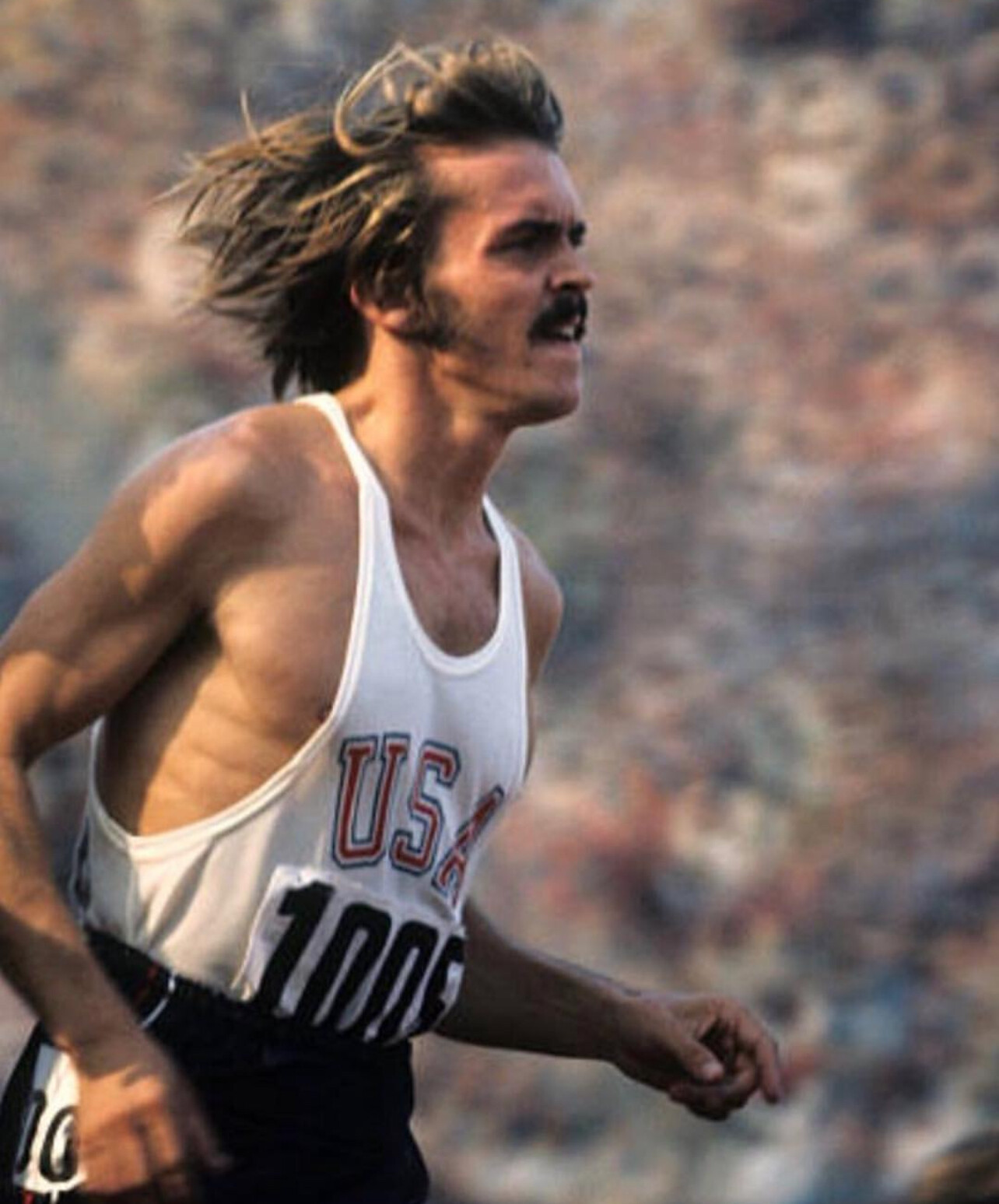
✅ He Was a Student of the Sport
Pre wasn’t just a competitor—he was a student of running. He meticulously logged his workouts and was known to study race tactics and course layouts in detail, even though he famously raced “without a watch.”
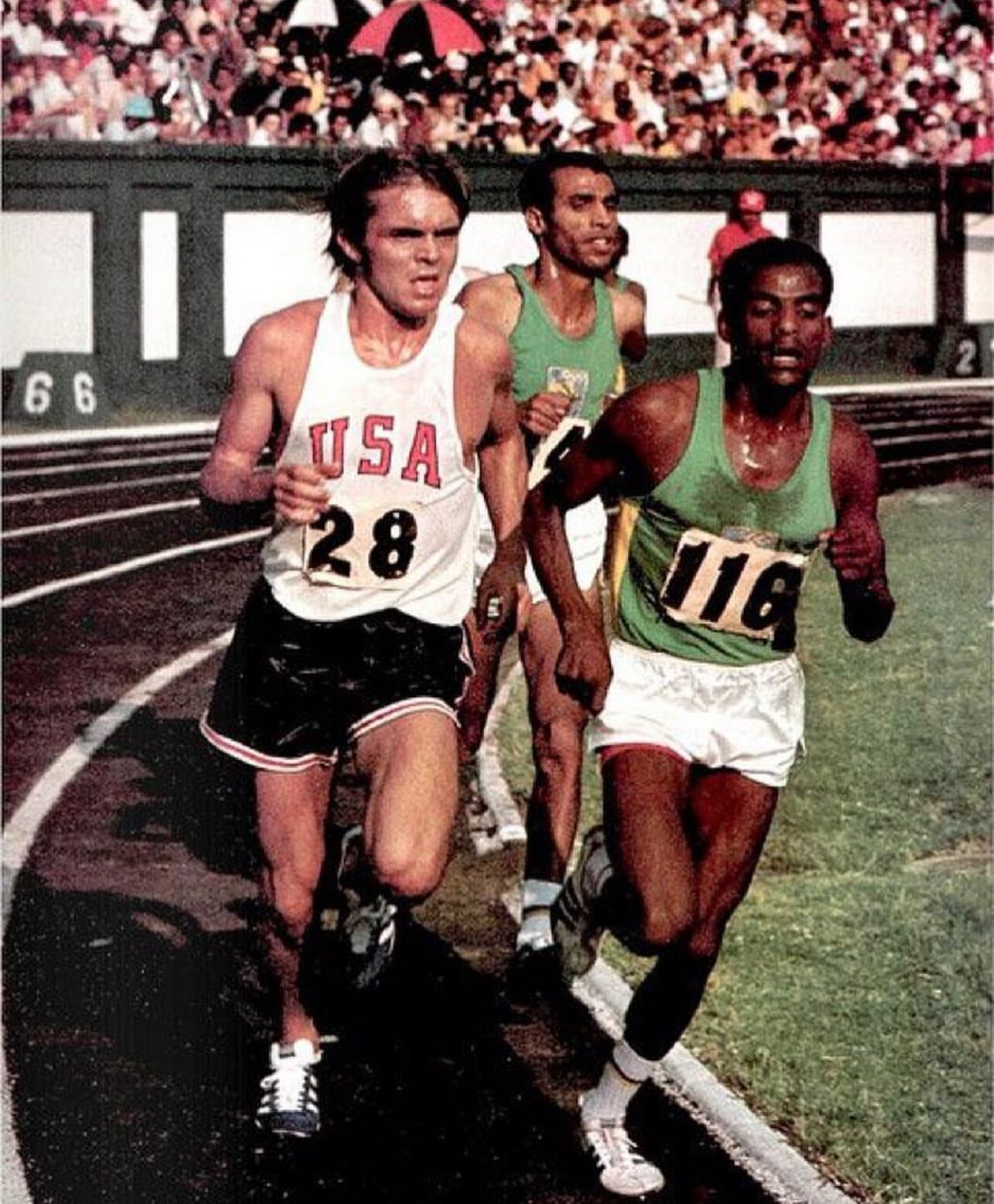
✅ He Worked Hard Off the Track
While at the University of Oregon, Prefontaine worked part-time at a bar called The Prince Pückler’s Ice Cream Parlor to make ends meet. He was known for being personable and engaging with customers.
✅ He Advocated for Amateur Athletes
Pre was a vocal critic of the AAU (Amateur Athletic Union) and its restrictive policies. He championed athlete rights, paving the way for future reforms in track and field compensation and professionalism.
✅ He Had an Eye for Art
Many don’t know that Prefontaine had a strong artistic side. He enjoyed sketching and was known to doodle during downtime, particularly in college.
✅ The 1972 Munich Olympics Fueled His Fire
After finishing fourth in the 5000 meters in Munich, just shy of the medals, Pre’s determination was stronger than ever. He was already planning his strategy for the 1976 Montreal Olympics—a dream tragically cut short.
✅ His Car Crash Had Controversial Theories
While officially ruled an accident (his MGB sports car flipped after hitting a rock wall), there have been whispers over the years of mechanical failure or other drivers being involved. Regardless, the crash at 24 years old left the running world stunned.
✅ He Was an Early Nike Ambassador
Phil Knight, co-founder of Nike, was an early supporter of Prefontaine. Pre wore early versions of Nike shoes and even helped test prototypes, playing a key role in building the brand’s credibility among elite athletes.
Legacy Beyond the Finish Line
Steve Prefontaine’s legacy isn’t just about times or places—it’s about spirit. His courage to lead from the front, his determination to fight for athletes’ rights, and his ability to inspire transcended the track. His story continues to resonate with runners and fans, even 59 years after his death.
As we reflect today, let’s honor Pre’s legacy not just by remembering his races, but by embracing his passion, fearlessness, and commitment to excellence.
by Boris Baron
Login to leave a comment
Jane Hedengren’s Historic 5K Was Just the Beginning of a Record-Breaking Spring
On April 17, 2025, Jane Hedengren made U.S. high school history by becoming the first American high school girl to run under 15 minutes for the 5,000 meters, clocking an astonishing 14:57.93 at the Bryan Clay Invitational in Azusa, California. Now, over a month later, the running world is still feeling the shockwaves of her performance—and she’s not done yet.
The senior from Timpview High School in Utah led much of the race against top collegiate and pro runners. Despite being passed in the final stretch, Hedengren finished third overall, showing poise, power, and world-class pacing. Only New Mexico’s Pamela Kosgei (14:52.45) and future BYU teammate Lexy Halladay-Lowry (14:52.93) crossed the line ahead of her.
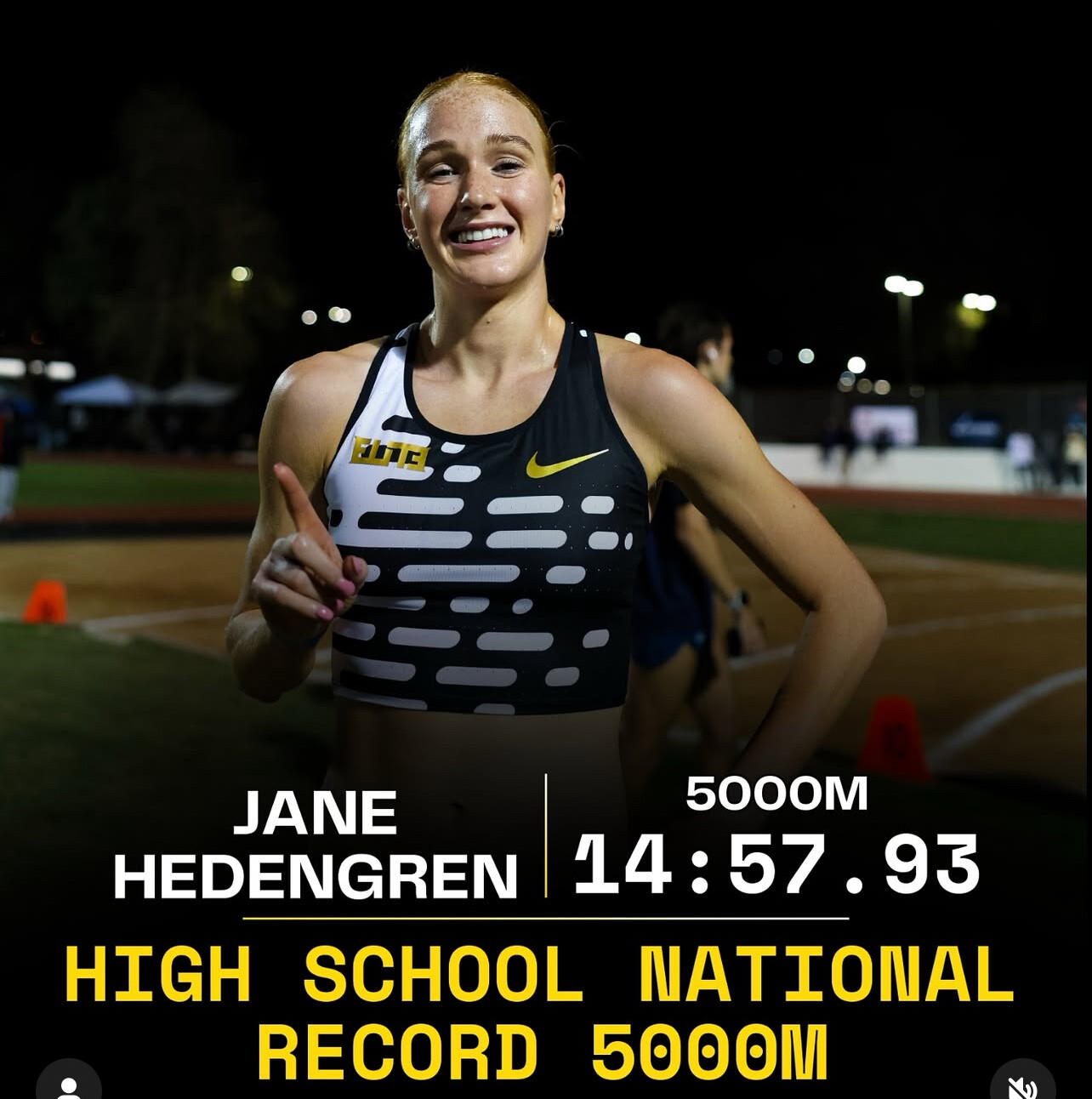
Prior to that, on April 12, Hedengren broke the U.S. high school girls’ outdoor two-mile record with a 9:34.12 effort at the Arcadia Invitational. That time eclipsed the previous record of 9:41.76 and underscored her extraordinary range—from the mile to 5K, Jane is dominating every step of the way.
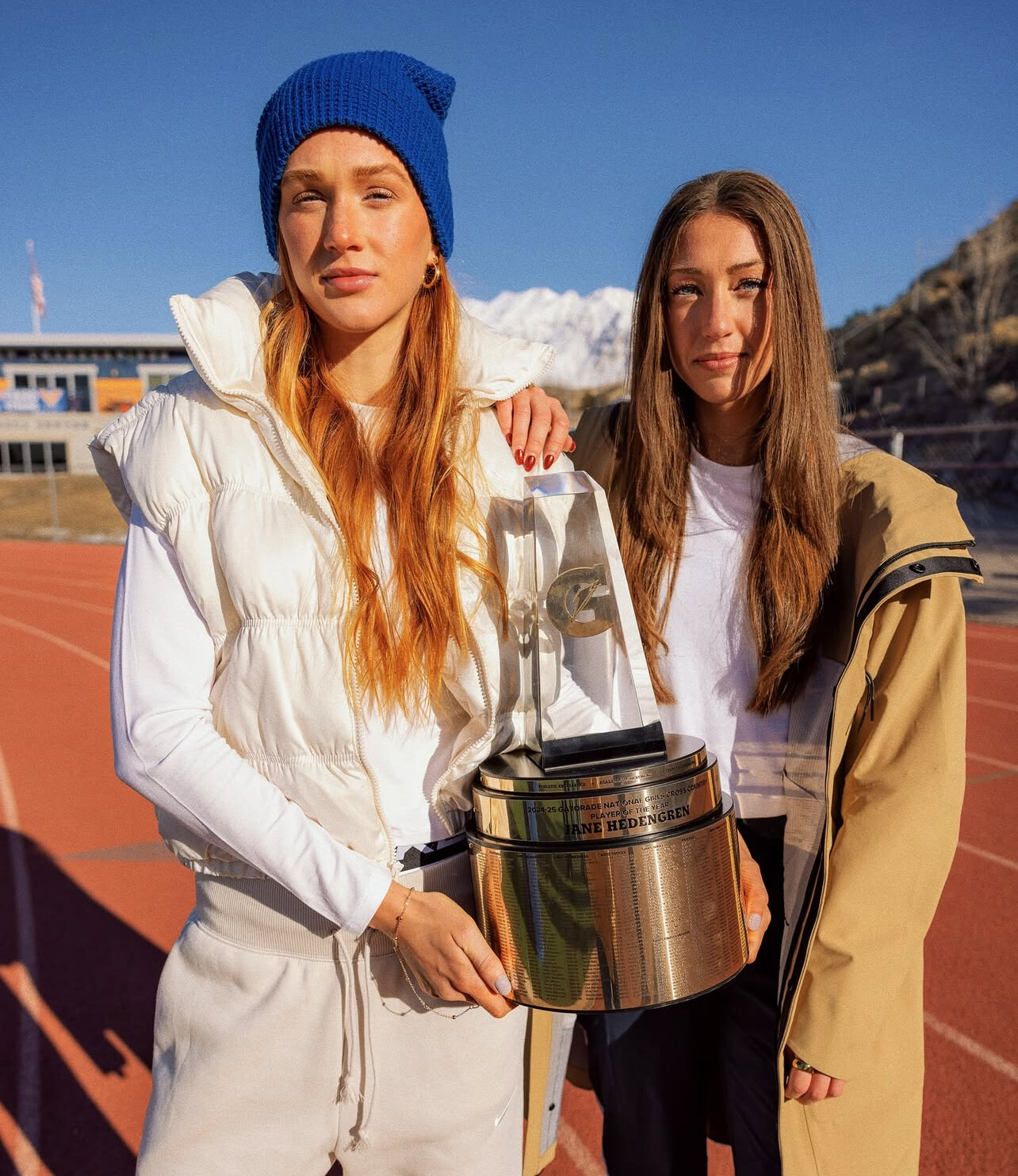
What She’s Done Since
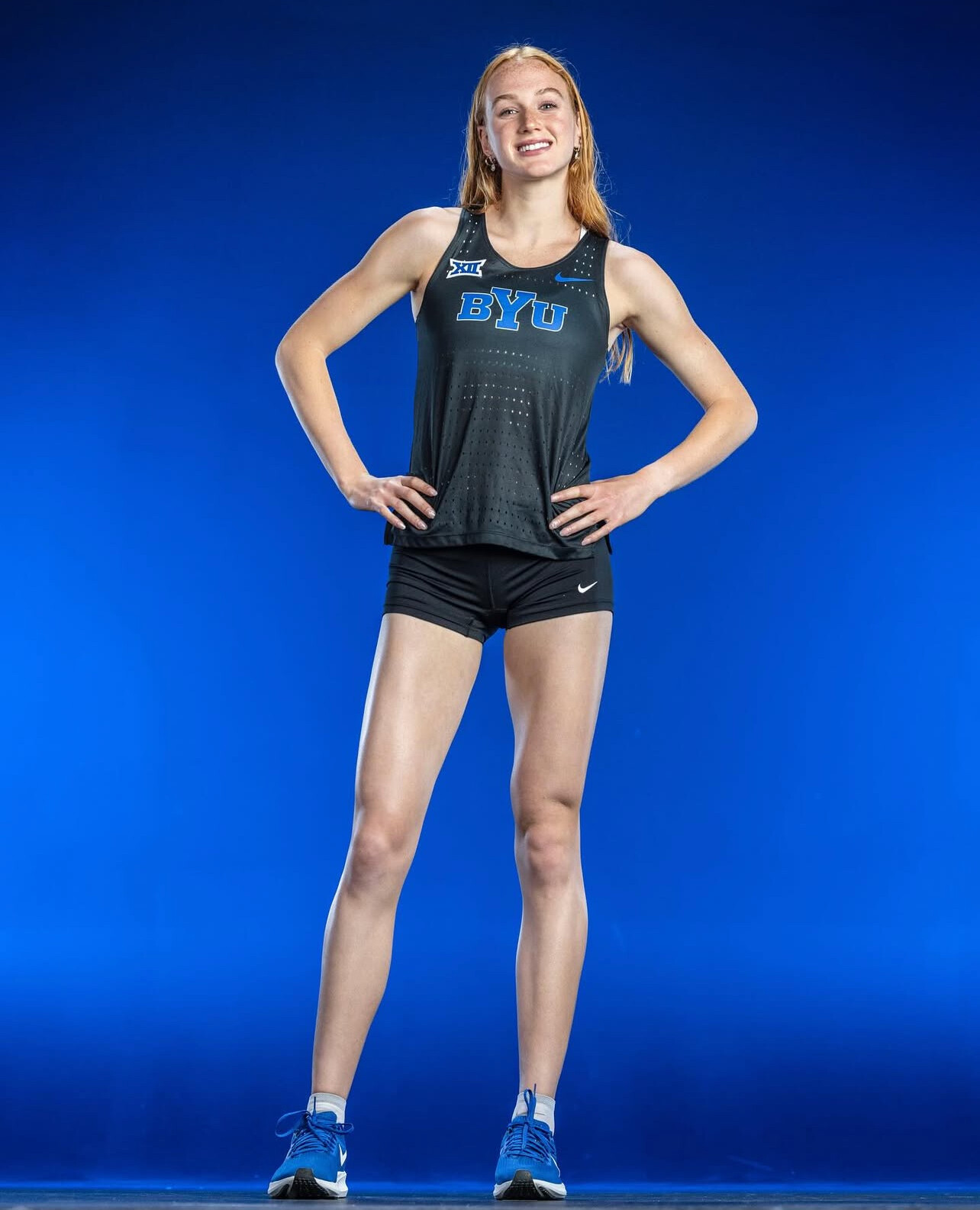
While May has been a quieter race month for Jane, she’s been focused on tuning up for a big June. According to her coach and recent interviews, Hedengren has been training at altitude in Utah, sharpening her speed with race-pace workouts and eyeing her final high school meets before transitioning to BYU.

She’s scheduled to compete at the HOKA Festival of Miles on June 5 in St. Louis, one of the most prestigious high school mile events in the country. There, she could challenge her own national mile record (4:26.14, set indoors in March) or even take aim at Mary Cain’s 4:24.11 outdoor mark from 2013.
A Season of Dominance
Here’s a look at what Hedengren has accomplished in just the last few months:
• March 2025 – Broke U.S. high school indoor records in both the mile (4:26.14) and 5,000m (15:13.26) at the Nike Indoor Nationals.
• April 12, 2025 – Set a new national 2-mile record of 9:34.12 at Arcadia Invitational.
• April 17, 2025 – Ran 14:57.93 for 5,000m at the Bryan Clay Invitational, becoming the first U.S. high school girl to break 15 minutes.
• June 5, 2025 (upcoming) – Scheduled to race the mile at HOKA Festival of Miles.
What’s Next?
With a spot secured at BYU and a history-making senior year already behind her, Jane Hedengren is setting herself up not just as one of the greatest U.S. high school distance runners of all time—but as a potential future Olympian. All eyes will be on St. Louis in June, and beyond that, the U.S. Junior Championships and her NCAA debut could come sooner than expected.
by Boris Baron
Login to leave a comment
Fast Finishes in Indy as Hacker and Andrews Claim 5K Crowns
On a crisp morning in downtown Indianapolis, the 2025 USATF 5 km Championships delivered thrilling finishes and fast times, with Olin Hacker and Josette Andrews emerging as national champions.
In the men’s race, Olin Hacker of HOKA Northern Arizona Elite made a decisive move in the final kilometer, pulling away from a tightly packed lead group. His surge proved untouchable, and he crossed the finish line in 13:31.93 to claim the national title. Casey Clinger of Brooks was just a stride behind in 13:33.04, with Hacker’s teammate Ahmed Muhumed rounding out the podium in 13:36.88—completing a trio of sub-13:40 finishers.
Men’s Top 10 Finishers
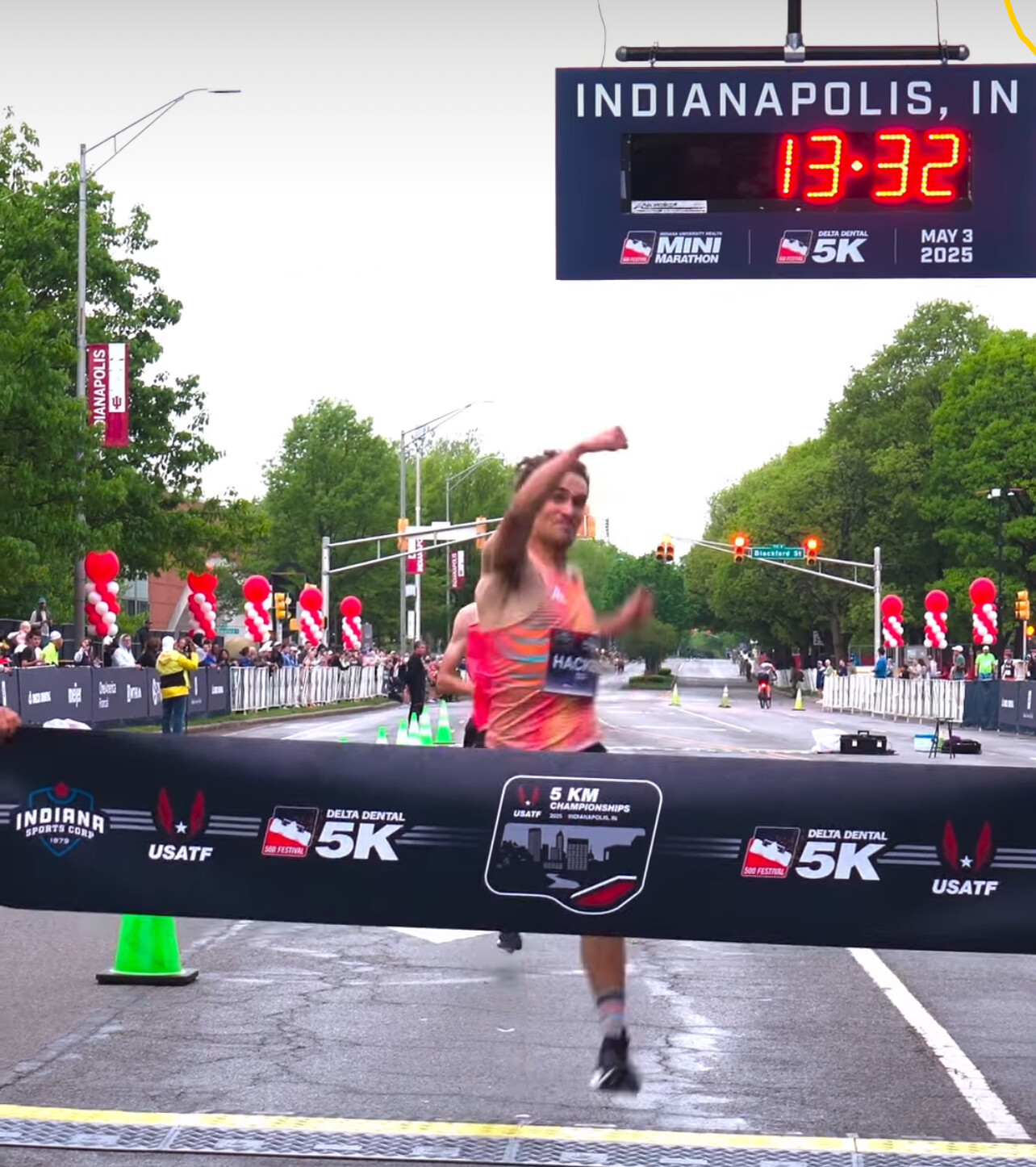
1. Olin Hacker (HOKA NAZ Elite) – 13:31.93
2. Casey Clinger (Brooks) – 13:33.04
3. Ahmed Muhumed (HOKA NAZ Elite) – 13:36.88
4. Morgan Beadlescomb (adidas) – 13:39.50
5. Graham Crawford (Reebok) – 13:42.10
6. Reed Fischer (Tinman Elite) – 13:44.75
7. Sam Chelanga (Nike) – 13:47.30
8. Ben Flanagan (On Running) – 13:49.60
9. Emmanuel Bor (U.S. Army) – 13:52.25
10. Eric Avila (HOKA) – 13:54.80
In the women’s race, Josette Andrews showed impressive strength and timing, kicking hard in the final stretch to take the win in 15:12.34. Emily Infeld of Nike followed closely in 15:14.50, and Karissa Schweizer of Bowerman Track Club secured third in 15:16.75, as the top trio pushed each other to the line.
Women’s Top 10 Finishers
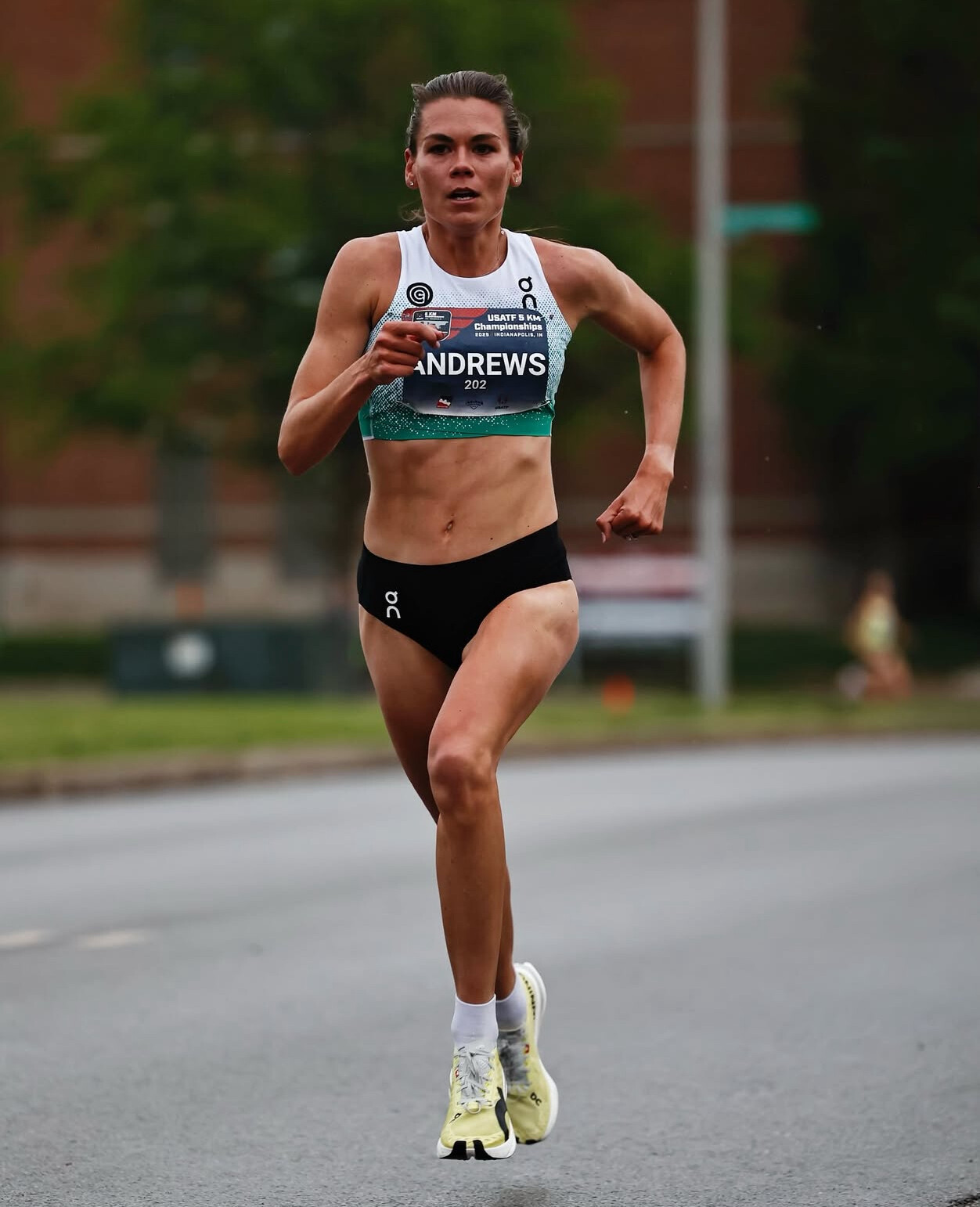
1. Josette Andrews – 15:12.34
2. Emily Infeld (Nike) – 15:14.50
3. Karissa Schweizer (Nike Bowerman TC) – 15:16.75
4. Elly Henes (adidas) – 15:19.20
5. Rachel Schneider (Under Armour) – 15:22.85
6. Abbey Cooper (New Balance) – 15:25.40
7. Molly Seidel (Saucony) – 15:28.95
8. Vanessa Fraser (Nike) – 15:31.50
9. Emily Lipari (adidas) – 15:34.05
10. Natosha Rogers (Hansons-Brooks) – 15:36.60
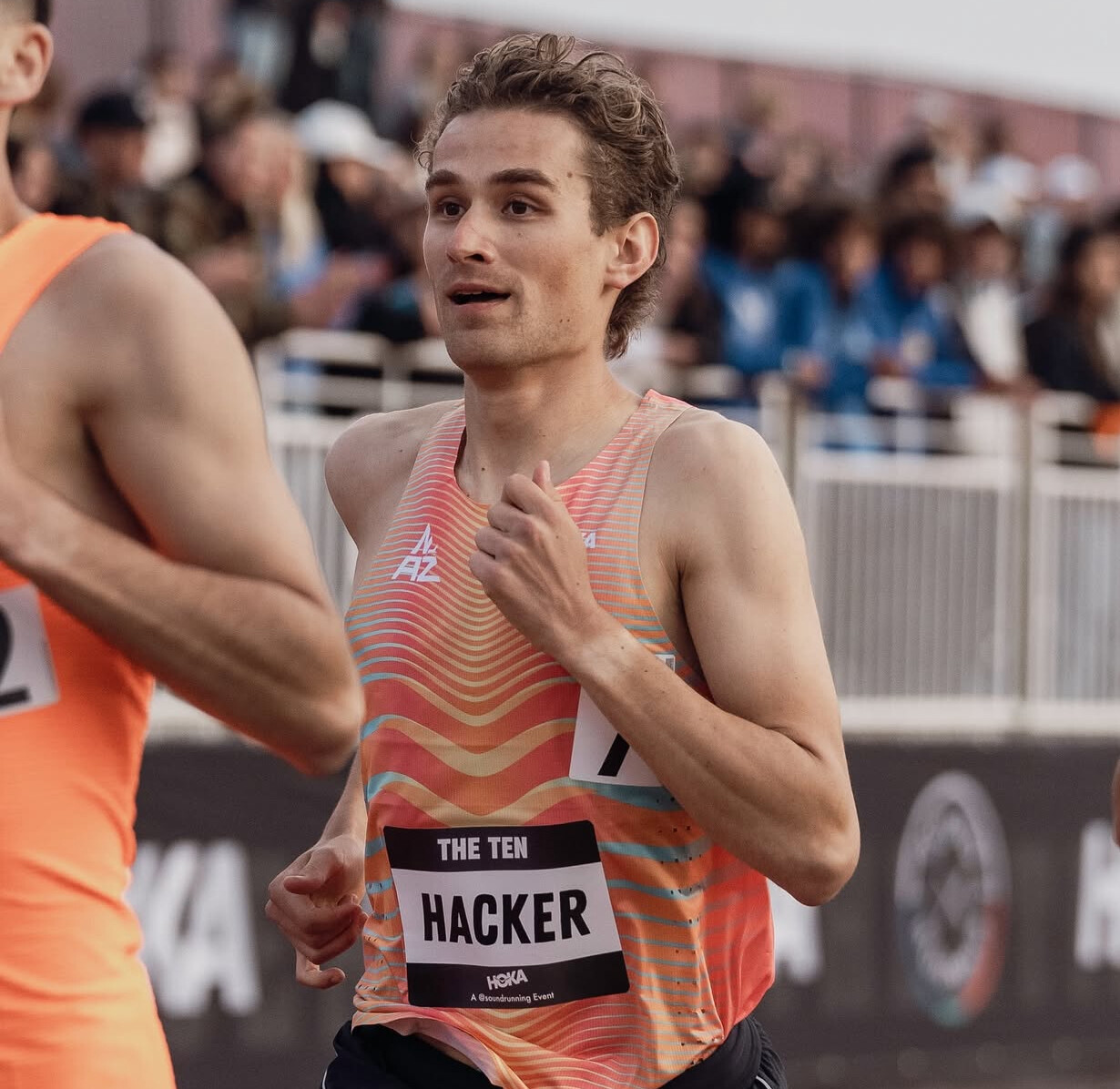
The performances in Indianapolis set the tone for what promises to be a fast and competitive summer racing season across the U.S. road circuit.
by Boris Baron
Login to leave a comment
OneAmerica 500 Festival Mini-Marathon
The mission of the 500 Festival is to produce life-enriching events and programs while celebrating the spirit and legacy of the Indianapolis 500 and fostering positive impact on the city of Indianapolis and state of Indiana. As an organization providing multiple events and programs, many of which are free to attend and impact over 500,000 people annually, our mission to...
more...Nike Returns to Its Roots with Portland Marathon Sponsorship
Nike has been announced as the official footwear and apparel sponsor of the 2025 Portland Marathon, marking a major hometown collaboration for the iconic Oregon-based brand. All participants in the October 5 event will receive Nike-branded race shirts and official merchandise.
This partnership goes beyond gear. Nike will also provide pre-race activations, curated runner experiences, and community engagement opportunities through its employee network and Nike Running community.
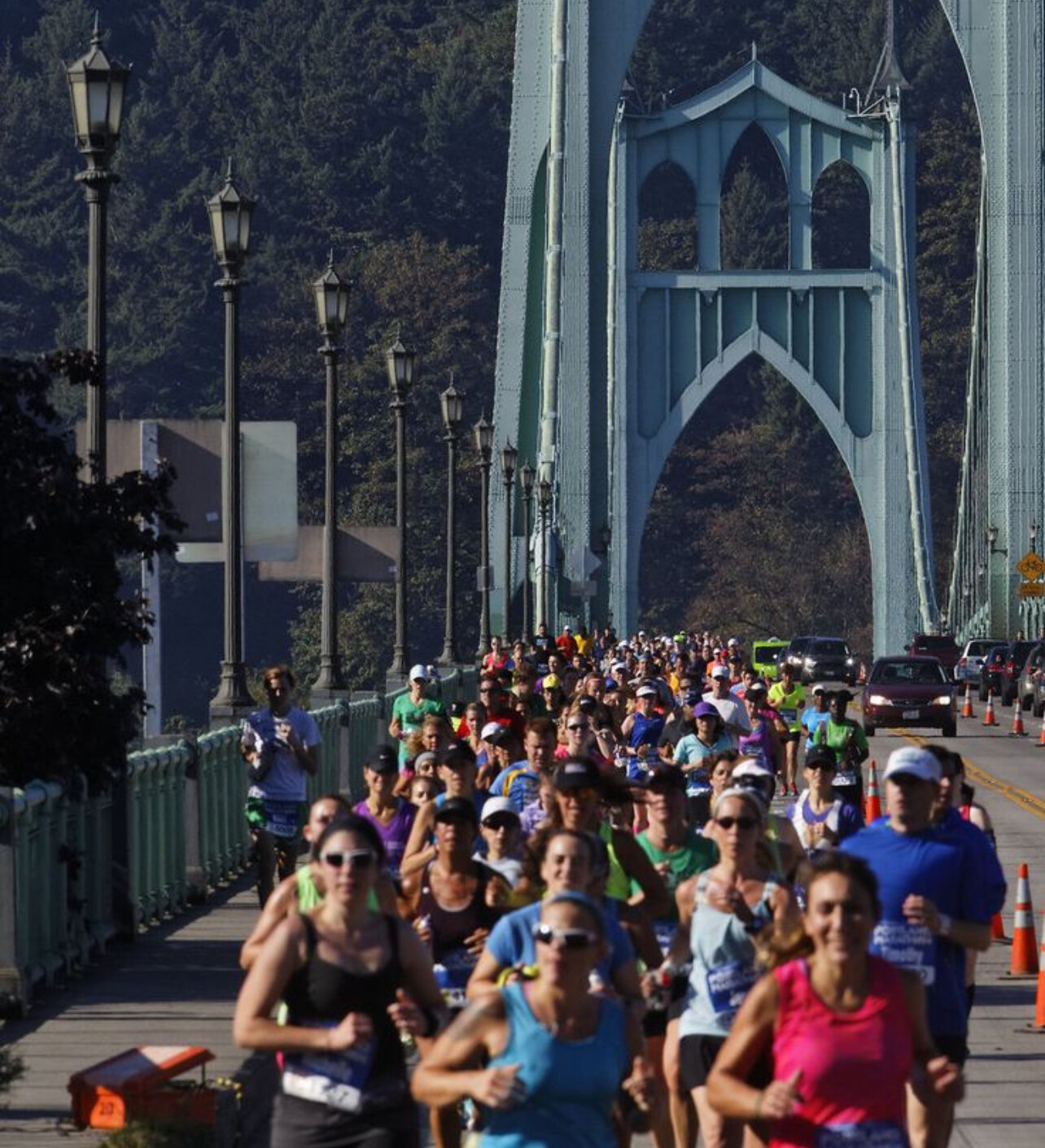
“Ever since we took over the Portland Marathon in 2019, we’ve dreamed of teaming up with Nike,” said Darrell Phippen, Head of Events at Brooksee, the race’s organizer. “It’s a perfect match—an iconic race and an iconic brand, both rooted in Oregon.”
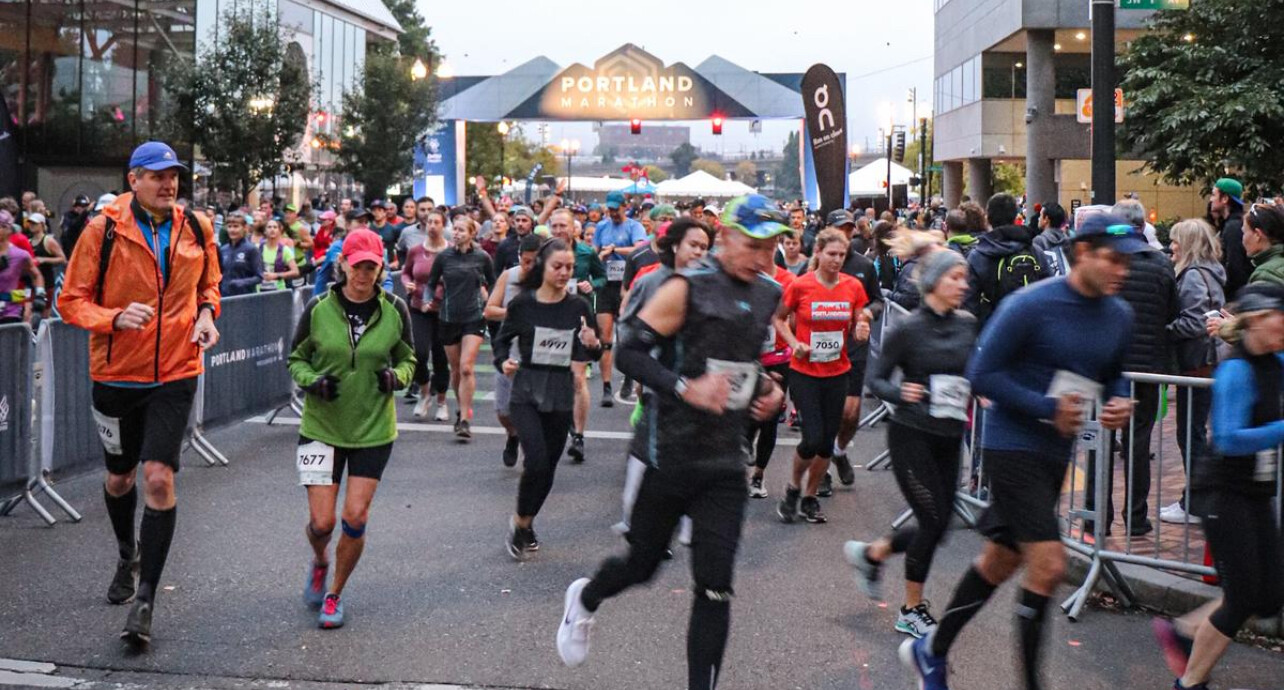
The move may signal a return to grassroots support from Nike, reminiscent of its early days backing local events and clubs. With rising criticism that major brands have become too focused on elite performance and global campaigns, this type of community-oriented partnership stands out. It follows similar efforts like Nike’s re-engagement with local run clubs and their sponsorship of grassroots programs in Chicago and Los Angeles.
by Boris Baron
Login to leave a comment
Portland Marathon
Portland is the unrivaled leader of the running world. It is the birthplace of the American distance running movement. It is home to several of the world's largest brands in the active lifestyle industry as well as the most talented athletes in the sport. People get running here. Businesses, schools, non-profits, and kids get excited about it. Add that local...
more...Why Running Shoes Are Getting More Expensive in 2025
American-Made Running Shoes Aren’t Coming Anytime Soon says Bob Anderson and here's why.
“It’s just not realistic to imagine an American company finding enough labor in the U.S. to make running shoes,” says lifetime runner Bob Anderson. “Even in states where companies might pay $10 an hour—half the rate in California—it would be difficult to find many Americans with the necessary skills.”
That reality helps explain why nearly all running shoes are made in Asia—and why prices are climbing. A combination of new tariffs, shifting global supply chains, and rising production costs is pushing the cost of your favorite shoes higher than ever across the United States.
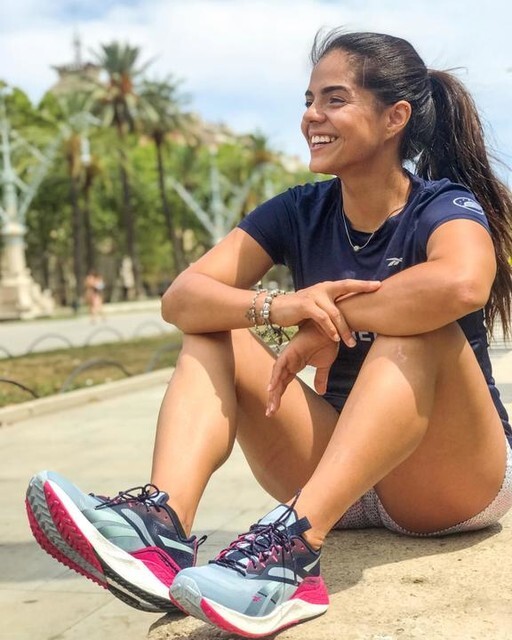
The Impact of ‘Liberation Day’ Tariffs
On April 2, 2025, President Donald Trump announced a sweeping set of tariffs under the banner of “Liberation Day,” aiming to address what he described as unfair trade practices and to bolster domestic manufacturing. These tariffs include:
• A universal 10% tariff on all imported goods, effective April 5, 2025.
• Additional country-specific tariffs, ranging from 11% to 50%, on imports from 86 countries, effective April 9, 2025.
For the footwear industry, these tariffs have significant implications. For example, imports from major manufacturing hubs now face the following cumulative tariffs:
• China: 54%
• Vietnam: 46%
• Cambodia: 49%
• Bangladesh: 37%
• Indonesia: 32%
These increased costs are often passed on to consumers, leading to higher retail prices for running shoes.

Upcoming Changes: June 1, 2025
Further changes are scheduled to take effect on June 1, 2025:
• Increased Flat Fees on Small Parcels: For small parcels shipped from China and Hong Kong, the flat fee per item will increase from $25 to $50.
• Higher Tariffs on Low-Value Shipments: All goods made in China, regardless of order value, are now subject to a 30% tariff or a $25 per-item fee, which will increase to $50 per item after June 1, 2025.
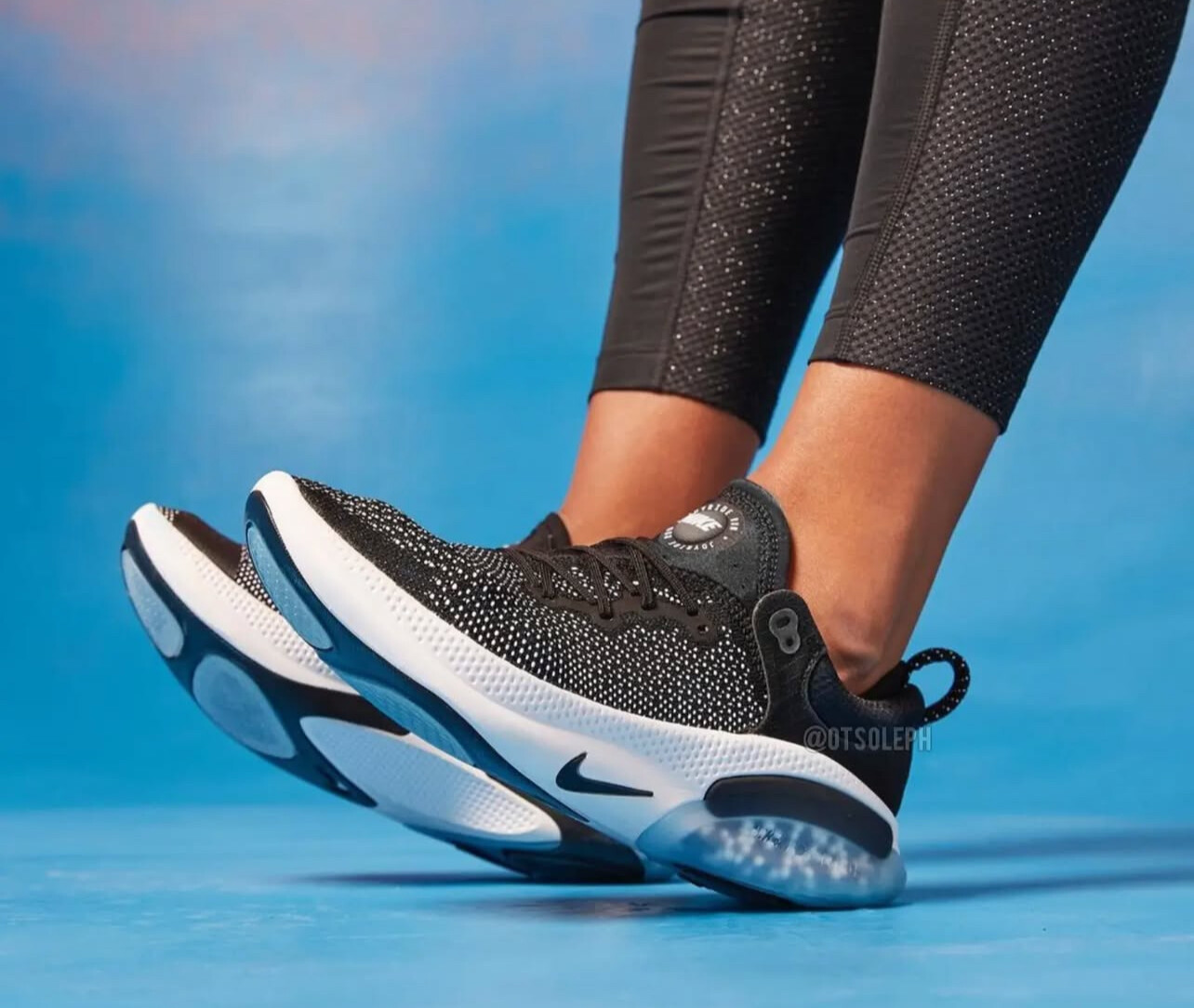
These measures are expected to further impact the cost of imported footwear, potentially leading to higher retail prices for consumers. Brands and retailers may need to adjust their sourcing strategies and pricing models in response to these changes.
Global Manufacturing Landscape
Most major running shoe brands manufacture their products overseas, primarily in Asia. For instance:
• Nike: Primarily manufactures in Vietnam, Indonesia, and China.
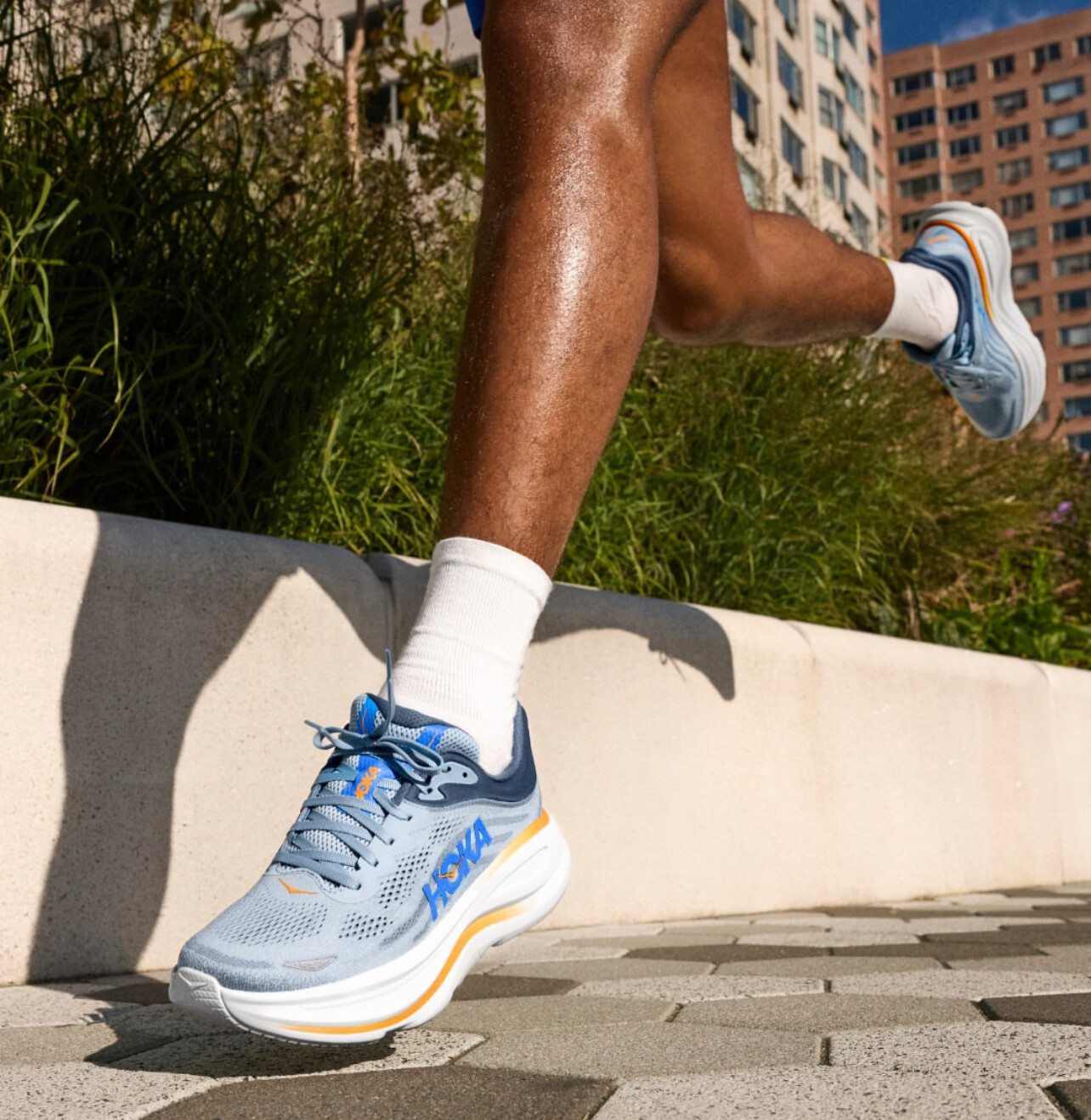
• Adidas: Relies heavily on Vietnam, Indonesia, and China for production.
• New Balance: Assembles some models in the U.S., but many are produced in Vietnam and Indonesia.
• Brooks: Manufactures most of its running shoes in Vietnam and China.
• ASICS: Produces mainly in Vietnam and Indonesia.
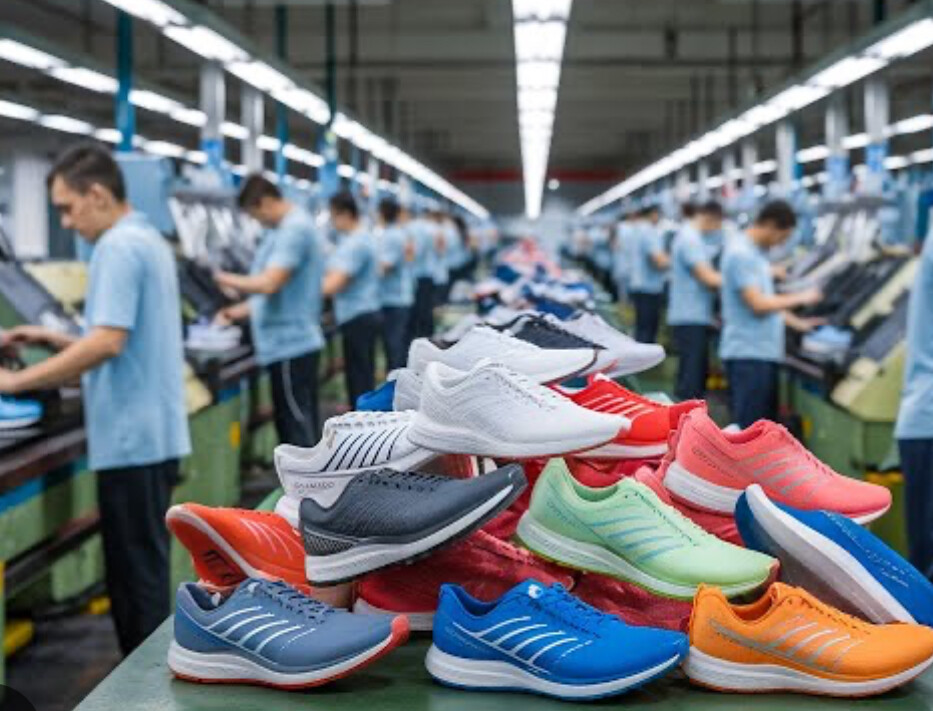
Given the new tariffs, these companies face increased costs, which may be reflected in higher prices for consumers.
Challenges of U.S. Manufacturing
Producing running shoes domestically presents several challenges:
• Labor Costs: U.S. labor is significantly more expensive than in countries like Vietnam or Indonesia.
• Infrastructure: The U.S. lacks the large-scale infrastructure and trained workforce needed for mass shoe production.
• Supply Chain: Many components used in shoe manufacturing are produced overseas, making domestic production more complex and costly.
While some companies, like New Balance, have U.S.-based production, it’s limited and often involves imported components.
The Labor Cost Gap Behind Your Running Shoes
One of the main reasons running shoes are rarely made in the United States is the vast difference in labor costs. In Vietnam—currently the leading producer of running shoes for brands like Nike, Adidas, and New Balance—the average factory worker earns between $200 and $300 USD per month. In Indonesia and Cambodia, wages can be even lower. By contrast, U.S. manufacturing workers typically earn $3,000 to $4,000 per month, not including benefits.
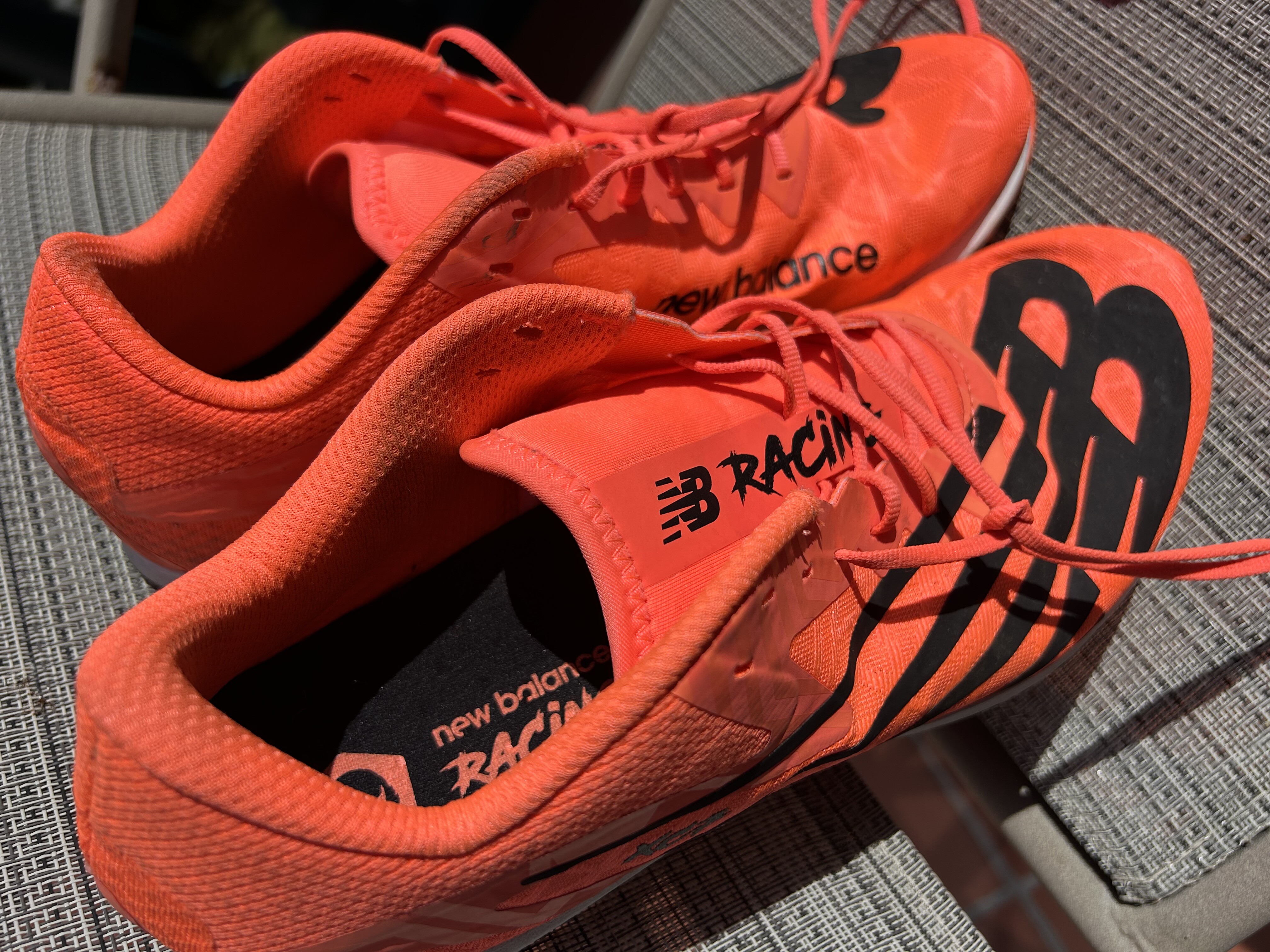
Since running shoes are labor-intensive to make—often requiring 70 to 100 steps in the assembly process—these wage disparities drastically affect the cost of production. That’s why even with new tariffs, it’s still cheaper for most brands to produce shoes overseas than to bring operations back home.
Looking Ahead
The full impact of these tariffs will unfold over time. Consumers may see continued price increases and reduced availability of certain models. Brands may explore alternative manufacturing locations or adjust their product lines to mitigate costs.
As the situation evolves, staying informed will help consumers make educated decisions about their purchases.
by Boris Baron
Login to leave a comment
Faith Kipyegon’s Historic Sub-4:00 Mile Attempt Set for June 26 in Paris
Kenyan middle-distance legend Faith Kipyegon is preparing to make history by attempting to become the first woman to run a mile in under four minutes. The highly anticipated event is scheduled for June 26, 2025, at Stade Charléty in Paris and is part of Nike’s “Breaking4” initiative. This project mirrors the brand’s earlier “Breaking2” campaign, which supported Eliud Kipchoge’s groundbreaking sub-two-hour marathon attempt.
Aiming for the Unthinkable
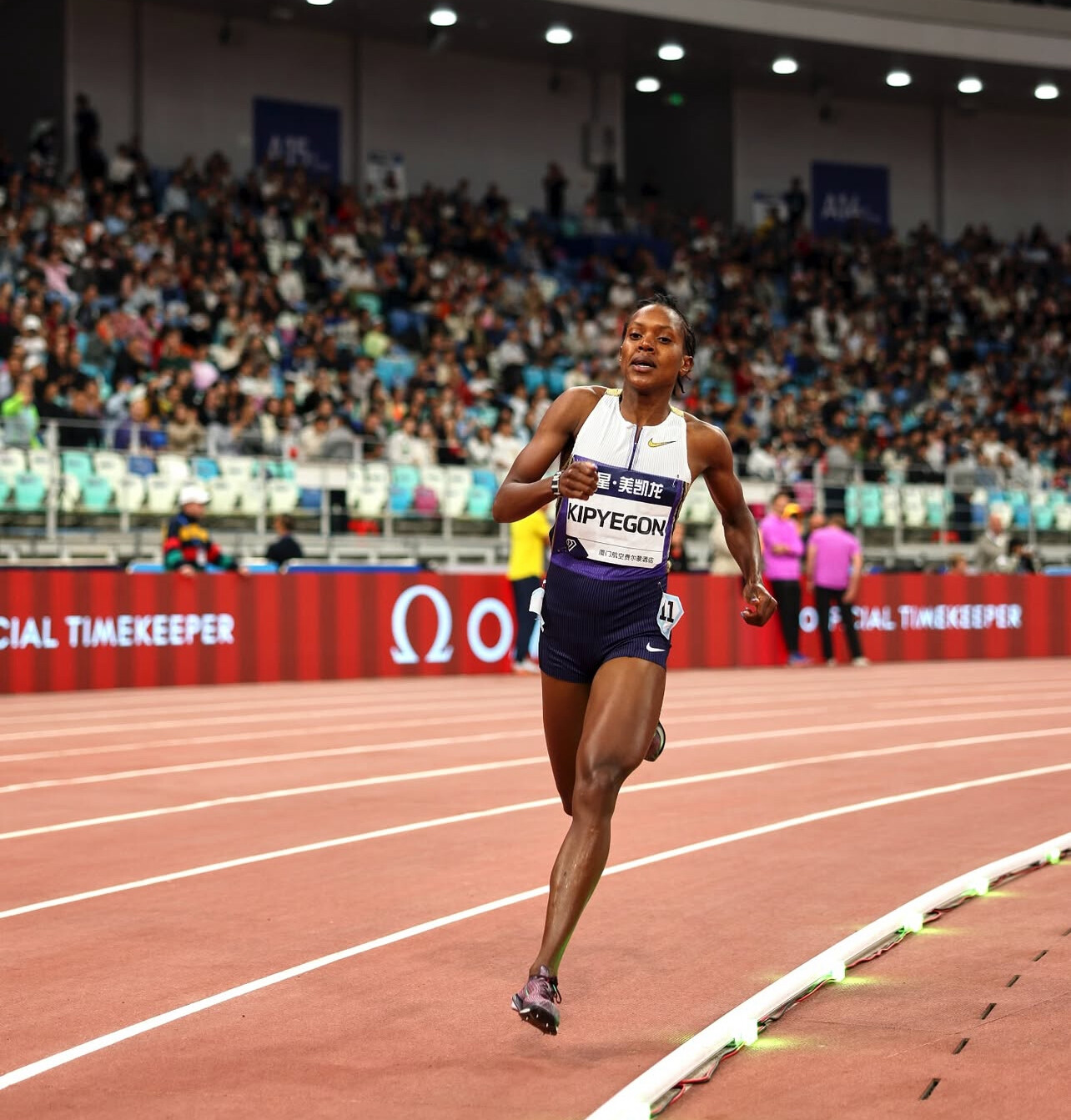
Kipyegon currently holds the women’s mile world record at 4:07.64, achieved at the Monaco Diamond League in July 2023. To break the four-minute barrier, she must shave over seven seconds off her personal best—a monumental challenge in elite middle-distance running.
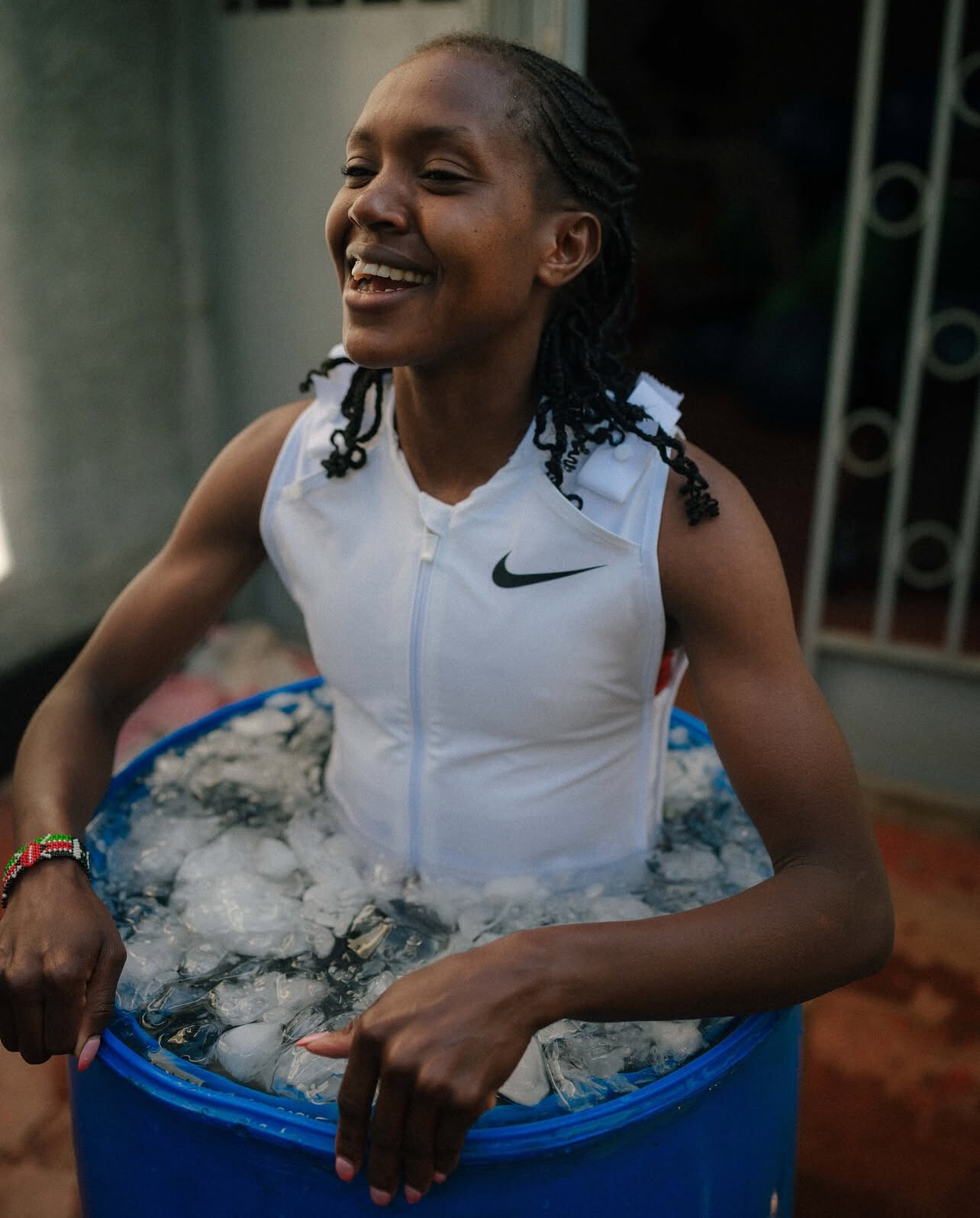
Nike is providing comprehensive support through its “Breaking4” initiative, which includes custom-designed shoes and apparel tailored to Kipyegon’s physiology. The gear is developed in Portland and aims to optimize her performance.
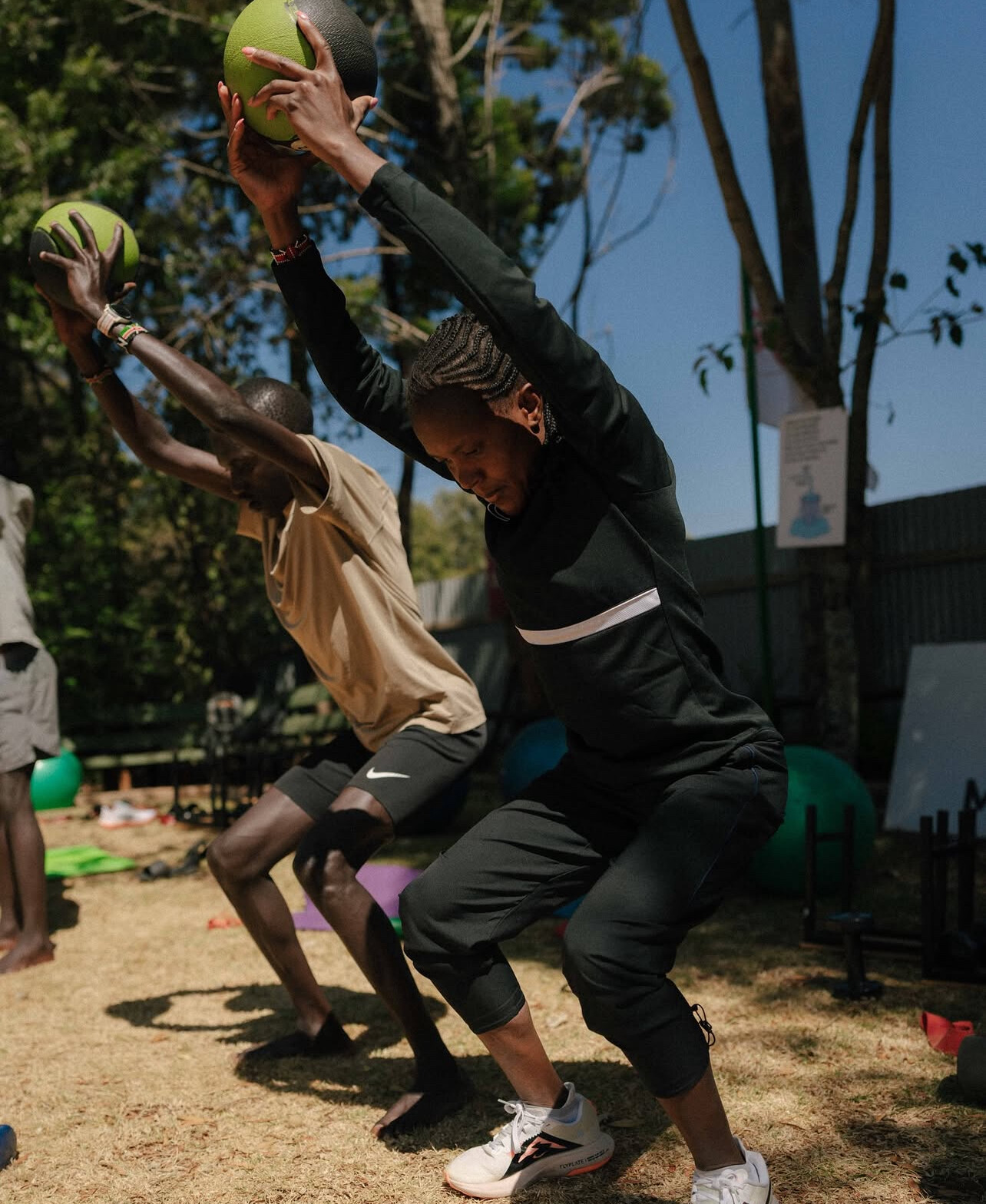
This will not be an Official Record
It’s important to note that this attempt will not be eligible for official world record recognition. The use of male pacemakers and advanced performance aids, such as laser pacing lights and cutting-edge footwear, disqualify the event from official status.

This setup is reminiscent of Kipchoge’s sub-two-hour marathon run, which, despite its significance, was not officially recognized due to similar conditions.
A Symbol of Inspiration
Beyond the athletic achievement, Kipyegon views this endeavor as a message to women worldwide. She has stated that she is running “to say to women, ‘You can dream and make your dreams valid.’”
Whether or not she breaks the four-minute barrier, Kipyegon’s attempt is set to inspire and push the boundaries of what is considered possible in women’s athletics.
by Boris Baron
Login to leave a comment
This is a marketing event for Nike being a paced time trial (what woman could have paced her anyway for an official race) but in any case it will be amazing to know that a woman can indeed run a mile in under four minutes. I know I will be watching. - Bob Anderson 4/29 5:58 pm |
Emily Infeld’s Remarkable Journey in 2025: New Beginnings and Strong Performances
American long-distance runner Emily Infeld has embarked on a transformative phase in her career in 2025, marked by a significant sponsorship change and impressive performances on the track.
Transition to Brooks Running
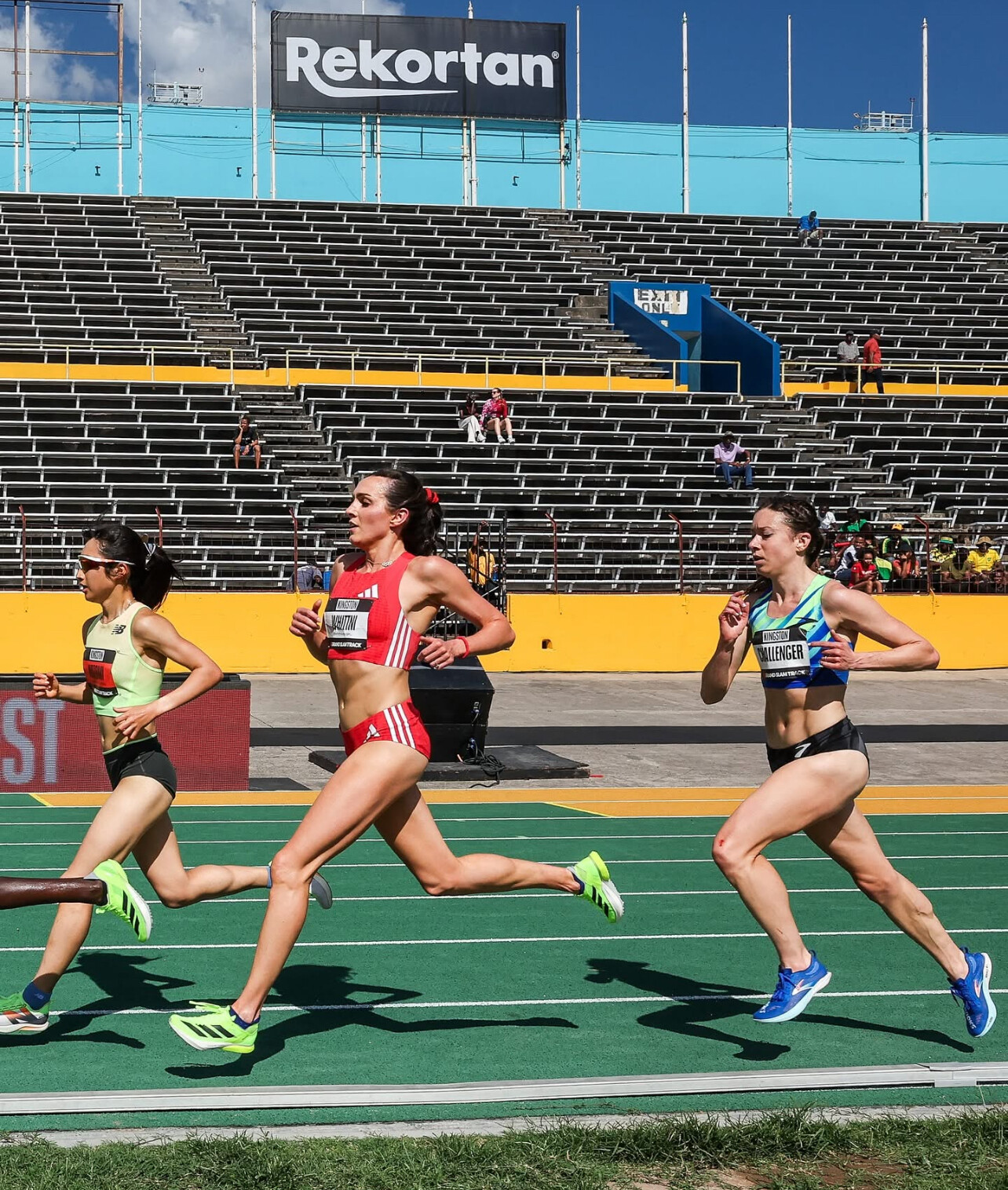
In January 2025, after a 12-year association with Nike, Infeld signed a sponsorship deal with Brooks Running. Reflecting on this new partnership, she shared her enthusiasm:
“My first pair of running shoes was the Brooks Adrenaline. And back in them again, it feels like coming full circle.”
This collaboration signifies a fresh start for Infeld, aligning with her aspirations to explore new challenges in her running career.
Notable Performances in Early 2025
Infeld’s recent race results underscore her resilience and competitiveness:
• The TEN, San Juan Capistrano, CA (March 29, 2025): Competing in the elite women’s 10,000 meters, Infeld secured a sixth-place finish with a time of 30:59.38. This race was particularly competitive, with multiple athletes breaking the 31-minute barrier.
• Grand Slam Track, Kingston, Jamaica:
• 3000 Meters (April 4, 2025): Infeld placed eighth, recording a time of 8:56.66 in a field that featured top international competitors.
• 5000 Meters (April 6, 2025): She achieved a fourth-place finish with a time of 15:26.87, demonstrating her versatility across distances.
Looking Ahead
These performances highlight Infeld’s determination and adaptability as she continues to navigate the evolving landscape of her athletic career. With the support of Brooks Running and a series of strong showings in early 2025, Infeld is poised for continued success in the upcoming track and field season.
by Boris Baron
Login to leave a comment
Sam Ruthe runs a sub four minute mile and sells his spikes for $7643US and then donated the funds to his coach and team
At just 15 years old, Sam Ruthe has captivated the athletics world with his extraordinary performances and commendable generosity.
Historic Sub-Four-Minute Mile
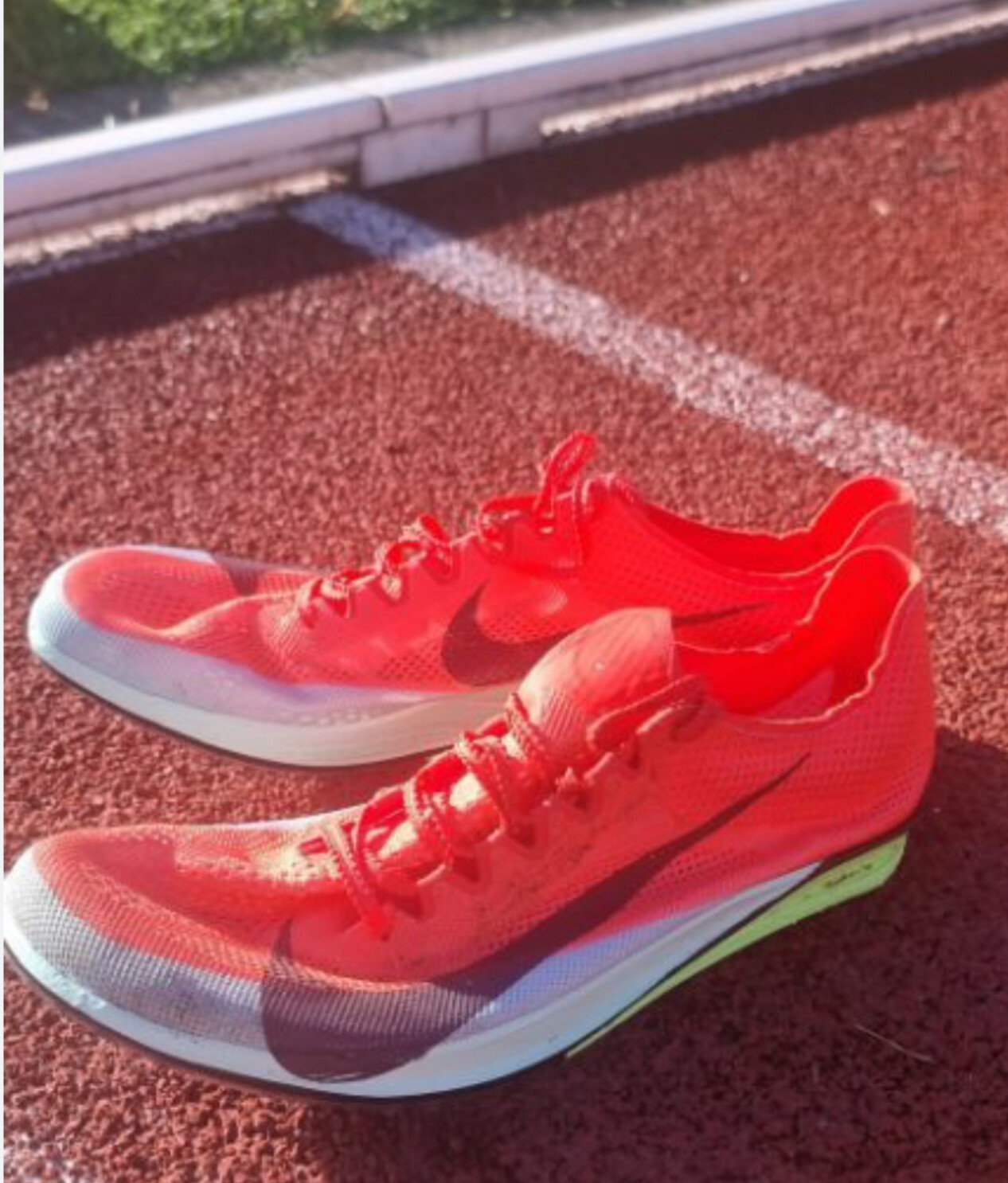
On March 19, 2025, at Auckland’s Mt Smart Stadium, Ruthe made history by becoming the youngest person ever to run a mile in under four minutes. Clocking a remarkable 3:58.35, he surpassed the previous age record held by Norway’s Jakob Ingebrigtsen, who ran 3:58.07 at 16. This achievement places Ruthe among an elite group of middle-distance runners and underscores his immense potential.
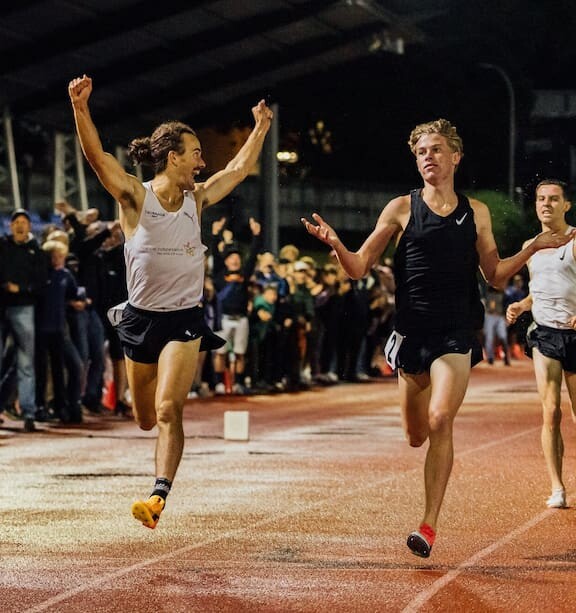
Auctioning Historic Spikes for Team Support
Following this milestone, Ruthe chose to auction the Nike Dragonfly 2 Elite spikes he wore during the race to support his training group. The TradeMe auction concluded on March 29, 2025, raising $11,408.35 NZD (approximately $7,643.59 USD). The size 10.5 US spikes attracted 151 bids and over 50,000 views, making it the most viewed auction on the platform this year. Ruthe’s coach, Craig Kirkwood, expressed gratitude, noting that the funds will benefit the training group in ways previously unattainable.
Continued Excellence on the Track
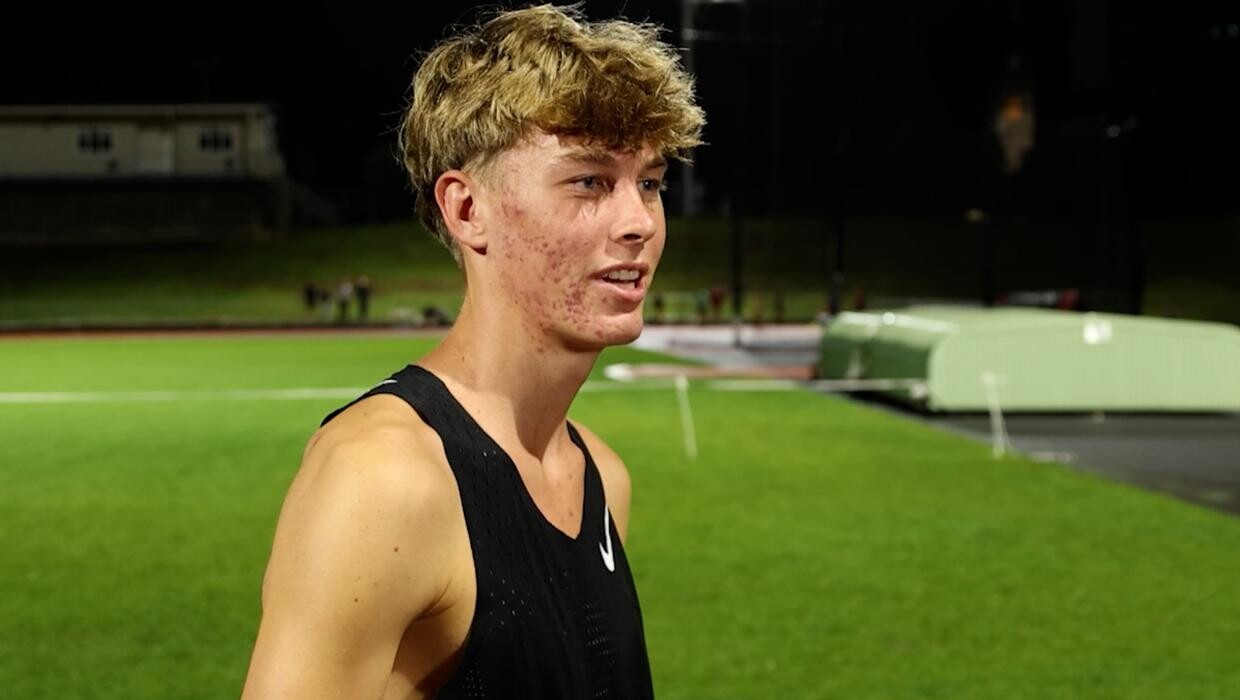
Ruthe’s success extends beyond the mile. In February 2025, he set a world age-best time over 1500 meters, and in March 2025, he became the youngest man to win a senior national title in the 3000 meters at Hastings. He then shared the 1500 meters title with training partner Sam Tanner at the national championships in Dunedin.
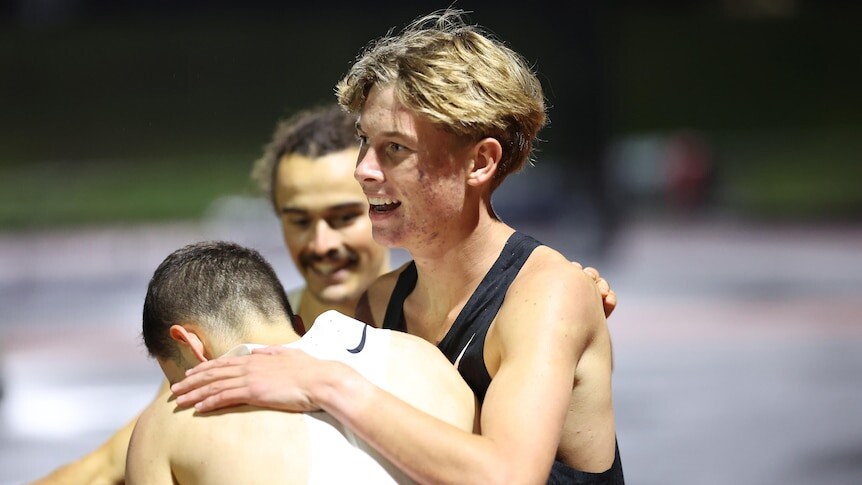
Looking Ahead
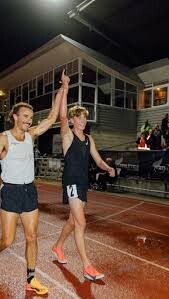
He concluded his southern hemisphere racing schedule on March 29, 2025, at the Maurie Plant Meet in Melbourne. Competing against a strong field, he finished seventh in the 1500 meters, recording a personal best of 3:40.12, further lowering his world age-best mark.
Sam Ruthe’s blend of athletic excellence and altruism not only highlights his dedication to his sport but also his commitment to uplifting those around him. As he continues to break records and support his peers, the running community eagerly anticipates his future endeavors.
"Sam is a class act," says Bob Anderson "we need more runners like Sam in our sport."
by Boris Baron
Login to leave a comment
Tommy Latham Becomes First Georgia High Schooler to Break 4-Minute Mile
On March 28, 2025, at the Marist Mile event in Atlanta, Marist High School senior Tommy Latham made history by running a mile in 3:59.79. This achievement makes him the first high school athlete from Georgia to break the four-minute barrier.
Latham’s journey to this milestone has been marked by consistent excellence. In February, he won the Millrose Games high school boys’ mile in New York City with a time of 4:00.94, setting a meet record and recording the 10th-fastest indoor high school mile in history. Additionally, he secured victory in the 2-mile race at the Nike Indoor Nationals with a time of 8:44.35, setting a Georgia all-time best.
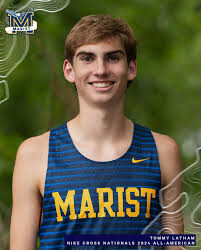
The Marist Mile event also featured other notable performances. Jack Bowen from McCallie School in Tennessee finished second with a time of 4:05.21, and junior Jameson Pifer of Collins Hill High School in Georgia placed third, also clocking 4:05.21. On the girls’ side, Averi Lowen, a sophomore from Bowdon High School in Georgia, won the mile in 4:58.58.
Latham’s historic run not only cements his legacy in Georgia high school track and field but also serves as an inspiration to aspiring athletes across the state and beyond.
by Boris Baron
Login to leave a comment
Jane Hedengren Shatters High School Indoor 5000m Record with 15:13.26
On March 13, 2025, at Nike Indoor Nationals, Jane Hedengren delivered a performance for the ages, setting a new U.S. high school indoor record in the 5,000 meters with a blazing time of 15:13.26. The Timpview High School senior shattered the previous mark of 15:28.90, set by Elizabeth Leachman just a year prior, cementing her status as one of the most dominant prep distance runners in history.
A Running Legacy
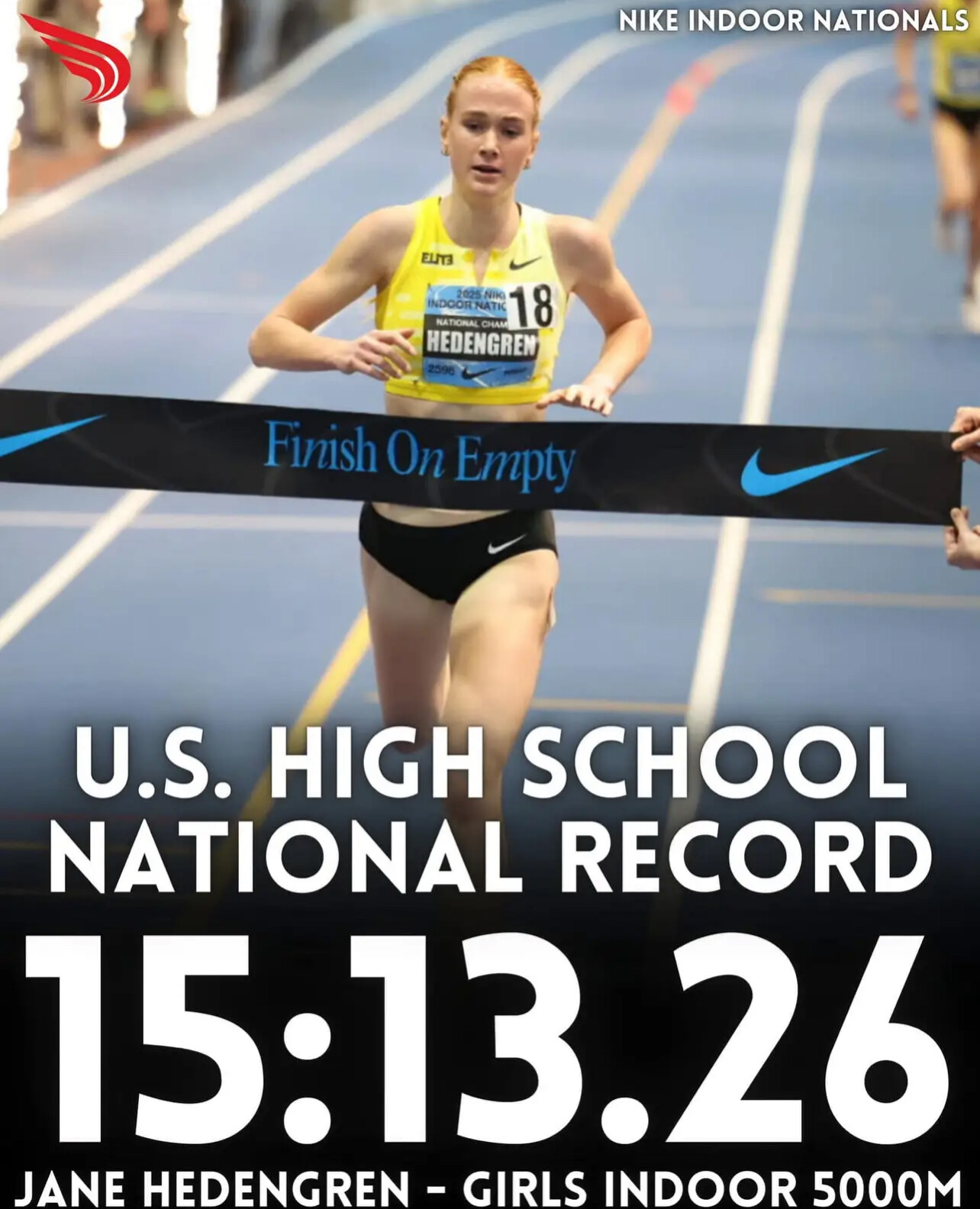
Born on September 23, 2006, in Provo, Utah, Hedengren was raised in a family deeply rooted in running. Her father, John D. Hedengren, was an All-American runner and is a BYU Hall of Fameinductee. Her brother, Isaac Hedengren, currently competes for Brigham Young University’s track and field team, making running a central part of the family’s DNA.
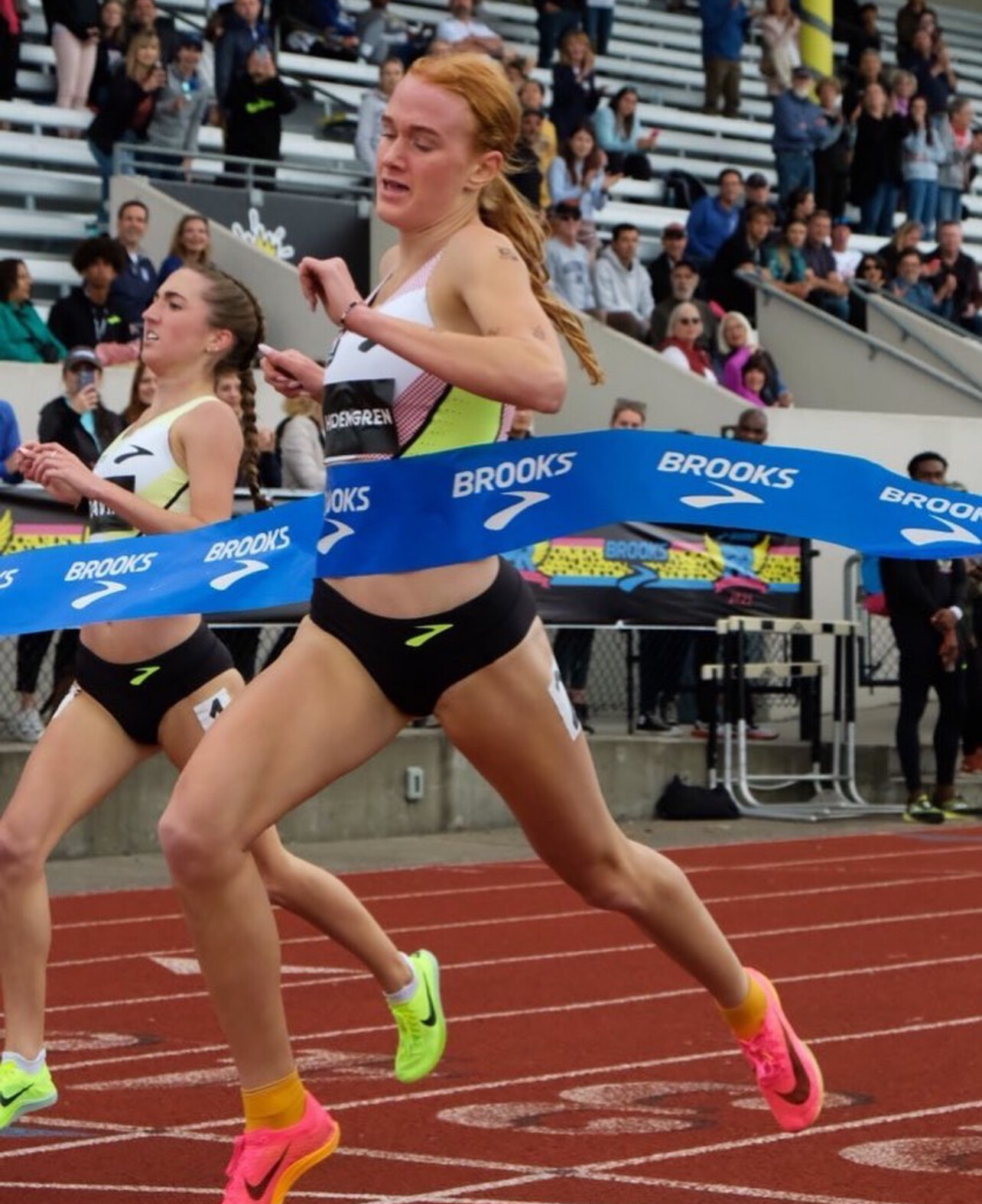
From a young age, Jane showed exceptional endurance and competitive fire, developing into one of the top high school distance runners in the country.
A Career Defined by Records
Hedengren has been rewriting the record books throughout her high school career.
• 2023 – Won the Brooks PR Invitational mile in 4:35.69, setting a meet record. Later that month, she claimed the Nike Outdoor Nationals two-mile title in 9:54.38, a U.S. sophomore class record.
• 2024 – Set a Utah state record in the 1,600 meters (4:37.72) at the BYU Invitational. Later in the year, she ran the fastest 5K in U.S. high school cross country history, clocking 15:50.01 at the Nike Cross Regionals Southwest. This performance helped her earn the prestigious Gatorade National Girls Cross Country Player of the Year award, making her the first female from Utah to receive the honor.
Breaking Barriers in the 5000m
At Nike Indoor Nationals, Hedengren wasted no time asserting herself, setting an aggressive pace from the gun. Fellow competitor Rylee Blade matched her stride-for-stride as the duo separated from the field early on. But with 100 meters to go, Hedengren unleashed a powerful kick, securing the victory and the record in dominant fashion.
Her 15:13.26 performance was more than just a high school record—it also set a new U20 American record, ranking her among the top 15 U.S. women in the event for the year.
What’s Next?
With her high school career winding down, Hedengren is set to compete for Brigham Young University, following in the footsteps of her father and brother. Given her trajectory, she is expected to make an immediate impact at the NCAA level and could be a future contender for national and international competition.
One thing is clear: Jane Hedengren isn’t just breaking records—she’s redefining what’s possible for young female distance runners.
Her Nike Indoor Nationals performance wasn’t just fast. It was historic. And it might just be the beginning.
by Boris Baron
Login to leave a comment
Harry Styles From Global Pop Star to Marathon Runner
Harry Styles is best known for his chart-topping music, sold-out world tours, and effortless charisma. But in addition to his accolades in entertainment, Styles has now established himself as a legitimate marathon runner. His recent performance at the 2025 Tokyo Marathon, where he finished in an impressive 3 hours, 24 minutes, and 7 seconds, has sparked widespread attention in the running community.
The Musician-Turned-Marathoner

While many celebrities dabble in fitness, Harry Styles' commitment to distance running is far from casual. The 30-year-old singer-songwriter, formerly of One Direction, has always been known for his energetic stage presence and relentless touring schedule, both of which require significant stamina. But his disciplined approach to marathon training reveals a new layer of dedication beyond the spotlight.

At the Tokyo Marathon on March 2, 2025, Styles placed 6,010th out of over 26,000 runners, finishing ahead of more than 20,000 competitors. His pace of 7:47 per mile was remarkably steady, with near-identical splits for the first and second halves of the race—1:42:03 and 1:42:04, respectively. This consistency is a hallmark of experienced marathoners, proving Styles' preparation and race strategy were well-executed.

How Did He Train?

While Styles has yet to publicly detail his full training regimen, sources close to the musician have hinted at his intense dedication. Reports suggest he followed a structured training plan, incorporating long runs, speed work, and cross-training. Given his history of staying active and embracing challenges, it’s no surprise that Styles approached marathon running with the same level of focus he applies to his music career.

What Shoes Did He Wear?
Runners always want to know about gear choices, and Styles opted for the Nike Alphafly 3, one of the most advanced marathon racing shoes on the market. The carbon-plated, energy-returning design of the Alphafly series has helped many elite runners achieve fast times, and Styles’ choice indicates he’s serious about performance.
Harry’s Background in Fitness

Long before tackling 26.2 miles, Styles was no stranger to an active lifestyle. His concerts, which involve hours of movement and high-energy performances, have kept him in excellent shape. During his One Direction days, Styles often spoke about playing football (soccer) and enjoying hikes, but running a full marathon is a leap into an entirely new level of endurance.
Styles has also embraced wellness trends, including yoga and meditation, as part of his holistic approach to health. Running seems to fit seamlessly into his lifestyle, giving him both a physical and mental outlet amid the chaos of global fame.
Will He Run More Marathons?

With a sub-3:30 marathon debut, the big question now is what’s next for Harry Styles as a runner? Many fans and experts believe this won’t be his last race. Given his steady pacing and strong finish, he has the potential to go even faster in future marathons. Could a sub-3-hour marathon be in his future? Time will tell.
Harry Styles is more than just a music icon—he’s now part of the global running community. His impressive debut at the Tokyo Marathon has not only inspired his fans but also demonstrated that elite-level entertainment careers and serious marathon training can go hand in hand. Whether he’s breaking records on the stage or on the racecourse, one thing is certain.
Harry Styles is in it for the long run.
What do you think about Harry’s marathon performance? Should he try for a Boston Qualifier next? Share your thoughts on My Best Runs!
Login to leave a comment
I am very impressed by this performance. Not only did he finish a marathon but he ran at 7:47 per mile pace. - Bob Anderson 3/8 8:18 am |
Doping Dilemma: How WADA's Policies Are Failing Our Sport
I am alarmed by how the World Anti-Doping Agency (WADA) is policing our sport. It's disheartening to see athletes win races only to be stripped of their titles months later due to delayed doping allegations. This approach undermines the integrity of athletics and, in the long run, does more harm than good.
Having dedicated my life to running—I ran my first mile on February 16, 1962, and I discovered my passion for our sport after clocking a 2:08.5 in a 880-yard race JUne 1, 1963—I've witnessed the sport's evolution firsthand. As the founder and publisher of Runner’s World for 18 years and, since 2007, the editor and publisher of My Best Runs, I am concerned about the professional side of athletics.

The Flaws in WADA's Zero-Tolerance Policy
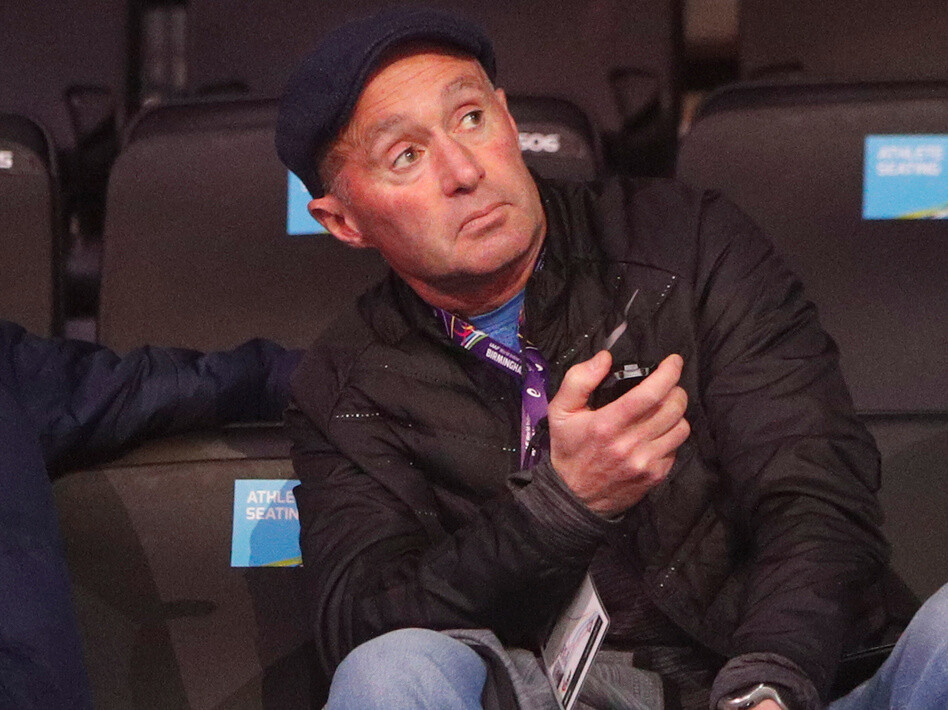
WADA's strict liability standard holds athletes accountable for any prohibited substance in their system, regardless of intent. This has led to controversial sanctions, such as the four-year ban of American runner Shelby Houlihan. She tested positive for the steroid nandrolone, which she attributed to consuming a pork burrito. Despite her defense, the ban was upheld, raising questions about the fairness of such rigid policies.

Overhauling the Banned Substances List
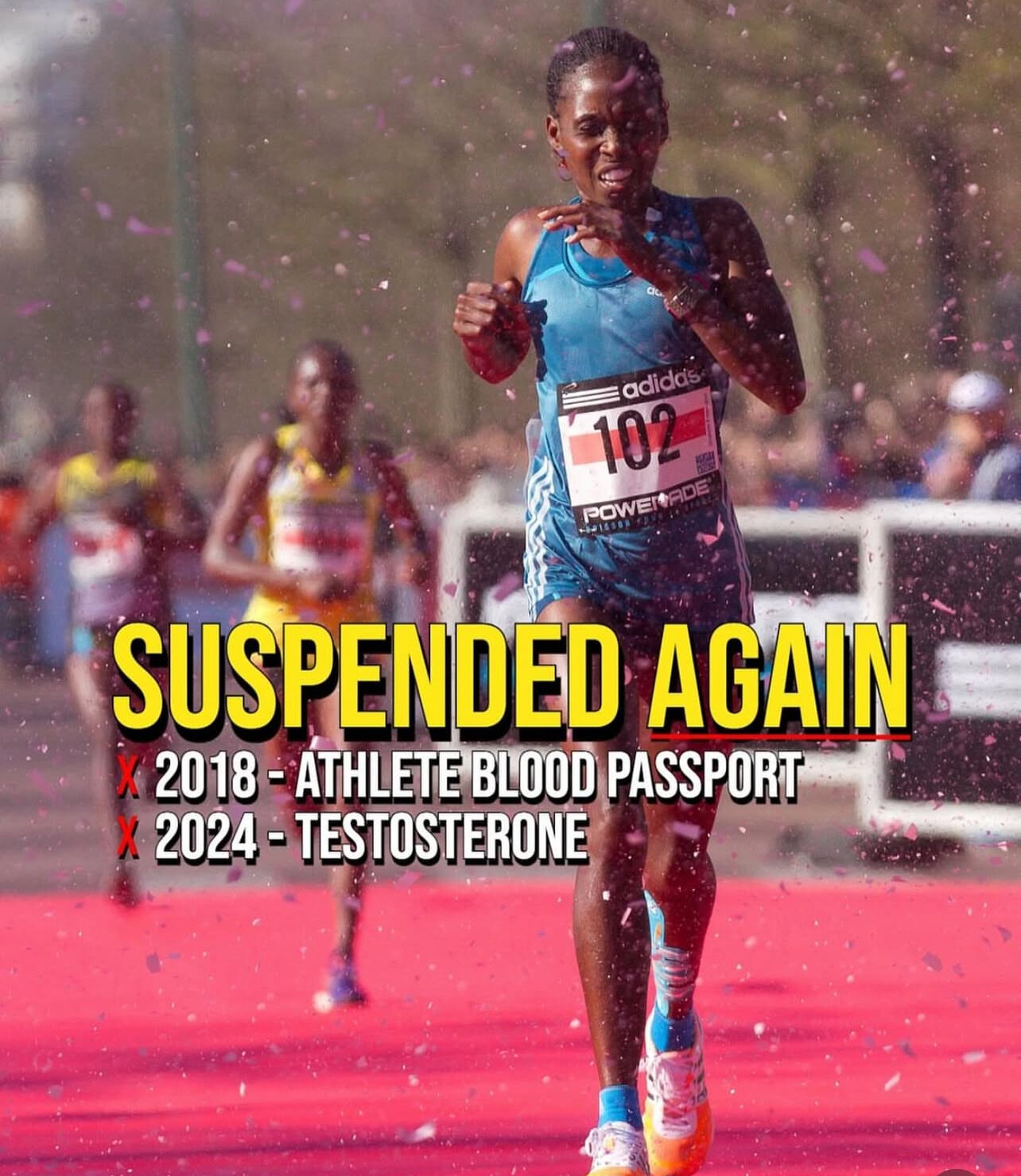
The extensive list of prohibited substances maintained by WADA includes compounds with minimal or no performance-enhancing effects. By focusing on substances with proven performance benefits, we can prevent athletes from being unjustly penalized for trace amounts of inconsequential substances.

The Problem with Retroactive Disqualifications
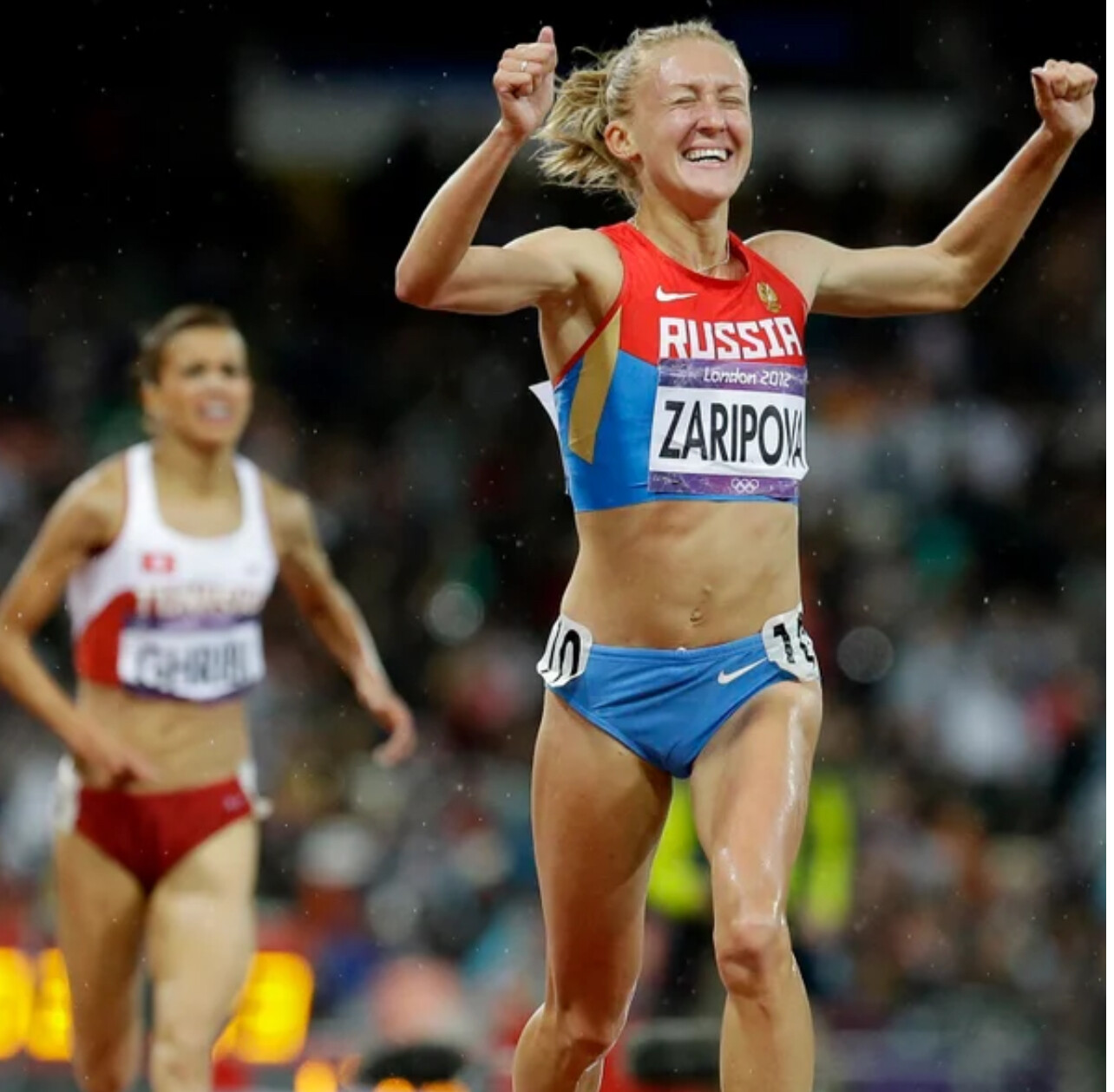
Delayed disqualifications due to retroactive positive tests cause significant disruptions. Athletes are stripped of titles months or even years after competitions, leading to uncertainty and diminished trust in the sport. Investing in faster, more sensitive testing methods is crucial to detect violations promptly, ensuring that competition results are reliable and fair.
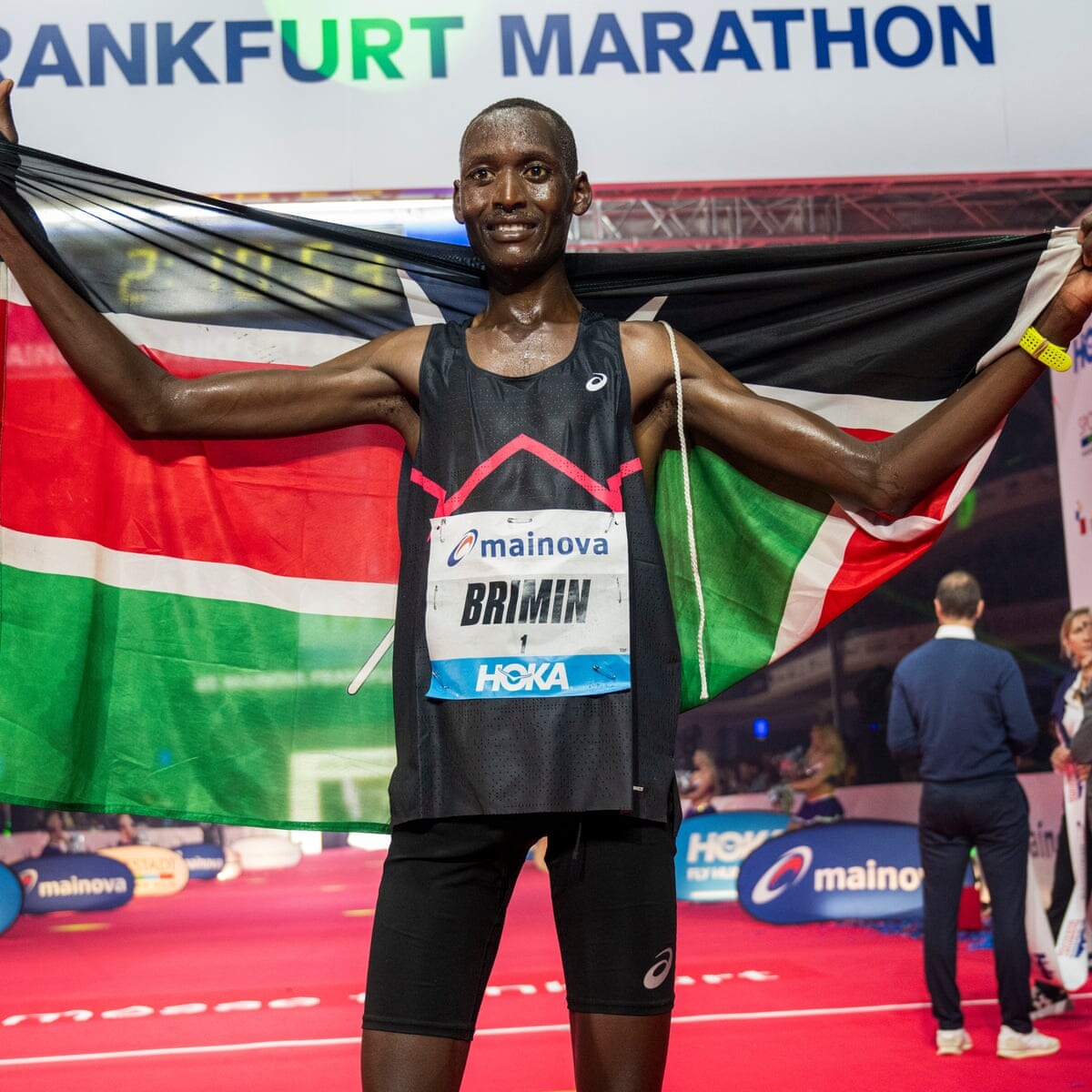
Rethinking the "Whereabouts" Requirement
WADA's "whereabouts" rule mandates that athletes provide their location for one hour each day to facilitate out-of-competition testing. This constant monitoring infringes on athletes' privacy rights and imposes an unreasonable burden. Reevaluating this policy could help balance effective anti-doping measures with respect for personal freedoms.
Understanding Blood Doping and Its Implications
Blood doping, which involves increasing red blood cells to enhance performance, poses significant health risks, including blood clots, stroke, and heart attack. While it's linked to deaths in sports like cycling, there is no documented case of a runner dying directly from blood doping.
Interestingly, many doping violations involve substances like erythropoietin (EPO), which, despite health risks, haven't been directly linked to fatalities among runners. In contrast, alcohol—a legal substance—is responsible for approximately 3 million deaths worldwide annually. This disparity raises questions about the consistency of current substance regulations in sports.
The Business of Anti-Doping
Established in 1999 with an initial operating income of USD 15.5 million, WADA's budget has grown significantly, reaching USD 46 million in 2022. This increase reflects the expanding scope of WADA's activities, including research, education, and compliance monitoring.
Funding is primarily sourced from public authorities and the sports movement, with the International Olympic Committee (IOC) being a major contributor. Notably, in 2024, the United States withheld over USD 3.6 million—about 6% of WADA's annual budget—due to disputes over the agency's handling of doping cases.
EPO's Prevalence in Doping Cases
Erythropoietin (EPO) has a history of abuse in endurance sports due to its performance-enhancing capabilities. For example, Kenyan marathon runner Brimin Kipkorir was provisionally suspended in February 2025 after testing positive for EPO and Furosemide. This suspension adds to a series of high-profile doping cases affecting marathon running, especially among Kenyan athletes.
Adapting Governance and Policies to Maintain Trust
High-profile doping scandals have exposed flaws in the governance of athletics. The case of coach Alberto Salazar illustrates the challenges in enforcing anti-doping regulations. Salazar, who led the Nike Oregon Project, was initially banned for four years in 2019 for multiple anti-doping rule violations, including trafficking testosterone and tampering with doping control processes.
In 2021, he received a lifetime ban for sexual and emotional misconduct. His athlete, Galen Rupp, never tested positive for banned substances, yet his reputation suffered due to his association with Salazar. This situation underscores the importance of independent and transparent governance in maintaining the sport's integrity.
The banned drug list
The World Anti-Doping Agency (WADA) maintains a comprehensive list of substances and methods prohibited in sports to ensure fair competition and athlete health. This list is updated annually and includes categories such as:
· Anabolic Agents: These substances, including anabolic-androgenic steroids, promote muscle growth and enhance performance.
· Peptide Hormones, Growth Factors, and Related Substances: Compounds like erythropoietin (EPO) and human growth hormone (hGH) that can increase red blood cell production or muscle mass.
· Beta-2 Agonists: Typically used for asthma, these can also have performance-enhancing effects when misused.
· Hormone and Metabolic Modulators: Substances that alter hormone functions, such as aromatase inhibitors and selective estrogen receptor modulators.
· Diuretics and Masking Agents: Used to conceal the presence of other prohibited substances or to rapidly lose weight.
· Stimulants: Compounds that increase alertness and reduce fatigue, including certain amphetamines.
· Narcotics: Pain-relieving substances that can impair performance and pose health risks.
· Cannabinoids: Including substances like tetrahydrocannabinol (THC), which can affect coordination and concentration.
· Glucocorticoids: Anti-inflammatory agents that, when misused, can have significant side effects.
Additionally, WADA prohibits certain methods, such as blood doping and gene doping, which can artificially enhance performance. It's important to note that while substances like alcohol are legal and widely consumed, they are not banned in most sports despite their potential health risks.
In contrast, substances like EPO, which have not been directly linked to fatalities among runners, are prohibited due to their performance-enhancing effects and potential health risks. This raises questions about the consistency and focus of current substance regulations in sports..
Regarding the percentage of doping violations involving EPO, specific statistics are not readily available. However, EPO has been a focal point in numerous high-profile doping cases, particularly in endurance sports. For detailed and up-to-date information, consulting WADA's official reports and statistics is recommended
Blood Doping Across Sports
Blood doping is prohibited across various sports, particularly those requiring high endurance. The International Olympic Committee (IOC) banned blood doping in 1985, and since then, numerous sports organizations have implemented similar prohibitions. Cycling has been notably affected, with many major champions associated with or suspended for blood doping.
In conclusion, while the fight against doping is essential to maintain fairness in athletics, the current methods employed by WADA may be causing more harm than good. It's imperative to develop more nuanced, fair, and effective anti-doping policies that protect both the integrity of the sport and the rights of its athletes.
by Bob Anderson
Login to leave a comment
Is It the Shoes? 9 Days, 5 Men, 7 World Records
Over nine days, five men shattered seven world records, leaving me, like many others in the running world, asking one question: Is it the shoes? Or are we witnessing a new era of human performance, fueled by relentless training, cutting-edge technology, and perfect conditions?
It all started on February 8 at the Millrose Games. Grant Fisher kicked things off with an incredible 7:22.91 in the men's indoor 3000m, smashing the previous world record. His smooth stride and smart pacing made it look almost easy. I couldn't help but wonder if this was just the beginning. Sure enough, Yared Nuguse followed with a stunning 3:46.63 in the men's indoor mile.
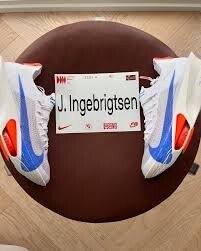
Five days later, Jakob Ingebrigtsen took things to another level in Liévin, France. He ran the mile in 3:45.14, breaking Nuguse’s fresh record. What really blew my mind was his 1500m split—3:29.63, another world record on the way to the mile finish. I’ve watched Jakob race for years, but this performance had me thinking: Are we witnessing the best miler of all time in his prime?
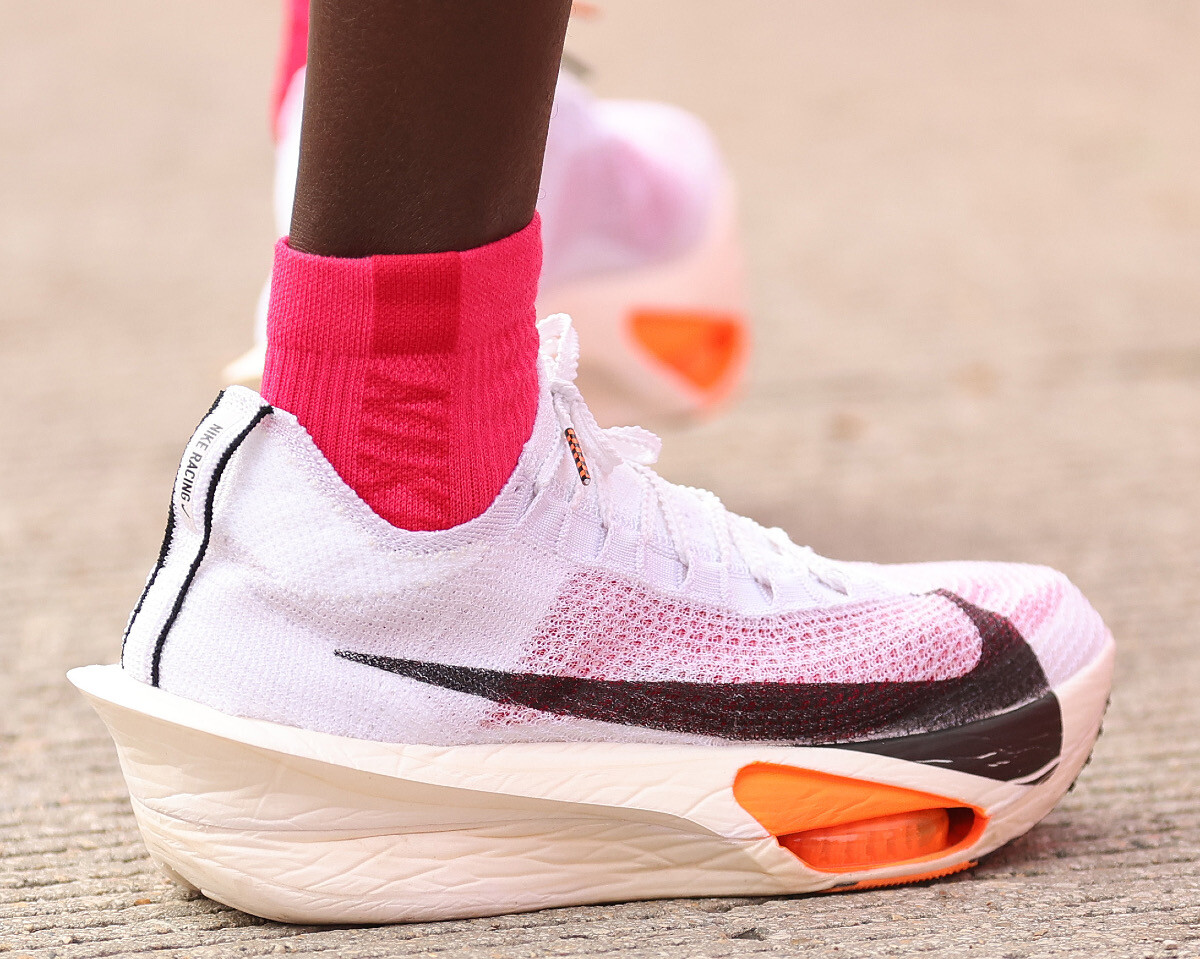
Then came Valentine's Day, and Grant Fisher was back at it. This time, he broke the men's indoor 5000m record in Boston, clocking an astonishing 12:44.09. Sub-60-second laps, one after another.
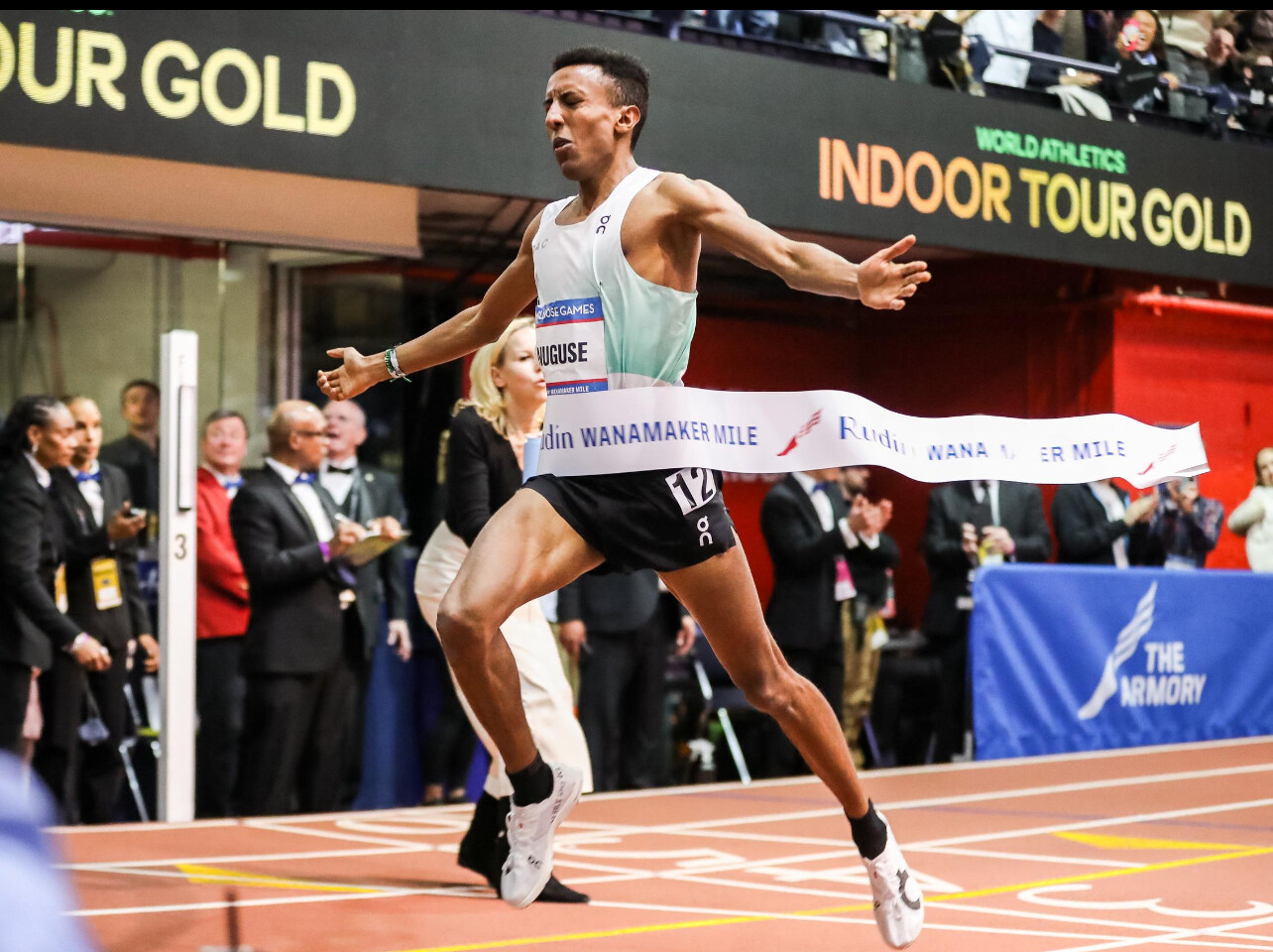
Just when I thought the wave of records might slow down, February 16 brought two more amazing performances. In Kobe, Japan, Toshikazu Yamanishi stormed to a 1:16:10 finish in the men's 20km race walk. Meanwhile, in Barcelona, Jacob Kiplimo made history in the half marathon, blazing to a 56:42 finish. I've followed Kiplimo's career closely, but this performance truly cemented his status as one of the greatest distance runners ever.

Naturally, everyone started talking about the shoes. Were they the secret behind these incredible performances? I looked into what each athlete was wearing. Grant Fisher and Yared Nuguse were both racing in the Nike Dragonfly spikes, known for their Pebax plate and ZoomX foam, delivering maximum energy return for middle and long distances. Jakob Ingebrigtsen was laced up in the Nike Air Zoom Victory, a lightweight spike built for efficiency. Yamanishi likely wore ASICS race walking shoes, designed for stability and flexibility. And Kiplimo? He was flying in the Nike Vaporfly Next% 3, the go-to choice for elite road runners chasing fast times.
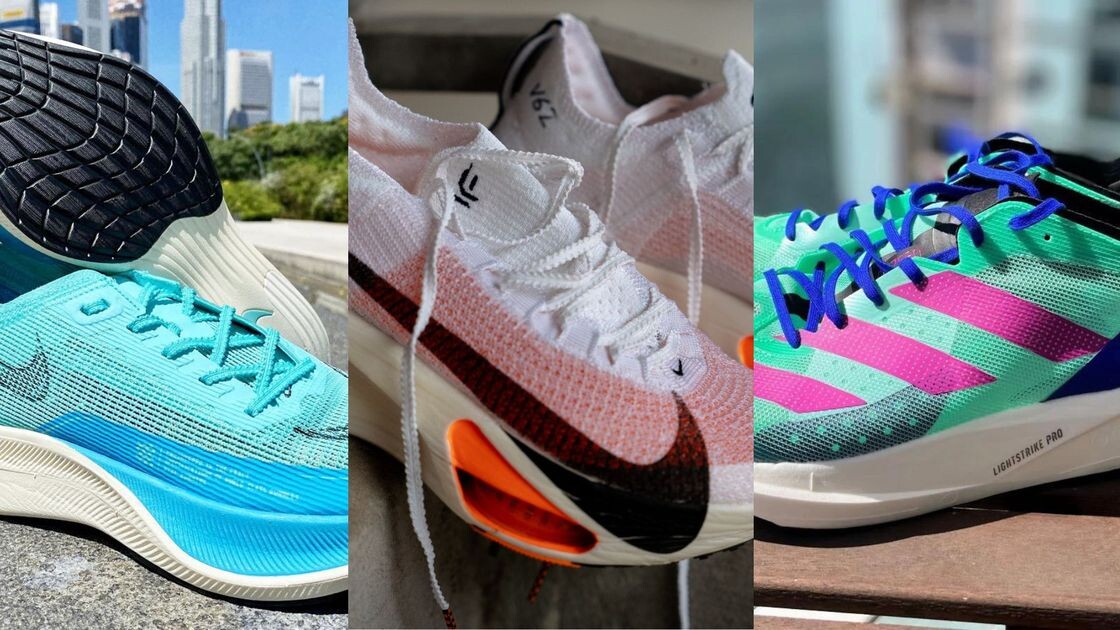
So, is it the shoes? All have been approved by World Athletics. It’s tempting to think so, but I believe the reality is more complex. Yes, today's super shoes, with their carbon plates, advanced foams, and featherlight builds, undoubtedly contribute. But I've been around this sport long enough to know that technology alone doesn’t break records. The foundation is still the same—grueling training, meticulous race preparation, and sheer determination.
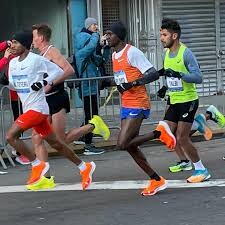
Nine days. Five men. Seven world records. Whether it’s the shoes, the training, or a perfect storm of conditions, one thing is clear: the boundaries of human performance continue to be pushed. As someone who’s watched this sport evolve for decades, I can’t help but feel fortunate to witness history in the making.
A friend, Gary Rush summed it up so well, "I grew up in the early eighties of running, and my guess is with all of the GPS watches, gels, nutrition drinks, scientific training, analysis, Max VO2 tests, and likely more frequent training and recovery because of the Super Shoes, will give us insane results day by day...But, that 2:09 for a women's marathon must be even better historically than the first 4 minute mile,"
by Bob Anderson
Login to leave a comment
The Rush to Discredit Greatness – Why Do We Doubt Record-Breaking Performances?
When news broke that Jacob Kiplimo had run an astonishing 56:42 half marathon, the immediate reaction on social media was a mix of awe, skepticism, and outright accusations of cheating. Many simply couldn’t believe that a human could run that fast.
By Bob Anderson, Editor of My Best Runs
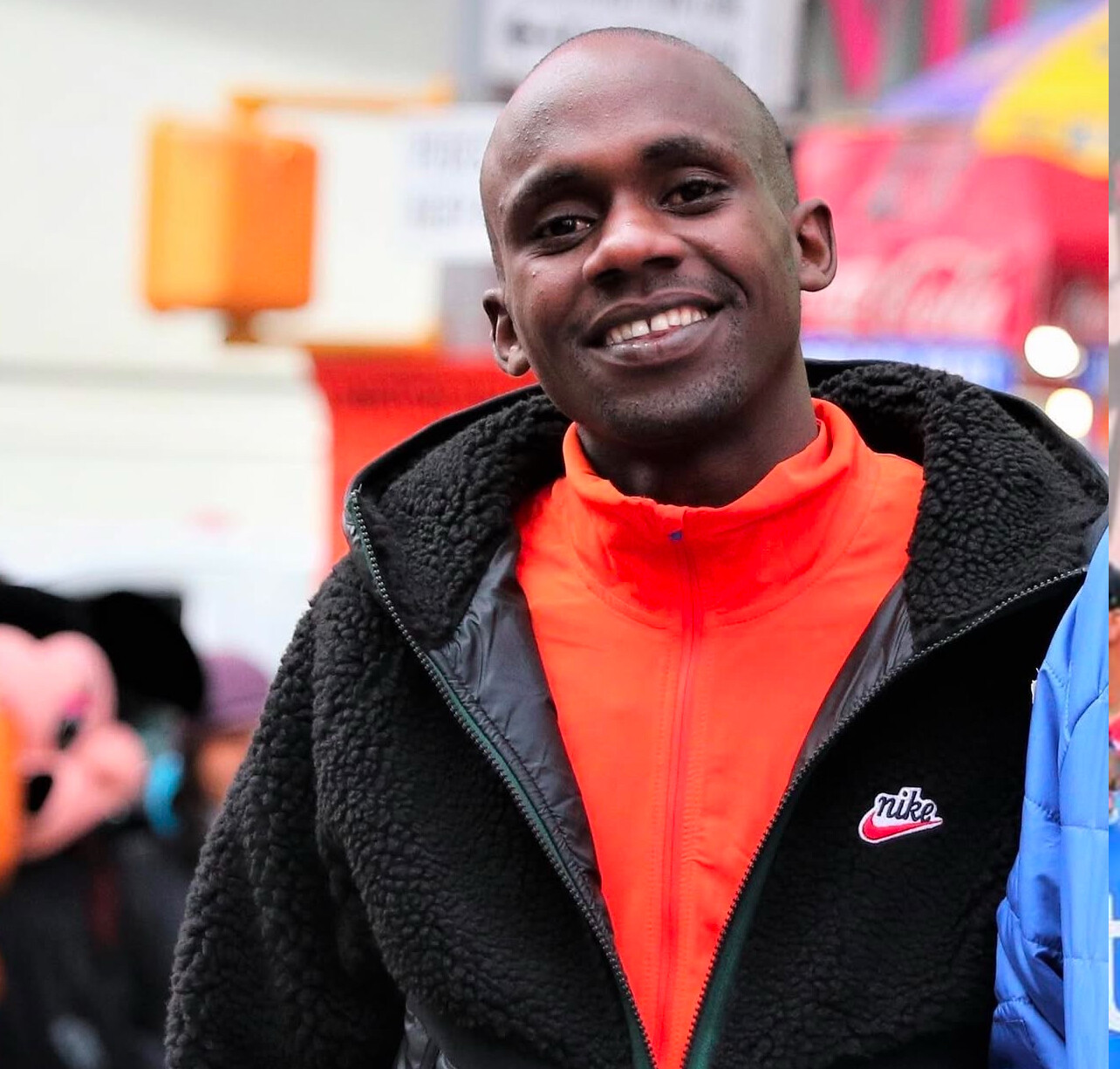
I understand why people might be shocked. This was not just a fast race—it was arguably the greatest distance running performance ever. Kiplimo’s time shattered previous records and redefined what we thought was possible over 21K. But should disbelief automatically lead to accusations?
The reality of record-breaking feats
Throughout history, incredible performances have often been met with doubt. In 1954, Roger Bannister’s sub-4-minute mile seemed superhuman, but today, elite high schoolers chase that mark. When Eliud Kipchoge broke the two-hour marathon barrier (albeit in a controlled environment), people debated how much was due to pacing, shoes, or course setup.
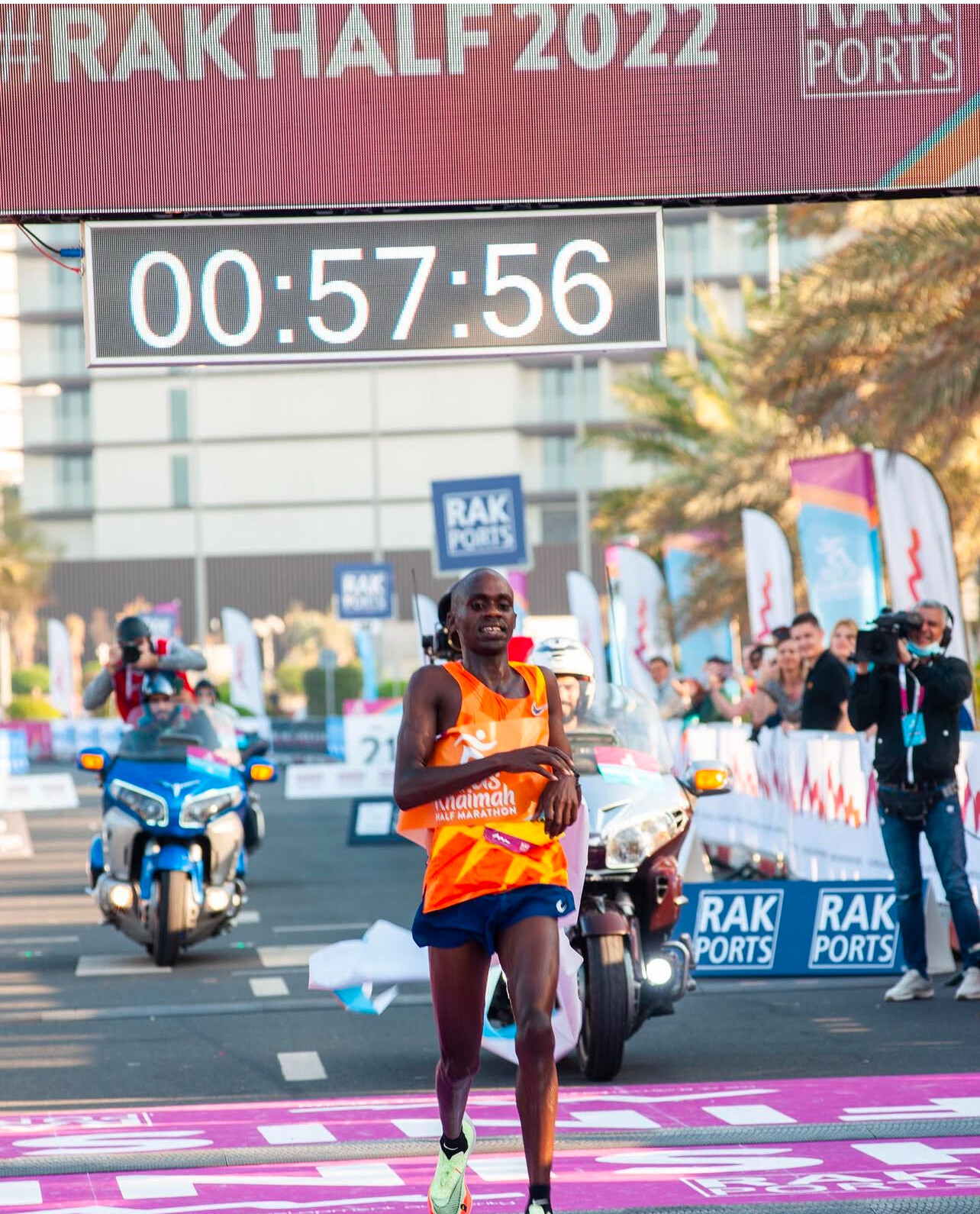
Now, with Kiplimo’s 56:42, we see the same pattern. Questions arise:
Was the course accurate? This will be verified before the record is ratified.
Did he use performance-enhancing drugs (PEDs)? As far as we know, he has passed every drug test, and accusations without evidence are unfair.
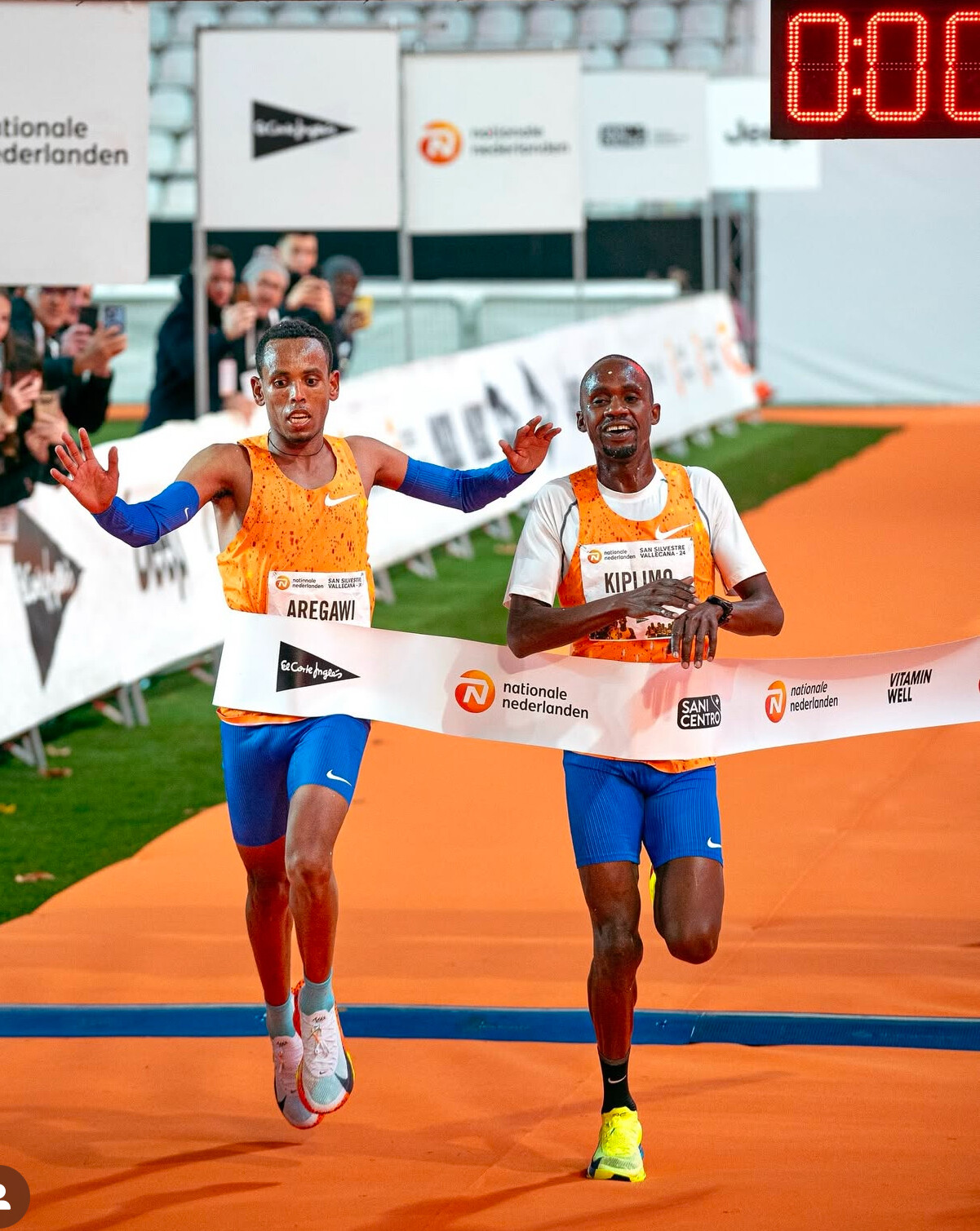
What about Nike’s super shoes? Yes, he wore them, but these shoes are legal under World Athletics regulations.
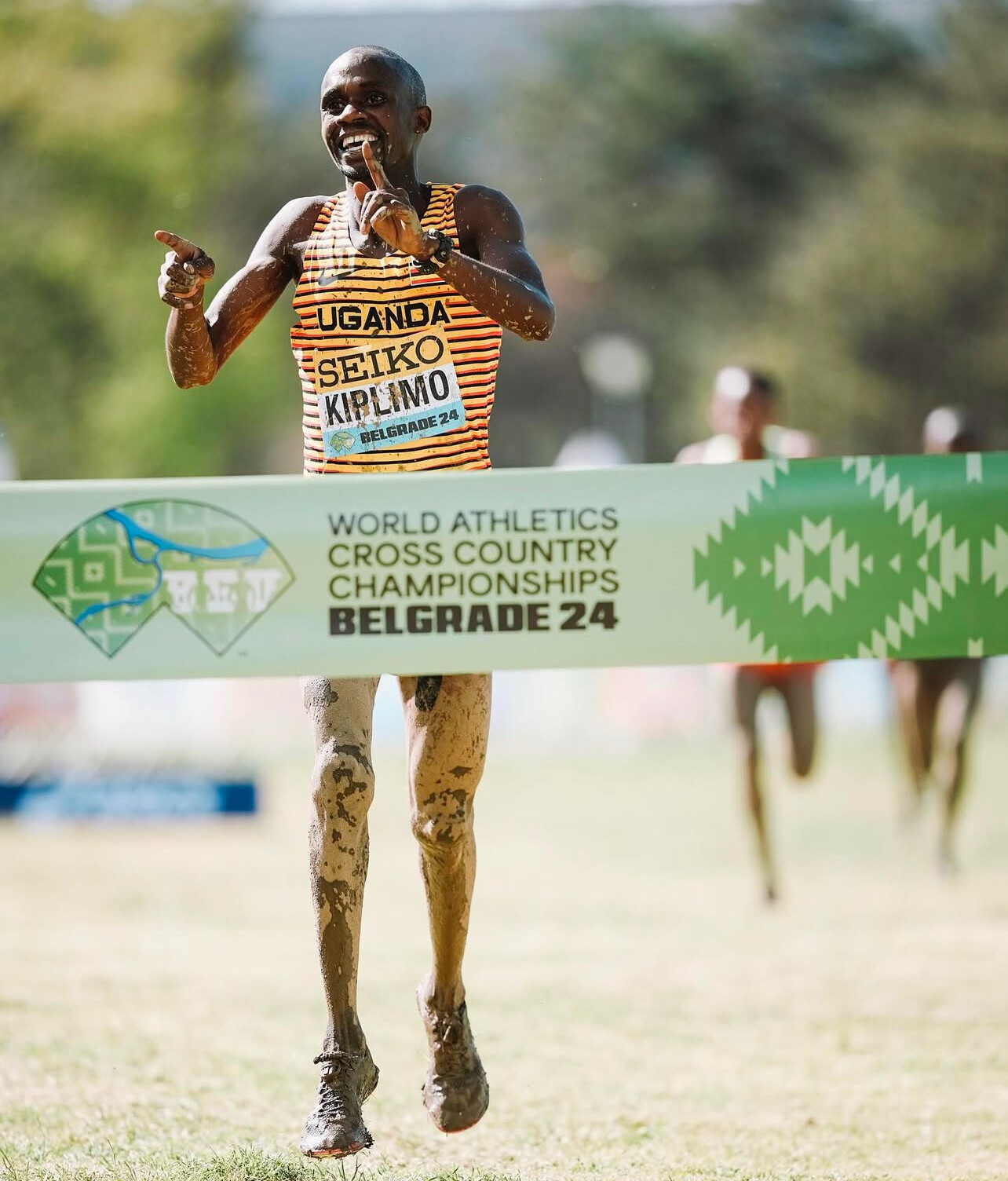
These are reasonable questions to ask, and the governing bodies will do their due diligence. But what’s frustrating is the knee-jerk reaction of immediately assuming foul play.
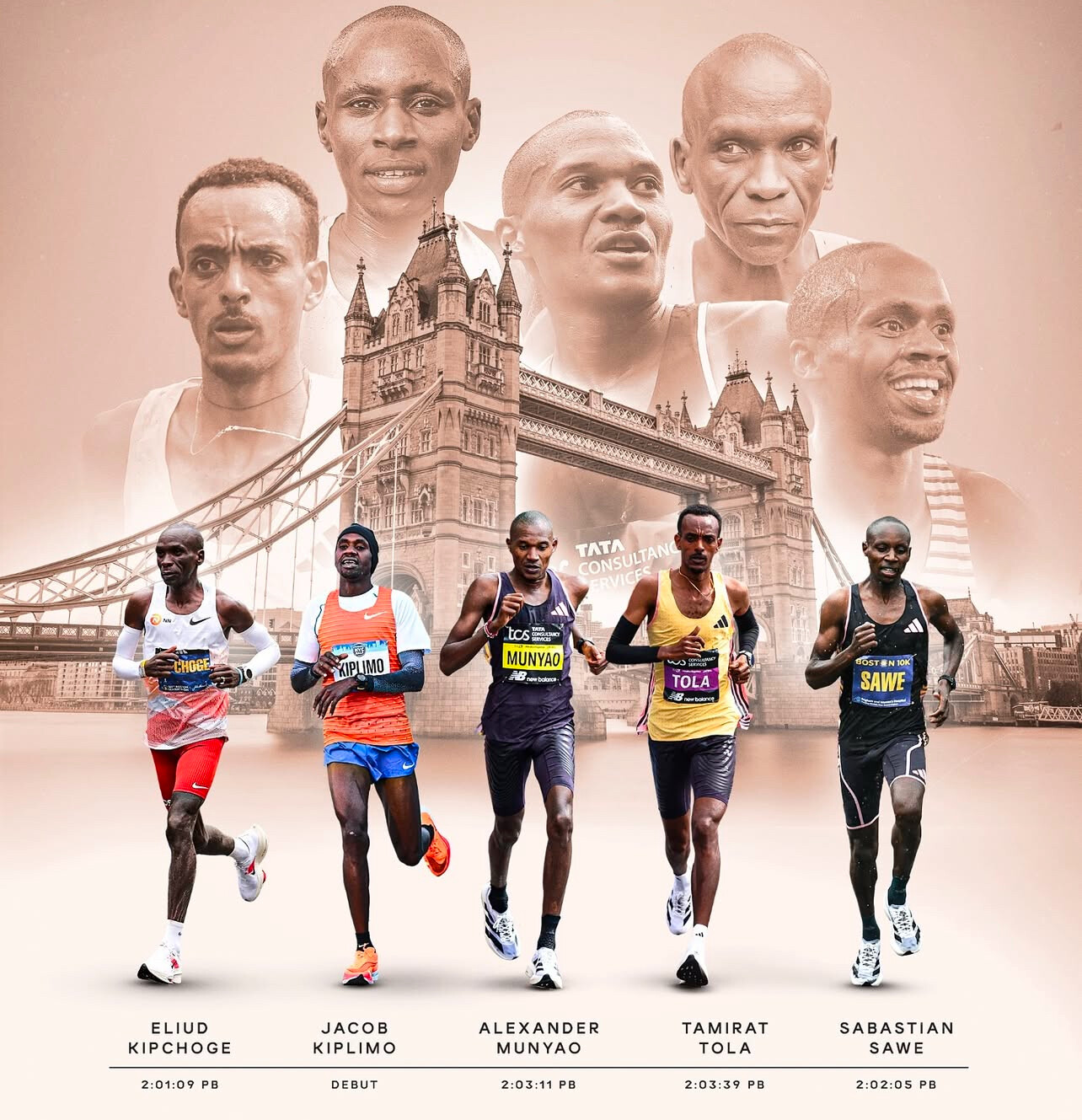
The culture of doubt in modern running
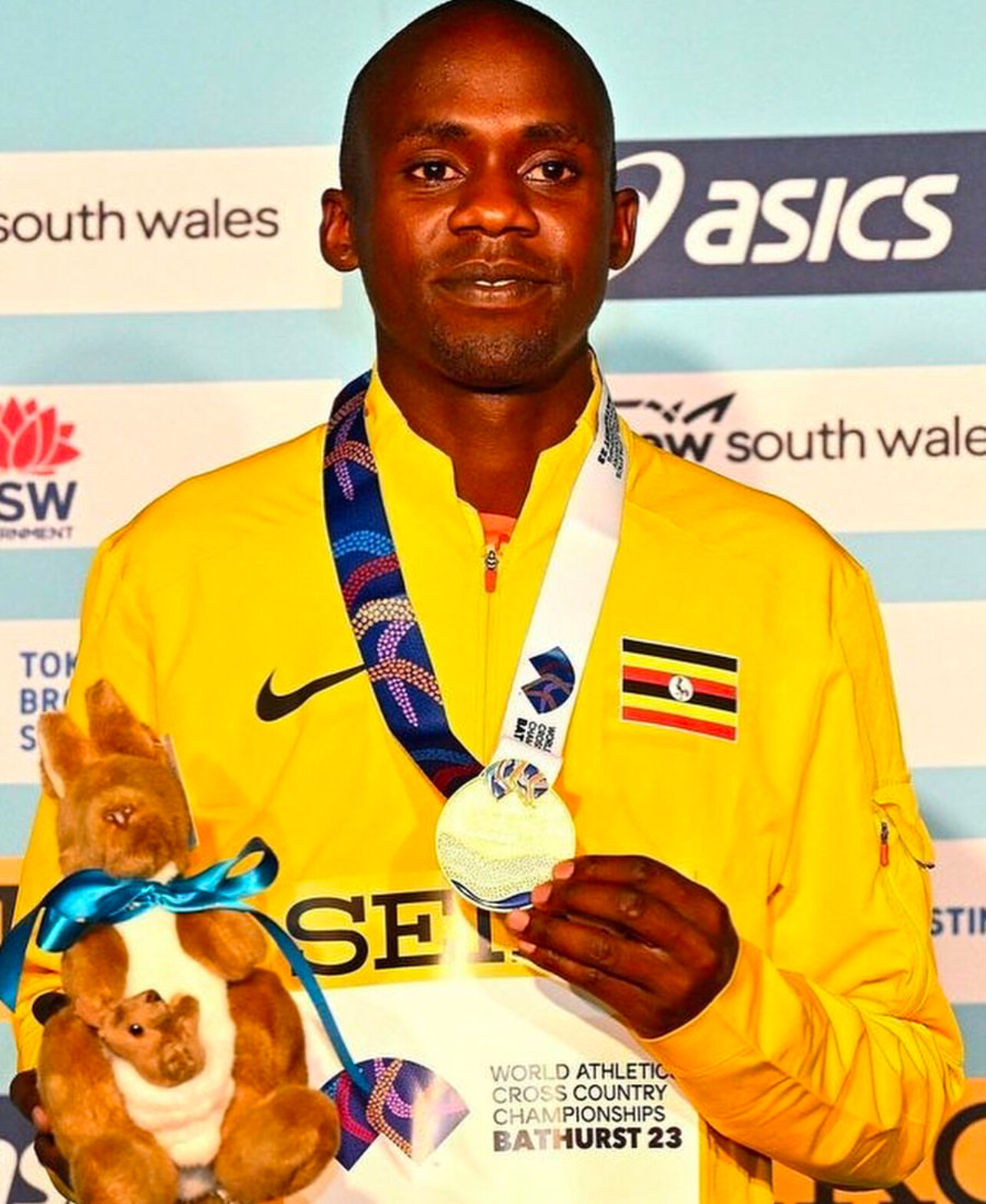
Why do some past champions and fans rush to discredit new performances? Some of it comes from personal experience—many former elite runners trained incredibly hard, and when they see times they never thought possible, it’s natural to wonder what changed. Some of it also comes from a real history of doping scandals in the sport, from Ben Johnson to Lance Armstrong to the Russian state-sponsored program.
But there’s another factor—social media. Unlike in Bannister’s era, when skepticism was confined to private conversations, today’s doubts explode instantly across the internet. A single tweet suggesting “this must be doping” spreads like wildfire, often without evidence.
Jacob Kiplimo is no stranger to records
Let’s not forget that this is not Kiplimo’s first world record. He has been at the top of the sport for years, previously holding the half marathon world record at 57:31 before Kelvin Kiptum broke it. He has consistently performed at the highest level, winning Olympic and World Championships medals. Are the same people suggesting he cheated back then too? Or is it only now, when the record has taken a dramatic leap, that they feel the need to discredit him?
Innocent until proven guilty
In sports, as in life, we must be careful about making baseless accusations. If evidence emerges that Kiplimo cheated, that’s one thing. But until then, we should celebrate an incredible performance and let the process of verification take its course.
To those quick to assume wrongdoing, I ask—what if you’re wrong? What if Kiplimo is simply that good? Greatness should inspire us, not immediately make us suspicious. Until proven otherwise, this was a historic day for distance running—one that deserves recognition, not reckless doubt.
by Bob Anderson
Login to leave a comment
False Accusations Impact Eliud Kipchoge's Reputation and Earnings
In February 2024, the running community was shaken by the tragic death of marathon world record holder Kelvin Kiptum in a car accident. In the aftermath, baseless rumors emerged on social media, falsely implicating fellow Kenyan marathoner Eliud Kipchoge in the incident. These unfounded allegations led to a wave of online harassment directed at Kipchoge, tarnishing his reputation and potentially impacting his earnings.
Impact on Kipchoge's Reputation
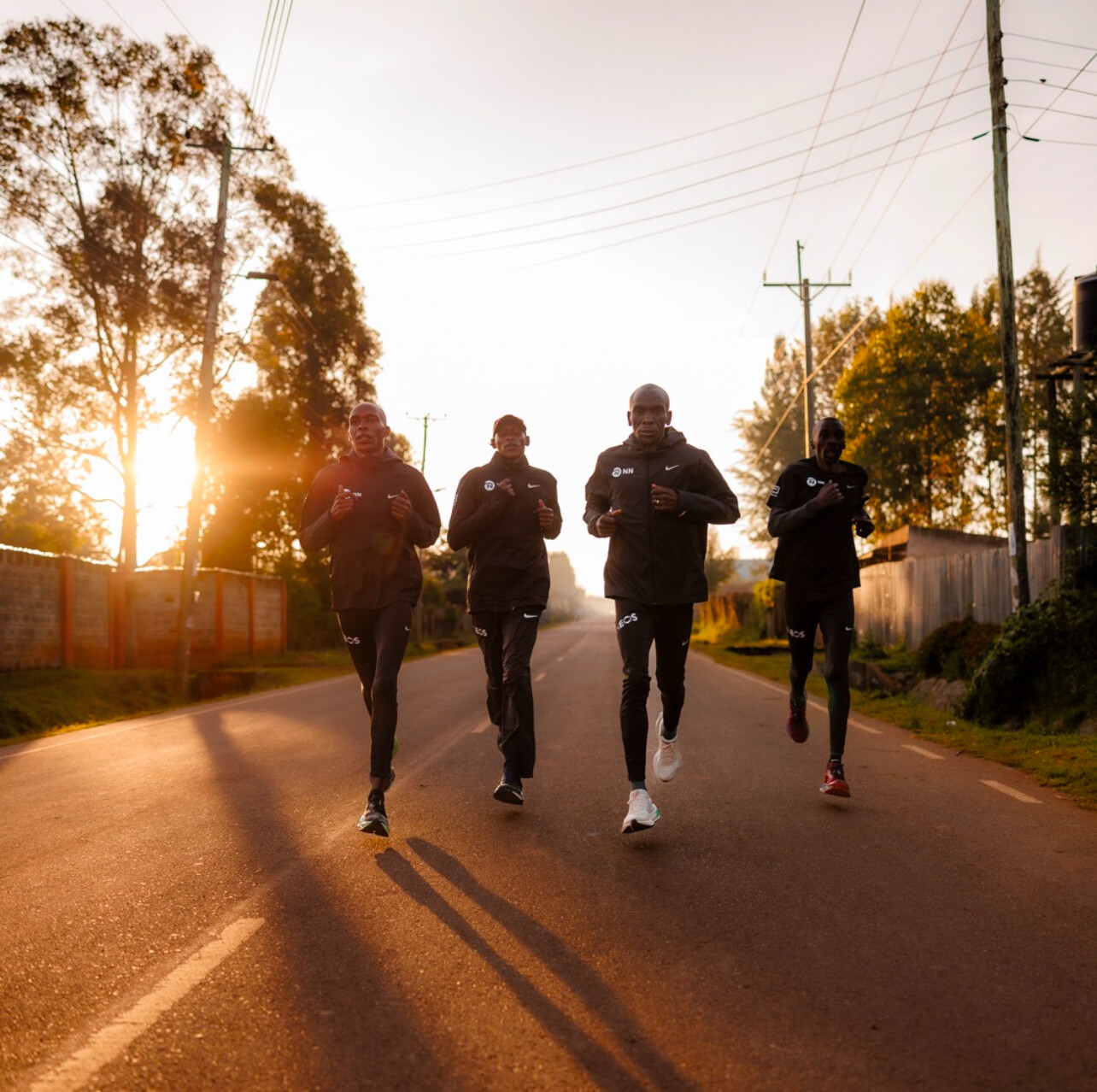
Eliud Kipchoge, renowned for his discipline and sportsmanship, faced significant challenges due to the spread of misinformation. The false accusations not only subjected him to personal distress but also threatened to undermine the public's perception of his integrity. In an interview, Kipchoge expressed his anguish, stating that the harassment forced him to take measures to protect his family. He emphasized that the claims were baseless and deeply affected his personal and professional life.
Financial Implications
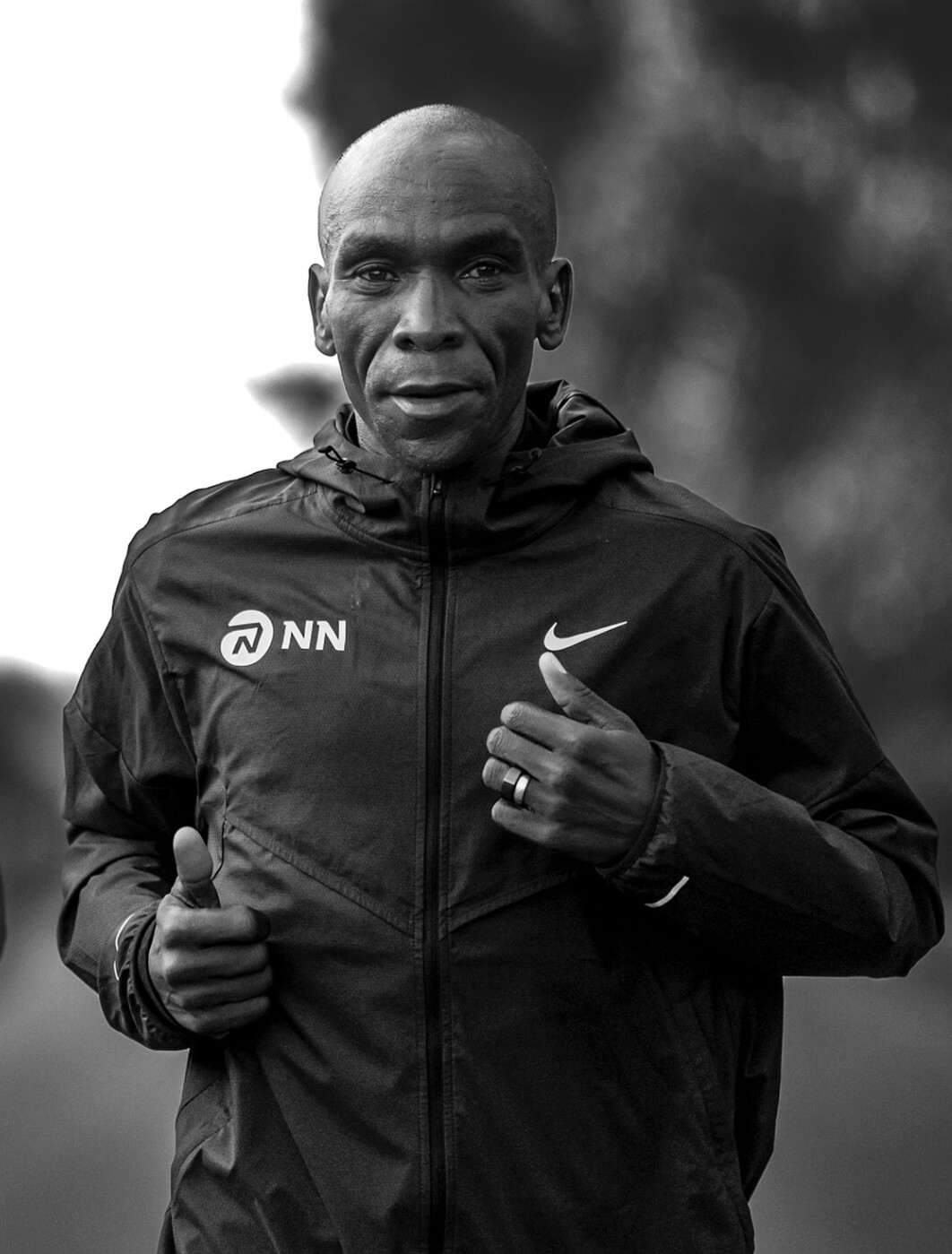
While exact figures are not publicly disclosed, the reputational damage from such allegations can have substantial financial repercussions. Endorsement deals, appearance fees, and sponsorships are often contingent upon an athlete's public image. Negative publicity, even if unfounded, can lead to reduced opportunities and financial losses. For instance, in 2015, Kipchoge himself noted that doping claims could harm the reputations and earnings of Kenyan runners, highlighting the sensitivity of sponsors and event organizers to athletes' public perceptions.
Addressing the Misinformation
In response to the false allegations, Kipchoge took steps to clear his name and restore his reputation. He publicly addressed the rumors, asserting his innocence and expressing his commitment to the sport's integrity. Such proactive measures are crucial in mitigating the damage caused by misinformation. Brands like Nike have demonstrated that transparent communication and reaffirming core values can help restore public trust after controversies.
The spread of false information had a tangible impact on Eliud Kipchoge, affecting both his personal well-being and professional standing. This incident underscores the broader implications of misinformation in the digital age, highlighting the need for responsible communication and the protection of individuals' reputations.
by Boris Baron
Login to leave a comment
Grant Fisher: The Rise of America’s Distance Running Star and His Path to Success
Grant Fisher came within a fraction of a second of Olympic gold in the 10,000 meters at the 2024 Paris Games, narrowly missing the top spot in one of the closest finishes in the event’s history.
It had been 60 years since an American had last won the race, and sitting in the stands that day was Billy Mills, the man who pulled off that legendary upset in Tokyo in 1964. Fisher’s performance was a powerful moment that linked generations of American distance running, proving that while technology and training have evolved, the spirit of competition remains unchanged.
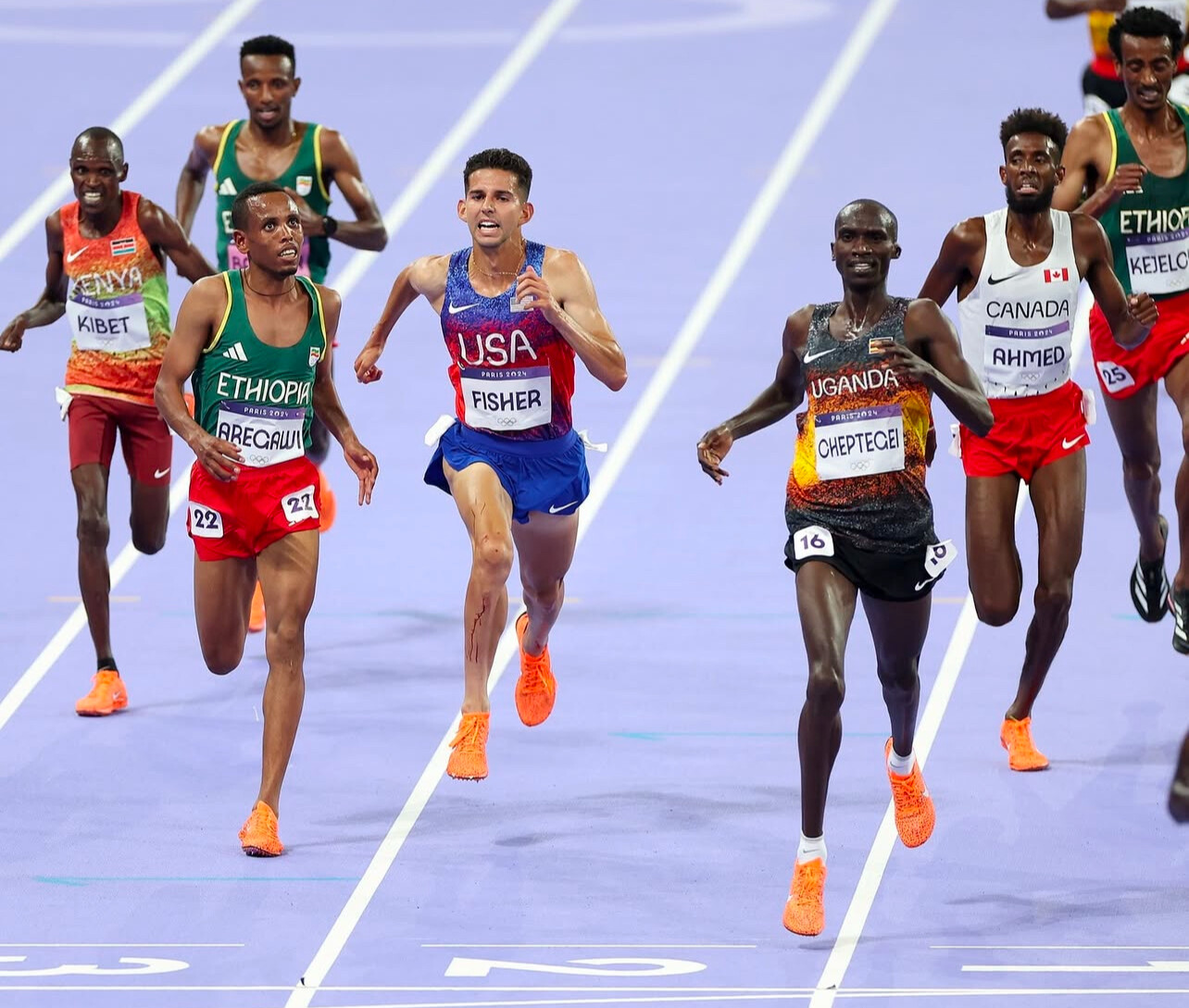
Fisher has emerged as one of the greatest distance runners in American history. He holds the world indoor record in the 3000 meters, as well as American records in the two-mile, 5000 meters, and 10,000 meters.
His performances at the 2024 Olympics—bronze medals in both the 5000 and 10,000 meters—cemented his status as a world-class athlete, making him the first American to medal in both events at the same Olympic Games.
Early Life and High School Achievements
Fisher grew up in Grand Blanc, Michigan, where he attended Grand Blanc High School. In addition to running, he was an avid soccer player and a member of the Michigan Wolves, an elite-level club team. His high school running career was marked by significant achievements, including being named Gatorade Player of the Year for cross country for the 2013–2014 and 2014–2015 seasons. On June 4, 2015, he became the seventh American high school student to run a mile under four minutes, clocking 3:59.38 at the Nike Festival of Miles.
Collegiate Success at Stanford University
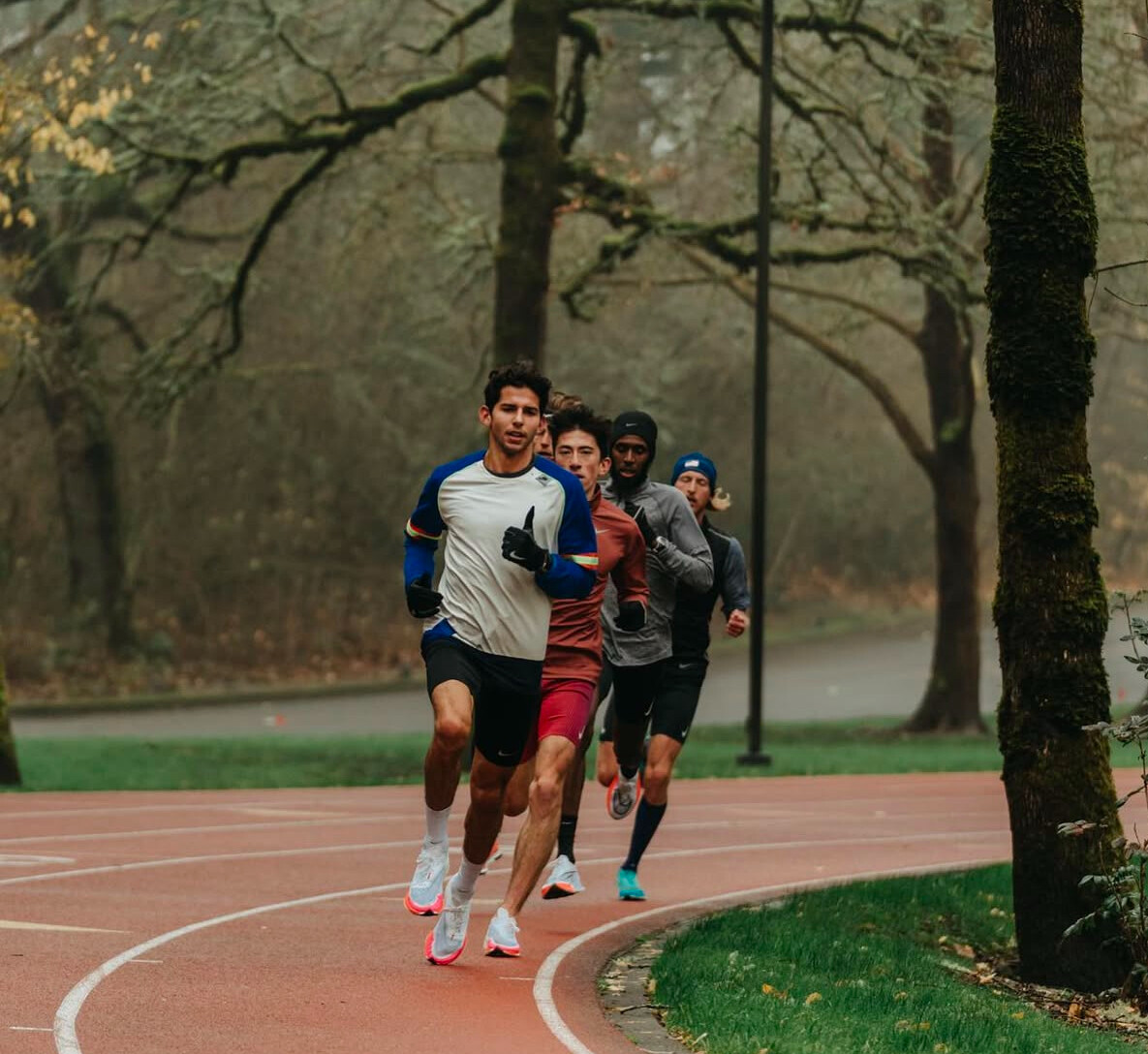
Fisher attended Stanford University, where he continued to excel in both cross country and track. He was an eleven-time All-American and won the 2017 NCAA Outdoor Track and Field 5000m championship, becoming the first American underclassman to do so in 28 years.
Transition to Professional Running
After graduating from Stanford, Fisher turned professional and joined the Bowerman Track Club, training under coach Jerry Schumacher. He continued to make significant strides in his professional career, setting personal bests and national records in various events.
Training Philosophy and Coaching
In late 2023, Fisher made a pivotal change by relocating to Park City, Utah, to train under his former high school coach, Mike Scannell. This move was aimed at optimizing his training environment, taking advantage of Park City's high altitude to enhance his physiological response to training. Fisher's training regimen focuses on threshold-type sessions, hill repeats, and long runs, with an emphasis on consistency and gradual progression.
Olympic Achievements
At the 2024 Paris Olympic Games, Fisher delivered outstanding performances:
10,000 meters: Fisher secured a bronze medal with a time of 26:43.46, narrowly missing the silver in a photo finish. This achievement made him the first American to medal in the men's 10,000 meters since Galen Rupp in 2012.
5000 meters: Fisher earned his second bronze medal, finishing in 13:15.13. He executed a strong final lap, moving from ninth to third place, showcasing his tactical acumen and finishing speed.
This race was one of the most thrilling finishes in Olympic history, with Fisher just 0.32 seconds behind Uganda’s Joshua Cheptegei, who set a new Olympic record of 26:43.14. The difference between gold and bronze was razor-thin, and it took a photo finish to determine the final placements.
Recent Achievements
On February 8, 2025, at the Millrose Games, Fisher set a new world indoor record in the 3000 meters, finishing in 7:22.91. This performance underscored his position as one of the premier distance runners globally.
Personal Bests
Grant Fisher's progression in the sport is highlighted by his impressive personal records across various distances:
1500 meters: 3:34.90 (June 9, 2024, New York, New York)
3000 meters: 7:22.91 (February 8, 2025, New York, New York) – World Indoor Record
Two-mile: 8:03.62 (February 11, 2024, New York, New York) – American Record
5000 meters: 12:46.96 (September 2, 2022, Brussels, Belgium) – North American Record
10,000 meters: 26:33.84 (March 6, 2022, San Juan Capistrano, California) – North American Record
These personal bests not only demonstrate Fisher's versatility across distances but also his continuous improvement and commitment to excellence.
Grant Fisher's journey from a high school prodigy to a world-class athlete is a testament to his dedication, strategic training choices, and adaptability. His performance in the 2024 Olympic 10,000 meters was one of the greatest ever by an American, coming within a fraction of a second of gold.
While modern advancements in track surfaces, shoes, and training have contributed to faster times, Fisher’s near-victory proved that at its core, elite distance running is still about tactical intelligence, mental strength, and raw determination—the same qualities that helped Mills secure his iconic gold in 1964.
by Boris Baron
Login to leave a comment
No-Finish-Line Runs: The Emerging Trend of 'Open-Ended' Races and Personal Challenges
In a world increasingly focused on measurable outcomes and rigid milestones, a new wave of athletic events is redefining success by removing the finish line altogether.
These no-finish-line runs prioritize endurance, personal growth, and community over competition, with participants embracing the journey rather than chasing a fixed endpoint. At the heart of this movement lies the loop or repetitive course—a format that embodies the philosophy of endless possibility. Here’s how this concept is reshaping the future of running.
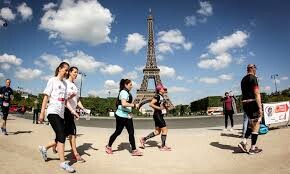
1. Loop or Repetitive Course: Redefining the Race Experience
The loop course model transforms traditional races into open-ended challenges. Instead of a linear route with a predetermined distance, runners navigate a repeated circuit—often 1 km or shorter—for as long as they choose. This structure democratizes participation, allowing athletes of all levels to set personal goals, whether completing 5 laps or 50.
Example: The No Finish Line Nice Charity Race
One standout event is the No Finish Line Nice, a 5-day charity race held annually on France’s Côte d’Azur. From May 14–18, 2025, participants will run or walk a 1 km loop along the Quai des Etats-Unis, with every kilometer translating to €1 donated to underprivileged and sick children. The course is open 24/7, encouraging runners to push their limits while fostering a collective effort toward a shared goal. Key features include:
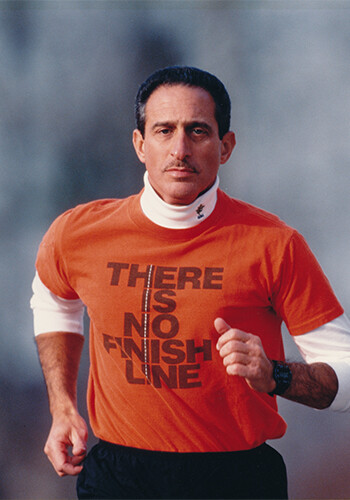
Flexibility - Participants join solo or in teams, with no time constraints.
Inclusivity - Open to all ages, fitness levels, and even pets or strollers.
Community Impact - Funds raised directly support local causes, blending athleticism with altruism.
This model mirrors the ethos of Nike’s No Finish Line book, which argues that innovation and progress are not end points but endless journeys driven by creativity and collaboration .
2. Philosophy: The Intersection of Sport and Endless Potential
The loop course trend aligns with broader cultural shifts toward mindfulness and sustainability. By removing the pressure to “finish,” runners focus on incremental progress—a concept echoed in Nike’s vision for design and sport. As Nike Chief Design Officer John Hoke writes:
When we say ‘There is no finish line,’ it’s not about an unending grind, but a belief in the limitless potential of sport and design.
This philosophy rejects rigid definitions of success, inviting participants to embrace their unique paths. Similarly, Sam Grawe’s essays in *No Finish Line* predict a future where design evolves from “static to sensorial” and “elite to everyone”—principles that resonate with the democratized nature of loop races.
3. Why Loop Courses Are Gaining Momentum
Personalization - Athletes set their own benchmarks, whether running for 30 minutes or 5 days.
Sustainability - Compact courses minimize environmental impact compared to large-scale marathons.
Community Building - Shared spaces like the Nice waterfront create a festival-like atmosphere, blending sport with social connection .
Mental Resilience - Repetition fosters mindfulness, teaching runners to find joy in persistence rather than external validation.
4. The Future of Open-Ended Challenges
As seen in events like No Finish Line Nice and Nike’s forward-thinking narratives, the loop course model is more than a trend—it’s a reflection of a cultural shift toward valuing process over outcome. By integrating technology (e.g., tracking apps) and charitable causes, these races redefine athleticism as a tool for collective good.
In the words of a Medium essay on life’s journey:
“Success and happiness mean different things to everyone. The race we imagine isn’t the same for all."
Loop courses embody this truth, proving that sometimes, the most meaningful finish line is the one we choose not to draw.
by Bruce Baronton
Login to leave a comment
More about Conner Mantz: From Utah Prodigy to American Record Holder
Conner Mantz's journey from a young running enthusiast in Utah to an American record holder is a testament to his unwavering dedication and exceptional talent. Born on December 8, 1996, in Logan, Utah, Mantz's early passion for running set the stage for a remarkable career in long-distance running.
Mantz's affinity for running became evident at a young age. At just 12, he completed his first half marathon, igniting a fervor for the sport. By 14, he impressively finished a half marathon in 1:11:24, maintaining an average pace of 5:26.8 minutes per mile. During his time at Sky View High School in Smithfield, Utah, Mantz distinguished himself as a three-time All-American at the Foot Locker Cross Country Championships. His prowess also earned him a spot on Team USA at the 2015 IAAF World Cross Country Championships in Guiyang, China, where he placed 29th in the junior race, leading the team to a commendable sixth-place finish.
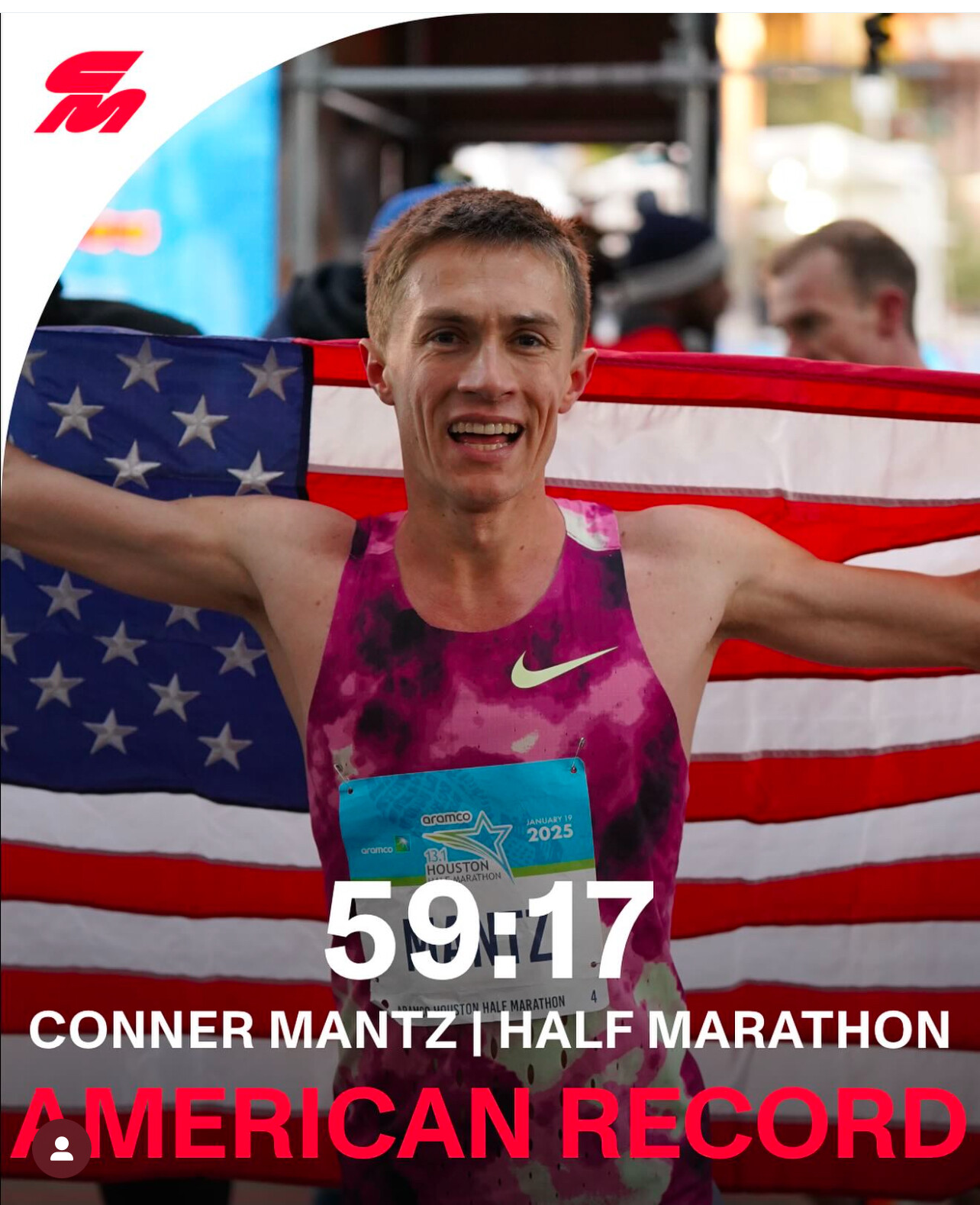
Choosing to further his running career and education, Mantz committed to Brigham Young University (BYU), turning down offers from institutions like Princeton and Furman. Before starting at BYU, he took a two-year hiatus to serve as a missionary for the Church of Jesus Christ of Latter-day Saints in Ghana. Upon his return in 2017, Mantz redshirted his first year, laying a solid foundation for his collegiate career. Under the guidance of coach Ed Eyestone, Mantz clinched back-to-back NCAA Division I Cross Country Championships titles in 2020 and 2021, solidifying his reputation as one of the nation's premier collegiate runners.
Transition to Professional Running
Turning professional in December 2021, Mantz signed with Nike and quickly made his mark. He won the USA Half Marathon Championships in Hardeeville, South Carolina, with a time of 1:00:55. The following year, he debuted in the marathon at the 2022 Chicago Marathon, finishing seventh with a time of 2:08:16. This performance was the second-fastest marathon debut by an American, just behind Leonard Korir's 2:07:56.
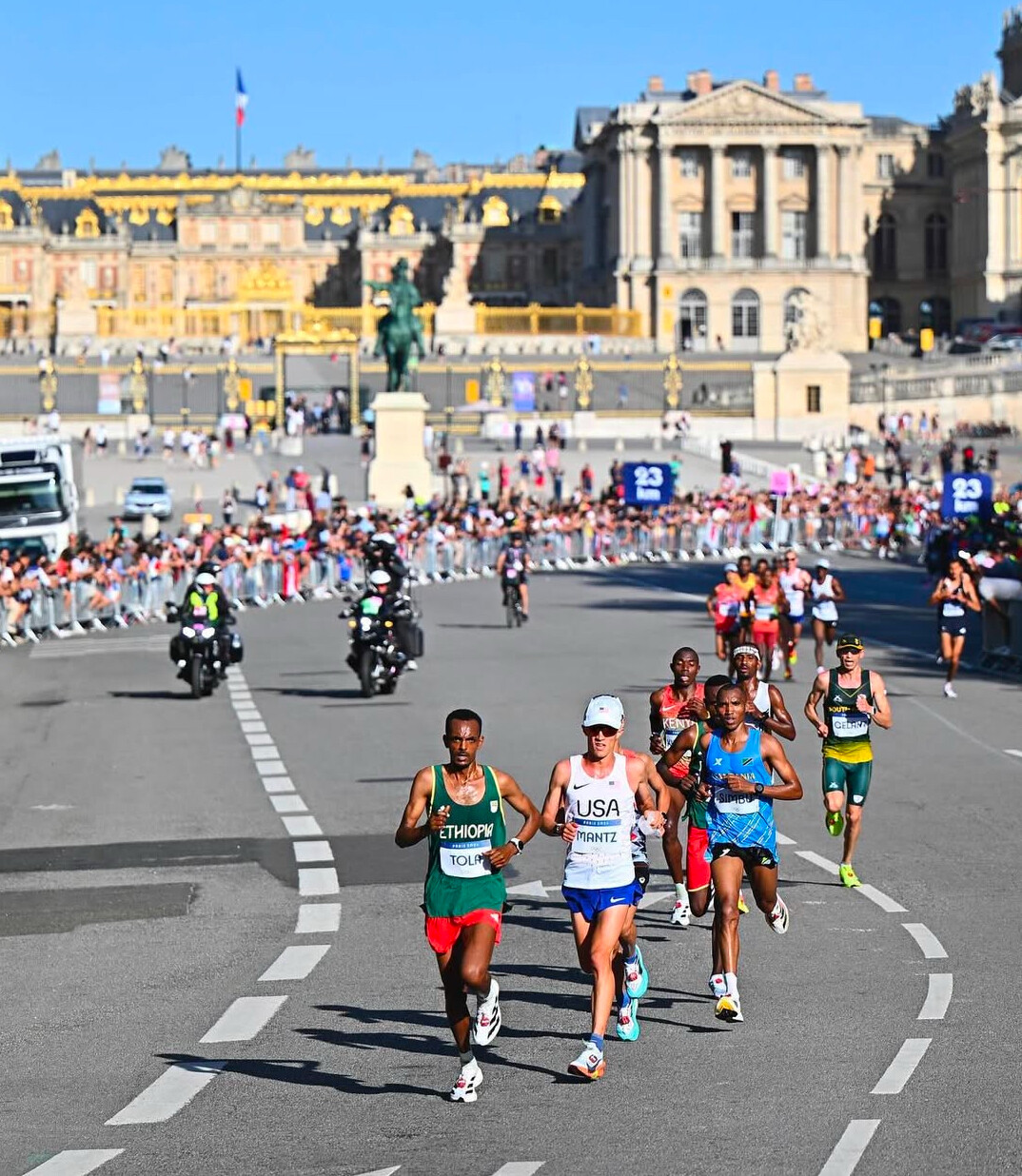
Olympic Pursuits and Notable Performances
In 2024, Mantz's career reached new heights. He won the U.S. Olympic Marathon Trials, securing his spot at the Paris 2024 Olympics. Despite facing a two-inch tear in his quad during preparations, Mantz showcased resilience, finishing eighth in the Olympic marathon. Post-Olympics, he continued to impress, placing sixth at the 2024 New York City Marathon.
Breaking the American Half Marathon Record
On January 19, 2025, at the Houston Half Marathon, Mantz etched his name into the record books. He completed the race in a staggering 59:17, breaking Ryan Hall's 18-year-old American record of 59:43 set in 2007. This achievement not only shattered the long-standing record but also made Mantz the first American in seven years to run a sub-60-minute half marathon.
Looking Ahead
Conner Mantz's trajectory in long-distance running is a blend of early passion, collegiate excellence, and professional triumphs. As he continues to push boundaries and set new standards, the running community eagerly anticipates his future endeavors, confident that Mantz will remain a formidable force on both national and international stages.
by Boris Baron
Login to leave a comment
Olympic rematch between medalists Jessica Hull and Georgia Bell headlines 2025 NYRR Wanamaker Mile
In January 2024, if Georgia Bell wanted to run in an indoor meet, she had to go to the World Athletics website, look up the meet director’s email address, and beg. Bell and her coaches, Trevor Painter and Jenny Meadows, would have to explain why a 30-year-old with a 4:06 personal best at 1500 meters and no accomplishments to speak of at the senior level deserved a spot on the start line.
In January 2025, meet directors are the ones begging Bell to run in their races. An Olympic bronze medal will do that.

On February 8, Olympic silver medalist Jessica Hull of Australia and Bell will headline the women’s NYRR Wanamaker Mile at the 2025 Millrose Games in New York alongside World Indoor medalists Nikki Hiltz and Emily Mackay of the United States. One year ago, the idea of Bell headlining any race — let alone one of the most glamorous events on the indoor circuit — would have seemed laughable, mainly because most of the running world did not know Bell existed.
“A lot has changed in this past year,” says Bell in an interview with LetsRun.com. “Being invited to be at such a prestigious event like Millrose, I’m just really appreciative and really excited to step on the start line and race there.”
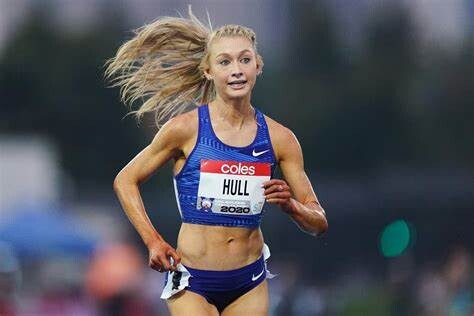
A new year brings a new reality for Bell
Being in-demand by race organizers is just one of many aspects of Bell’s new reality as an Olympic medalist. A year ago, she was working an office job in cybersecurity, waking up at 6 a.m. to cycle before work and heading to the track for a session at 7 p.m. once she had finished. Now Bell is a full-time professional runner. Her shoe contract with Nike offers many benefits, not least of which is the freedom to sleep in until 9 a.m. if she so desires.
Bell’s goals have also evolved significantly over the past 12 months. This time last year, her biggest goal for the year was to make the British team for World Indoors.
“That was kind of my Olympics,” Bell says. “I was like, maybe if I really try, [I could make the team because] I thought a lot of people would be skipping indoors because they’re focusing on Paris in the summer.”
Bell did make the team and finished fourth in the 1500m final in Glasgow, one of many surprises in a breakout season that saw her drop her personal bests from 2:03 in the 800 and 4:06 in the 1500 to 1:56 and 3:52.
In 2025, Bell is thinking much bigger. Once again, she is targeting World Indoors, which will be held in Nanjing, China, from March 21-23, and this time, she wants a medal. Bell also plans on running at the European Indoor Championships in Apeldoorn, the Netherlands (March 6-9), as well as the outdoor World Championships in Tokyo (September 13-21).
”I want to come away with as much hardware as possible,” Bell says. “So that means competing at all of the major championships.”
But first is a trip to the United States, where Bell plans on racing at the New Balance Indoor Grand Prix on February 2 before heading down to Millrose six days later for a race that will look very similar to last year’s Olympics. While Olympic champion Faith Kipyegon will be absent — she has not run a single indoor race during her decorated career — four of the top seven from the women’s 1500m final in Paris will be at Millrose.
by Jonathan Gault
Login to leave a comment
NYRR Millrose Games
The Pinnacle of Indoor Track & Field The NYRR Millrose Games, first held in 1908, remains the premier indoor track and field competition in the United States. The 2025 edition will once again bring the world’s top professional, collegiate, and high school athletes to New York City for a day of thrilling competition. Hosted at the New Balance Track &...
more...Save or Splurge? How to Decide Which Running Gear is Worth Your Money.
Not every piece of gear is worth it—here’s how to tell.
Running, at its core, is a relatively low-gear sport, but people love to bemoan that it’s increasingly expensive. I agree—paying $120 for a long-sleeve T-shirt or shelling out hundreds for compression boots seems bonkers to me.

I’ve been running for 10 years now, and for most of that time, I’ve been a broke student or frugal post-grad. I enjoy the competitive element of running, so I typically invest only in pieces that affect my performance. While shopping, I commonly ask myself: Will this make me a better runner, or would it just be nice to have?
Here’s my hard-earned wisdom—from head to toe—about where to splurge and where to save a few bucks.
Hats → Save
I rarely buy hats. And if I do, I buy them for cheap. Caps are a utility to me, and as long as they keep my face shaded and head ventilated, I don’t care too much about appearances. Plus, I sweat regardless, so the fancy ones that claim to be extra breathable seem pointless to me. Each time I go to a major marathon for work, I feel like I come home with at least one new cap. They’re a common freebie at brand events and expo booths.
Shirts → Save
This is another place where I save dough. I don’t obsess over fancy features like UV protection or worry if the material is ultra-breathable. I just wear sunscreen and go shirtless on a hot day.
I still have tech tees that my mom bought me in high school at the outlet mall, and some of my favorite tops have been clearance-rack finds at Marshalls. And you know those “free” shirts you get for signing up for a race? I wear them! Even if they’re ugly. Finally, I’m not afraid to wear cotton—it gets a bad rap, but there’s something poetic about sweat stains proving that you put in some effort.
Shorts → It Depends
For split shorts, I buy them cheap. For half tights, I splurge.
All I’m looking for in split shorts is a loose fit, a comfortable liner, and a little pocket for my house key. I like my short shorts short, so you’ll rarely see me wearing anything longer than a 5-inch inseam. My old Baleaf 3-inch and Nike Challenger 2-inch split shorts have served me well over the years.
Since half tights mean more material on my skin, investing in higher-quality fabrics is worth it. Plus, premium versions tend to have more-secure pockets. I used to hate running with my phone because I didn’t like carrying it, but I got a pair of Janji 8-inch trail half tights that have plenty of pockets and lock my phone into place. They’re worth the $82 to me.
Socks → Save
This might be my hottest take yet, but I like cotton socks. There, I said it! Some of my favorite cheap socks come in a six-pack from Dick’s Sporting Goods. My feet sweat a lot, and I’ve found that socks that are mostly made of cotton help mop up the perspiration better than pricier, “sweat-wicking” polyester (ironic, I know). I will say, I do have some running-specific socks that I enjoy. I usually wear Near Earth crew socks during races (which are a steep $24 per pair). They look sleeker than my white cotton Nike crews, and they match my race-day outfit better since they’re logo-less.
Trainers → Splurge
I believe that trainers are the single most important investment in a running wardrobe. However, shoes are freakin’ expensive nowadays, and if you run a lot, the money adds up. While I don’t recommend buying used shoes, I often scour the internet for last year’s models. Shoe tech has gotten so good in recent years that the difference between the 2023 version of a popular trainer and the 2024 pair isn’t much, and yet saves you a decent amount of money. I scored a new pair of the New Balance 1080 v12, which debuted in the spring of 2022, for under $100
Racing shoes → Splurge
Most marathoning super shoes are north of $200, and while I certainly notice a performance improvement—they’re a nonnegotiable at the elite level now—I’m sparing with how often I lace them up. I do a lot of my workouts in trainers or in old racing shoes that are nearing the end of their lifespan so I can save my good pair for key workouts and races. Lately, my Puma Deviate Elite 3s ($230) have been my weapon of choice. On race weekends, I try to avoid wearing them on shakeout runs, walking around the city, or even on my warmup jog before my race, if I can help it. Many carbon-plated shoes start to degrade around 200 miles, so every mile counts.
Sunglasses → Save
Good news: High-quality sunglasses can be pretty affordable! Sunglasses are easy to forget in a hotel room or sit on in your car (I would know), so I’ve never splurged on a fancy pair. Goodr has been leading the charge, with polarized options starting at only $25. I have three pairs.
Watches → Save
In high school, I bought a bare-bones Garmin Forerunner 10 for around $100, which I wore until the strap broke and I got frustrated with the glacially slow GPS signal. In college, I upgraded to the Forerunner 35 ($150). It served me well, but again, it was slow and lacked some basic features, like a lap button.
Now I have a Forerunner 955—close to the top-of-the-line at $500—that one of our gear editors passed along to me after he got a new watch. I like it better than my first two, but I’m not sure I would shell out my own money for one. I really only need the basics, not the fancy features like ground contact time or suggested workouts. One day, I dream of running with only a simple digital stopwatch, but I can’t will myself to leave the world of GPS yet.
Gloves → Save
Pennsylvania’s Lehigh Valley, where I live, can get cold, but I’ve found that cheap gloves do the trick. I’ve had a $30 pair of Nike basics from a sporting goods store that have done the job for close to a decade. Sometimes, if it’s abnormally cold, I’ll layer two pairs of thin gloves, thus eliminating the need for an expensive ultra-insulated pair.
Outerwear → It Depends
Soft layers, like pullovers, hoodies, and long sleeves, don’t need to be fancy. I cherish my college sweatshirts. But shell layers—rain jackets, windbreakers, insulated jackets—are worth the investment. The difference between being wet and shivering versus dry and comfortable is enough to make me pay a little extra. My Lululemon Fast and Free jacket ($148) is lightweight and totally worth it.
Login to leave a comment
Racing Super Shoes Will Be Lighter, More Responsive, and Likely Even Faster in 2025
New models from Adidas, Brooks, Hoka, On, Puma, and Saucony highlight a speedy new crop of racing and training super shoesEager to run a new personal best in the marathon in 2025? Or are you itching to crank out a quicker half marathon than you ran in 2024? Or maybe a fast effort in a trail race? The continued evolution of speedy shoe technology will be on your side. With new midsole foams and propulsion plate configurations, top-tier racing shoes will be lighter, more responsive, and presumably faster in 2025.
That goes for both road racing and trail racing super shoes that will be hitting running shops from late winter to early summer.Asics, New Balance, and Under Armour will have lighter and more energetic road racing shoes coming out by late spring, while Nike is expected to release its Ultrafly 2 trail racing super shoe in June. While those models are still under embargo, we’ve got the scoop on several race-day super shoes and high-performance training shoes unveiled at The Running Event trade show in November in the roundup below. We haven’t fully wear-tested these shoes yet, so it’s just a preview of what’s to come. When wear-testing is complete, we’ll produce both first-run reviews and in-depth multi-tester reviews with input from the Outside wear-test team and data from the Outside Gear Lab in Denver.2025 Road Racing Super Shoes
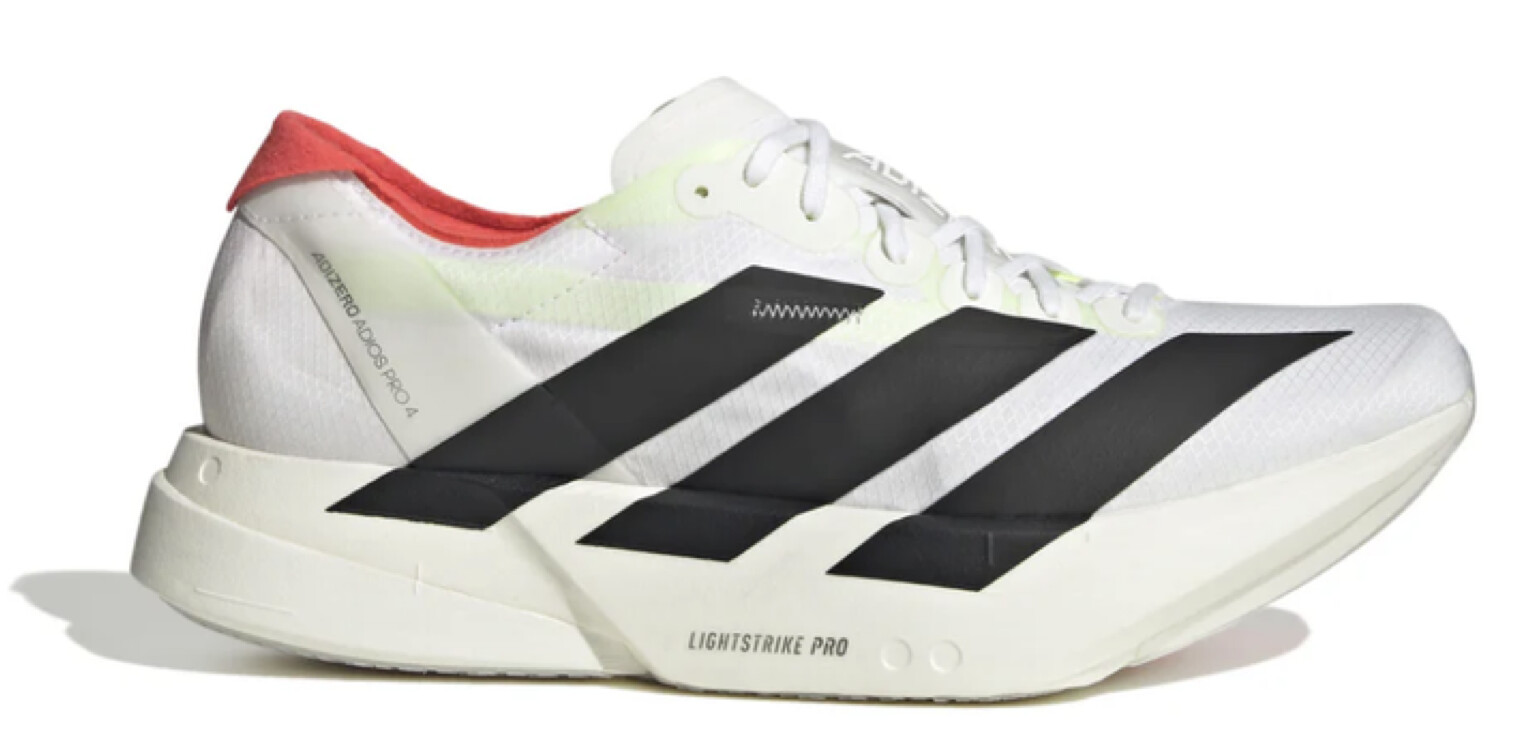
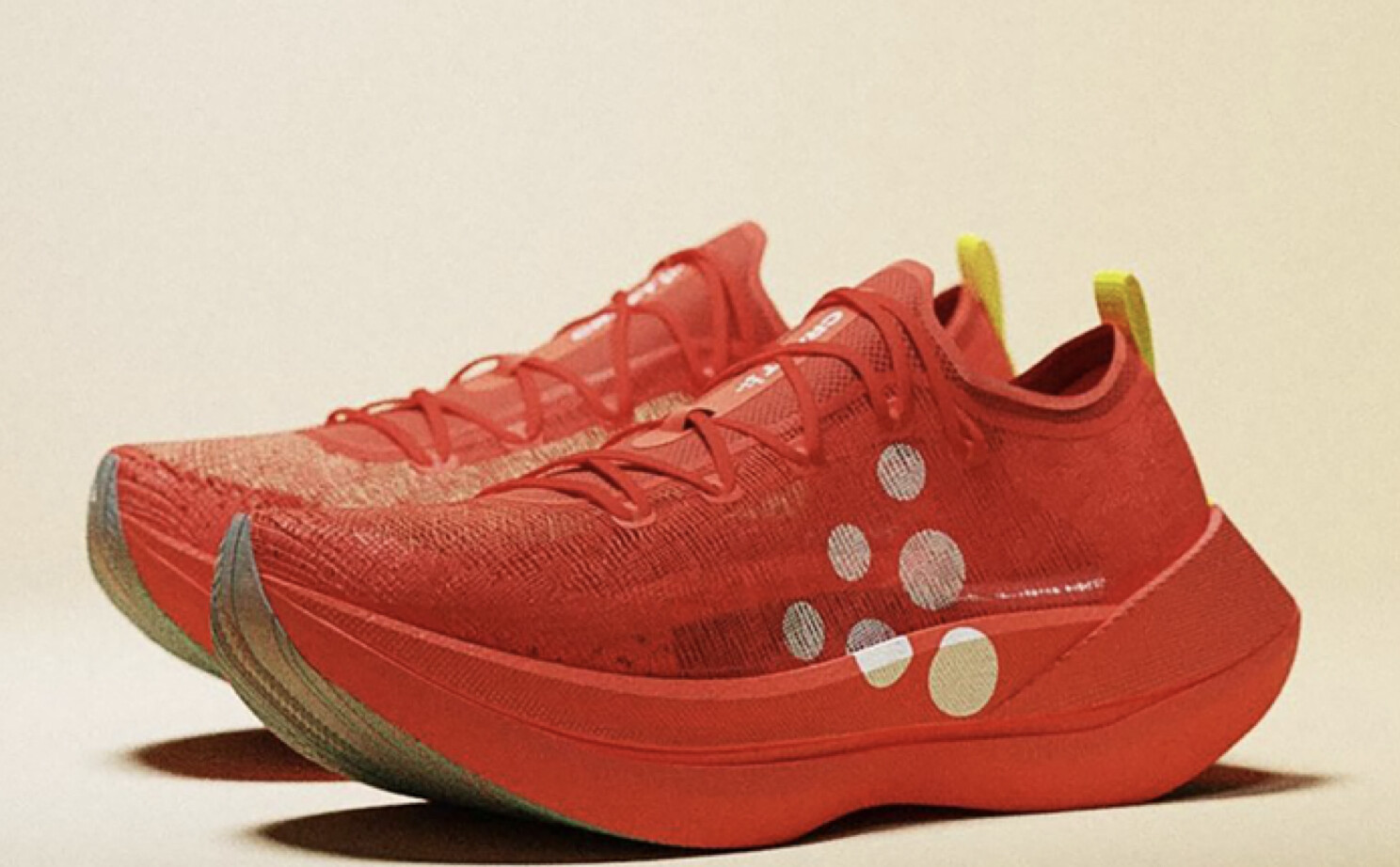
Adidas Adizero Adios Pro 4, $250
Approximate Weights: 6.0 oz. (women’s 8), 7.0 oz. (men’s 9)Heel-Toe Offsets: 6mm drop; 39mm (heel), 33mm (forefoot)Release Date: January
The Adizero Adios Pro 4 was released in limited numbers just before the Berlin Marathon in September, but it will hit stores in mass quantities worldwide in January. It’s been updated with a bouncier Lightstrike Pro midsole, a lighter, stronger stretch-mesh upper with internal locking bands, a new configuration of the Evo Pro EnergyRods, and an aggressive new geometry in which the forefoot rocker point is at 60 percent of the shoe’s length. Several Adidas pros raced in this shoe in the New York City Marathon, including women’s winner Sheila Chepkirui and men’s runner-up Evans Chebet.Brooks Hyperion Elite 4 PB, $250
Approximate Weights: 6.6 oz. (women’s 8), 8.6 oz. (men’s 9)Heel-Toe Offsets: 6.5mm drop; 38.5mm (heel), 32mm (forefoot)Release Date: February
Brooks has been working on enhancing its top-tier road racing shoes for several years. It released the Brooks Hyperion Elite 4 with its DNA Flash v2 midsole compound prior to the 2024 U.S. Olympic Trials Marathon last February, but early in 2025 it will release the Hyperion Elite 4 PB with the brand’s new DNA Gold supercritical midsole foam, a very light and responsive nitrogen-infused 100 percent Peba material, and a very light and airy knit-mesh upper.Brooks Hyperion Elite 5, $275
Approximate Weights: 5.8 oz. (women’s 8), 6.9 oz. (men’s 9)Heel-Toe Offsets: 8mm drop; 40mm (heel), 32mm (forefoot)Release Date: JulyBrooks had hoped to keep the Hyperion Elite 5 under wraps by showing it under embargo at The Running Event trade show, but someone leaked it so it decided to release the details and images of it. It has a DNA GOLD 100 percent PEBA foam midsole with a unique series of half-orb bubble configurations under the arch for optimal compression and decompression. It also has a very light and airy knit-mesh upper and minimal outsole rubber to keep it as light as possible.Craft Kype Pro, $300
Approximate Weights: 5.8 oz. (women’s 8), 6.9 oz. (men’s 9)Heel-Toe Offsets: 8mm drop; 40mm (heel), 32mm (forefoot)Release Date: March
Craft says the unique heel split design of its new Kype PRO racing shoe significantly reduces the contact surface area between the shoe and the ground, allowing for quicker toe-offs and a more efficient stride pattern. The skeleton-like carbon-fiber propulsion plate (developed in collaboration with Arris) embedded in the midsole of its Peba-based Xx midsole foam weighs less than half of an ounce and has a split heel design and enhanced stiffness The ultra-light AeroMesh knit upper is made from a durable mono yarn knit that offers support, pliability, and breathability, while the bottom of the shoe features a thin, lightweight rubber outsole was developed with Italian bicycle tire manufacturer Vittoria.Hoka Cielo X 1 2.0, $275
Approximate Weights: 7.0 oz. (women’s 8), 8.1 oz. (men’s 9)Heel-toe offset: 10mm; 48mm (heel), 41mm (forefoot)Expected launch: February
Login to leave a comment
Singer Charles Costa Needed a Reset, So He Ran the Entire Pacific Crest Trail
Charles Costa spent three months running along the Pacific Crest Trail this summer and fall as an act of holistic rejuvenation.
The 39-year-old from London, England, set out with a bold goal of averaging 90 marathons in 90 days as a means to help reset his life-both to revive his stalled music career and to find a more balanced state of mind-but the multi-genre electronic British folk artist with 1 million streams and more than 120,000 monthly Spotify listeners says it turned out to be so much more than that.
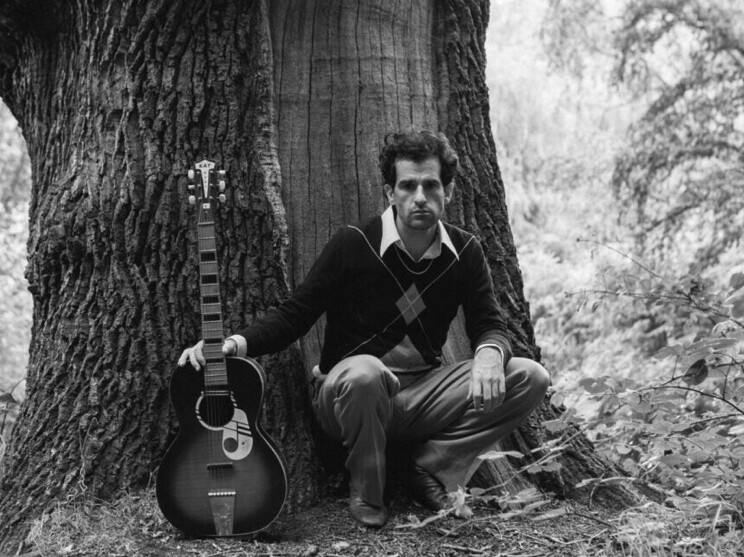
Because of lingering physical and psychological challenges from a brain injury suffered in a catastrophic skiing accident in Austria in 2010, Costa found himself in a delicate position that forced him at times to pause his music career while managing his mental health. Until he found trail running, he routinely battled a variety of mental, emotional and logistical ailments, ranging from uncontrollable anxiety to comprehensive darkness.
After averaging close to 30 challenging miles of running on the PCT per day starting on July 20, Costa admitted he was ready to finish the route, get off the trail, and get back to living a more stabilized
Recovering a Sense of Charles Costa
After the ski accident, Costa had been through numerous types of therapy and was taking what he characterized as "mind-monitoring, mind-maintaining drugs" that wound up consuming his life. In his long rehabilitative process, he eventually discovered that running-and specifically ultra-distance trail running-offered more of a physical, mental, and emotional panacea from lingering pain and mental discontinuity than anything else, and it also gave him a space to process what was going on in his life. It allowed him to get away from it all while being more connected to himself.
Costa said the more he immersed himself in running, the more he wanted to do something special to reinvigorate his life, relaunch his music career while also giving back. He's run numerous trail races in Europe in recent years, including the Montreux Trail Festival 70K last summer and the Swiss Canyon Trail 81K in Switzerland in June. (He placed 54th out of 225 runners in 11 hours, 23 minutes and 7 seconds.) He's also run the 813-mile length of Great Britain from the northern tip of Scotland down to the southwestern tip of England.
Seeking to challenge himself on a long and very difficult task that he hoped would be a transformative life experience, he settled on running the length of the PCT- a three-month, 2,650-mile trail running journey with 489,000 feet of elevation change. But he hasn't been doing it just for himself. Along the way, he's been raising money (about $170,000 so far) and stirring up attention for The Jed Foundation, a nonprofit that protects emotional health and prevents suicide for our nation's teens and young adults, and James' Place, a UK-based charity that provides free therapy and is dedicated to suicide prevention for men.
At the completion of the route, which has taken him from the U.S.-Canadian border and through parts of Washington, Oregon, and California, the British singer-songwriter officially released his first new song in several years and the first under his own name. (He originally performed and recorded under the moniker of "King Charles," a false front of a stage persona that he never really liked and that also contributed to his inability to fully express himself the way he wanted.)
The song is called "Nothing at the Most" and will be included on
Costa, who plays piano, guitar, and cello, has found his run to be a curing activity that has helped untangle his heart and mind and put him back in position to work as a professional musician.
"One thing I love about running is the rhythm of it," he said. "It's the effect that rhythm has on your mind. Days like I'm doing at the moment, it's dawn to dusk. It's up to 12 hours of just pounding the ground. And there are so many different rhythms that you get into. And I think once you're in a rhythm, your mind gets into a different place. You start thinking less. You let more in, especially when you're in beautiful places. You let more in in terms of inspiration. So, I find running very inspiring, especially in the wilderness and in some of these incredibly beautiful places."
The song "Nothing at the Most" is part of a collection of songs filled with the sounds and lyrics he says are meant to represent his journey between longing and lament. It's an intimate, cello-infused chamber-pop ballad with his soulful voice. Costa recorded several songs in the spring with producer Jesse Quin at
Enduring the Trail
As he was nearing the end of the route last week, Costa said his body was tired and a bit broken down but his soul felt re-energized. While he's remained injury-free, he's battled fatigue, blisters, muscle strains, all sorts of weather conditions, and insomnia-all common maladies to multi-day running adventures. He's worn through several pairs of On and La Sportiva trail running shoes and has relied heavily on his lightweight trekking poles, as well as his small but diligent crew that's managed his meals, gear, logistics and more.
Costa says he's listened to a lot of music out on the trail and has occasionally sang out loud to help the miles go by, but he's also made it a point to soak in the peaceful aura of the wilderness. He says it's been a devilishly hard endeavor and is amazed how "there isn't a single flat section" in the entire route.
"I'm holding it together. My muscles and limbs are all still working as they should, but I guess what starts falling apart is the mind," Costa said. "Even though I've been looking forward to the last 20 days and the last 10
Login to leave a comment
Gift Guide for Runners: What Not to Buy This Holiday Season
Before you head to the running store for your holiday shopping, here’s a friendly reminder: even the most thoughtful gifts can sometimes miss the mark for the Runner in your life.
Don’t get me wrong—I appreciate any gift! After all, it’s the thought that counts. But when it comes to holidays and birthdays, I can’t help but worry that my friends and family might waste money on things I don’t actually need or want as a runner. Sure, there are plenty of runner gift guides (we’ve written many of them), but an equally useful article might be a guide on what not to gift runners. So, at the risk of sounding like a grumpy Grinch, I’ve decided to write one myself. Here are some of the worst gifts for runners, in my humble opinion:
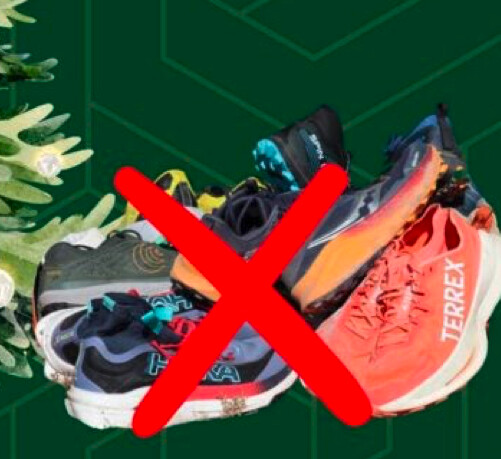
1. Shoes
Just don’t buy me shoes. Unless we’ve had a long conversation about a specific pair I’m craving, or you’re replacing the exact same model that I’ve worn to the bone and I’ve raved about it repeatedly, it’s best to avoid. Runners are particular about their shoes, and everyone’s foot shape and running gait are different. Not all shoes fit the same. Instead, consider a gift card to your local running store, so your runner can pick out exactly what they want—no guesswork involved. Plus, you’ll be supporting a local business!
2. Novelty Running Items
This might just be a “me” thing, but I’ve received my fair share of “Eat, Run, Sleep” T-shirts, and they’re currently gathering dust in the back of my closet. Perhaps I’d have worn an “I Run For Wine” shirt a few years ago, but now, I can’t help but cringe at anything in that category—and I’m not alone. If you’re gifting running apparel, aim for something timeless, like a sleek, functional piece of gear that could be worn on any occasion. And make sure it’s made with running-friendly materials like nylon, polyester, or polypropylene. It’s a much safer bet than a “Running BC Therapy is Expensive” cotton long sleeve.
The same goes for running-themed non-running items. I have a Chicago Marathon mug I adore, but do I need another dozen mugs that say things like “Fueled by Miles and Coffee”? No. The same logic applies to wine glasses, dish towels, posters, etc.
3. (Bad) Socks
One thing many people don’t realize is that there’s a big difference between regular athletic socks and running socks. Sure, you might find tons of ankle-length Nike socks at big box stores, but running in cotton socks is a recipe for blisters, chafing, odor, and discomfort. Some runners are loyal to specific brands and materials, so buying socks can be tricky. If you’re unsure, though, aim for running-specific socks made from moisture-wicking materials like polyester, nylon, spandex, or wool. And if your runner cares about being stylish, make sure they’re crew-length. If you’re playing it safe, opt for fun, everyday socks (you can never go wrong with cat socks).
4. Sports Nutrition
As you browse the aisles of the running store, you might be tempted by the shiny stock of gels, drink mixes, energy cubes, and waffles. But before you buy, remember: if you don’t know exactly what your runner likes, don’t cave to temptation. Everyone’s stomach is different, and finding the right nutrition for long runs can take a lot of trial and error. Instead, consider gifting some high-quality dark chocolate or their favorite candy.
5. Cheap Fitness Watches (Yes, we mean Fitbits)
Many runners love their tech, but you can’t really find “cheap” alternatives to the high-performance fitness watches by brands like Garmin, Coros, and Apple. A Fitbit just isn’t the same as a running watch. It has limited metrics, less accurate GPS, and shorter battery life. If you’re set on buying a fitness watch, make sure your runner doesn’t already have one, and be prepared to invest in a quality model that meets their needs.
Not to Be a Scrooge
I don’t mean to be a Debbie Downer. There are plenty of fantastic, runner-friendly gifts out there, and I’m sure your runner will appreciate whatever you choose—just keep these common pitfalls in mind to make sure your gift hits the mark!
Login to leave a comment
Pro runner’s next-level workout on the road to L.A. Olympic medal
The newest member of team New Balance Boston, Parker Valby, has settled into her Boston life with her fellow Olympian training partners and coach Mark Coogan. After setting NCAA records in the outdoor 5,000m and 10,000m, the former Florida Gator began her professional running career as a New Balance athlete. A video posted by FloTrack on Wednesday dove into a soft-surface November workout during the base-building season in the lead-up to the indoor track season–which Valby demolished.
“Most people don’t know Parker as a person,” Coogan said. “They just see her as a runner. She’s a wonderful young lady and she’s fitting in great.” The 22-year-old announced her surprise signing with New Balance in October, unexpectedly straying from Nike after becoming their first female track and field athlete to sign a Name, Image, Likeness (NIL) deal. Industry sources report that Valby’s contract is upwards of USD 700,000 and will be in play until well past the 2028 L.A. Olympic Games.
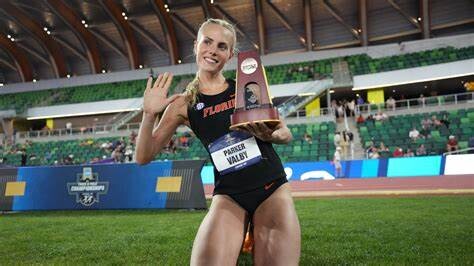
“It was definitely a learning experience,” Valby said about her time at the Paris Olympics. “It was my first time racing outside the NCAA. I’m very grateful for the experience and the lessons I took from it–it wasn’t my ideal performance that I wanted, but I’m happy that I did it in hindsight, so I can be ready for L.A.”
“Parker said she wants to get a medal at the Olympics in L.A.,” Coogan added. “She’s gonna make us better, and hopefully we can make her better and she can do big things in the future.”
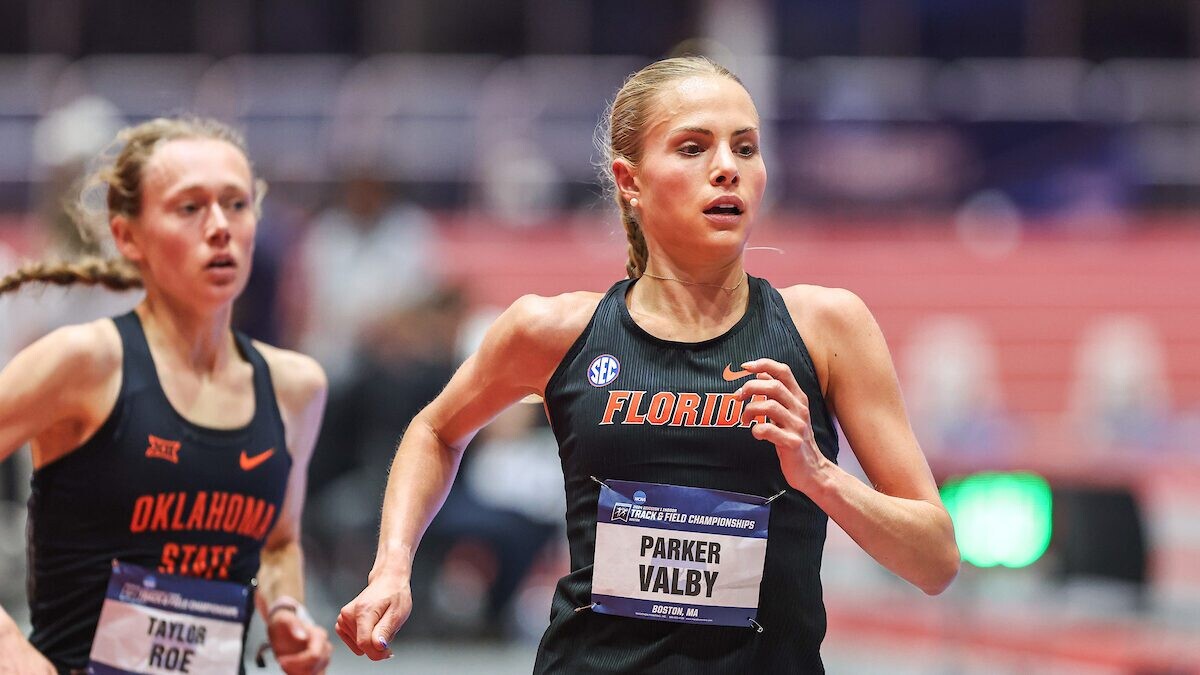
The workout path was roughly 1,000m, though Coogan admitted he wasn’t sure of the exact distance. The coach was aiming for the team to have a solid workout where the athletes could stick together. The target effort for the cross-country-style workout was to begin at threshold pace (comfortably hard). Other pro athletes at the practice include Paris Olympian Emily Mackay, 2020 Olympian Heather MacLean, and Coogan’s daughter, Katrina Coogan.
The workout: 3 x (2K, 2 minutes, 1K)
Set 1: 2 loops: 6:38, 1 loop: 3:06
Set 2: 2 loops: 6:20, 1 loop: 3:02
Set 3: 2 loops: 6:01, 1 loop: 2:50
The video shows Valby sharing the lead with her teammates before pulling away from the group during the final set. An extra 1K loop was added on, which Valby completed in 2:53.
Although Valby is younger and less experienced than her teammates, Coogan says she’s a bit stronger than the other women because she comes from a 10,000m background. The other athletes’ main events are 1,500m and 5,000m.
“We work together, we meet in the middle,” Valby said. “Train with others to make yourself better.”
According to MacLean, the team has tried to create a culture of respect and support. “[Parker] brings a fresh new perspective to everything,” she said. “I learned something from her, I hope she learned something from us.”
“Almost like a college cross-country team, we’ve made a team into a family, and I think that’s one of the reasons we’re so successful,” Coogan said. His Instagram revealed that the team hit the indoor track for the first time last week. If all the athletes stay healthy, the whole New Balance Boston team will open their season at the New Balance Grand Prix on Feb. 2.
by Cameron Ormond
Login to leave a comment
LA 2028 Summer Olympics Games
Discover how the Los Angeles Candidature Committee describes their vision for the Games and the legacy they plan to leave behind: For centuries, people have been following the sun to California – to a coastal paradise of beautiful weather, inspiring landscapes and an ocean of possibilities. Since it was first settled, LA – the City of Angels – has built...
more...'Something has to change'-American sprint legend on protecting women athletes in Kenya
An American sprint legend has raised concerns over women athletes' safety in Kenya, advocating for cultural change and systemic reform.
American sprint icon Allyson Felix has expressed deep concern over the safety of women athletes, describing violence against female competitors as a "real problem" that demands urgent attention.
Felix, the most decorated track and field athlete in history with 20 World Championship medals and 11 Olympic medals, spoke passionately about the challenges facing women in sports, particularly in light of recent tragedies in Kenya.
“There has to be a change in the culture. Something is not right, and it does make me worry,” Felix said during an interview with BBC 100 Women.
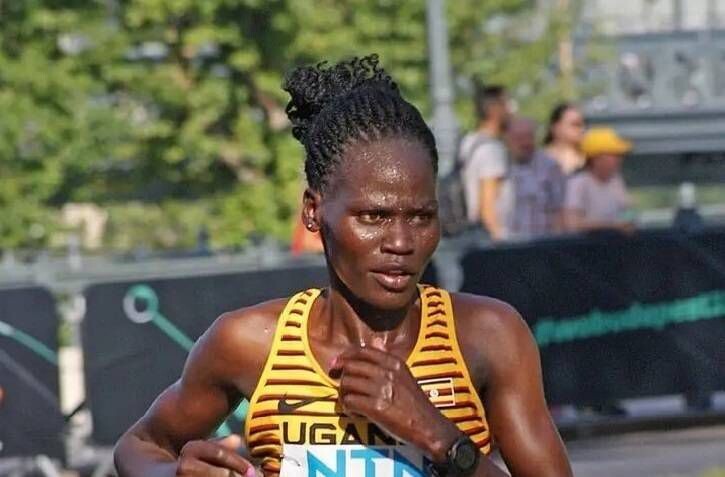
Her comments come few months of the devastating death of fellow Olympic athlete Rebecca Cheptegei, who was set on fire by her boyfriend earlier this year.
Cheptegei’s death marked the third killing of a female athlete in Kenya in the past three years.
Felix, recently elected to the International Olympic Committee (IOC) Athletes' Commission, pledged to prioritize addressing violence against women athletes.
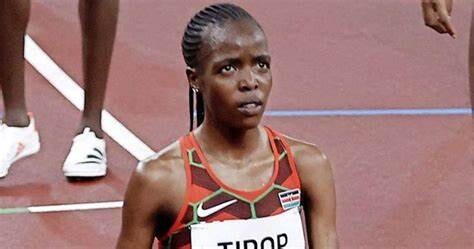
“The consequences have to be severe, but I think there has to be more than that,” she emphasized.
“I think we have to rally around the sports community and come together.”
The alarming trend of violence against female athletes in Kenya highlights the urgent need for change, Felix noted, adding her voice to growing calls for stricter penalties and cultural shifts to ensure women’s safety.
Her advocacy for women’s rights, both on and off the track, has become a defining feature of her legacy since retiring from competitive athletics in 2022.
Felix’s commitment to advocating for women goes beyond addressing violence.
She has been a trailblazer in fighting for maternal health rights and equal treatment for female athletes.
In 2018, after surviving a harrowing experience with severe pre-eclampsia during her pregnancy, Felix exposed systemic inequities when her former sponsor, Nike, threatened to slash her pay due to motherhood.
Her powerful op-ed in The New York Times led to groundbreaking changes in maternity protections for sponsored athletes, with Nike and other athletic apparel companies introducing policies to safeguard pay and bonuses for 18 months around pregnancy.
“I was terrified what the consequences would be,” Felix admitted.
“It just wasn’t in my nature. And so it was really difficult to be able to just be vulnerable.”
In Kenya, where cultural barriers and economic challenges compound the issues facing women athletes, Felix’s story resonates deeply.
Many athletes have struggled to find support systems to navigate the demands of sports and family life. Felix’s advocacy offers a blueprint for addressing these issues.
Through her leadership role with the IOC Athletes' Commission, Felix aims to amplify the voices of athletes and promote systemic reforms globally.
She has also launched Always Alpha, a management firm dedicated to women’s sports, to ensure female athletes receive tailored representation.
Felix’s advocacy extends to maternal health, particularly for Black women in the United States, where they are three times more likely to die from pregnancy-related causes than white women, according to the Centers for Disease Control and Prevention (CDC).
Her efforts recently secured a $20 million grant from Melinda Gates to improve maternal health outcomes, and she is exploring ways to extend her work internationally, including in Africa.
“I want [my children] to always know that you should have an impact, that you should help others, that you should stand up for what you believe in,” she concluded.
by Festus Chuma
Login to leave a comment
Hassan and Tebogo named World Athletes of the Year
Olympic champions Sifan Hassan and Letsile Tebogo have been announced as World Athletes of the Year at the World Athletics Awards 2024 in Monaco.
Following a vote by fans, Hassan and Tebogo received top honors on an evening that saw six athletes crowned in three categories – track, field and out of stadium – before the overall two winners were revealed.
Tebogo was confirmed as men’s track athlete of the year, with Sydney McLaughlin-Levrone receiving the women’s honour. Hassan claimed the women’s out of stadium crown and Tamirat Tola the men’s, while Mondo Duplantis and Yaroslava Mahuchikh were named field athletes of the year.
This year’s Rising Stars were also celebrated, with Sembo Almayew and Mattia Furlani receiving recognition.
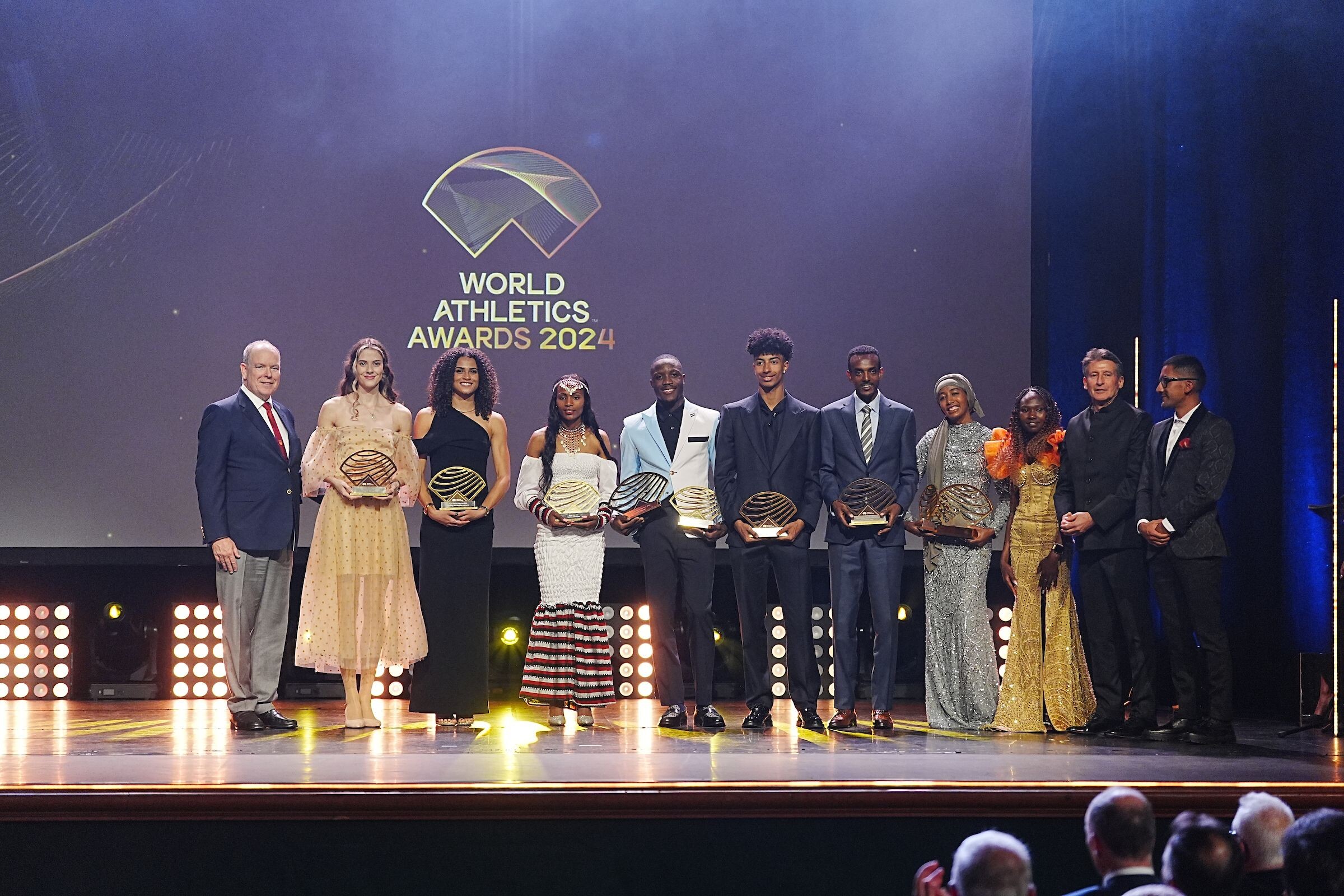
World Athletes of the Year for 2024
Women’s World Athlete of the Year: Sifan Hassan (NED)Men’s World Athlete of the Year: Letsile Tebogo (BOT)
Women’s track: Sydney McLaughlin-Levrone (USA)Women’s field: Yaroslava Mahuchikh (UKR)Women’s out of stadium: Sifan Hassan (NED)Men’s track: Letsile Tebogo (BOT)Men’s field: Mondo Duplantis (SWE)Men’s out of stadium: Tamirat Tola (ETH)

Women’s Rising Star: Sembo Almayew (ETH)Men’s Rising Star: Mattia Furlani (ITA)
“At the end of what has been a stellar year for athletics, we are delighted to reveal our list of World Athletes of the Year – both in their respective disciplines and overall,” said World Athletics President Sebastian Coe. “This group of athletes represents the very best of our sport and has this year redefined what is possible in terms of athletic performance.
“Our 2024 cohort set new standards in heights, speed and distance, including six world records and a host of Olympic and national records between them.
“I congratulate all our award winners, and all of the athletes nominated for these honors, and I thank them for inspiring us all with their performances this year.”
World Athletes of the Year Hassan and Tebogo both won gold and claimed multiple medals at the Paris 2024 Olympic Games.
Dutch star Hassan’s medal treble in Paris was capped by her winning the final athletics gold medal of the Games with her triumph in the marathon in an Olympic record of 2:22:55. That performance came just 37 hours after Hassan claimed bronze in the 10,000m, and six days after her first medal in the French capital – also bronze – in the 5000m.
As a result, she became the first woman to win medals in the 5000m, 10,000m and marathon at the same Games, and the first athlete since Emil Zatopek, who won all three men’s titles in Helsinki in 1952.
Tebogo also made history in Paris when he won the 200m, as he claimed a first ever Olympic gold medal in any sport for Botswana. He ran an African record of 19.46 – a time that moved him to fifth on the world all-time list – and that performance followed his sixth-place finish in the 100m final. He went on to form part of Botswana’s silver medal-winning men’s 4x400m team.
He dipped under 20 seconds for 200m a total of nine times in 2024, with those performances topped by his Olympic title-winning mark which remained the fastest of the year.
His fellow track athlete of the year, McLaughlin-Levrone, improved her own world 400m hurdles record twice, to 50.65 and 50.37, and claimed Olympic gold in that event as well as in the 4x400m. Tola, who joined Hassan in being named out of stadium athlete of the year, won the Olympic marathon title in Paris in an Olympic record.
World records were set by both field athletes of the year. Mahuchikh cleared 2.10m to improve the world high jump record before winning Olympic gold, while Duplantis revised his own world pole vault record three times, eventually taking it to 6.26m, and won the Olympic title.
"Thank you to the fans, to everybody who voted," said Hassan, who was in Monaco to receive her two awards. "I never thought I was going to win this one. This year was crazy. It’s not only me – all the athletes have been amazing. I’m really grateful. What more can I say?"
Standing alongside Hassan on the stage at the Theatre Princesse Grace, Tebogo said: "It feels amazing to know that the fans are always there for us athletes. It was a great year.
"This means a lot," he added. "It’s not just about the team that is around you, there are a lot of fans out there that really want us to win something great for the continent. It was a real surprise to hear my name because I didn’t expect this."
Almayew and Furlani named Rising Stars of 2024
Not only did Sembo Almayew and Mattia Furlani achieve great things as U20 athletes in 2024, they both also secured success on the senior stage.
Almayew finished fifth in the 3000m steeplechase final at the Paris Olympics, going close to her own national U20 record with her 9:00.83 performance, before she travelled to Lima where she won the world U20 title, setting a championship record in the process. With that win, the 19-year-old became the first ever Ethiopian world U20 women’s steeplechase champion.
Furlani improved the world U20 long jump record to 8.38m at the European Championships on home soil in Rome to secure silver, and he won two more senior major medals at the World Indoor Championships, where he got another silver, and the Olympic Games, where he claimed bronze.
In Glasgow – at the age of 19 years and 24 days – Furlani became the youngest athlete ever to win a world indoor medal in the horizontal jumps.
Knight wins President’s Award
The winner of the President’s Award was also announced in Monaco on Sunday (1), with Nike co-founder Phil Knight receiving the honour in recognition of his constant inspiring support for athletics and the development of the sport.
The President's Award, first awarded in 2016, recognises and honours exceptional service to athletics. Past winners of the award include the Ukrainian Athletics Association, British journalist Vikki Orvice, Swiss meeting director Andreas Brugger, Jamaican sprint superstar Usain Bolt, the Abbott World Marathon Majors, and 1968 men’s 200m medallists Tommie Smith, Peter Norman and John Carlos for their iconic moment on the podium in Mexico.
“Phil Knight’s passion for athletics is pretty much lifelong,” said Coe. “He developed an almost father-son relationship with his coach, the legendary Bill Bowerman, whose training approach was a departure from the orthodoxies of the day and who not only guided Knight’s career on the track but became a central figure when Phil took his first tentative steps in the running shoe business that became the dominant global force Nike.
“His love of athletics runs through Nike. It is a business created and driven by runners, with Phil never afraid to be the front runner.”
Knight said: “Thank you, Seb Coe, for the ultimate honour of the President’s Award, given by World Athletics. I am in great company, with Tommie Smith and John Carlos, and Usain Bolt. Obviously, I didn’t run as fast as those guys, but I am in such high company that I am thrilled by the award. Track and field has always been an important part of Nike – it has always been a central part of who Nike is.
“I do think running will continue to grow. Not only does Seb and his team do a great job promoting the sport, but it is a sport that not only is enjoyable, but it is probably the best fitness activity you can do. So, for me to win this honour, it is very meaningful.”
During the ceremony, a moment was taken to remember last year’s men’s out of stadium athlete of the year Kelvin Kiptum, the marathon world record-holder who died in a road traffic accident in February, as well as other figures from the sport who have passed away in 2024.
by World Athletics
Login to leave a comment
How Tempo Run Workouts Can Make You Faster
You won't become a better runner by just staying at the same pace. Here's how to ramp up your training. WHEN YOU FIRST get into running, your routine probably looks something like this: Lace up the best running shoes you own, hit a quick warmup, and then hit the road for a set time, distance, or route. Simply running a few times a week and intuitively speeding up and slowing down might be enough to improve your fitness—at least at first. Once you decide to graduate from a trot around your neighborhood into the world of more serious training, you’ll need to approach your workouts with more intention and specificity.
One common training technique used by hobbyists and world-class runners alike is the tempo run, a protocol where you run at a near-maximal intensity. Using these workouts you’ll increase muscular and cardiovascular endurance, learn to maintain running mechanics at a faster clip, and teach your body to cycle through lactic acid (which is what causes that burning sensation) more efficiently. We tapped Jes Woods, a Nike Running coach and the Head Trail & Ultra Coach at the Brooklyn Track Club, to school you on all things tempo runs so you can better understand how to implement tempo runs into your running routine. We can’t say you’ll be thanking us (at least mid-run)—but you may just become the fastest guy in your local run club. What Is a Tempo Run?
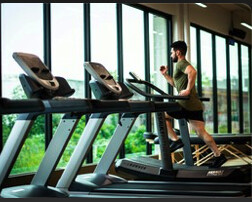
According to Woods, a tempo run is a hard but controlled pace that can be run as intervals, or a steady run spanning one to 10 miles meant to make you a more efficient runner. Tempo runs should feel, “comfortably hard," according to Woods. "If your running buddy asked you a question while running your tempo run, you could answer them if you had to, but it would be pretty annoying.”
Woods says tempo runs can have a variety of loose definitions but, put most simply, they’re threshold runs meant to improve your lactate threshold. “That is, the tipping point between aerobic running (your body has sufficient oxygen) and anaerobic running (your body does not have sufficient oxygen to create the energy you are demanding)," she says. “You want to run at that tipping point without crossing over.”
In short: A tempo run is not easy, and that’s by design. This type of workout is a training tool that pushes you to your limits to increase your cardiovascular capacity, help you acclimate to a faster race day speed, and improve your body’s ability to clear lactate.
How to Do a Tempo Run
Tempo runs areStretches Woods likes: Knee hugs, quad pulls, hamstring scoops, table toppers, lateral lunges and air squats. Do five reps on each side of your body per movement.
Warmup Jog
Never jump straight into your tempo work, even if you've done some dynamic stretching.
“Before any speed run, whether it's fast intervals around the track or hill repeats in the park, an easy jog warm up is mission critical,” says Woods. Run for 10 to 15 minutes at a conversational pace before diving into the workout.
Hit the Road
The classic tempo run is straightforward enough. After you warm up, you’ll aim to run for 20 to 30 minutes at your calculated pace. If you’re new to tempo workouts or at the beginning of a new training cycle, Woods suggests running at your tempo pace in intervals to work up to a longer unbroken run. Here are two interval methods:
Straight-Up Intervals
“Start with five 5-minute intervals at your tempo run pace, with 90 second breaks after each,” says Woods. “That’s 25 minutes of tempo work, but broken into smaller bite-sized chunks. You can gradually increase those tempo intervals over time until you’re holding your tempo pace for“Improving your tempo pace or improving your lactate threshold is like improving your miles per gallon on your car,” Woods says. “You want to be able to travel (run) farther on the same tank of gas (the same energy).”
Any form of running is going to improve your VO2 max, which is a measure of how much oxygen you can utilize during intense exercise. Naturally, a tempo run, an intentionally strenuous running workout, will improve your VO2 max and, therefore, your ability to run faster for longer.
More specifically, your heart rate should be beating between 80 to 90 percent of your max (putting you in what are considered heart rate Zones 3 and 4), which are associated with improving your anaerobic and aerobic capacities. Having endurance in both zones is imperative for running at a high intensity.
Improved Lactate Threshold
Once you enter Zone 4 in your workout, which you’re all but guaranteed to do during a hard run or race, your body taps into your anaerobic system, where it utilizes glycogen and ATP (adenosine triphosphate) for energy. Lactic acid, a byproduct of that process, will begin to accumulate inside your muscles—and it's responsible for the burning sensation
Login to leave a comment
2024 USATF 5K: Ahmed Muhumed And Annie Rodenfels Win
Annie Rodenfels went back-to-back while Ahmed Muhumed claimed his second US title of the year at the 2024 USATF 5K Road Championships on Saturday morning in Central Park. Rodenfels, who runs for the B.A.A. High Performance Team, broke away from Emily Venters and Emma Grace Hurley in the final mile to win in 15:20.
Muhumed, who won the US 8k road title in July and was the runner-up here last year, dropped the field with a hard move at 2 miles and held off a late charge from Sam Prakel to win in 13:38 to Prakel’s 13:39.
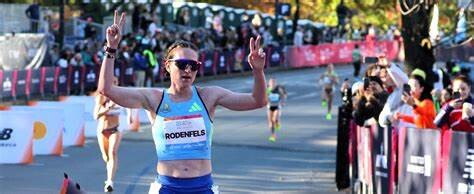
Top 10 results
Men
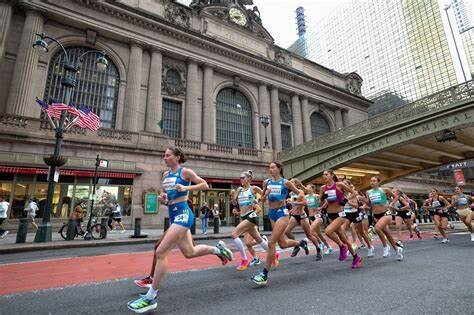
1. Ahmed Muhumed, HOKA NAZ Elite 13:38
2. Sam Prakel, adidas 13:39
3. Brian Barraza, Roots Running Project 13:42
4. Kirubel Erassa, unattached 13:44
5. Hillary Bor, HOKA One One 13:45
6. Anthony Rotich, US Army 13:48
7. Drew Bosley, unattached 13:49
8. Afewerki Zeru, McKirdy Trained 13:52
9. Abbabiya Simbassa, Under Armour 13:57
10. Morgan Beadlescomb, adidas 13:59
Women
1. Annie Rodenfels, B.A.A. 15:20
2. Emily Venters, Nike 15:25
3. Emma Grace Hurley, Asics 15:31
4. Bailey Hertenstein, Nike 15:32
5. Susanna Sullivan, Brooks 15:36
6. Abby Nichols, HOKA NAZ Elite 15:41
7. Paige Wood, HOKA NAZ Elite 15:41
8. Taylor Roe, Puma 15:43
9. Natosha Rogers, Puma 15:45
10. Molly Born, Puma 15:47
by Jonathan Gault
Login to leave a comment
Dash to the Finish Line
Be a part of the world-famous TCS New York City Marathon excitement, run through the streets of Manhattan, and finish at the famed Marathon finish line in Central Park—without running 26.2 miles! On TCS New York City Marathon Saturday, our NYRR Dash to the Finish Line 5K (3.1 miles) will take place for all runners who want to join in...
more...How an Indian tech company built a $19 billion brand by sponsoring the New York City marathon
Typically, when a company decides to sponsor a major event, it is looking to build awareness throughout a broad cross section of consumers for its products. So when TCS, the tech services unit of Tata Group, a large Indian conglomerate that is hardly a household name in the U.S., first announced it would be the title sponsor of the New York City marathon in 2013, it was a bit of a head-scratcher.
After all, TCS sells its services to businesses, not individual consumers, nor is it in the running business. But on the eve of the 10th anniversary of the first race in that sponsorship, which has since been renewed through 2029, TCS chief marketing officer (second photo) Abhinav Kumar says it has been a massive success. “It’s a phenomenal, phenomenal event for engagement,” Kumar tells Fortune in an interview over Zoom, speaking from his office in Brussels. Kumar cites a statistic from an outfit called Brand Finance, saying that the TCS brand is now worth $19.2 billion, up almost ninefold from 2010, thanks in large part to growing awareness of the name.

When TCS announced the sponsorship with the New York City marathon organizer, New York Road Runners, it was already the sponsor of a race in Mumbai, where it is headquartered, and the Amsterdam marathon. But it was also sponsoring events in other sports like cricket, and TCS realized it would be better off concentrating its efforts in one sport. (It still sponsors a Formula E event, but otherwise it’s focused on running.)
Since landing New York’s marathon, TCS, which spends $40 million a year on sports sponsorships, has picked up the London and Toronto marathons, with the recent addition of Sydney, Australia. In all, TCS sponsors 15 road races around the world, all but two of them marathons. (It is the title sponsor for most of those races, but for the Chicago and Boston marathons it is the technology sponsor only, not the title sponsor.)
Consolidating its sports sponsorship dollars into one sport is allowing TCS to get more marketing bang for its buck by creating visibility more regularly throughout the year, rather than diffusely at unrelated events, Kumar adds. So while this sponsorship is unusual in that it is not by a brand like New Balance, Brooks, or Nike looking to sell to consumers, it raises TCS’s visibility very strategically, reaching as many people as possible through a relatively small number of major events. The New York City marathon is the biggest in the world with more than 50,000 finishers and hundreds of thousands of spectators lining the 26.2-mile run through the city’s five boroughs.
“Our industry, our product is invisible,” says Kumar. So the focus on running allows TCS, which is part of the massive Tata Group, crucially to get in front of a lot of executives given running’s deep reach into the professional class. “We are engaging with 4,000 business executives with our running platform. But we also see a rise in the sport, and the corporate sector is taking up fitness in a big way,” he says.
TCS’s sponsorship work with the big marathons goes beyond just slapping its name on the race. For the 2014 New York marathon, TCS built an app for both athletes and spectators. (TCS’ predecessor as the New York marathon sponsor was Dutch bank ING, which had planned on using the sponsorship to develop a larger retail banking presence in the U.S., a business from which it has since withdrawn.)
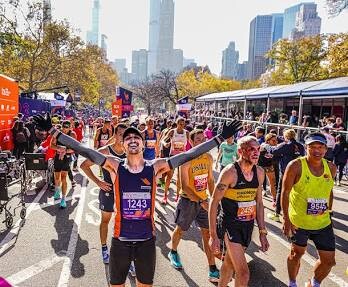
Over the years, the New York City marathon app has grown more sophisticated with a view to making the race what Kumar calls “the most technologically advanced marathon.” For years, the app offered athlete tracking. And then two years ago, TCS added live broadcast capabilities, enabling the race to be seen in 150 countries, bringing the event to new audiences.
Now TCS is tinkering with augmented reality and last year created what it calls the first digital heart of a professional runner, namely prominent female marathoner Des Linden, meaning it helped build a digital twin that allowed her to measure her health and performance and transform her training. Kumar says he hopes the tech can eventually help a runner finally break the two-hour marathon barrier. But perhaps more crucially, this aspect of the sponsorship allows TCS to showcase its tech in a way that could garner interest from clients like health care providers and medical device makers.
“It’s an opportunity for us to get our brand engaged with a larger set of people in an experiential manner,” says Kumar. Still, don’t expect TCS to go around snapping up all that many more races, given the costs of sponsorship. The marathons TCS wants to sponsor are typically large events in gateway cities and where it has a large business presence.
There’s a personal side to this story, too, Kumar says. TCS’s former CEO N. Chandrasekaran took up running for health reasons. To spread the word about the value of running for health and wellness, he created a health app for employees years ago. Now, of the 600,000 TCS employees, some 200,000 are runners at a variety of distances, says Kumar, who despite his nickname as TCS’s “chief marathon officer,” a play on the CMO title, does not himself run.
“It’s become part of the identity of our company, and it’s unleashed this revolution of wellness inside our company,” says Kumar.
by Phil Wahwa (Fortune)
Login to leave a comment
Nelson, B.C., runner Matti Erickson becomes first Canadian athlete to sign collegiate deal with Nike
University of Oregon middle-distance runner Matti Erickson had a standout 2024 track season, making waves as one of Canada’s top up-and-coming 800m athletes. According to Citius Mag, the 21-year-old from Nelson, B.C. has become the first Canadian track athlete to sign a Name, Image and Likeness (NIL) deal with U.S. sportswear giant Nike, marking a major milestone for Canadian athletes in the NCAA.
Erickson, who’s in his final year with the Oregon Ducks program, has proven his potential over the last three seasons by medalling in the men’s 800m at the Pac-12 championships each year. This deal with Nike allows him to continue competing at the collegiate level while earning compensation through his image and achievements.
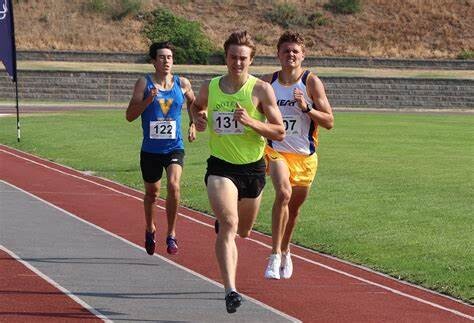
This is an opportunity for NCAA athletes that wasn’t available until the NIL rule change in July 2021. While an NIL deal is more limited financially than a professional contract, it offers athletes the best of both worlds: a path to monetizing their name while continuing collegiate competition, plus a foot in the door if they turn professional after college.
Just after his 2024 NCAA season ended, Erickson clocked a personal best of 1:45.74 at the Portland Track Festival, placing him as the ninth-fastest Canadian man over 800m in history. He followed this by finishing third at the Canadian Olympic Trials, only narrowly missing a spot on Team Canada for Paris, finishing behind Olympic silver medallist Marco Arop and rising star Zakary Mama-Yari.
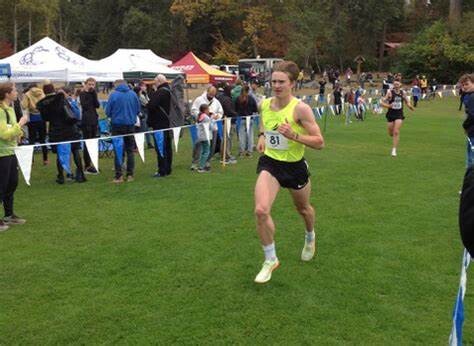
Securing an NIL deal as an international student isn’t easy. Erickson navigated restrictions around earning income while on a student visa, finding a solution with the support of his coach and agent. His deal represents a breakthrough for other Canadian student-athletes seeking similar opportunities in the U.S. In September, Ceili McCabe of West Virginia University became the first Canadian runner to sign a NIL deal in the NCAA, inking a deal with Swiss brand On.
by Marley Dickinson
Login to leave a comment
50 Motivational Running Quotes About Racing
Find Inspiration from Running Icons and Legends
Even the most motivated among us occasionally has a challenging time wanting to lace up our shoes and hit the pavement running. Bookmark this page for the next time motivation is waning for you. Read on for inspirational race quotes to pump you up before your next run.
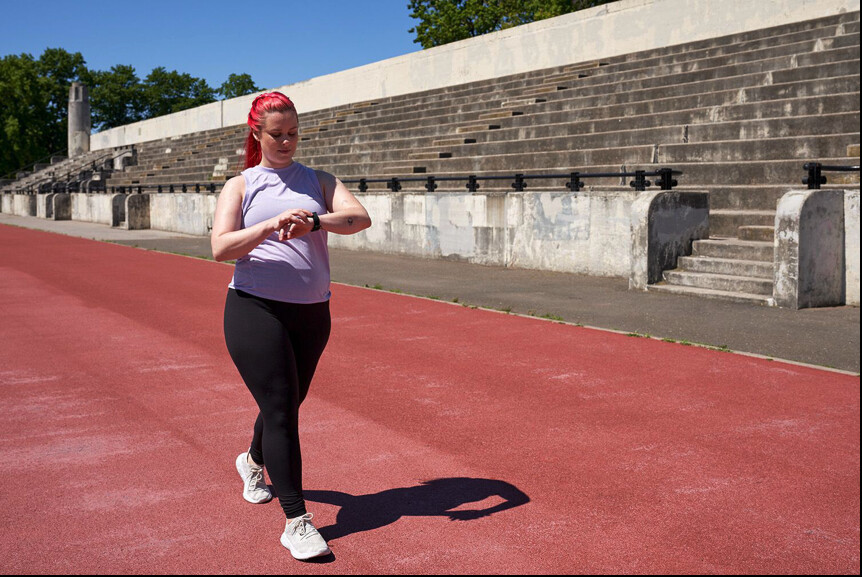
"The miracle isn't that I finished. The miracle is that I had the courage to start." —John Bingham, running speaker and writer
"Fear is gradually replaced by excitement and a simple desire to see what you can do on the day." —Lauren Fleshman, American distance runner
"It doesn't matter whether you come in first, in the middle of the pack, or last. You can say, 'I have finished.' There is a lot of satisfaction in that." —Fred Lebow, co-founder of the New York City Marathon
"When you put yourself on the line in a race and expose yourself to the unknown, you learn things about yourself that are very exciting." —Doris Brown Heritage, women's distance running pioneer
"Good health, peace of mind, being outdoors, camaraderie: those are all wonderful things that come to you when running. But for me, the real pull of running—the proverbial icing on the cake—has always been racing." —Bill Rodgers, winner of four Boston Marathons
"Big occasions and races which have been eagerly anticipated almost to the point of dread, are where great deeds can be accomplished." —Jack Lovelock, environmentalist and futurist
"I also realize that winning doesn't always mean getting first place; it means getting the best out of yourself." —Meb Keflezighi, 2004 Olympic Marathon silver medalist
"Why race? The need to be tested, perhaps; the need to take risks; and the chance to be number one." —George Sheehan, running columnist and writer
RELATED: A Beginner's Guide to Becoming a Runner
"Everyone in life is looking for a certain rush. Racing is where I get mine." —John Trautmann, Olympic runner
"I'm always nervous. If I wasn't nervous, it would be weird. I get the same feeling at all
"My thoughts before a big race are usually pretty simple. I tell myself: 'Get out of the blocks, run your race, stay relaxed. If you run your race, you'll win.'" —Carl Lewis, nine-time Olympic gold champion
RELATED: How to Plan a Running Route Using Map Apps on Your Phone
"I love controlling a race, chewing up an opponent. Let's get down and dirty. Let's fight it out. It's raw, animalistic, with no one to rely on but yourself. There's no better feeling than that." —Adam Goucher, U.S. Nationals 5K race champion
"I'm going to work so that it's a pure guts race at the end, and if it is, I am the only one who can win it." —Steve Prefontaine, legendary American long-distance runner
"Let's just say it and be done with it. Racing hurts. But here's another truth: having put in the effort to prepare for a race and then not giving it your all hurts even more. The first kind of hurt goes away in hours or a day. The second kind of hurt can last a lifetime." —Larry Shapiro, author of Zen and the Art of Running
"Different people have different reasons for racing, but
"Running is in my blood—the adrenaline flows before the races, the love/hate of butterflies in your stomach." —Marcus O'Sullivan, Irish middle-distance runner
"It's just as important to remember that each footstrike carries you forward, not backward. And every time you put on your running shoes you are different in come way than you were the day before. This is all good news." —John Bingham, American marathon runner
"Racing teaches us to challenge ourselves. It teaches us to push beyond where we thought we could go. It helps us to find out what we are made of. This is what we do. This is what it's all about." —PattiSue Plumer, U.S. Olympian
"You didn't beat me. You merely finished in front of me." —Hal Higdon, American writer and runner
"Fast running isn't forced. You have to relax and let the run come out of you." —Desiree Linden
"No marathon gets easier later. The halfway point only marks the end of the beginning." —Joe Henderson, famed running coach
RELATED: Race Day Tips for Running Your First 5K
"No matter how old I get, the race remains one of life's most rewarding experiences." —George Sheehan
"If you feel bad at
"What distinguishes those of us at the starting line from those of us on the couch is that we learn through running to take what the days gives us, what our body will allow us, and what our will can tolerate." —John Bingham, running writer and speaker
"For me, races are the celebration of my training." —Dan Browne, National Champion 5K and 20K runner
"Run when you can, walk if you have to, crawl if you must; just never give up." —Dean Karnazes, ultramarathon runner
"Every race is a question, and I never know until the last yards what the answer will be. That's the lure of racing." —Joe Henderson
"It's amazing how the same pace in practice can feel so much harder than on race day. Stay confident. Trust the process." —Sara Hall, American long-distance runner
"Winning has nothing to do with racing. Most days don't have races anyway. Winning is about struggle and effort and optimism, and never, ever, ever giving up." —Amby Burfoot, American marathon runner
"Your goal is simple: Finish. Experience your first race, don’t race it." —Bob Glover, author of The Runner's Handbook
"Don't dream of winning, train for it!" —Mo Farah, Olympic long
"Nothing, not even pain, lasts forever. If I can just keep putting one foot in front of the other, I will eventually get to the end." —Kim Cowart, runner and journalist
"The real purpose of running isn't to win a race. It's to test the limits of the human heart." —Bill Bowerman, co-founder of Nike
"Our running shoes have magic in them. The power to transform a bad day into a good day; frustration into speed; self-doubt into confidence; chocolate cake into muscle." —Mina Samuels, author of Run Like a Girl
"There is magic in misery. Just ask any runner." —Dean Karnazes
"Run often. Run long. But never outrun your joy of running." —Julie Isphording, American Olympic runner
Login to leave a comment
The Chicago Marathon has a strong history
First run in 1977, this Sunday, Chicago hosts its 46th marathon (it lost 2020 to the Covid-19 pandemic; 1987 to sponsorship issues). One of the six Abbott World Marathon Majors, the history of the BofA Chicago Marathon has been one of rising, falling, and rising again.
In 2023, it witnessed its third men’s marathon world record, 2:00:35, gloriously produced by the late Kenyan star, Kelvin Kiptum, who tragically died in a car accident on February 11, 2024 (age 24 years), in Kaptagat, Kenya.
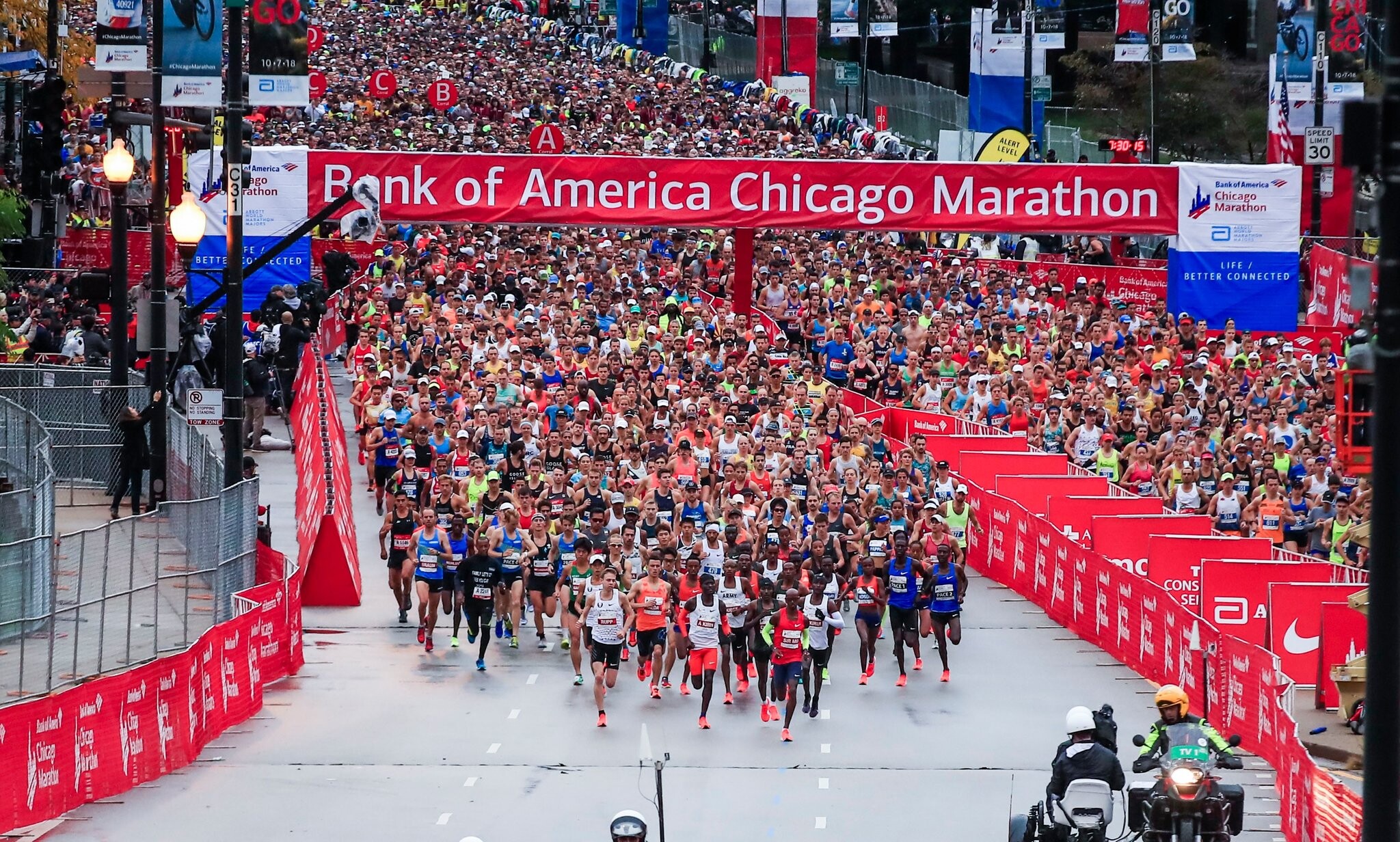
But the roots of the modern Bank of America Chicago Marathon traces back to 1982 when, in its sixth year, known as America’s Marathon/Chicago, the event rebooted, much as New York City 1976 was a reordering for the Big Apple 26-miler.
In America’s bicentennial year, the New York Road Runners expanded their event from four laps of Central Park to all five boroughs. It was a gamble. But in one fell swoop, the event grabbed the public’s attention, took on international importance, and ushered in a new era of urban marathons, even though they had run six previous marathons under the same banner.
In 1982, Chicago’s move from a regional marathon to the big time came about because of two things: one, the $600,000 budget put up by race sponsor, Beatrice Foods, and the hiring of one Robert Bright III of Far Hills, New Jersey to serve as athlete recruiter.
Bob Bright (left) at the Litchfield Hills Road Race in Connecticut with Nike east coast promo man, Todd Miller.
Recommended to the event by Olympians Frank Shorter and Garry Bjorlund, Bright had successfully elevated a modest 15K road race in Far Hills, New Jersey, called the Midland Run, to international prominence in 1980. So loaded was the Midland Run elite field, Sports Illustrated sent a reporter and photographer to cover the event.
What Bright brought to Chicago was zeal and a vision. Before Bright, there had been very little orchestration of competitive marathon racing. The Bright idea was simple: actively recruit a field of international athletes who came ready to run, so elite competition would become the hallmark of the event.
First, a brief history. For many decades, Boston dominated the marathon scene as essentially the only game in town. Yes, there was the Yonkers Marathonin New York, first contested in 1907; the Polytechnic Harriers’ Marathon for the Sporting Life trophy in England, which began in 1909. The Košice Peace Marathon in Slovakia joined the club in October 1924; Enschede and Fukuoka in 1947; Beppu in ’52.
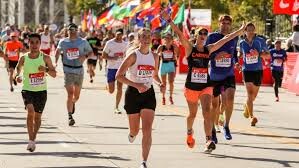
But the Boston Athlettic Association’s attitude from its marathon’s inception in 1897 up to the mid-1980s remained, “We’re running our race on Patriots’ Day starting in Hopkinton, Massachusetts at noon. It will cost you three bucks to enter. See you at the bus line for the ride out to the start.” No bells, no whistles, no invitations.
When New York City debuted in 1970, it spun four laps of Central Park to total its 26.2 miles. But in 1976, with the city in a major financial difficulty amidst America’s Bicentennial, the New York Road Runners boldly took its marathon from the confines of Central Park and expanded it through all five boroughs hoping to attract more tourists.
Race Director Fred Lebow recruited a few big guns upfront to entice press coverage, Olympic gold and silver medalist Frank Shorter along with Shorter’s rival, American record holder from Boston 1975, fellow Olympian, Bill Rodgers. Everyone else filled in from behind, with the City of New York being the true star attraction.
First considered a onetime gimmick, the five-borough experience proved so successful, the NYRRs embraced it as the path forward. Still, the actual races in NYC were never very competitive. Rodgers won by three minutes over Shorter in ‘76, 2:10:10 to 2:13:12. Then dominated for the next three years, as well.
Chicago 1982 would be the first, full–blown, orchestrated marathon race, as Bright had a specific recruitment strategy.
“We wanted six guys who thought coming in that they had a chance to win,” said Bright. “Then we wanted six more behind them who figured they had a shot at the top 10. So, right away we didn’t go after a guy like Alberto Salazar (who was ranked number one in the world after wins in New York City in 1980, a short-course world record in ‘81, and a Boston title in 1982.)
“And if you figure that a top race has a main pack of 10 to 15 athletes, you’re going to double that number in invitations. That guarantees that even if two of every five don’t run well for one reason or another, you still have a big group ready to race.”
Redundancy was the key, the money, the magnet. The total amount taken home by runners from Chicago in 1982 was $130,000.
This was when Boston was still embracing its amateur roots, stiff-arming the new breed of runners looking to get paid for their craft. In New York, Lebow had to keep his payments under the table in order to avoid being billed for city services on race day.
Chicago put up $48,000 in prize money for the men in 1982, with $12,000 going to the winner, 600 for 15th place. The women’s split was $30,000, with $10,000 awarded for the win through $500 for 10th. The remaining $52,000 represented the grease in upfront, under-the-table appearance fees.
“We wanted the money to be respectable, but not overwhelming the first year,“ explained Bright, whose history as a dog sled racer and thoroughbred horse trainer made him one of the best judges of the running animal. “We didn’t want it to appear like the race was store-bought, like the Atlantic City pro race a few years ago, where the money was good, but no one took the race seriously.
“So, we put up $78,000 in prize money, which, to the public, doesn’t sound like all that much. But when you added on the appearance money, it represented as much as any other race handed out.“
For the money on offer, and the prestige of doing well against a field of that caliber – as good as the group assembled at the 1980 Moscow Olympics, according to Sweden’s Kjell Eric Stahl – what came down in Chicago 1982 was a new course record by University of Michigan grad Greg Meyer (2:10:59), along with 22 more sub -2:220s, and nine personal bests out of the first 11 finishers.
The top five women followed suit, led by Northampton, Massachusetts’s Nancy Conz, whose 2:33:33 also represented a new course record for Chicago, some 12 minutes faster than the old mark.
The event treated the athletes well; offered a new opportunity in the fall, competing with New York City; Chicago witnessed its first truly world-class marathon; the sponsor, Beatrice Foods, received enormous visibility for its dollars; and a new professionalism attended the art of marathon orchestration. Chicago was now the new kid on the block, with toys to match anyone’s.
But now the pressure was on, not just to maintain its pace, but to top itself in 1983. The story continues.
by Toni Reavis
Login to leave a comment
Bank of America Chicago
Running the Bank of America Chicago Marathon is the pinnacle of achievement for elite athletes and everyday runners alike. On race day, runners from all 50 states and more than 100 countries will set out to accomplish a personal dream by reaching the finish line in Grant Park. The Bank of America Chicago Marathon is known for its flat and...
more...The Best Marathon Racing Shoes (2024)
After a year of testing, we've identified 12 marathon shoes that will boost your performance and make the race more enjoyable
While training undeniably has the biggest impact on your marathon performance, there’s one more thing you can do to ensure you’re ready to give your best on race day: invest in a pair of marathon racing shoes.

An effective marathon racing shoe can help reduce the repeated impact that miles after miles put on your legs while allowing you to get more energy out of each footstrike. Even more importantly, the right marathon racing shoe will provide you with a platform that is stable and cushioned enough to carry you through 26.2 miles in security and comfort. We’ve spent the last year rigorously testing every option on the market to help you easily pick the perfect pair for you.
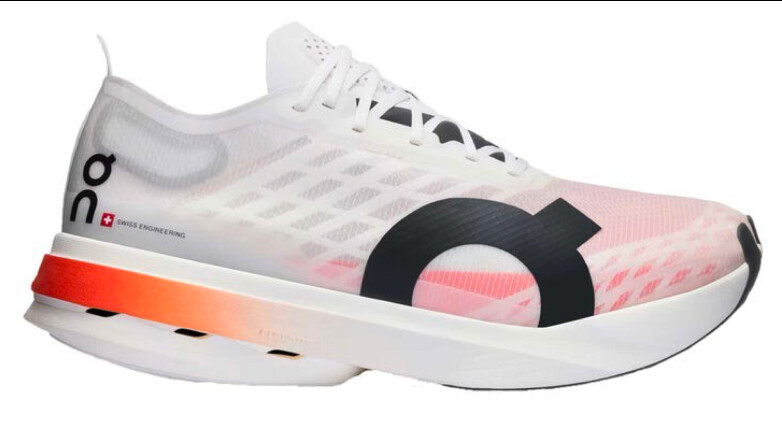
Seven years after the debut of the first super shoe, the thick-stacked, carbon-plated racers are ubiquitous at the front of every marathon and increasingly common among runners in the pack looking to optimize their performance. These shoes have been lab-proven to improve running economy by a few percentage points, making it easier to maintain a faster pace. Runners also report that, when running in a super shoe that complements their stride, they experience less muscular fatigue as well.
These are some of the super shoes that our testers found most comfortable and effective at marathon pace, but your experience may vary (as we found when we had three testers compare 16 super shoes. Every super shoe boasts some sort of ultralight, hyper-responsive foam with an embedded, curved carbon-fiber plate—but each delivers a surprisingly unique ride. You’ll have to experiment to find one that gives you wings.
See our “How to Choose Marathon Shoes” section at the bottom of this article for more guidance on whether you should consider a super shoe and how to select a pair that works for your stride.
Designed specifically for marathons, the Alphafly set a new standard as the fastest marathon shoe ever when Eliud Kipchoge wore them while breaking the 2-hour barrier in a staged marathon, clocking 1:59:40.2 in October 2019.
Now, in its third iteration, the Alphafly 3 continues to dominate as the ultimate marathon racing shoe. Designed with Nike’s Air Zoom Units in the forefoot and a PEBA-based midsole, our more competitive, efficient testers praised the Alphafly 3 for its bouncy, energy-efficient ride.
Subtle adjustments to the shoe’s geometry, including a wider footprint and carbon fiber plate, paired with repositioned Air Zoom Units and strategically sculpted midsole, give the Alphafly 3 a distinctly different feel from its predecessor. These changes effectively address some of the issues found in the Alphafly 2, which many felt was heavy and clunky compared to the original.
The new Alphafly 3 is surprisingly nimble, weighing in as the lightest Alphafly to date. Even running as fast as 5k pace, I found the Alphafly responded quickly, encouraging a fast turnover. That said, it may be too sharp of a tool for some runners, as those who require a stable stance may find it a bit wobbly, especially in the heel.
The redesigned Atomkit 3.0 upper is about as race-y as you can get—extremely light and airy. Though a bit tough to put on because of its tightly woven mesh (like previous models), the new upper is highly breathable and secure, with sawtooth laces that stay tied tight throughout the marathon. You can read our full Alphafly 3 review and how it compared to other racers in our .
A stark contrast to On’s previous carbon fiber racing shoe, the firm-feeling Cloudboom Echo, the Cloudboom Strike is soft, bouncy, and fun to run in. Runners who can maintain their balance on what is a fairly unstable platform are rewarded with a lively, highly cushioned ride that’s comfortable and responsive, making it ideal for long-distance efforts.
The secret to the Strike’s sweet ride lies with the insole. On swapped out the traditional Strobel (a thin layer connecting the upper to the sole) and sockliner for a thick, removable layer of high-energy PEBA foam, thus increasing the amount of performance-enhancing foam underfoot. The result is a legal racer with cushioning that feels like it exceeds the World Athletics’ maximum stack height.
The smooth, ultra-cushioned ride is surprisingly quick for such a thick shoe, responding nimbly even when exceeding 5k pace. The shoe accommodated both long-striding testers and those who prefer to turn over faster.
The Cloudboom Strike fit runs long enough that you might consider sizing down by half a size. However, the one-piece mesh upper, which breathes well and effectively repels moisture, easily cinches down for a secure foot hold. You can read our full Cloudboom Strike review.
The Asics Metaspeed Sky Paris gives runners the best of both worlds—a highly energetic, cushioned feel and a stable ride. Super shoes’s tall, thick midsoles often create a wobbly sensation, forcing your stabilizing muscles to work harder to maintain balance.
The key to the Metaspeed Sky Paris’s stability is its wide base under the forefoot, coupled with an updated, wider carbon fiber plate. This makes the Metaspeed Sky Paris an excellent choice for beginner, intermediate, or unstable runners who want to enjoy the benefits of super shoe technology while still having a supportive, predictable platform. One back-of-the-pack tester noted that the broad base provided a “smooth ride, and the running dynamics worked extremely well with my foot and my own personal gait.”
The shoe’s stability, however, doesn’t compromise its stride-lengthening performance for experienced, efficient marathoners. Testers found that the Metaspeed Sky had the ability to work well for a wide range of runners and paces.
The shoe also has a new, more pliable and comfortable mesh upper and midsole foam that’s approximately 8 percent lighter and, Asics says, has an 8.2 percent better energy return over the previous model. The best part: The shoe got nearly an ounce lighter, making it one of the lightest marathon-racing options. You can read more about the Asics Metaspeed Sky Paris in our .
The groundbreaking adidas Adizero Adios Pro Evo 1 shatters the mold as the lightest super shoe ever made, weighing nearly 2 ounces less than the next lightest super shoe. Yet from the outset, I was amazed that a shoe this light could have this much cushioning.
The Pro Evo 1’s rocker is long and aggressive, curving up to a high toe spring (elevation of the toe box). Initially, at well-below marathon speeds, it felt forced and unnatural. However, once I picked it up to around marathon pace and my toes engaged with the steep curve, I sensed a smooth rolling action that energetically pushed me forward. I believe marathoners averaging seven-minute miles or faster will see the most benefit from these.
Besides being the lightest super shoe on the market, the Evo 1 also claims the title of the most expensive. That, coupled with initial talk of the shoe only working for a single marathon, makes the Evo 1 a big investment. Our test pair, however, lasted nearly 200 miles before the midsole showed signs of wear. While not every runner can expect similar durability, those with an efficient stride should enjoy everything the Evo 1 has to offer much longer than a single marathon. You can read our full review and durability test.
The challenge with super-soft, highly responsive cushioning in super shoes is that they often lack stability, demanding an efficient stride to maintain control as they first squish, then bounce back strongly, magnifying forces—whether propulsive or unbalanced. For runners seeking a more stable carbon fiber shoe without losing the performance benefits, the Brooks Hyperion Elite 4 offers a firmer underfoot feel than most.
Instead of the heavily cushioned sink and trampoline-like bounce of many of today’s super shoes, the nitrogen-infused DNA Flash V2 midsole is extremely responsive, pushing back against the foot immediately and ready to pounce on the pace when needed. That lively firmness, combined with a curved carbon fiber plate embedded in the rockered midsole, gives the Brooks Hyperion Elite 4 a smooth, stable, and forward-propelling ride.
In terms of fit and feel, Brooks nailed the basics. The thin, breathable mesh upper perfectly embodies a racing shoe’s ideal—minimalistic, with a secure midfoot lockdown that makes you feel firmly in control.
These are not for you if you prefer a highly cushioned, springy running experience. However, if you feel bounced around by most super shoes and want a firmer-feeling shoe that offers a good mix of stability and fast-rolling performance, the Brooks Hyperion Elite 4 is the shoe you’re looking for. You can read more about the Brooks Hyperion Elite 4.
With a ride that feels like bouncing on a pogo stick, the Hoka Cielo X1 delivers unmatched spring with every stride. Designed with two layers of über-responsive PEBA foam separated by a winged carbon fiber plate and a severe, heel-to-toe rocker profile, testers marveled at how much fun these shoes were. One tester described running in them as “feeling effortless,” adding, “It almost feels like you’re cheating when you’re wearing these shoes.”
However, a few testers had mixed reactions to the shoe’s prescriptive geometry. The stiff platform and aggressive rocker design seemed most effective for a midfoot strike and within a narrow pace range, specifically around six to eight minutes per mile for our testers.
Another knock concerned the shoe’s stiff, ribbon-like shoe laces. Nearly every tester commented on how difficult it was to get a tight, dialed-in knot. Still, if you can get past the less-than-ideal lacing—or choose to swap them out entirely—and are comfortable in the pace range sweet spot, the ride is worth it and could deliver a fun, fast marathon.
Cielo X1 clocks in at a hefty 9.3 ounces for mens size 9 and for womens size 10, making it the heaviest super shoe on the market. Thanks to the high-energy foam, however, we still found it held its own in the super shoe pack when it came to performance. You can read more about the Hoka Cielo X1.
Unfortunately, there are not a ton of options when it comes to highly cushioned zero drop racing shoes. Fortunately, the only option is a really good one. Now in its second iteration, the Altra Vanish Carbon 2 features three more millimeters of softer, more flexible underfoot cushioning heel to toe. Embedded in the soft, nitrogen-infused, TPE-based midsole is a full-length carbon fiber plate that adds a bit of stabilizing and propulsive stiffness without feeling controlling.
The Vanish Carbon 2’s midsole doesn’t have as dramatic a trampoline sensation as some other marathon racing shoes, but it delivers a smooth, cushioned ride that’s hard to beat. Even as someone who typically struggles with zero-drop shoes, I found the Vanish Carbon 2 enjoyable and surprisingly easy to run in, thanks to the high stack and rockered profile. Testers said the low heel helped increase their cadence and kept them more on their toes.
Despite not having a ton of structure, the lightweight, breathable mesh upper does a surprisingly good job of securing your midfoot while your toes have room to splay in Altra’s signature wide toe box. You can read more about the Altra Vanish Carbon 2.
When it comes to replicating the performance benefits of road super shoes for the trail, shoemakers have struggled to achieve the same level of success. The adidas Terrex Speed Ultra is a standout exception. Designed with one of the most aggressive rockered profiles on a trail running shoe, the Terrex Speed Ultra feels awkward initially, almost like you’re walking downhill.
However, once you get accustomed to the unique profile that wants to push you forward, you’re rewarded with a propulsive ride unlike any other trail running shoe. Inside, the high-performance TPEE (Thermoplastic Polyester Elastomer) midsole incorporates a four-pronged, slightly flexible PEBA-based rod system, providing extra stiffness to the soft foam without creating instability on technical terrain. While it manages well on groomed or rocky sections, like most highly cushioned trail shoes, it’s not designed for prolonged precise technical maneuvering.
Staying true to its race-ready design, the upper is razor-thin and slightly padded to keep weight at a minimum. The quick-drying synthetic material, combined with a gusseted tongue and sawtooth lacing that bites like a threatened rattlesnake, provides excellent midfoot lockdown. The only drawback is the unstructured heel counter, which can cause some heel lift if the laces aren’t pulled extra tight. You can read our full review of the Adidas Agravic Terrex Speed Ultra.
Not everyone wants or needs a super shoe when covering 26.2 miles. Here are some top options without a rigid carbon-fiber plate, sorted with consideration for specific needs and preferences.
Supershoes’ tall, highly cushioned soles create an unstable and wobbly platform, especially for beginner runners who spend more time in contact with the ground than their faster counterparts. Plus their rigid, curved plates dictate how the foot rolls, and are tuned to be optimal for fast, efficient runners.
Puma’s Deviate Nitro 3 combats these issues by combining two foams, a softer one closer to the foot with a firmer one closer to the ground, separated by a semi-flexible carbon-fiber composite plate. This design offers most of the cushioning and propulsive benefits of a super shoe, without the instability or the prescriptive stride control.
What sets the Deviate Nitro 3 apart most, however, is its remarkable ability to deliver a smooth ride at any pace. There’s nothing restrictive about the shoe—it adapts to your running speed and performs effortlessly, making it double as a great everyday trainer as well as a racing shoe.
Keeping comfort in mind, the upper features an engineered knit mesh with moderately padded heel collar. Testers felt the fit was true to size with a small amount of stretch throughout the upper to accommodate foot swelling or irregularities, such as bunions. The stretchy laces received mixed reviews, as one found he needed to keep tightening them to feel secure during the run. You can read our full review of the Puma Deviate Nitro 3.
When the Saucony Tempus first came out, we were blown away by its ability to control the soft, unstable nature of a PEBA midsole without taking away its high-energy, performance-enhancing benefits. Keeping everything the same underfoot, but adding a better fitting, more breathable mesh upper, the Tempus 2 continued to wow us with its supportive, yet lively ride.
The combination of soft, bouncy PEBA foam and a firmer EVA frame that uniquely wraps over and under the high-performance core helps guide the foot into a more stable position, making it perfect for beginners, or any runner, who may struggle with foot alignment, particularly during a long and exhausting marathon. The moderate stack height of 33mm in the heel and 25mm in the forefoot strikes a perfect balance—not so thick and cushioned that you can’t push off effectively, yet not so thin that it compromises comfort. The dual foam midsole, without a plate, provides ample underfoot protection while still allowing for a good sense of ground feel and accommodates any stride pattern.
The main drawback is that it’s relatively heavy for a racing shoe (while light for a trainer). Weighing 9.4 ounces for men and 8.2 ounces for women, it’s the heaviest shoe on our list. However, if you prioritize stability and want to tap into the performance benefits of PEBA in a supportive but not prescriptive shoe, this is still the top choice on the market.
Known for its wide toe box designs, Topo has mastered the balance of offering plenty of space for your toes while ensuring a secure midfoot lockdown. One of only four shoes in this roundup without a plate in the midsole, the Topo Specter 2 delivers a more natural and flexible experience than your stiff-plated super shoe or super trainer. A generous layer of Pebax foam underfoot is tuned firmer than usual, but still delivers its signature bouncy ride. One tester described the midsole as “firm and springy with a lot of response,” adding, “the shoe feels airy and fast with the perfect balance of stiffness versus flex.”
Testers found the Specter 2 incredibly versatile. It delivers the same ease and comfort on easy run days as it does on uptempo runs or races, thanks to its highly cushioned, responsive, and adaptable sole, and low overall weight.
Where the shoe truly stands out, however, is in its fit. One tester said about Topo shoes, “They’ve gone from being one of my least favorite brands to offering some of the best-fitting shoes I’ve tested.” The wide toe box isn’t just for runners with wide feet. Even our runners with regular-width feet appreciated the extra space, once they got used to their toes having room for their natural positioning and splay.
As foams have evolved to be increasingly lighter, marathon racing shoes are getting thicker and more cushioned. Rather than allowing your foot to react to the ground and move naturally, these thick-soled shoes blunt the underfoot feel and dictate how your foot moves through the gait cycle to various degrees. While this works well for some runners, others prefer a more minimalist ride.
If you’re the kind of runner who finds today’s cushioned shoes cumbersome and as restrictive as a stiff suit of armor, look no further. The Topo Cyclone 2 is a free and flexible lightweight racer that lets your foot control the shoe, not the other way around. Testers described the ride as “nimble” and “flexible” with a “slipper-like” feel.
The Cyclone 2’s Pebax midsole delivers the soft feel and springy response of a super shoe, but the comparatively thin stack height (28mm/23mm) keeps the squish and bounce moderate, and lets you feel the ground under the cushioning. You won’t find a plate embedded in the flexible midsole; instead there’s a slight rocker profile to help smooth the transition from stance to toe-off.
We’ve always found Topo Athletic makes some of the best-fitting shoes on the market, and the Cyclone certainly follows suit. A tailored midsection with excellent lockdown gives way to a roomy anatomical toe box. You can read our full review of the Topo Cyclone 2
There are a few factors beginner runners should consider before choosing a carbon fiber shoe. First, most carbon fiber running shoes are designed with fast, efficient runners in mind. Studies have shown that slower runners get less improvement in their running economy from the shoes, and the shoes actually make running harder for a significant number.
If you have developed solid mechanics, you may benefit from a carbon fiber shoe. However, if your form is still a work in progress, the stiffness of the carbon plate and the hyper-responsiveness of the foam could actually magnify poor mechanics, reduce your performance, and increase the risk of injury.
Additionally, every carbon fiber shoe is built differently—the placement and shape of the carbon plate, geometry of the midsole and properties of the foam all are different, model to model. This means no two carbon plated shoes will run exactly the same. It’s important to match your individual gait to a carbon fiber shoe by testing several options for the one that feels the best. In general, beginners should be cautious and make sure they’re fully comfortable in carbon fiber shoes before racing in them.
Our exhaustive testing process involves evaluating every marathon racing shoe on the market, sometimes as long as over a year, with input from more than 20 experienced wear-testers. They each fill out a detailed testing questionnaire evaluating key points such as fit, comfort, cushioning, and speed. The completed questionnaires are compiled and combined with testing feedback from lead tester Cory Smith, who brings over a decade of experience testing running shoes for Outside. Shoes that excel in specific areas are then ranked and categorized in relation to their strengths.
Cory Smith, a former Division One runner at Villanova University, has been running since the mid-1990s. With over a decade of experience testing and reviewing running apparel and shoes for publications like Outside and Runner’s World, he continues to compete as a masters athlete, boasting a masters personal best of 4:31 in the mile at the age of 44. He consistently logs 30 to 40 miles per week on roads, trails, and the track.
.Those looking for a low-profile, flexible ride with some support might consider the Brooks Hyperion 2 GTS, which has a moderate stack height (31.5–23.5mm), responsive cushioning, and gently guides the gait with firmer, raised sidewalls alongside the rearfoot.
After dedicating countless hours to marathon training, it’s just as crucial to invest time and effort into choosing the right running shoe for race day. Unlike your everyday trainer, a marathon racing shoe must strike a balance between providing enough stability to maintain your form over 26.2 miles and offering sufficient cushioning to protect your legs from the constant impact, while not weighing you down or holding you back. Here’s what you must consider when buying the ideal marathon racing shoes.
As running shoes become thicker and softer, they can start to feel unstable and wobbly. This instability forces the stabilizing muscles in your feet and legs to work harder, which can lead to premature fatigue and even injury. To prevent this, it’s crucial to choose a marathon racing shoe that provides a stable enough platform for your stride, ensuring consistent support throughout the race, even when you grow tired and your stride becomes less efficient. Stability is built into a marathon racing shoe by using embedded plates, firmer midsoles, a widened base, and a more structured heel counter and rearfoot hold.
Cushioning refers to the perceived underfoot firmness of a running shoe. While cushioning levels are a matter of personal preference, wearing softer running shoes during the marathon can be beneficial. One 2022 study with 32 recreational runners found that wearing highly cushioned running shoes improved performance by 5.7 percent and reduced oxygen consumption by 3.2 percent during incremental treadmill tests. However, runners must balance cushioning benefits with stability and propulsion needs.
Given the length of the marathon it’s crucial to make sure your marathon racing shoes fit well. Since over the course of the 26.2 miles your feet may swell, you should make sure you have enough room in the toe box to accommodate this swelling. A good general rule of thumb is to make sure you have at least a thumb’s width of space between your longest toe and the front of the shoe. You should be able to wiggle your toes without them bumping up against the front of the shoe. While you want space for your toes to splay, the upper should hold your foot securely around the heel and instep.
While this is a highly debated topic, the current thinking is to limit the amount of time spent training in carbon fiber plated shoes. These shoes are built with a thick, highly cushioned, and unstable platform, and a rigid rocker profile. Unlike more flexible running shoes that allow your foot to move naturally, carbon fiber shoes dictate the way your feet strike the ground and roll forward, potentially altering your natural gait, which can lead to injury. In addition, the powerful bounce magnifies any instability, causing more stress on your muscles, tendons, and joints. Ideally, limit your carbon-plated shoes to race day and a few speed sessions. Super trainers—with the same high-end foams but more flexible plates—can be a great alternative for weekly speed sessions or fast-finish long runs.
The length of marathon racing shoes varies on a runner’s weight, stride efficiency, and model of shoe. Typically, lighter runners who have an efficient stride will realize longer shoe lifespans, while heavier runners who spend more time on the ground will see less. Generally speaking, you should get somewhere around 100 to 200 miles from your marathon racing shoes before the midsole begins to decompress. Visual cues, such as worn down outsole, uneven midsole compression, or holes in the upper, can be your best indicator of it being time to replace your marathon shoes. Outside of that, I’ve found if you start to question whether it’s time to replace your shoes, it’s usually time.
by Outside Online
Login to leave a comment
Ceili McCabe becomes first Canadian runner to sign NIL deal
The 2024 Olympian from Vancouver is breaking barriers for Canadian athletes in the NCAA.
Canadian 3,000m steeplechase record holder and national champion Ceili McCabe has officially become the first Canadian to sign an NIL (Name, Image, Likeness) deal, partnering with Swiss athletic brand On.
The Vancouver native, 23, who competes in the NCAA for West Virginia University (WVU) is one of the biggest up-and-coming talents and already has two senior national titles to her name. The agreement caps off an incredible track season, where she ran the steeplechase national record of 9:20.58 and made her Olympic debut in Paris.
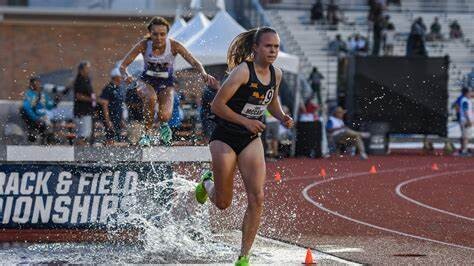
“On really stuck out to me because of their experience with international athletes in the NCAA, and the flexibility they had as a brand in terms of individual sponsorships as well as groups post-collegiately,” says McCabe on her decision to sign with On. “It seemed like a brand that would be supportive of finding the best situation [for me] after college.”
The deal marks a significant milestone for Canadian athletes in the NCAA, as they have traditionally faced challenges in securing such partnerships due to student visa restrictions, which prohibit international students from earning money during their studies. With the help of her coach and agent, McCabe was able to meet with a few brands to discuss offers and means of adhering to the requirements of her NCAA eligibility and student visa.
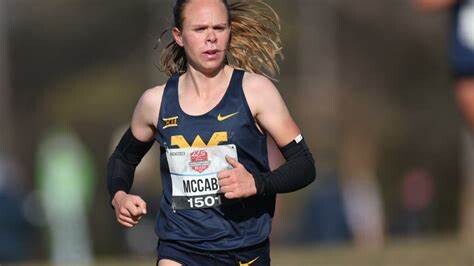
“Technically, I am not allowed to promote the brand in any way,” McCabe said when explaining how her team worked around the terms of her U.S. student visa. “What I can do in the U.S. it is pretty minimal beyond wearing their gear and spikes [depending on whether WVU will allow her to],” she says. “Once at home, I would be able to make posts or repost [On] on my platforms.” Since WVU’s track program is endorsed by Nike, there are still some barriers that need to be addressed when it comes to wearing On’s gear during competition.
McCabe says there is more to the brand deal than simply earning an income. “I think being able to build a relationship with a brand and see how it might work for the future is a benefit,” she says. With aspirations of running professionally, this NIL deal gets her a foot in the door for opportunities to join a professional group following her collegiate career.
She also has big goals as she heads into the 2024 NCAA cross-country season; McCabe is the reigning Canadian cross-country champion, but redshirted (sat out to preserve eligibility) during last year’s NCAA season. In 2021, she finished third overall at the NCAA Cross Country Championships in Tallahassee, Fla.
by Cameron Ormond
Login to leave a comment
Nike Continues Shuffle of Pro Coaches
Pete Julian’s Union Athletics Club will move to Colorado.
In the latest move by Nike to reconfigure its pro running teams, Pete Julian’s Union Athletics Club will move from Oregon to Colorado, sources tell Runner’s World.
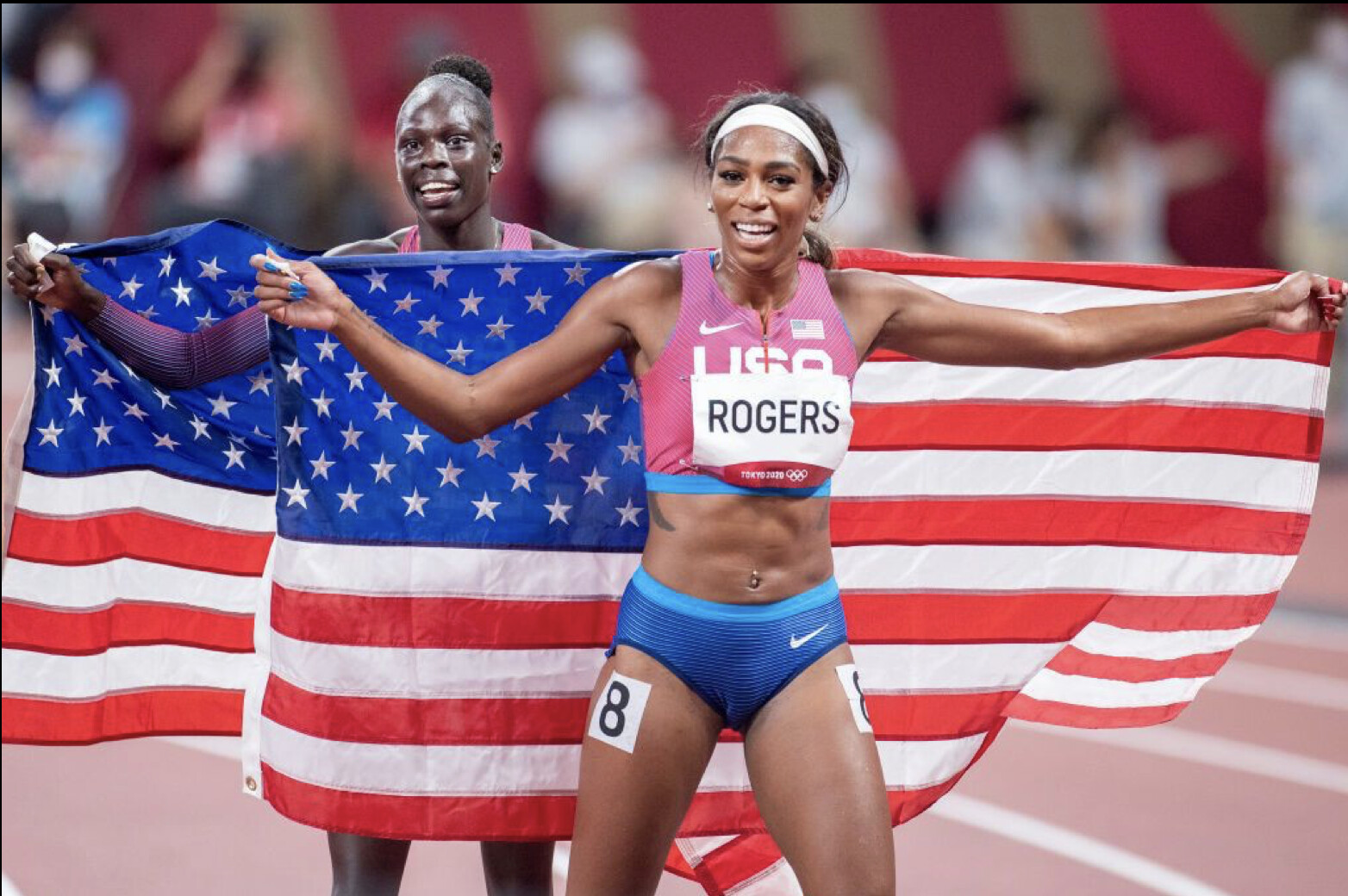
This move comes two weeks after it was announced that Mike Smith would leave his post at Northern Arizona University in June 2025 to start a Nike pro group.
Julian, reached by text by Runner’s World, did not deny the team was making the move but said he was unable to comment. Media relations representatives at Nike acknowledged questions from Runner’s World on July 19 and again on August 12, but they did not reply with any further information about the group’s move.
UAC’s 10 current athletes compete at a range of events. They include Raevyn Rogers, the 2021 Olympic bronze medalist in the 800 meters, and Sinclaire Johnson, the 2022 U.S. champion in the 1500 meters. Suguro Osako, a marathoner from Japan, is also listed on the roster; he finished 13th at the Olympics in Paris in 2:09:25.
It is unclear if all the athletes will go to Colorado with Julian. A message to Rogers via social media was not immediately returned. Rogers has strong ties to Oregon; she went to the University of Oregon and won five individual NCAA titles there. Her image graces the tower at Hayward Field in Eugene, and she is not known to have spent much time training at altitude, if any.
Depending on where in Colorado the group lands, athletes could be training at at least 5,200 feet of elevation. Altitude training is increasingly seen as essential for elite distance runners. Boulder, Colorado, which has long been a mecca for distance athletes, is already crowded with pros: On Athletics Club has a sizable pro group there, as does Team Boss, a group of elite distance runners anchored by steeplechaser Emma Coburn, who runs for New Balance.
Coaching and athlete turnover is common after the Olympic Games. Most pro athletes have contracts that take them through the end of the Olympic year, and some have an option in their contracts that allows a sponsor to sign them for an additional year.
Several high profile athletes have left the UAC in recent years. Jessica Hull returned to her native Australia and trains under her father; she won a silver medal in Paris. Donavan Brazier had great success under Julian in 2019, but LetsRun reported he left the UAC in 2024 after undergoing a fourth surgery on his left foot and lower leg. Fan favorite Craig Engels is now living in California and training under his college coach, Ryan Vanhoy.
Julian’s wife, Colleen Glyde Julian, is a professor of biomedical informatics at the University of Colorado’s medical school in Aurora, Colorado. He has long commuted to Portland, Oregon, from Denver several times each week for athlete workouts in Beaverton.
by Runner’s World
Login to leave a comment
Hey New Runners, Here’s How to Determine Your Goal Pace for Different Workouts
Practicing different paces can provide the key to unlock your best performances.
Most runners think pace is important because of PRs and faster race times, but paces have more significance than just those milestones. In fact even if your goal is to run longer distances or remain a runner for the rest of your life, it’s helpful to get to know your training paces.
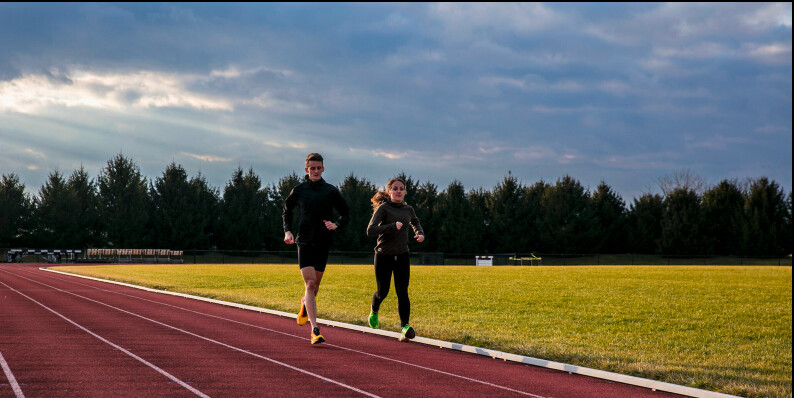
That’s why, according to run coaches, you will earn big rewards—both in terms of fitness and mental outlook—if you figure out how to calculate your paces when you run.
“If you can run at the right pace, you’re going to run the right way and feel the right way,” Nike head running coach Chris Bennett tells Runner’s World. “And if you feel the right way, you’re going to want to do it again. That’s the most important thing.”
Whether you include speed workouts in your weekly schedule or only stick to zone 2 runs, you have an ideal pace range for almost every workout and distance you run. Let’s break down the various paces you should know and how to cue those up during various workouts.
The Benefits of Getting to Know Your Running Paces
Pace is measured in units of time per unit of distance, i.e., minutes per mile, and that pace will vary depending on the distance you’re running. For example, your fastest marathon pace will obviously be slower than your fastest 5K pace.
That’s why, when you use a run app or training plan, the program will suggest you do specific runs at a specific pace or even a variety of paces. For example, a speed workout may include short intervals at mile, 5K, or 10K paces.
Whether you train for 5Ks or marathons, or whether you run a few times a week with no particular distance in mind, running at the right pace for any given workout makes it more likely that you will better target physiological changes, such as boosting your VO2 max, Jeff Gaudette, founder of Runners Connect, tells Runner’s World.
“Paying attention to your pace allows runners to properly hit the effort and outcome they’re targeting,” says Gaudette. “Newer runners, for example, will find that if they pay attention to pacing, they can run farther or finish runs not completely exhausted.”
How to Calculate Your Paces
If You’ve Raced...
If your training plan or app suggests you use a specific pace during a run, how will you know what pace to use? Well, if you have some 5Ks or 10Ks under your belt, you can average your paces from those events and go from there.
This also works if you’ve run a marathon and a training plan calls for a long run at below marathon pace.
You can also plug any race distance and your time into an online pacing tool, such as the Runner’s World training pace calculator, to find your ideal pace for various distances.
But what if you haven’t raced or if you’re ready to race a new distance?
If You Haven’t Raced...
A simple way to estimate your 5K and 10K paces is to do a mile time trial on your own, says Gaudette. “Races provide the best data point, but this is the next best thing,” he explains. “And the nice part of doing it this way is you can retest every few weeks. The more you do it, the more you’ll learn to pace yourself.”
To do a time trial, head to a track or an open road with a smartwatch or fitness app tracking your distance. Warm up for at least 10 minutes at an easy pace (you can easily hold a conversation as you run). Then “race” one mile.
Gaudette advises running the first half at a difficult pace (think: you can barely speak a sentence) and then running the second half as fast as you can. This is your mile time.
Now, plug that number into the Runner’s World training pace calculator, or simply add 40 seconds to your mile time to approximate your 5K pace and then about 60 seconds to get your 10K pace, says Gaudette.
Other pace calculators will offer estimates for how long it might take you to complete different race distances. For example, if you plug one hour of run time and a distance of five miles into the Runner’s World pace calculator, you will get estimates like running 10 miles in 2 hours, a half marathon in 2:37, and a marathon in 5:14.
Once you know your mile pace and the relative paces for longer distances, you can also play with the numbers in these online tools to see what your targeted paces need to be during training runs to hit different goals during races.
Finally, you ca use the run/walk pace calculator to find out how to pace your intervals when using the run/walk method so you hit your goals.
How to Connect Your Paces to Your Effort
While paces are important, Bennett says you want to focus more on effort—or feel—during some of your runs, rather than numerical metrics every time you head out. That’s because several factors play a role in what exact pace is best for you on any given day and for any given workout, he explains.
“Depending on where you are in your running journey or training cycle, what the weather is, what elevation you’re at, what you did yesterday, the numbers aren’t always the same,” says Bennett. “There’s some gray area on either side of what your 5K pace or effort should be. It’s dependent on a lot. That might seem overwhelming to a runner, but really, it should be the opposite. It gives you the freedom to step back and ask yourself: How does this feel?”
While it’s helpful to use your 5K and 10K paces as a baseline metric, Bennett believes runners benefit when they pay more attention to their effort level than specific numbers. To do this, represent your effort as a number, 1 through 10 (commonly referred to as your Rate of Perceived Exertion or RPE). For example, your 10K pace will feel like a 6 or 7 RPE, while your 5K pace will feel more like 7.5 or 8.
To help runners dial in that effort even more personally, Bennett suggests using a couple words to describe what a pace feels like. Maybe your 10K effort feels strong and controlled, for example. Then, play on that description to dial into your 5K effort. You are kicking it up just a notch, so your 5K effort may feel fast and controlled.
“If you do this consistently and you keep a running log or keep metrics on your phone, after a couple weeks you can look back and find when I’m feeling good, this is roughly my pace on an easy run,” Bennett says. But then on stressful days, maybe that pace is a little slower and on days you’re well recovered, maybe it’s a little faster.
How to Use Your Paces to Improve Your Runs and Races
“Every run has a purpose,” Bennett often says, and connecting the right pace to your effort level helps you find that purpose. For example, if you are trying to improve your overall half marathon race time, some of your training runs might include speed intervals that, over time, will help you become more efficient at running faster. That is, it won’t feel as hard to run fast.
With that in mind, it helps to understand the variety of runs there are on a training plan, because each of them requires a different effort and, therefore, pace.
For example, easy runs are for going at a relaxed pace and building mileage; you should run them at a conversational effort and end feeling like you could keep going. Ideally, you’ll do these based on effort more than pace, but when you do check out your paces, you’ll likely find a big range, says Gaudette, and that’s okay.
In fact, your easy effort paces may change based on your mood and your energy level, among other variables. But if you notice that your easy pace is creeping up past your typical range, slow down. When you’re running faster than you should for any given outing, says Bennett, you’ll likely wind up stopping early and feeling defeated or even overtraining.
“It doesn’t matter if you’re brand new to running or if you’re heading to the Olympics, the majority of your running is easy runs,” says Bennett. “If you’re not nailing the easy runs, you’re not going to be nailing the harder stuff.”
As for “the harder stuff,” like speed workouts, pace can play a bigger role. Short intervals (think 400 meters) are designed to get you faster and allow you to practice running at paces above your goal race pace. You might clock these at your 5K pace or faster. Longer interval sessions, like mile repeats and tempo runs, help you improve your speed endurance, or holding onto a faster pace for longer. You might run these around 10K pace.
Over time, the combination of all these runs and mix of paces will improve your top speed, as well as your easy pace (while still feeling easy). That’s why it is so helpful to keep track of your paces with notes about your efforts and feelings about those efforts. Plus, it helps you notice and celebrate your progress.
by Runner’s World
Login to leave a comment
How long do super shoes last?
Super shoes are making headlines with every race. You know the ones—the feather-light, high-tech racing shoes with carbon fibre plates and cushy, energy-returning foam. Nike’s Vaporfly series, for example, has been rocking the running world since its debut. But how long do these super shoes last before they lose their magic? Here’s what the latest study, published in The Scandinavian Journal of Medicine & Sports Science, has to say about it.
What makes super shoes so special?
The term “super” isn’t just marketing hype—these shoes have some serious tech under the hood (or rather, underfoot). But like any superhero, even super shoes have their kryptonite. The big question is, when do they start losing their powers?
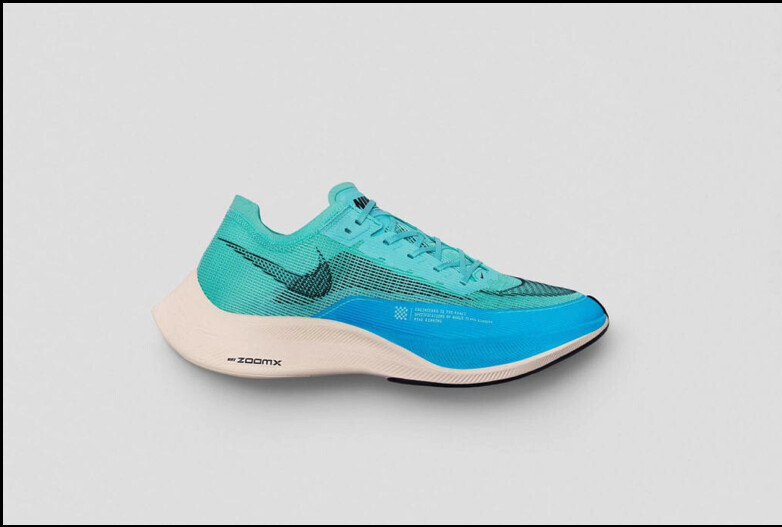
What happens in the long run?
Researchers out of the University of Castilla-LaMancha in Toledo, Spain, in partnership with the kinesiology department at the University of Michigan, put two types of midsoles to the test: peba (the super bouncy stuff) and EVA (a more traditional foam), both types of shoes containing fibre plates and weighing approximately the same. They had 22 male runners lace up with both new and worn versions of these shoes and hit the treadmill for some serious mileage. Here’s what they found:
Peba midsole: When fresh out of the box, this material was the clear winner, giving runners a nearly two per cent boost in running economy. But after 450 km, the magic started to fade. The worn peba shoes showed a 2.28 per cent decline in running economy, which means more energy is needed to run at the same speed. If you’re planning to squeeze every last drop of performance out of these shoes, you might want to think twice before using them past their prime.
EVA midsole: While EVA didn’t give the same initial boost as peba, it held up like a champ over 450 km. No significant changes in running economy were noted, meaning your EVA shoes are more like a trusty sidekick—maybe not as flashy, but dependable over the long haul.
The takeaway
If you’re eyeing those super shoes for your next big race, know that they have a shelf life. The peba-based models will give you a noticeable edge when they’re new, but after 450 km, you might not get the same pep in your step. On the other hand, EVA midsoles might not give you the same initial wow factor, but they’re more durable over the long run.
If you’re planning to invest in a pair of super shoes, think about when and where you’ll use them. Want to crush a PB? Save those peba beauties for race day. Need something for everyday training? EVA might be your best bet. Just like your favourite energy gel, these high-tech shoes have an expiration date—so use them wisely.
by Running Magazine
Login to leave a comment
This Off-the-Court Oasis Gives These Olympic Athletes an Edge
Just when we thought the Olympic Village was cool, we took a five-minute walk from Stade de France to this oasis for Nike athletes to refuel, relax, and recover
Leo Neugebauer had a grueling schedule at the Paris Olympic Games. As a decathlete, the German multisport athlete , who was a three-time NCAA champion for the University of Texas, competed in the 100-meter dash, long jump, shot put, high jump, 400 meters, 110-meter hurdles, discus throw, pole vault, javelin throw, and 1500 meters over the course of just two days.
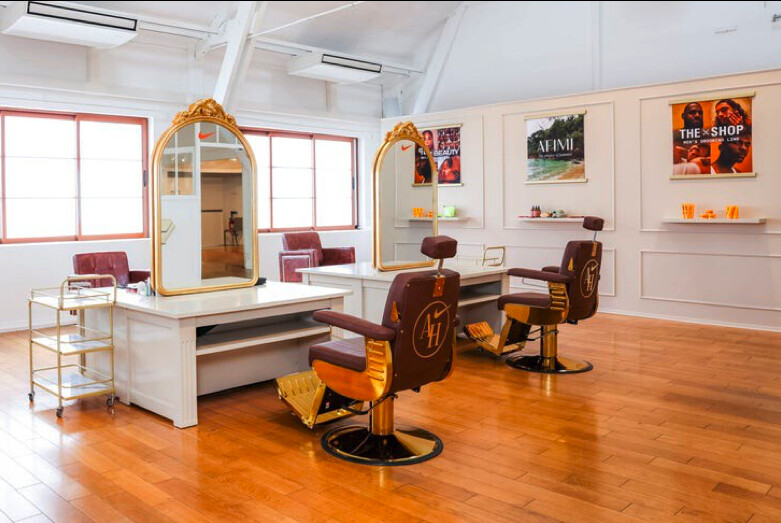
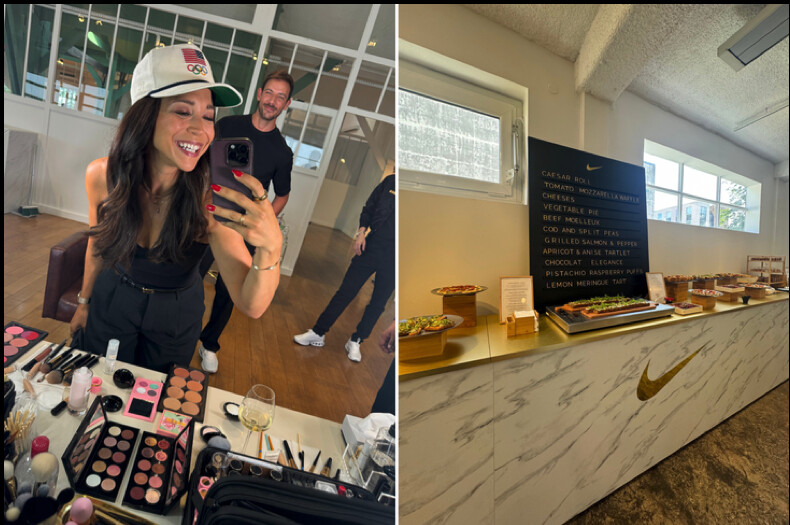
But as a Nike athlete, Neugebauer also had a leg up on the competition.
Just a five-minute drive from Stade de France you’ll find the Nike Athlete House. Walk in, past two towering orange statues of Lebron James and Shelly-Ann Fraser-Pryce, and guests are instantly transported into a luxurious, two-floor oasis, complete with swoosh-laden rugs and plush furniture, bright lighting and calm tones reminiscent of your favorite spa, and everything an athlete could need to look and perform their best.
At least that’s the goal, says Tanya Hvizdak, Vice President of Global Women’s Sports Marketing at Nike. Complete with everything from specialty stations for barber, nail, makeup, and tooth gem appointments, to physical therapy and recovery services, plus spaces to unwind with family, and even a nursery—the hospitality locale is on a whole new level from any other Olympic activation the brand has done before.
“What we provide has certainly evolved from this mode of sponsorship to partnership,” Hvizdak says, noting that some athletes stop by the house more than once a day. “We’re listening to the voice of the athlete around what their expectations are and what their needs are.”
“It’s kind of a sanctuary,” adds Tobie Hatfield, Senior Director of Athlete Innovation at Nike. “We want this to be the place where athletes come to get ready for their competition.”
Just Doing It
Nike’s not the only brand to go to great lengths to make their athletes comfortable. Varying in size and offerings, other major players including Puma, Asics, On, New Balance, and Oakley have full-service locations dedicated to their athletes, plus their entourages. Where Nike comes out on top, though, is their proximity to the competition.
Set in the Parisian suburb of Saint-Denis, about a mile and a half north of city limits and five miles north of the Louvre, Stade de France sits quite a ways away from much of the Olympic action at the heart of the city. The Athlete Village is relatively close by, but still a 15- to 20-minute bus ride—assuming bus drivers don’t take any wrong turns, as they’ve been reported to do as athletes stand for up to an hour on cramped buses during the Games.
Relaxing pre-race and recovering immediately after are critical to success on the world stage, something Nike officials readily understand.
“The planning of this space began over three years ago when we were looking at the city, having an understanding of where things like the Athlete Village and track and field were going to be taking place,” says Hvizdak. “The number one priority for us was being in a location that was going to be in close proximity to the athletes.”
The Royal Treatment
While I wasn’t able to time my trip to the house so that I could sit in the Nike x Hyperice boots and vests next to medalists like Jordan Chiles, Sha’Carri Richardson, or Fred Kerley—all whom shared their trips to the space on social media—it’s certainly getting a lot of foot traffic.
The space also offers catering for breakfast and lunch. With reports that the food and conditions in the Athlete Village leave something to be desired, Nike’s culinary staff took it upon themselves to ensure that they had the food game on lock, including tantalizing yet nutritious options like (on the day I visited) grilled salmon and pepper tartlets, vegetable pie, beef moelleux, and noodle salad.
“Something that was requested shortly after we opened was to-go boxes of food,” says Hvizdak, who adds that the meals are definitely a highlight for the folks who come through. “So, we’re now offering takeaway options. Plus, we even changed the hours to stay open later per the athletes’ request.”
And of course—in the true extravagant nature of the space, what’s a good time without a parting gift? Athletes have the option of shopping through the Jacquemus x Nike collection, other new offerings, and to design a hoodie using a new proprietary AI tool on digital tablets—set to potentially launch in-store at a later date.
Neugebauer walked into the Nike House before his competition just to sniff it out. But he was sold after snagging some of the recovery tools to use during his downtime before his daunting 10-event competition.
“I took the Hyperice boots to my hotel room and used them before, during, and after my decathlon,” he says. “The second time I went through the house, I got to do all the fun stuff like customize my own Nike hoodie, it was amazing. And when I heard they had a barber, I was like oh my god, I got a fresh cut., I looked good. I think that’s important. I looked good, and I did good.”
The royal treatment apparently paid off. On August 3, Neugebauer earned the silver medal.
by Outside Online
Login to leave a comment
‘I Can. I Will. I Must:’ Mantras and Affirmations That Propel Olympic Athletes to Victory
These motivating words from Olympians—and the stories behind them—can help you get through any tough run.
For all the drama it contained—including a fall by defending Olympic champion Athing Mu—the final of the women’s 800 meters at the 2024 U.S. Olympic Track and Field Trials was over in less than 2 minutes.
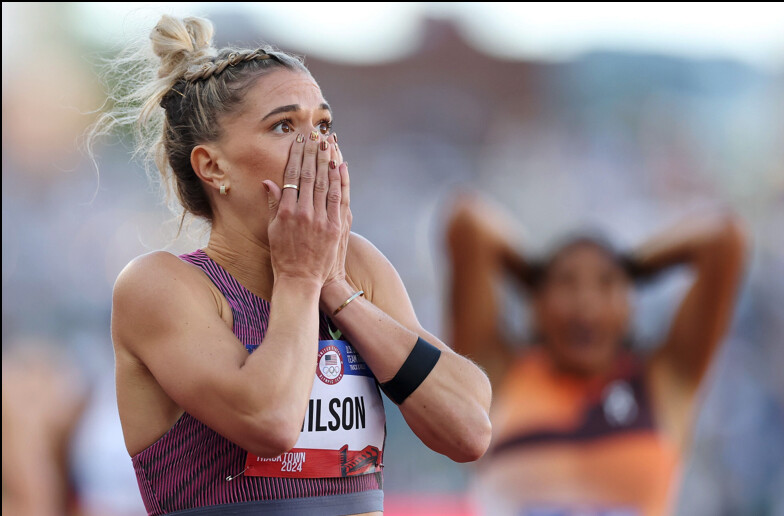
But for Allie Wilson, time stood still. “Everything, any mantra I’ve ever talked about, was rapid-fire flying through my brain,” she told Runner’s World. “‘Try to get top three.’ ‘Pass one more person.’ ‘1 percent.’ I was so calm, cool, and collected, like I’ve never felt before.”
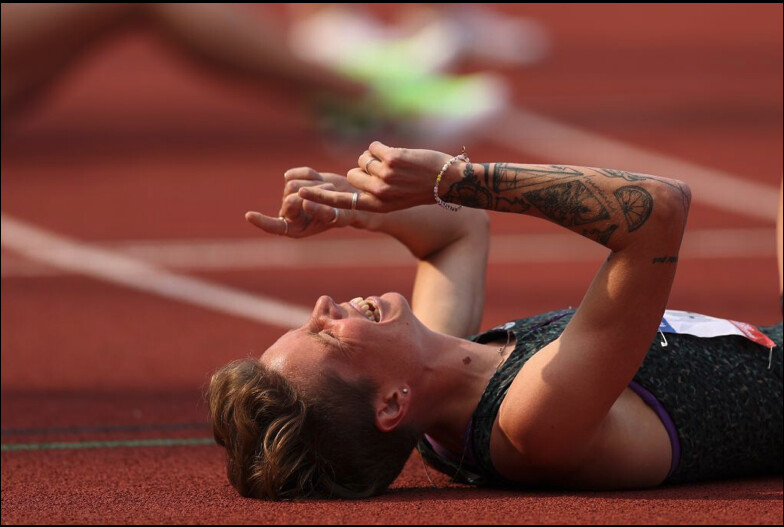
Buoyed by these confidence-boosting claims, Wilson placed second in a personal best 1:58.32 to earn a spot on Team USA.
She credits this flow state to her work with Bianca Martin, a mindset coach currently studying for her master’s degree in sport and performance psychology. Since meeting three years ago, the two have worked on many psychological aspects of performance. One of the most important, Wilson says, has been replacing negative thoughts with neutral or positive ones.
She’s far from the only track and field Olympian to use this approach to performance psychology. Many use spoken or written affirmations—statements that challenge negative thoughts and reinforce positive emotions—as well as mantras, a few words that might be repeated during a workout or race.
Here are the powerful phrases that got Wilson, 1500-meter champion Nikki Hiltz, and champion heptathlete Anna Hall to their first Olympics in Paris this summer. While mantras and affirmations tend to work best when they’re personal, you might find inspiration from their examples for your own big goals.
Looking for inspiration?
Swipe through the deck to find a mantra that resonates with you today!
Looking for inspiration?
Swipe through the deck to find a mantra that resonates with you today!
Allie Wilson’s Mantras“Just another race.”
Yes, the stakes at the Trials—and, before that, at the 2024 USA Indoor Track and Field Championships in Albuquerque in February—were higher than at most meets. But Wilson realized the more she kept her mindset and routine consistent, the better she performed.
“I’m running two laps around the track—that’s what I do every weekend,” says Wilson, a Nike athlete. “Why am I going to go berserk over it and start doing things all differently than I would, or freaking out? It’s the same thing at the end of the day; I’ve done it a million times.”
“I can win.”
In the days before the indoor championships, Wilson found herself nervously telling Martin she knew what was going to happen. Just like at every other major competition, she’d likely give it her all but come up just short. Martin stopped her and ordered her to say the opposite instead: “I can win.”
Wilson hesitated, but Martin insisted. “I would sit there and I wouldn’t speak for 10 seconds. And eventually, I would say it,” Wilson says.
Thanks to all that practice, it didn’t take nearly as long for the thought to surface during the race itself. “When it got really hard, all of a sudden, I was like, ‘Oh my god, I can win it,’” Wilson says—and she did, in 2:00.63.
“1 percent.”
With competition like Mu, who’s also the American record holder, in the race at the team trials, Wilson knew winning would take a fast time. And she wasn’t sure she could keep the pace—though her personal best was 1:58.09, in 2022, she’d only run one race faster than 2 minutes since that summer.
Martin had her calculate what time would result if she ran just 1 percent faster than her best time this season. Wilson figured out it was 1:59 with a few milliseconds. “That struck a chord with me. I was like, ‘Wow, 1 percent is so little, but it makes such a big difference,’” she says. After that, she told herself: “Even when you think you’re trying your hardest, try 1 percent harder.”
“Why not you?”
Thanks to all the work she’d done in the lead-up, Wilson says she had fewer negative thoughts during the Trials than she used to. But she still couldn’t help but express a few doubts. When she did, Martin reminded her that any three women in the final could go to the Olympics. “Why not you?” she asked Wilson.
“That was probably the one I was using on the starting line the most,” Wilson says. “I told myself, it could be any combination of three. I only have to beat six people and then I could be one of them.”
Allie Wilson’s Mantras
“Just another race.”
Yes, the stakes at the Trials—and, before that, at the 2024 USA Indoor Track and Field Championships in Albuquerque in February—were higher than at most meets. But Wilson realized the more she kept her mindset and routine consistent, the better she performed.
“I’m running two laps around the track—that’s what I do every weekend,” says Wilson, a Nike athlete. “Why am I going to go berserk over it and start doing things all differently than I would, or freaking out? It’s the same thing at the end of the day; I’ve done it a million times.”
“I can win.”
In the days before the indoor championships, Wilson found herself nervously telling Martin she knew what was going to happen. Just like at every other major competition, she’d likely give it her all but come up just short. Martin stopped her and ordered her to say the opposite instead: “I can win.”
Wilson hesitated, but Martin insisted. “I would sit there and I wouldn’t speak for 10 seconds. And eventually, I would say it,” Wilson says.
Thanks to all that practice, it didn’t take nearly as long for the thought to surface during the race itself. “When it got really hard, all of a sudden, I was like, ‘Oh my god, I can win it,’” Wilson says—and she did, in 2:00.63.
“1 percent.”
With competition like Mu, who’s also the American record holder, in the race at the team trials, Wilson knew winning would take a fast time. And she wasn’t sure she could keep the pace—though her personal best was 1:58.09, in 2022, she’d only run one race faster than 2 minutes since that summer.
Martin had her calculate what time would result if she ran just 1 percent faster than her best time this season. Wilson figured out it was 1:59 with a few milliseconds. “That struck a chord with me. I was like, ‘Wow, 1 percent is so little, but it makes such a big difference,’” she says. After that, she told herself: “Even when you think you’re trying your hardest, try 1 percent harder.”
“Why not you?”
Thanks to all the work she’d done in the lead-up, Wilson says she had fewer negative thoughts during the Trials than she used to. But she still couldn’t help but express a few doubts. When she did, Martin reminded her that any three women in the final could go to the Olympics. “Why not you?” she asked Wilson.
“That was probably the one I was using on the starting line the most,” Wilson says. “I told myself, it could be any combination of three. I only have to beat six people and then I could be one of them.”
Anna Hall’s Mantras“You’re one of the best athletes in the world—act like it.”
Hall has a history of winning. She’s claimed two NCAA titles and two previous national championships in the heptathlon, which involves seven different running, throwing, and jumping events.
But she broke her foot during the 2021 Trials, taking her out of contention for the Tokyo Games. And then, just this past January, she had knee surgery. The tight timeline for her return made it challenging to stay confident, and the first few weeks she was back at practice post-surgery, she would feel frustrated and cry frequently.
One night, she went home and took a step back. She asked herself: “How would the person who is where I am in sport act throughout this injury? How would they show up every day motivated and ready to go?” Her coaches noticed her mindset was more positive and even her body language improved, says Hall.
“I can, I will, I must.”
Hall has kept a journal ever since 2022, when she was returning from her foot injury. She typically writes in it a few times a week. Sometimes, she jots down technical cues that help her remember how she wants to feel when she’s tossing a shot put (“slide, twist, lift, HIT”) or leaping over hurdles (“tall tight shoulders down”).
But she also includes affirmations like this one, taken from her jumps coach in Florida, Nic Peterson. Hall uses it during every meet to remind herself not only of her own determination, but also the team behind her. The day of her last event the Trials, the 800 meters, it’s written three times on the top of a page of her journal, followed by the statement: “Today I will become an Olympian.”
“Prove them wrong.”
For all her winning, Hall prefers an underdog mentality. “No matter how much I’m favored to win something, in my head, I’m like, ‘Somebody thinks I’m not supposed to win this,’” she says.
This time, she had a concrete example: Early in the season, as she was regaining her post-injury footing, a prominent track and field competition ranked Hall third in early predictions for the Trials. Hall understands why they’d do that, but she still used it as fuel to outperform their projections.
“We are so back.”
The day after the Trials, Hall immediately picked up her journal again to acknowledge all she’d accomplished. In addition to a gold medal and a trip to Paris, the victory had given her a powerful mindset shift.
No longer was she questioning whether she was ready to compete after surgery—she’d done so, successfully. She’ll keep that feeling and phrase in mind, and in her journal, at the Games, where she hopes to be in contention for the win.
Anna Hall’s Mantras
“You’re one of the best athletes in the world—act like it.”
Hall has a history of winning. She’s claimed two NCAA titles and two previous national championships in the heptathlon, which involves seven different running, throwing, and jumping events.
But she broke her foot during the 2021 Trials, taking her out of contention for the Tokyo Games. And then, just this past January, she had knee surgery. The tight timeline for her return made it challenging to stay confident, and the first few weeks she was back at practice post-surgery, she would feel frustrated and cry frequently.
One night, she went home and took a step back. She asked herself: “How would the person who is where I am in sport act throughout this injury? How would they show up every day motivated and ready to go?” Her coaches noticed her mindset was more positive and even her body language improved, says Hall.
“I can, I will, I must.”
Hall has kept a journal ever since 2022, when she was returning from her foot injury. She typically writes in it a few times a week. Sometimes, she jots down technical cues that help her remember how she wants to feel when she’s tossing a shot put (“slide, twist, lift, HIT”) or leaping over hurdles (“tall tight shoulders down”).
But she also includes affirmations like this one, taken from her jumps coach in Florida, Nic Peterson. Hall uses it during every meet to remind herself not only of her own determination, but also the team behind her. The day of her last event the Trials, the 800 meters, it’s written three times on the top of a page of her journal, followed by the statement: “Today I will become an Olympian.”
“Prove them wrong.”
For all her winning, Hall prefers an underdog mentality. “No matter how much I’m favored to win something, in my head, I’m like, ‘Somebody thinks I’m not supposed to win this,’” she says.
This time, she had a concrete example: Early in the season, as she was regaining her post-injury footing, a prominent track and field competition ranked Hall third in early predictions for the Trials. Hall understands why they’d do that, but she still used it as fuel to outperform their projections.
“We are so back.”
The day after the Trials, Hall immediately picked up her journal again to acknowledge all she’d accomplished. In addition to a gold medal and a trip to Paris, the victory had given her a powerful mindset shift.
No longer was she questioning whether she was ready to compete after surgery—she’d done so, successfully. She’ll keep that feeling and phrase in mind, and in her journal, at the Games, where she hopes to be in contention for the win.
Nikki Hiltz’s Mantras
“I am capable.”
Hiltz, the Lululemon-sponsored runner who won the women’s 1500 meters in a meet-record 3:55.33, began journaling in 2023 as part of a New Year’s resolution. One part of that has been writing down affirmations like this one, followed by specific workouts and races that offer data points to back them up.
For example, Hiltz won their semifinal with the fastest time of all the heats, 4:01.40. Although that was their personal best time less than a year ago, at the Trials, “it felt like 6/10,” they wrote—far from an all-out effort. And a month before, they ran 3:59 at the Prefontaine Classic, despite doing a hard double-threshold workout the same week.
“You’re going to perform how you practice.”
In addition to a written journal, Hiltz uses the Notes app to jot down motivating, calming, or confidence-boosting sentiments. Inspiration can come from anywhere—sometimes it’s a coach or sport psychologist, but in this case, it’s from Netflix’s docuseries America’s Sweethearts: Dallas Cowboys Cheerleaders.
Hearing the coach say it to the cheerleaders before a performance—reminding them to “just go out there and do what you’ve already been doing”—caused Hiltz to think about how all their hard work in training would translate into success when it mattered.
“I have all the tools.”
Hiltz headed into the finals particularly confident of their ability not only to run fast, but to shift gears and kick hard. In their journal, they wrote that they thought they were now capable of accelerating off a 3:57 pace.
And that’s exactly what happened—after Elle St. Pierre led for the first three laps in 3:08.77, Hiltz swung wide and surged in the final 100 meters to take the win. “Every time I’ve written something like that in my journal, it kind of comes true,” Hiltz says. “That’s the power of putting it out to the world.”
“Respect everybody, fear nobody.”
Hiltz knew the field in the 1500 meters was deep, and that multiple athletes could run faster than 4 minutes. But they didn’t let that rattle them.
They’ll carry that approach over to the Games, too. Exactly a week after the Trials, Kenya’s Faith Kipyegon broke her own world record in the event, running 3:49.04—and Australia’s Jess Hull stuck with her, finishing in a new national record of 3:50.83.
While it would be easy to find this intimidating—and in moments, Hiltz does—their mental work allows them to quickly see the flip side. “We’ve all beat Jess Hull at some point or another,” they say. “Jess doing that was badass and impressive, and she’s inspiring me to go out at a faster pace than I ever have before.”
That ability to reframe is exactly why Hiltz—along with Hall and Wilson—say they’ll keep using affirmations and mantras as they head into their big races in Paris.
“When you’re on the starting line of the Olympic final, no one’s doing anything more or less than anyone else. We all have incredible coaches, and we’ve done incredible training,” Hiltz says. “What’s going to separate us from each other is the belief and the mental stuff.”
Nikki Hiltz’s Mantras
“I am capable.”
Hiltz, the Lululemon-sponsored runner who won the women’s 1500 meters in a meet-record 3:55.33, began journaling in 2023 as part of a New Year’s resolution. One part of that has been writing down affirmations like this one, followed by specific workouts and races that offer data points to back them up.
For example, Hiltz won their semifinal with the fastest time of all the heats, 4:01.40. Although that was their personal best time less than a year ago, at the Trials, “it felt like 6/10,” they wrote—far from an all-out effort. And a month before, they ran 3:59 at the Prefontaine Classic, despite doing a hard double-threshold workout the same week.
“You’re going to perform how you practice.”
In addition to a written journal, Hiltz uses the Notes app to jot down motivating, calming, or confidence-boosting sentiments. Inspiration can come from anywhere—sometimes it’s a coach or sport psychologist, but in this case, it’s from Netflix’s docuseries America’s Sweethearts: Dallas Cowboys Cheerleaders.
Hearing the coach say it to the cheerleaders before a performance—reminding them to “just go out there and do what you’ve already been doing”—caused Hiltz to think about how all their hard work in training would translate into success when it mattered.
“I have all the tools.”
Hiltz headed into the finals particularly confident of their ability not only to run fast, but to shift gears and kick hard. In their journal, they wrote that they thought they were now capable of accelerating off a 3:57 pace.
And that’s exactly what happened—after Elle St. Pierre led for the first three laps in 3:08.77, Hiltz swung wide and surged in the final 100 meters to take the win. “Every time I’ve written something like that in my journal, it kind of comes true,” Hiltz says. “That’s the power of putting it out to the world.”
“Respect everybody, fear nobody.”
Hiltz knew the field in the 1500 meters was deep, and that multiple athletes could run faster than 4 minutes. But they didn’t let that rattle them.
They’ll carry that approach over to the Games, too. Exactly a week after the Trials, Kenya’s Faith Kipyegon broke her own world record in the event, running 3:49.04—and Australia’s Jess Hull stuck with her, finishing in a new national record of 3:50.83.
While it would be easy to find this intimidating—and in moments, Hiltz does—their mental work allows them to quickly see the flip side. “We’ve all beat Jess Hull at some point or another,” they say. “Jess doing that was badass and impressive, and she’s inspiring me to go out at a faster pace than I ever have before.”
That ability to reframe is exactly why Hiltz—along with Hall and Wilson—say they’ll keep using affirmations and mantras as they head into their big races in Paris.
“When you’re on the starting line of the Olympic final, no one’s doing anything more or less than anyone else. We all have incredible coaches, and we’ve done incredible training,” Hiltz says. “What’s going to separate us from each other is the belief and the mental stuff.”
by Runner’s World
Login to leave a comment
50 laps and then a marathon: Sifan Hassan chases the ‘impossible’ dream at Paris Olympics
The Olympics is a time to marvel at the incredible but the sheer size of the opportunity should ensure an element of caution among athletes.
Not so for Sifan Hassan, the Dutch middle and long distance runner, after she announced her bid to pull off a historic treble at the Paris Olympics when she will compete in the 5,000m, 10,000m and marathon events.
The Olympic champion in Tokyo over 5,000m and 10,000m, Hassan had entered the 1,500m, too, before dropping that event on Wednesday.
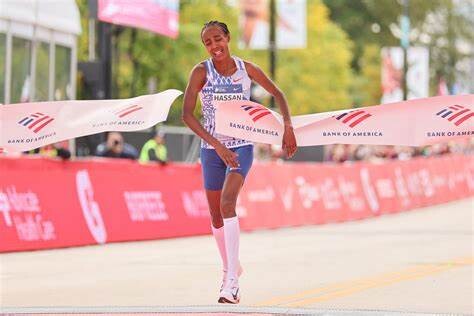
Hassan provoked excitement in the sport three years ago when she attempted an exhausting Tokyo treble.
She would add bronze to her two golds in Tokyo when she rallied in the 1,500m heats after falling over, before settling for bronze in the final after a fierce battle with Faith Kipyegon and Laura Muir.
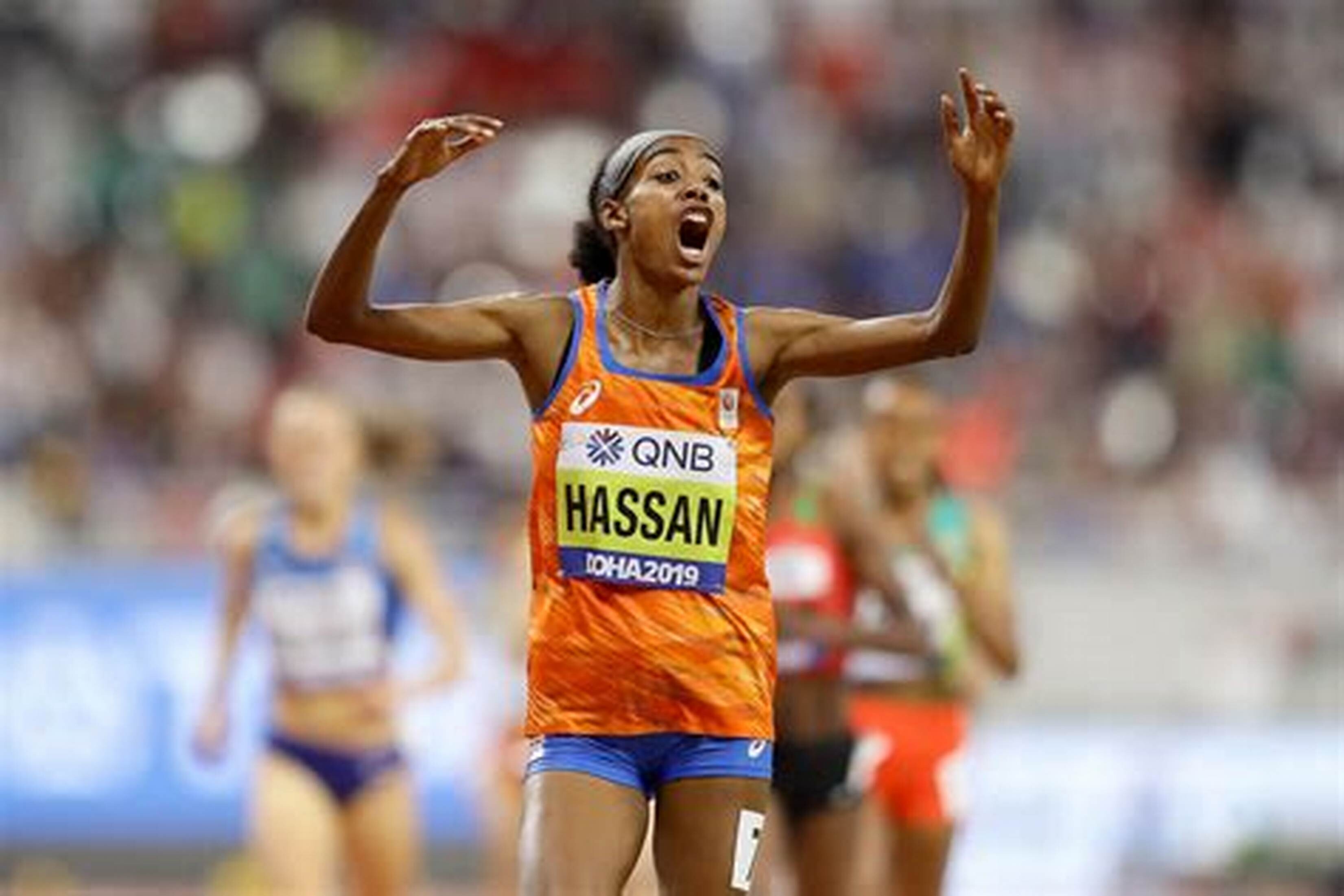
That bronze, while adding a dash of disappointment in the Tokyo rush for three golds, was a gift to the sport in hindsight. It delivered a shove, compelling Hassan to roll the dice and taste 26.2 miles on the roads.
The marathon and the roads bring acclaim and fortunes rarely afforded on the track and the hope was that Hassan, with her formidable track speed, would graduate in time. Yet her transition was seamless: She made her debut in London last year, pulling off one of the most staggering comebacks.
Hunched over and stationary in the middle of the race at 19km, Hassan desperately stretched to rid her aching body of lactic acid. Not only did it vanish, but she found a spring to outkick Alemu Megertu and win by a mere four seconds in two hours, 18 mins and 33secs.
More was to come, with victory and the second-fastest women's marathon of all time (2:13.44) in Chicago, before a respectable fourth in Tokyo this year. It begs the question as to why Hassan would risk scuppering hopes of marathon gold by subjecting her legs to 20km (the 5,000m has two rounds) on the track. Notably, the marathon course will present a number of hills, which could see each race unfold into a tactical affair with the opportunity for a sprint finish.
Even with 4mins 4.08secs in the 1,500m this year, Hassan would revel in the opportunity to test Ethiopian world record holder Tigst Assefa (2:11:53) and Kenyan trio Peres Jepchirchir, Helen Obiri and Sharon Lokedi over a late dash.
But the 31-year-old, whose face can be seen across many of the metro stations in Paris for an eye-catching Nike campaign, insists the attempt is nothing more than intrigue. And for that. she should be praised, in a sport where so many play it safe.
“I’m a very curious person,” she remarked. “Is life all about a gold medal? I'm very curious to do many events. I think it's impossible. So I want to see if it is, so I have to try. In Tokyo, it was successful after the three events. I discovered myself, also.
“Curiosity, when I try new things, is actually what keeps me going in my career. My journey is more important, the other things come after. I love the journey as much as the challenge.
“Did I balance speed on the track with enough endurance in the marathon? Let’s find out together. It’s not easy to face the unknown but my curiosity has driven all my training towards this goal. I will try my best to succeed.”
Hassan starts her campaign in Paris in the 5,000m opening round on Friday and will return on Monday for the final, should she qualify.
The 10,000m final is set for 9 August, meaning less than 48 hours of rest before lining up for the marathon.
“For anyone else this would be insane!” American track legend Michael Johnson wrote on social media. “I don't believe there's ever been an athlete who enjoys racing more than Sifan Hassan.”
And her attempt has left many of her fellow athletes in awe, with 1,500m world champion Josh Kerr impressed by her versatility.
“I don't think I could do that on the women’s side... to do a triple like that, the training is so gruelling for the marathon,” said Kerr. “She’s so well rounded that being able to have enough speed in the rank to do track races, it’s two rounds in the five, she’ll be out there having fun. Very impressive.”
“It's good sometimes when I'm nervous ... I do better,” Hassan laughed. Her rivals will hope she is not.
by Jack Rathborn
Login to leave a comment
Paris 2024 Olympic Games
For this historic event, the City of Light is thinking big! Visitors will be able to watch events at top sporting venues in Paris and the Paris region, as well as at emblematic monuments in the capital visited by several millions of tourists each year. The promise of exceptional moments to experience in an exceptional setting! A great way to...
more...Daniel Simiu aware of tough competition as he gears up for full marathon debut in Chicago
Daniel Simiu has shifted focus to making his full marathon debut later this year after missing out on the Olympic Games 10,000m team to the Olympics.
Daniel Simiu is bracing up for a tough show as he eyes a successful full marathon debut at the Chicago Marathon scheduled for Sunday, October 13.
The world 10,000m silver medalist noted that it is a new venture and he will approach the race with respect. He added that is a rare opportunity for athletes to make their debuts in a World Marathon Major and expressed gratitude to the race organizers and his sponsors, Nike, for the opportunity.

Simiu will be hoping to impress and hopefully finish the race successfully without any major challenges noting that it is a longer distance and not what he is used to.
“I’m much more excited to be a part of the Bank of America Chicago Marathon and I know it’s very tough and it’s a very long distance because it is 26.2 miles,” Simiu said.

“I will be approaching the marathon with huge respect because I’m new there and I hope to do my best. Starting with the world majors is exciting and it’s not for everybody to be there but I thank the organizers for giving me a chance and the Nike running group and I know it has big names but my name is also big,” Simu added.
The 28-year-old was hoping to make the Kenyan Olympic team in the 10,000m but encountered a visa hitch that saw him arrive in the US for the Prefontaine Classic a few hours to the race.
During the race, he fell and could only afford an eighth-place finish in 27:24.33. The top two athletes were guaranteed a spot in the Olympic team but the third athlete would be selected at the discretion of the selection panel.
Athletics Kenya decided to pick the top three athletes who crossed the finish line, meaning Daniel Mateiko, Nicholas Kimeli and Bernard Kibet would fly Kenya’s flag high.
Following his exclusion from the team, Simiu has now shifted focus to making the full marathon debut at the Chicago Marathon.
by Abigael Wafula
Login to leave a comment


